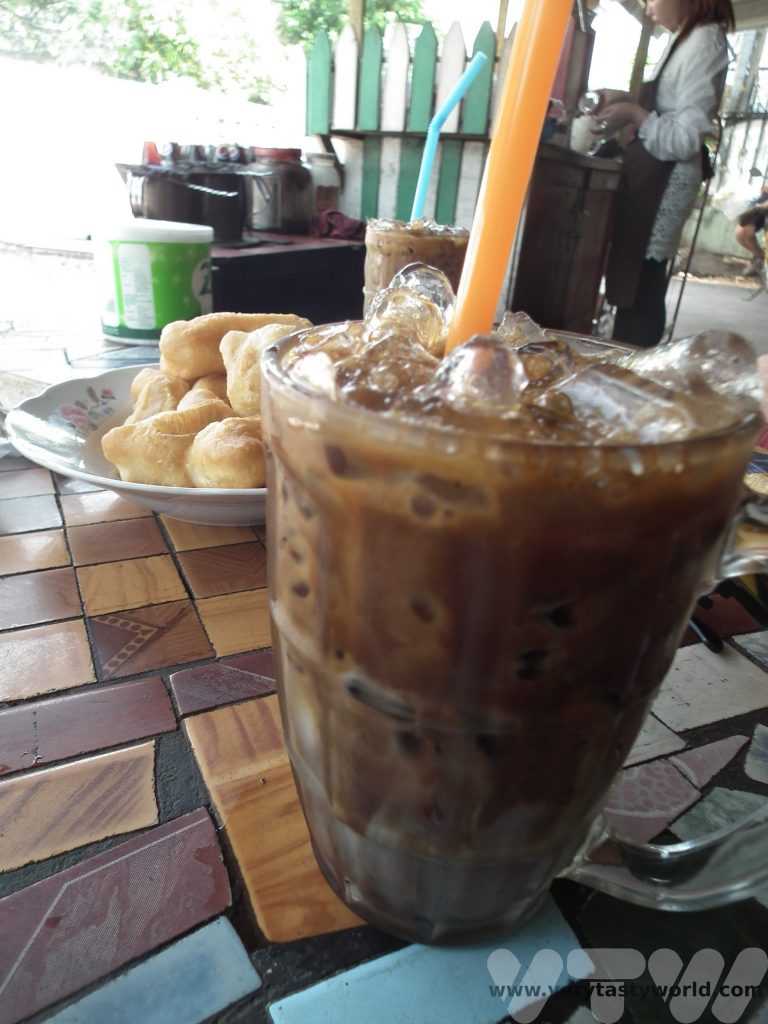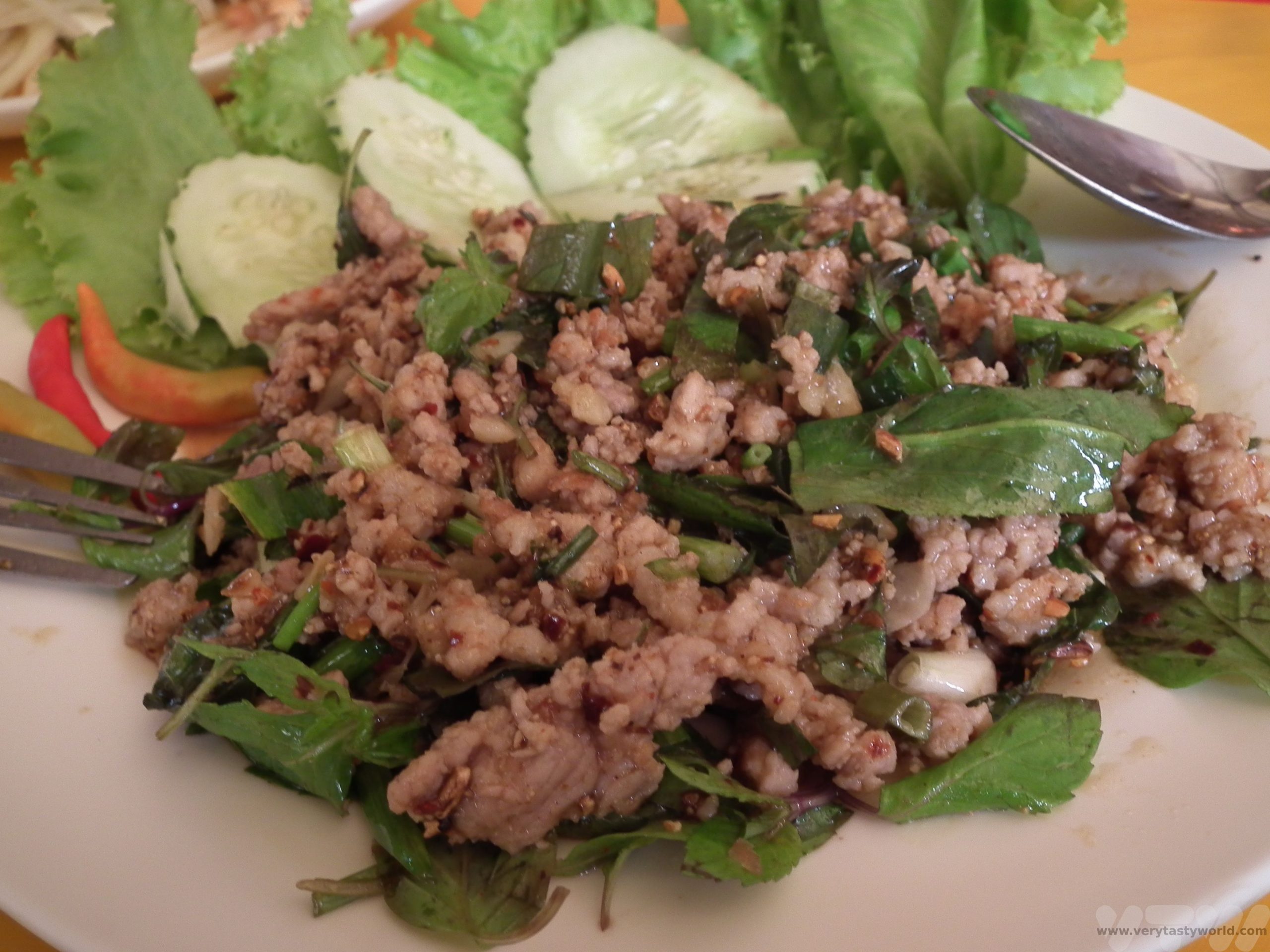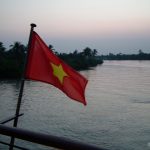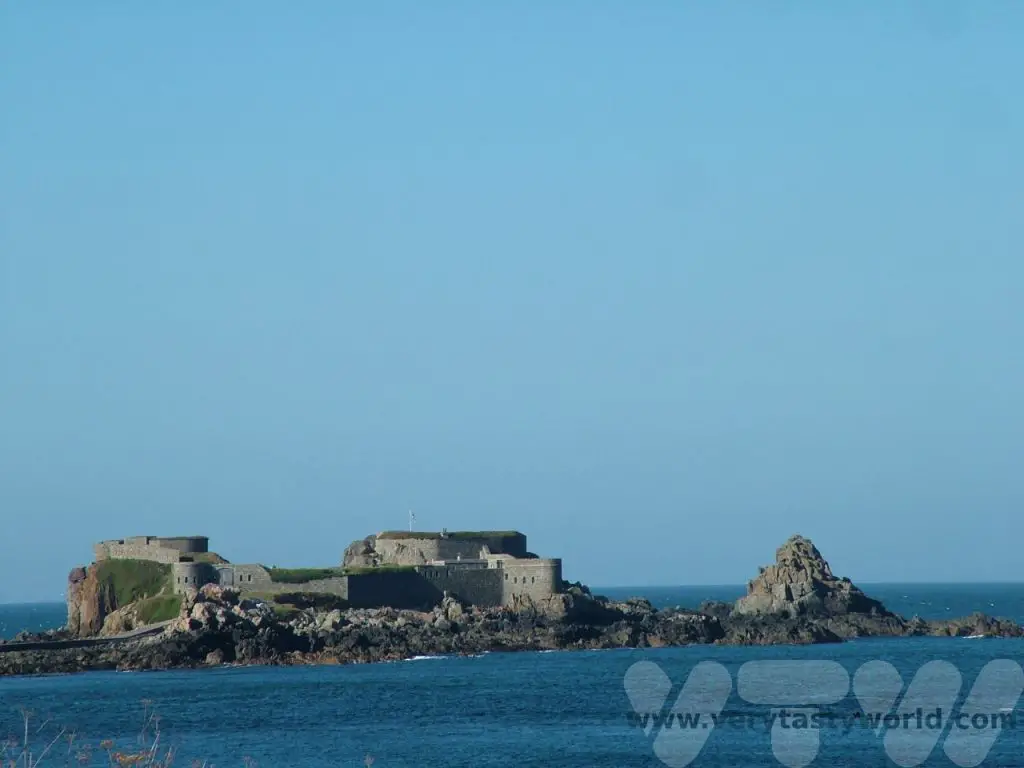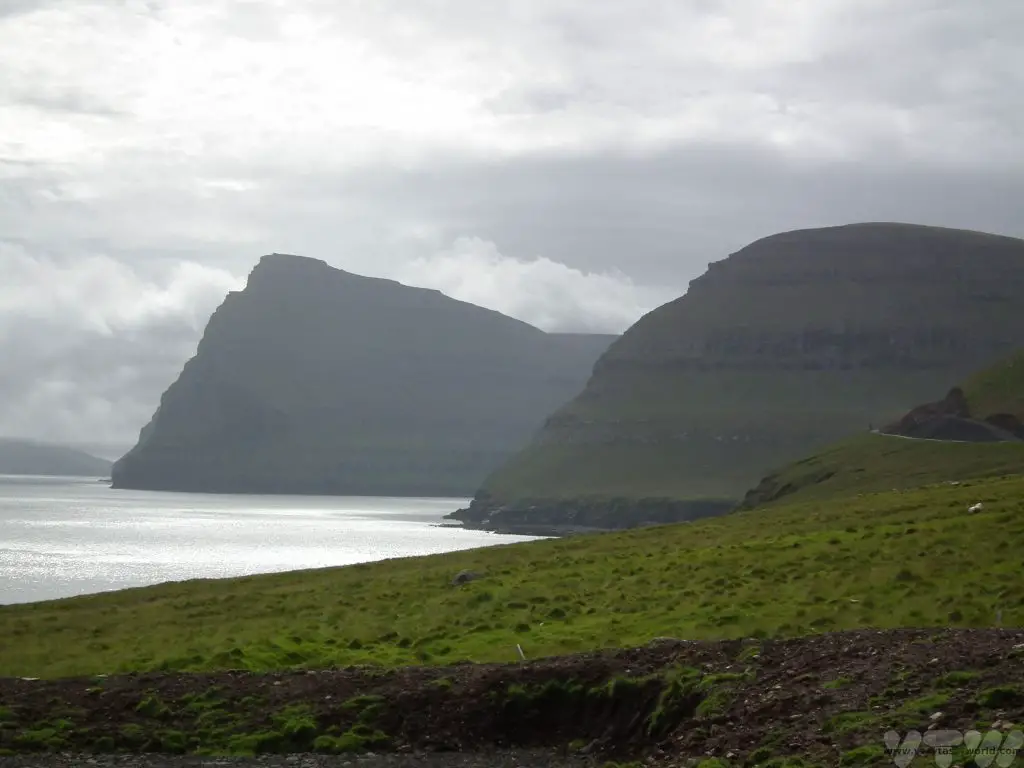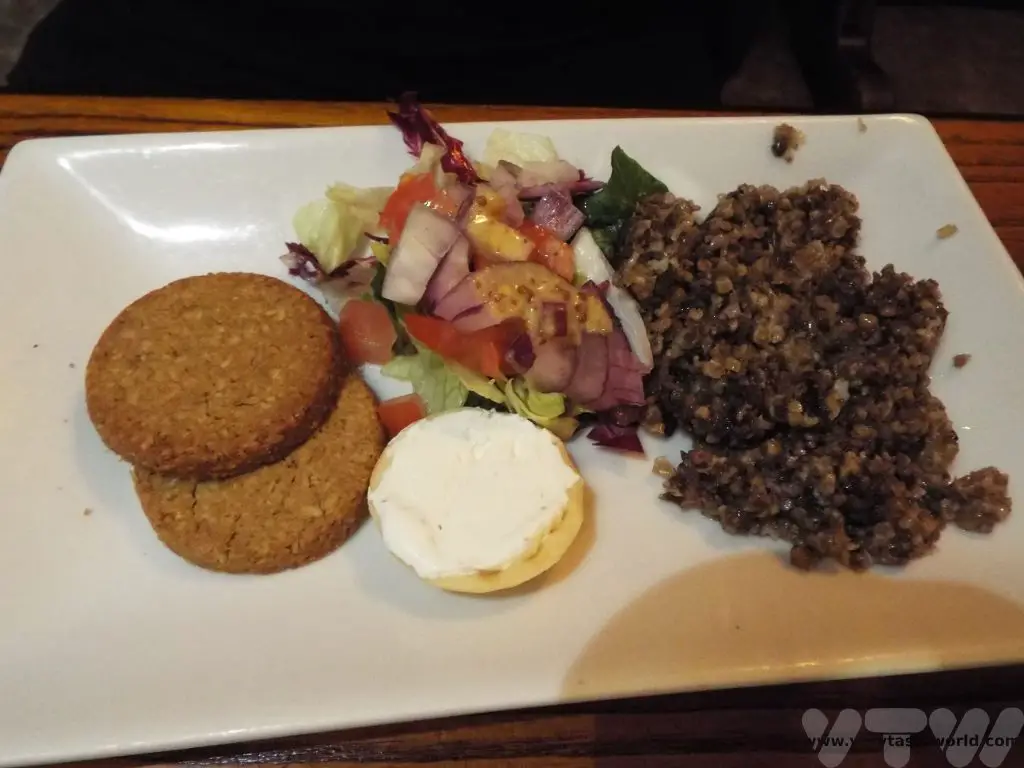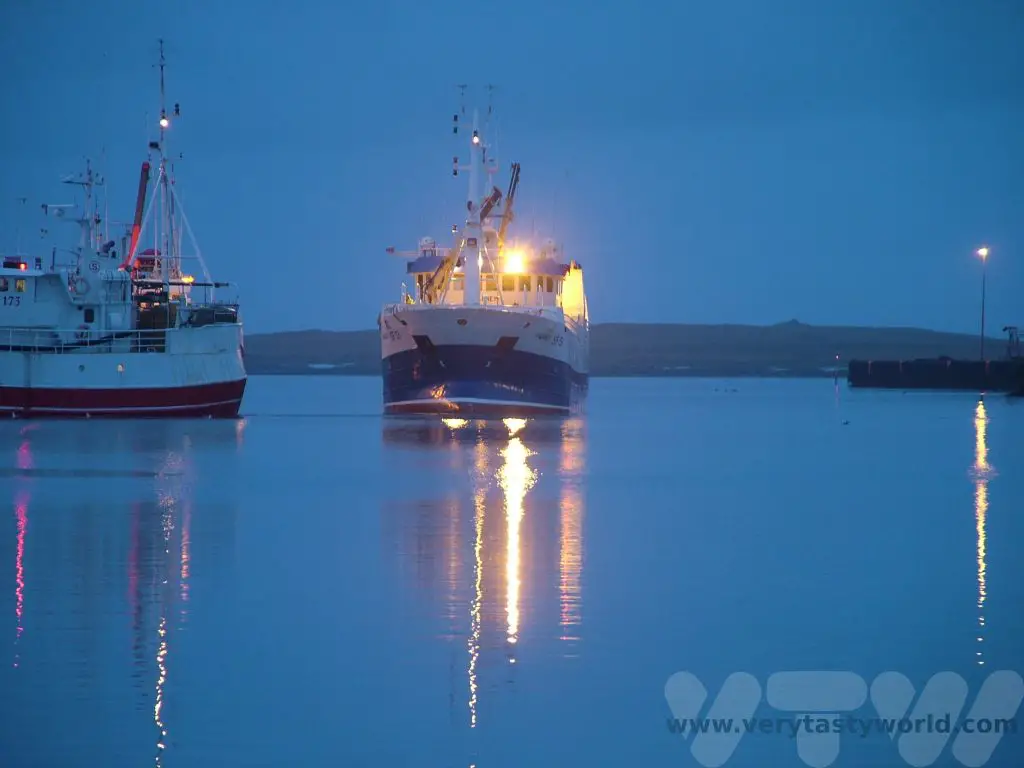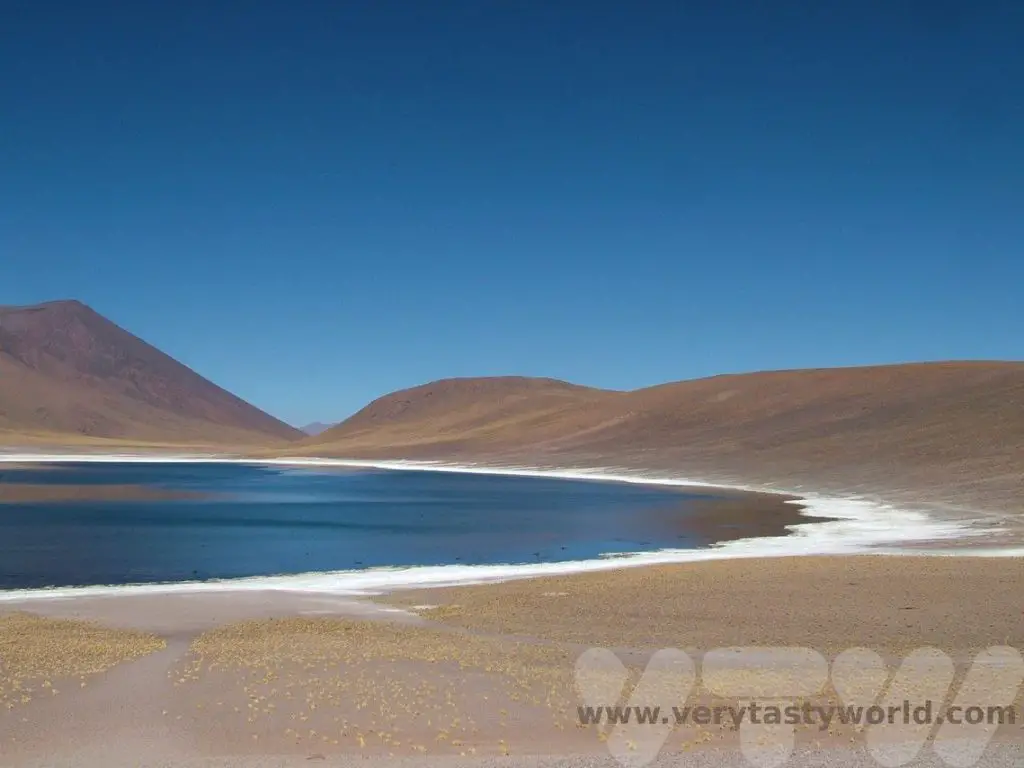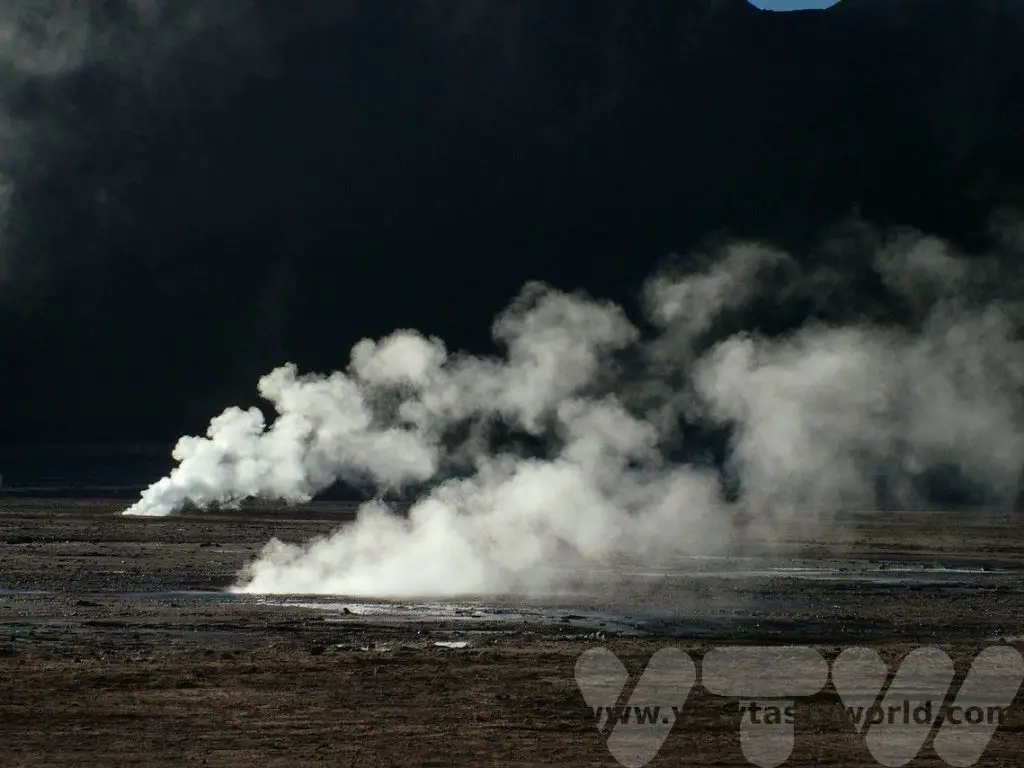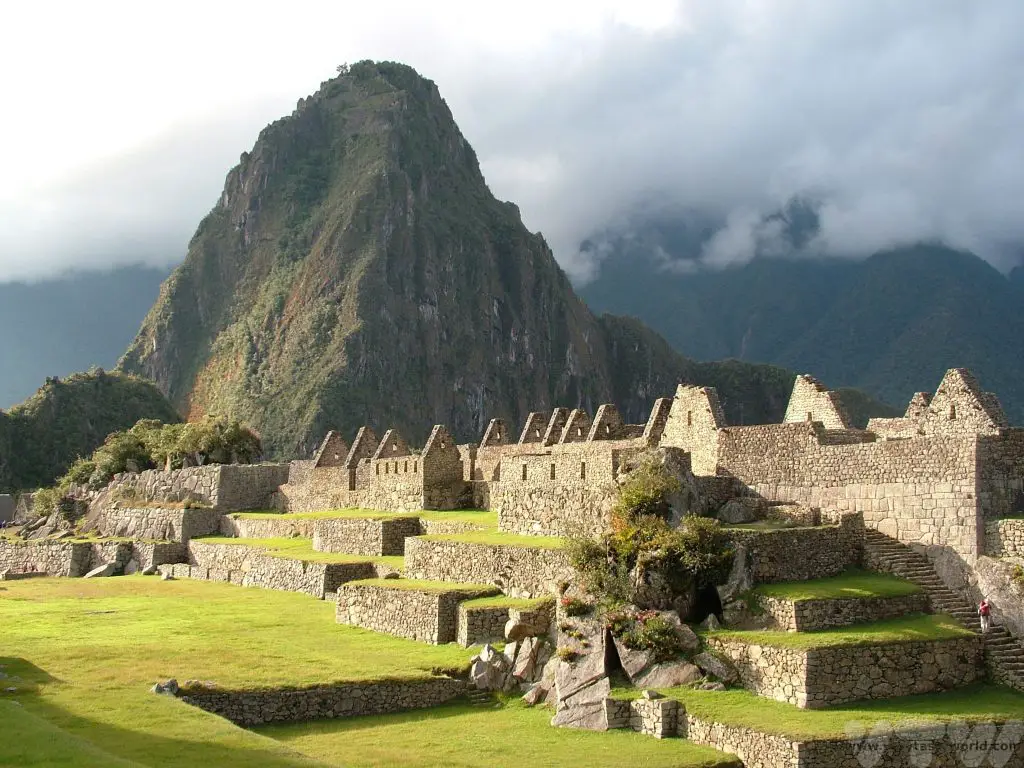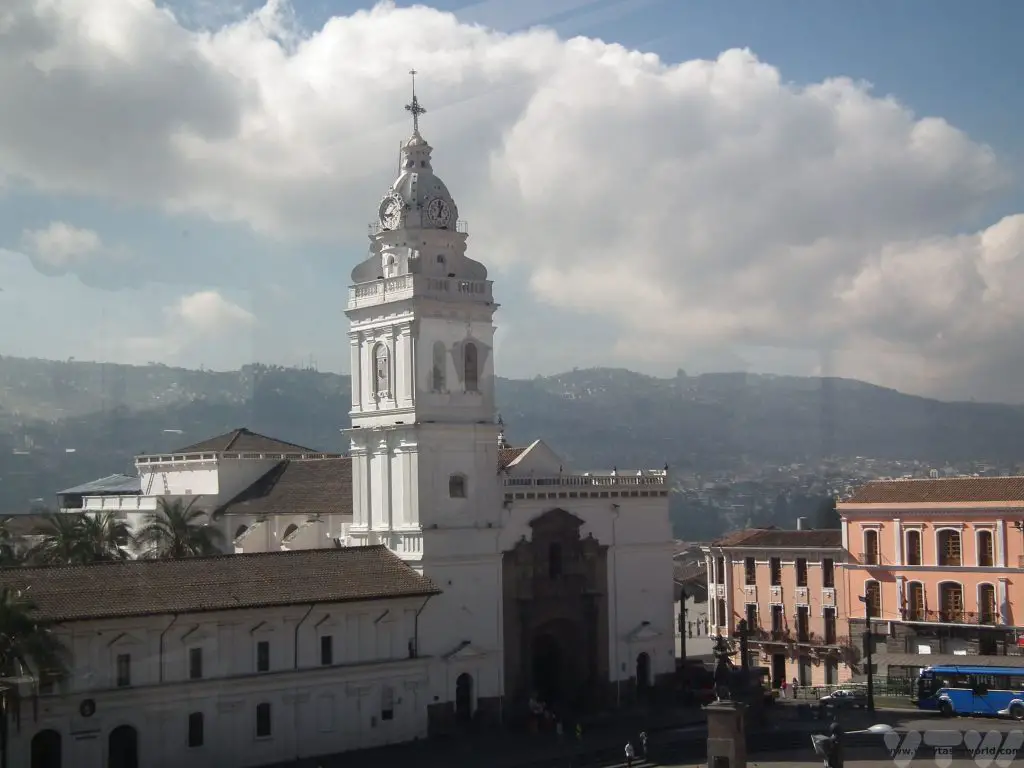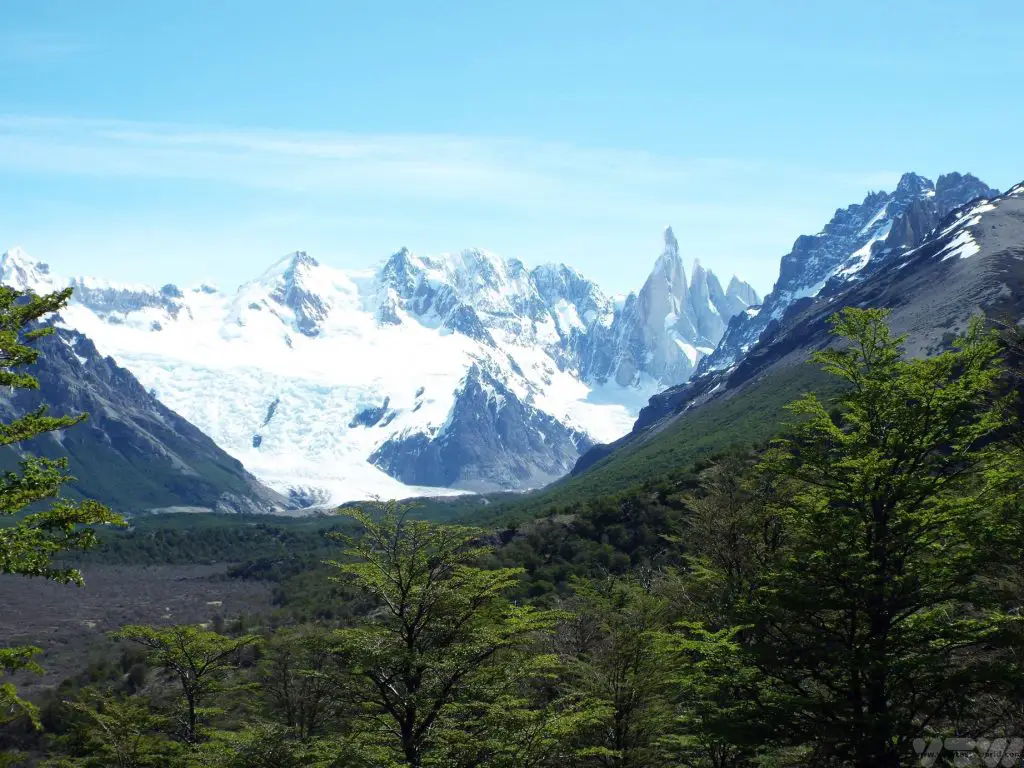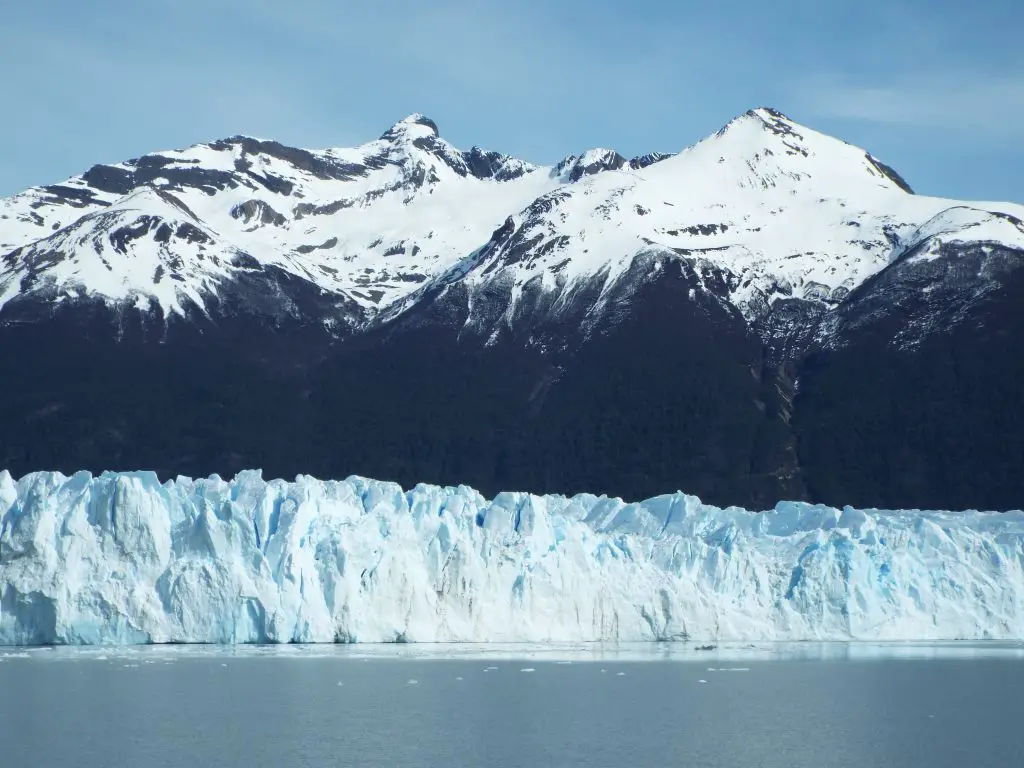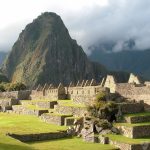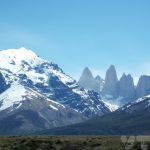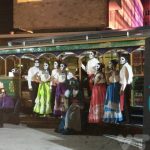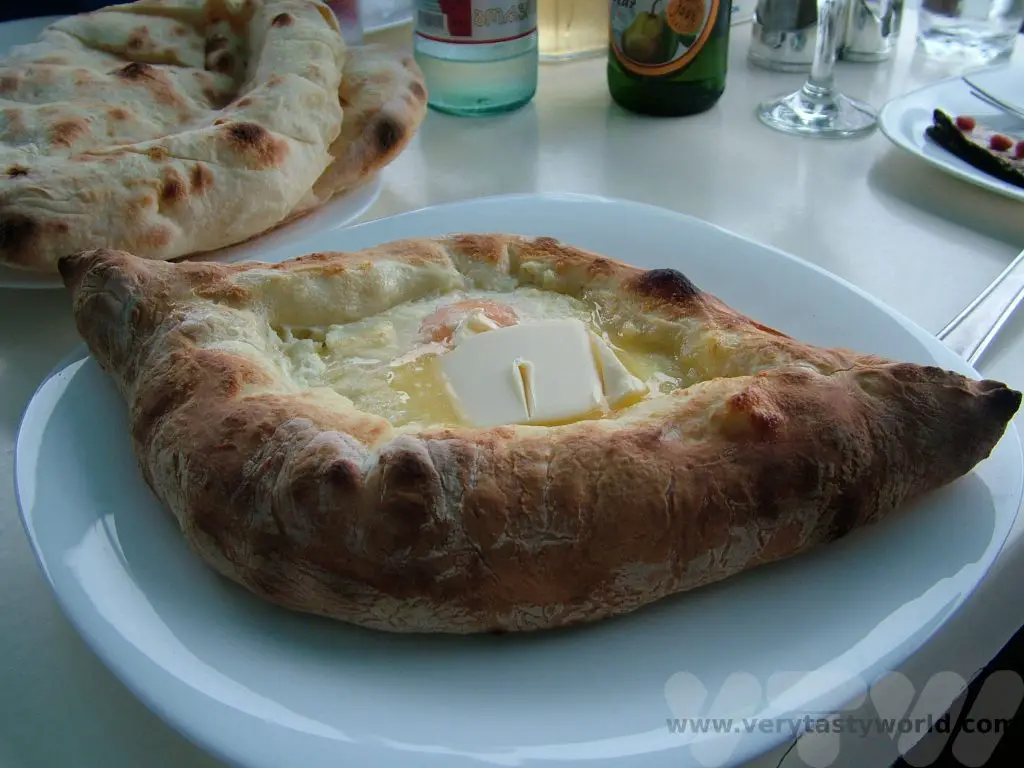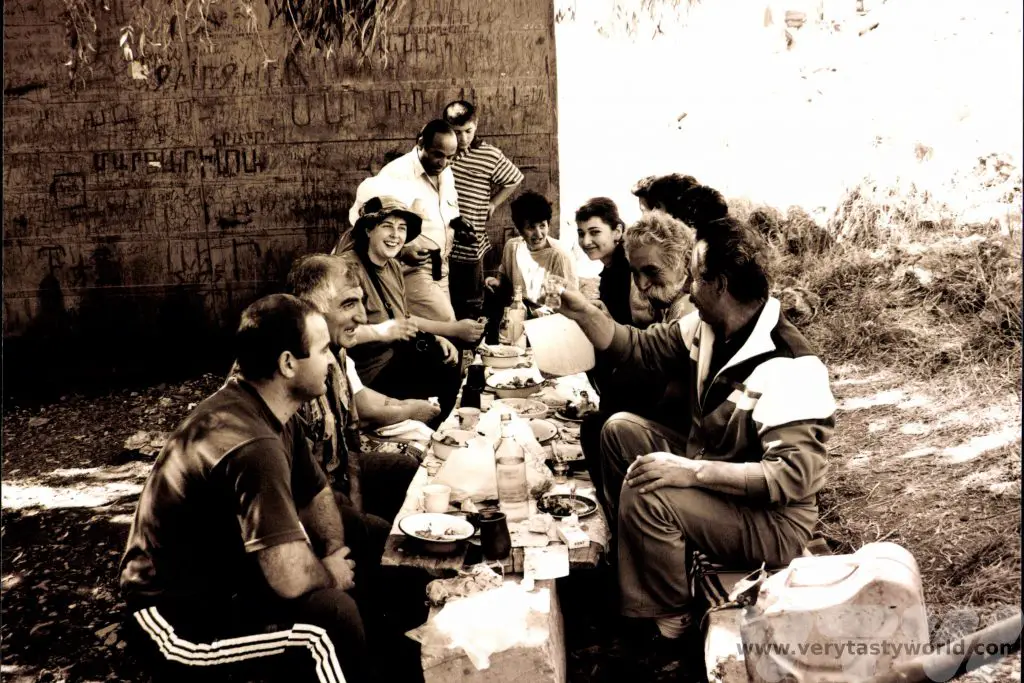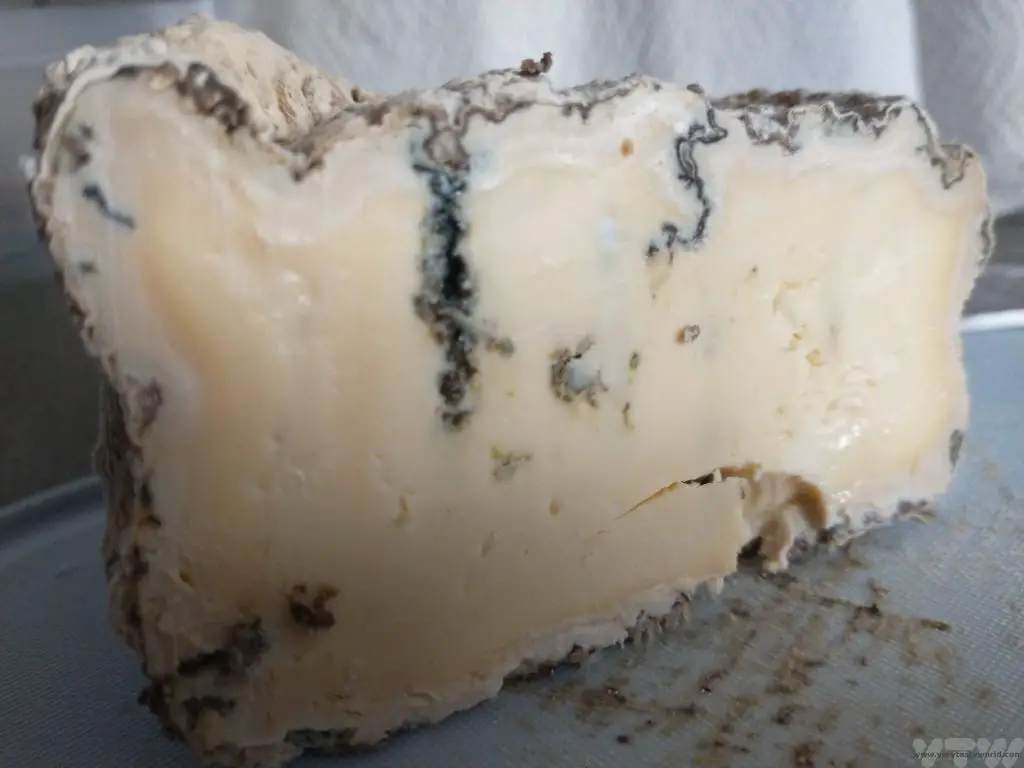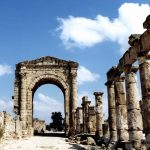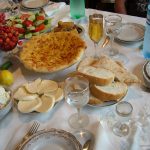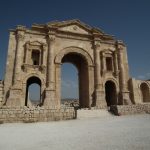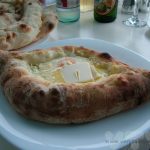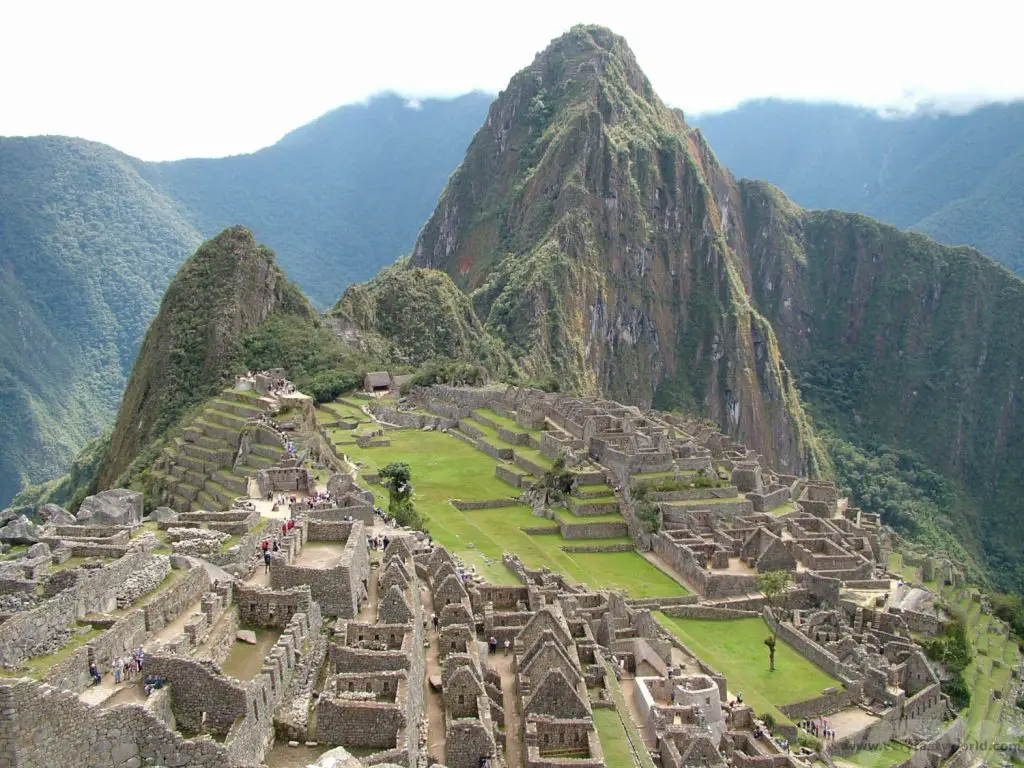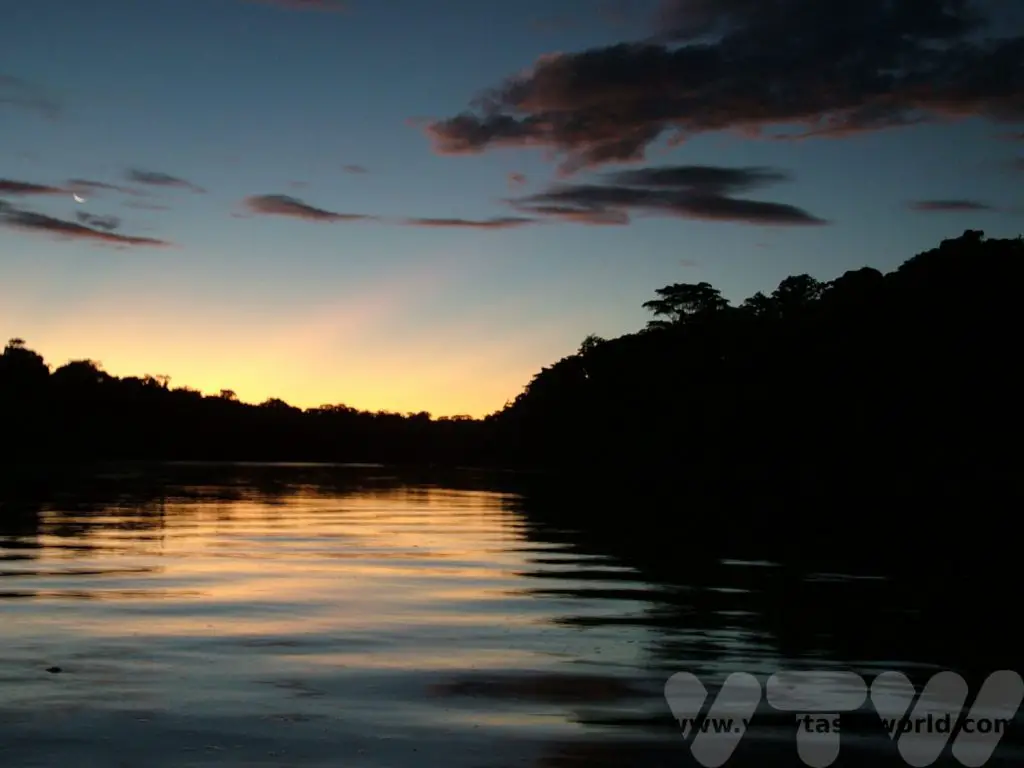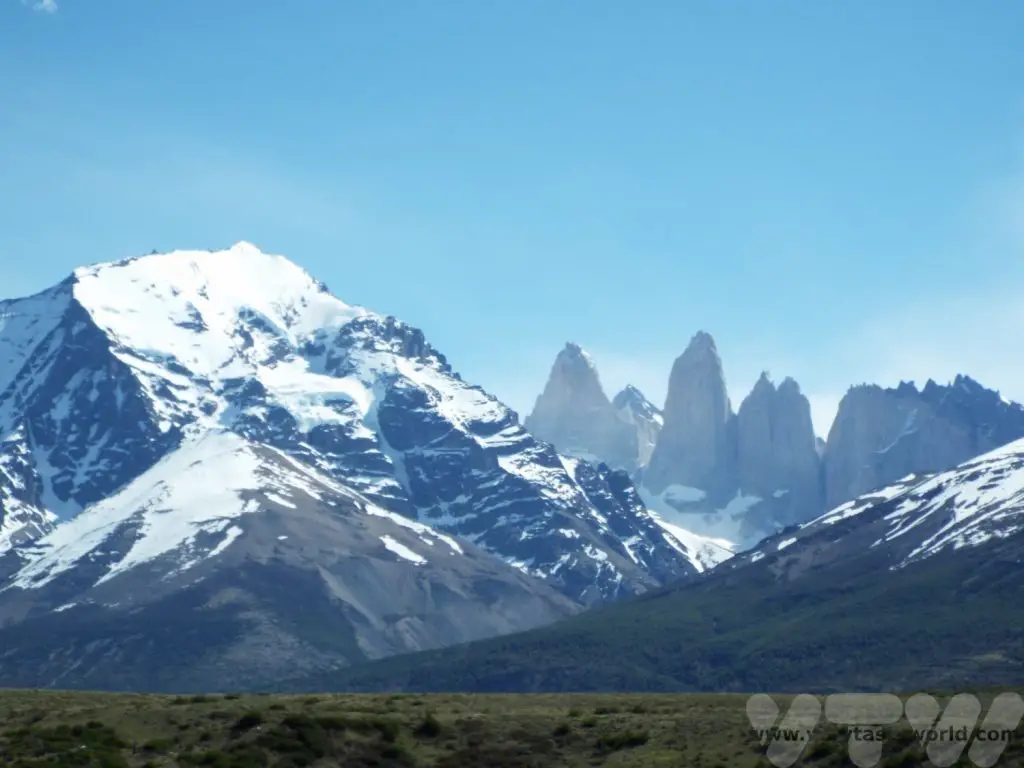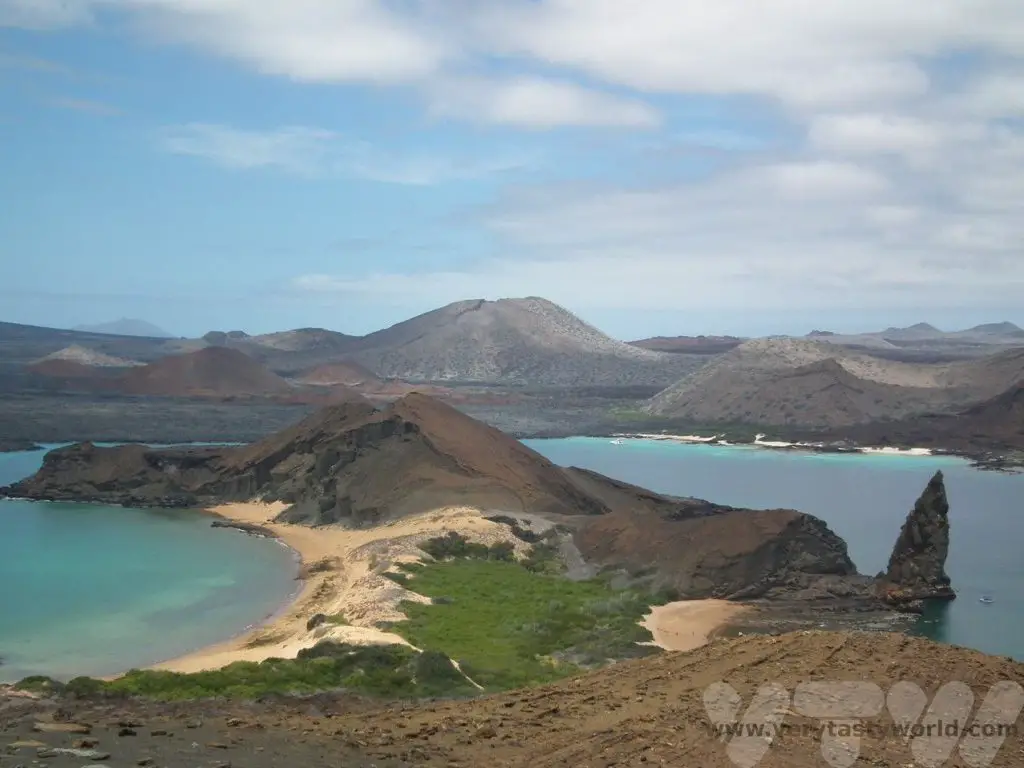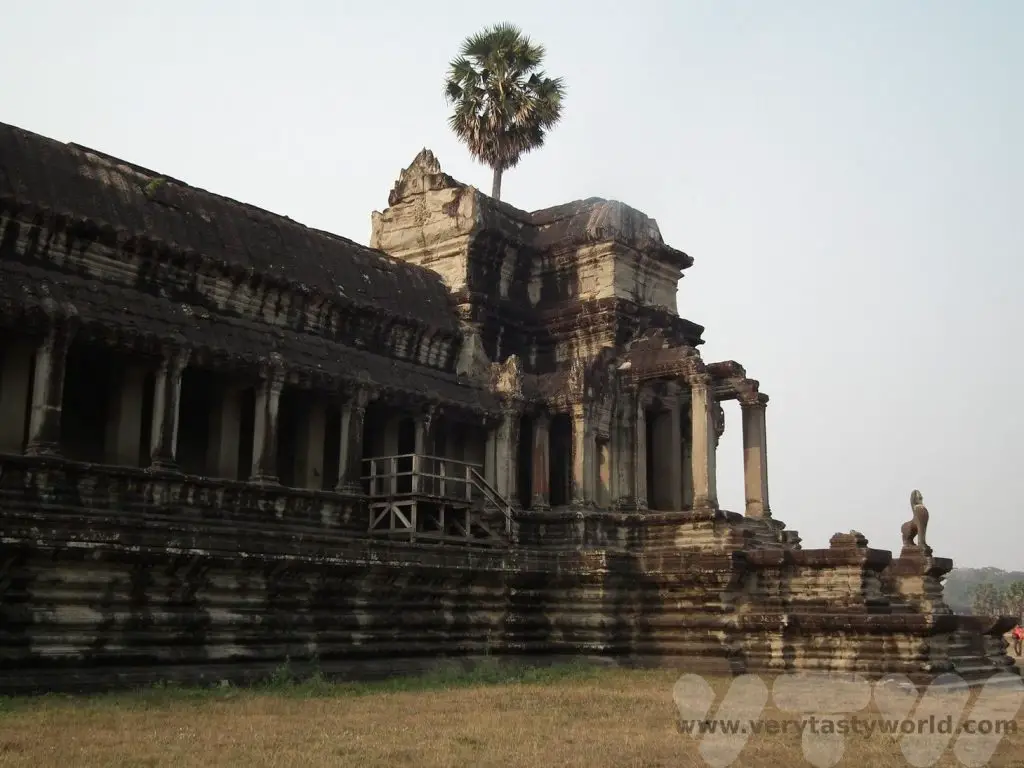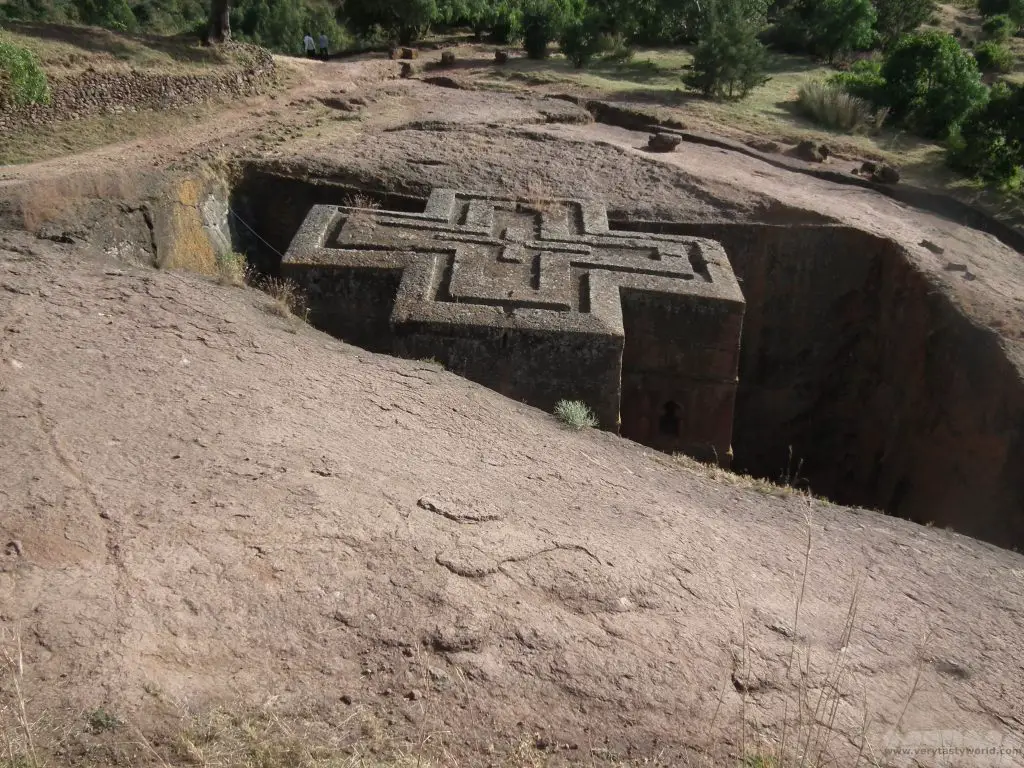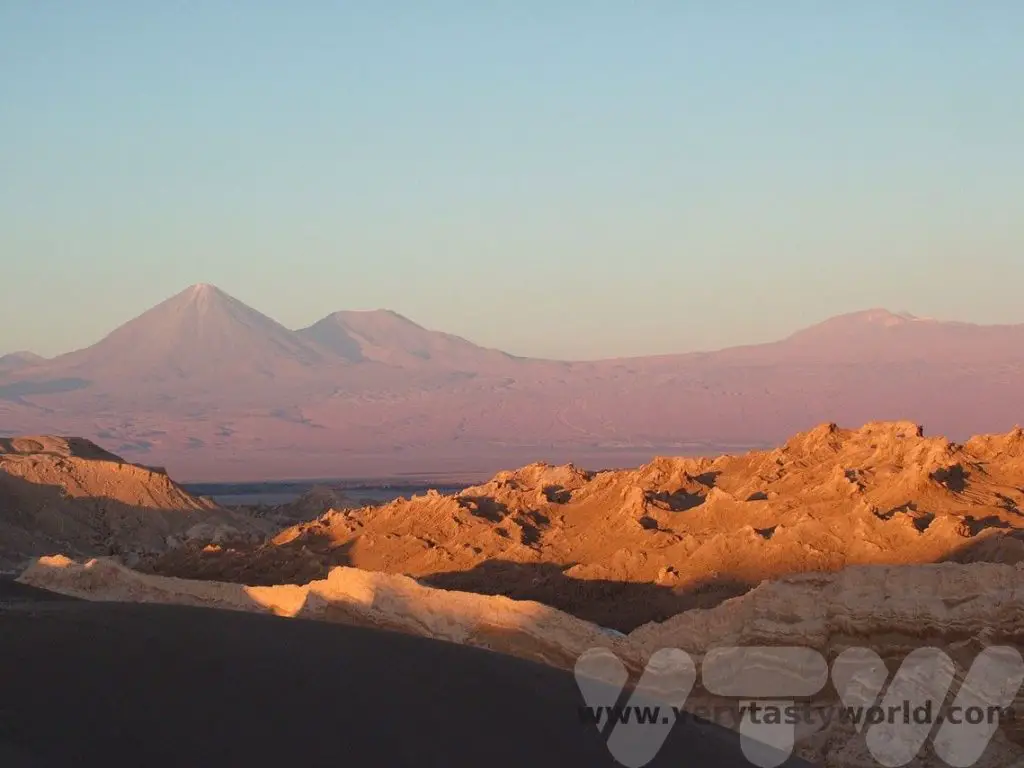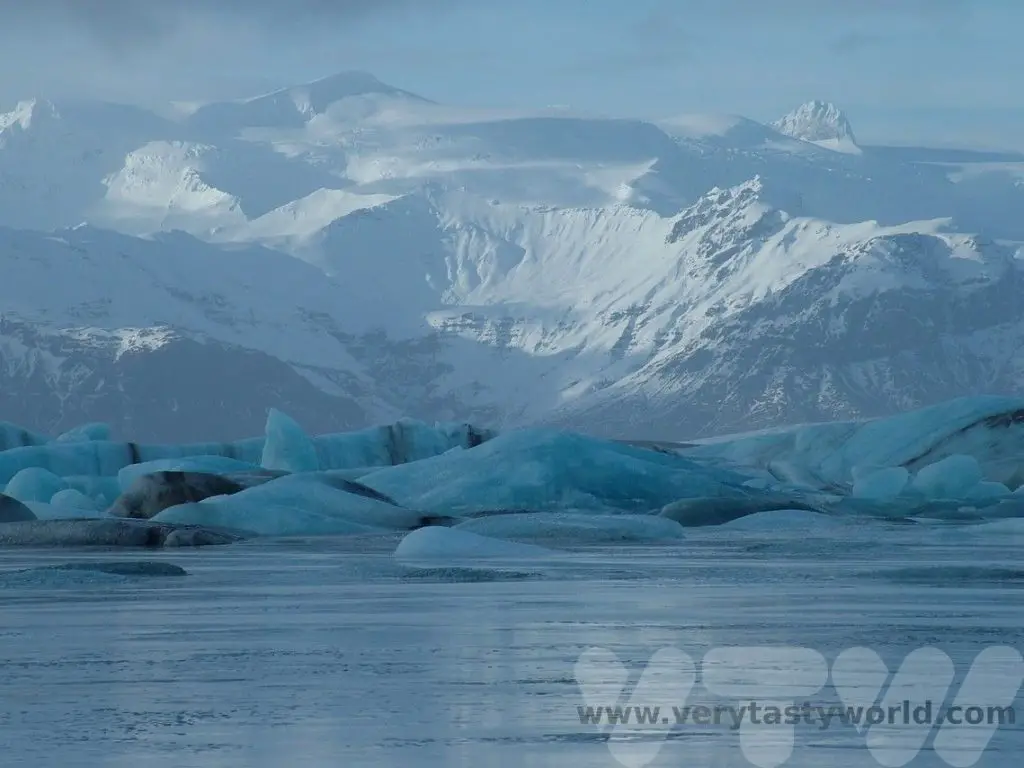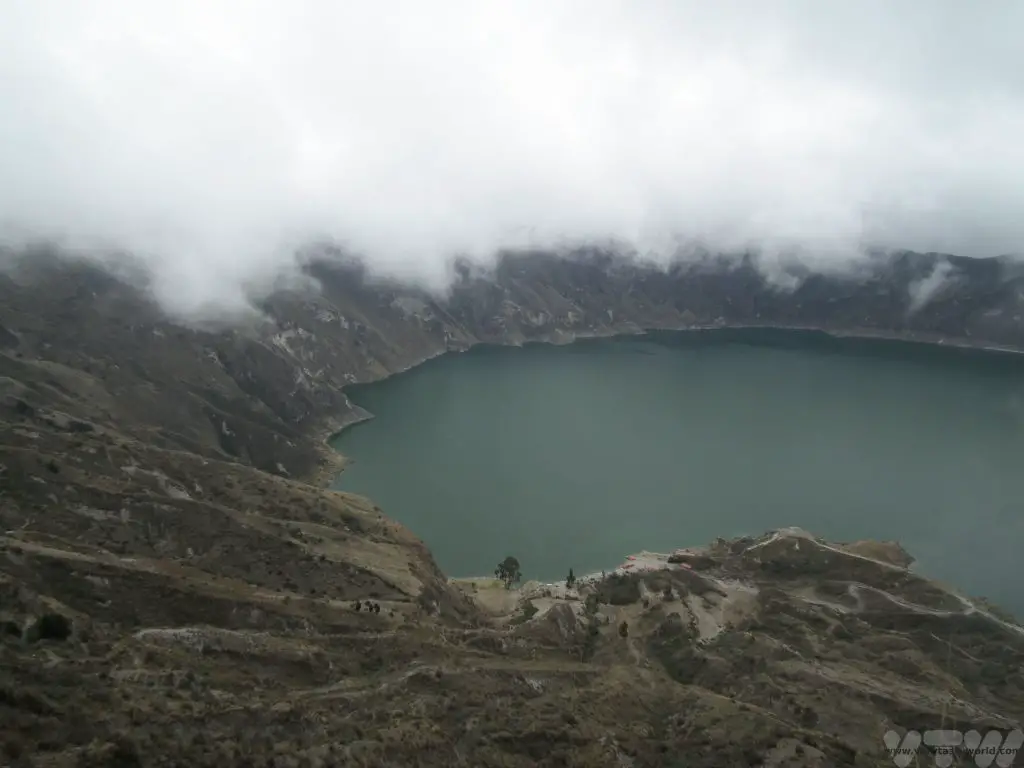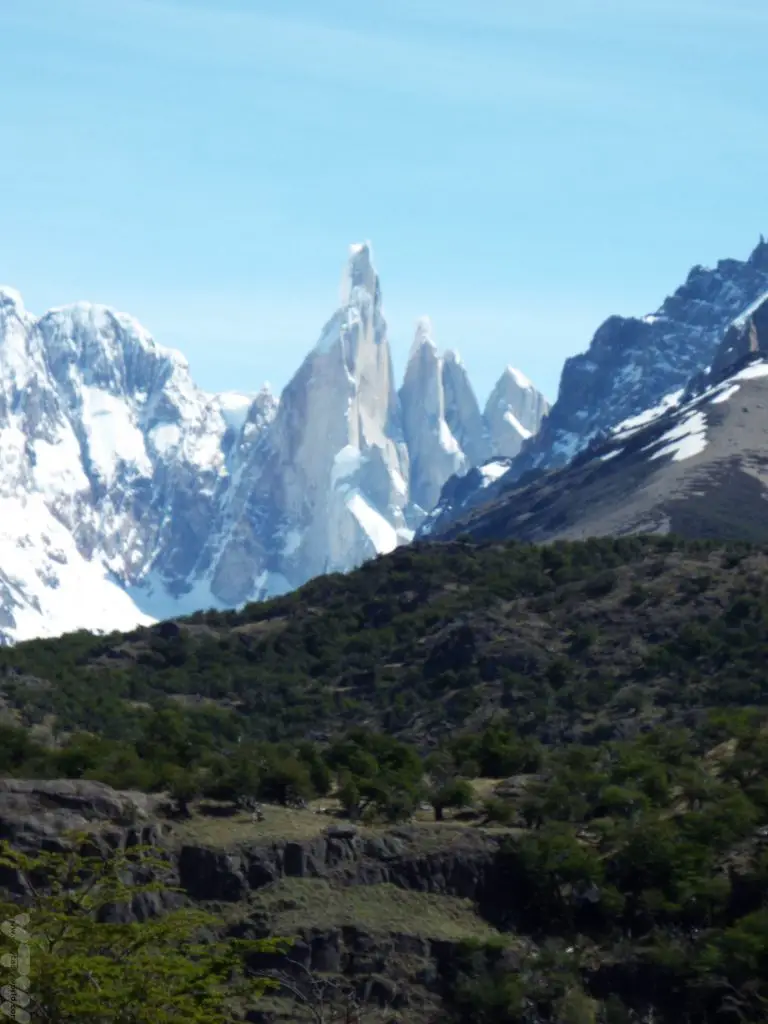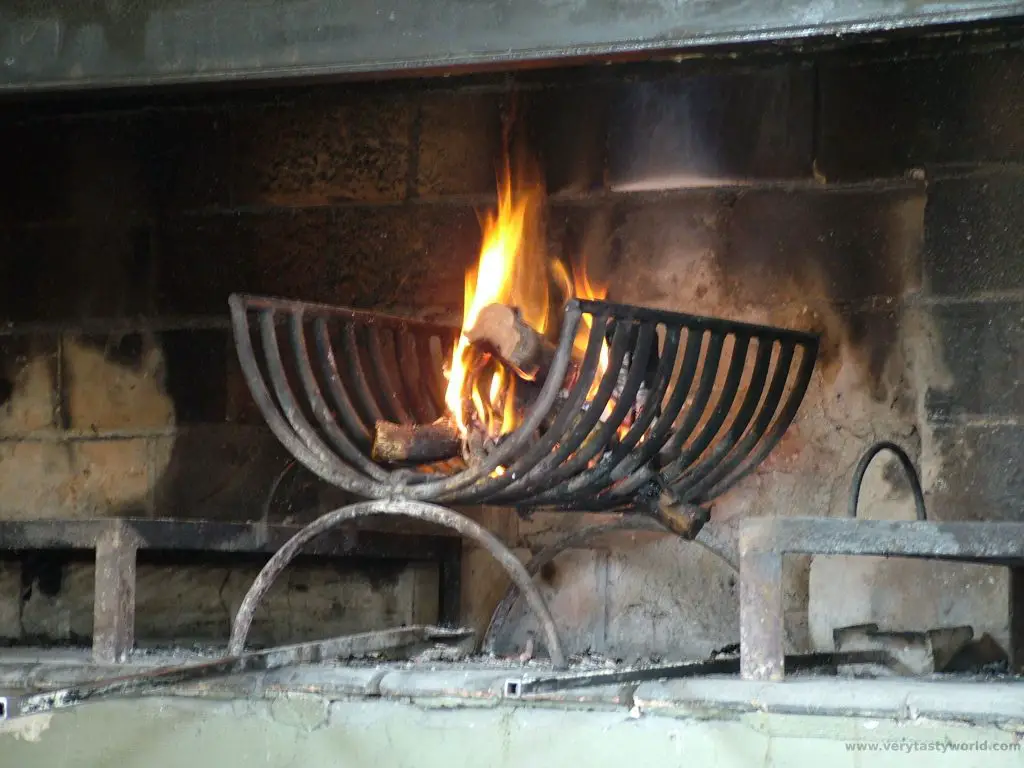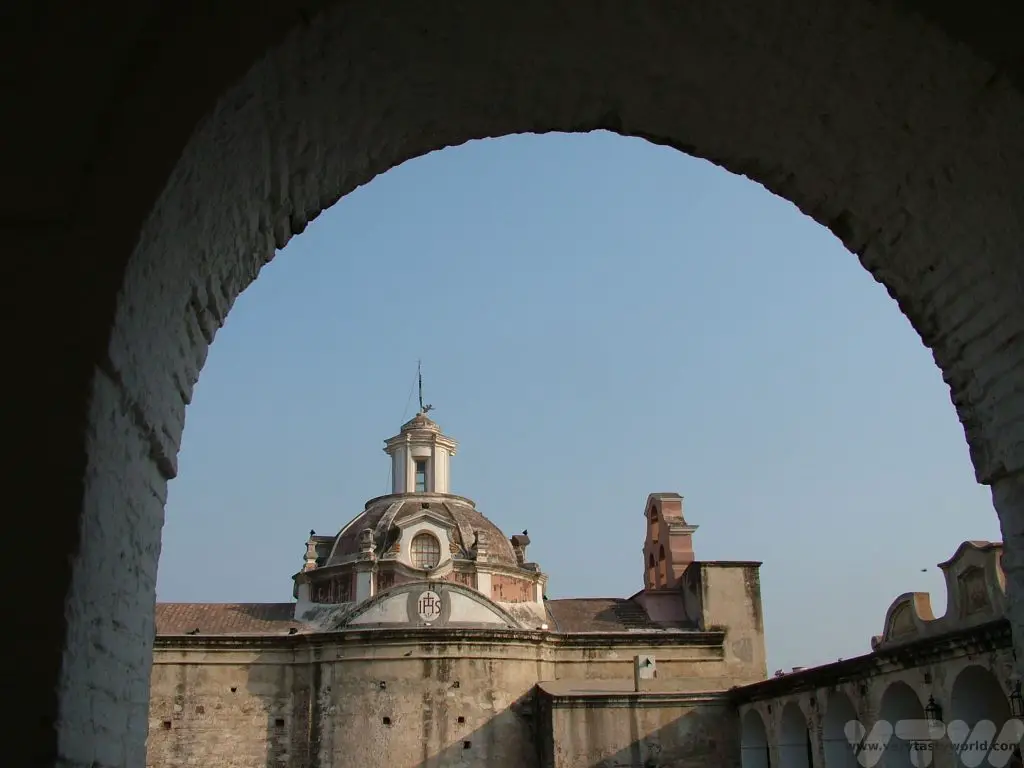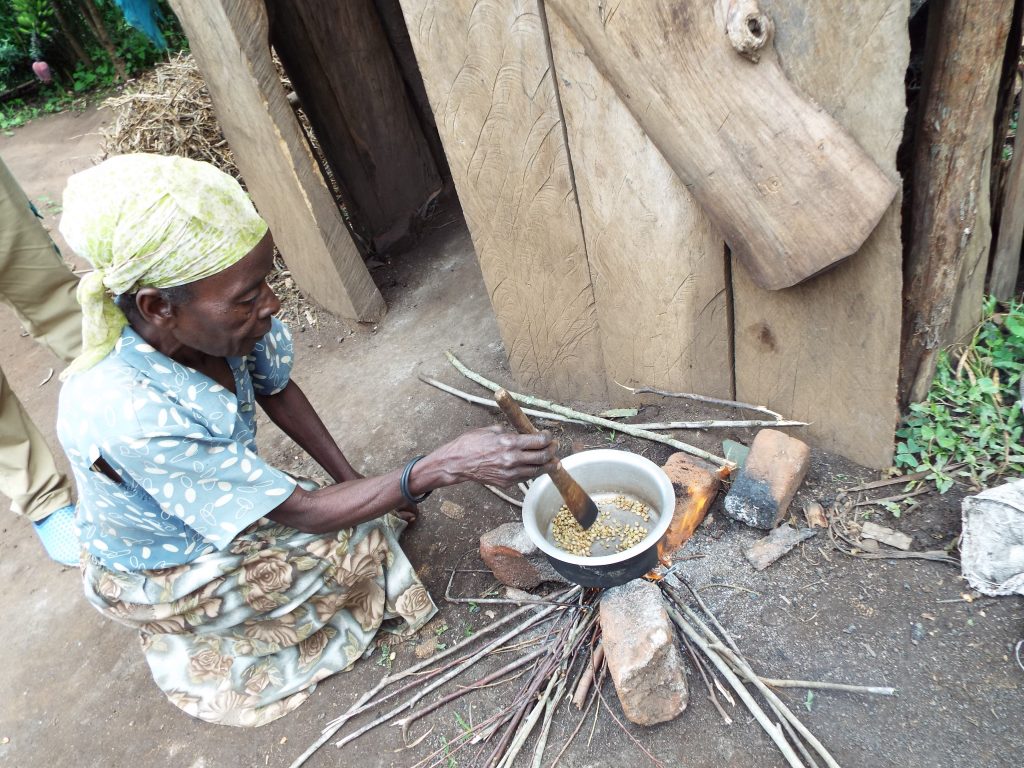Home » Drink (Page 2)
Category Archives: Drink
Temple of Heaven, Beijing
The Temple of Heaven, along with the Forbidden City, is a must-see attraction in Beijing. Both of these amazing building complexes were constructed in the 15th century by the Yongle Emperor, the third emperor of the Ming Dynasty.
The Temple of Heaven comprises a complex of beautiful buildings set inside a lovely and extensive park. Its purpose was for the Emperor to pray for good harvests.
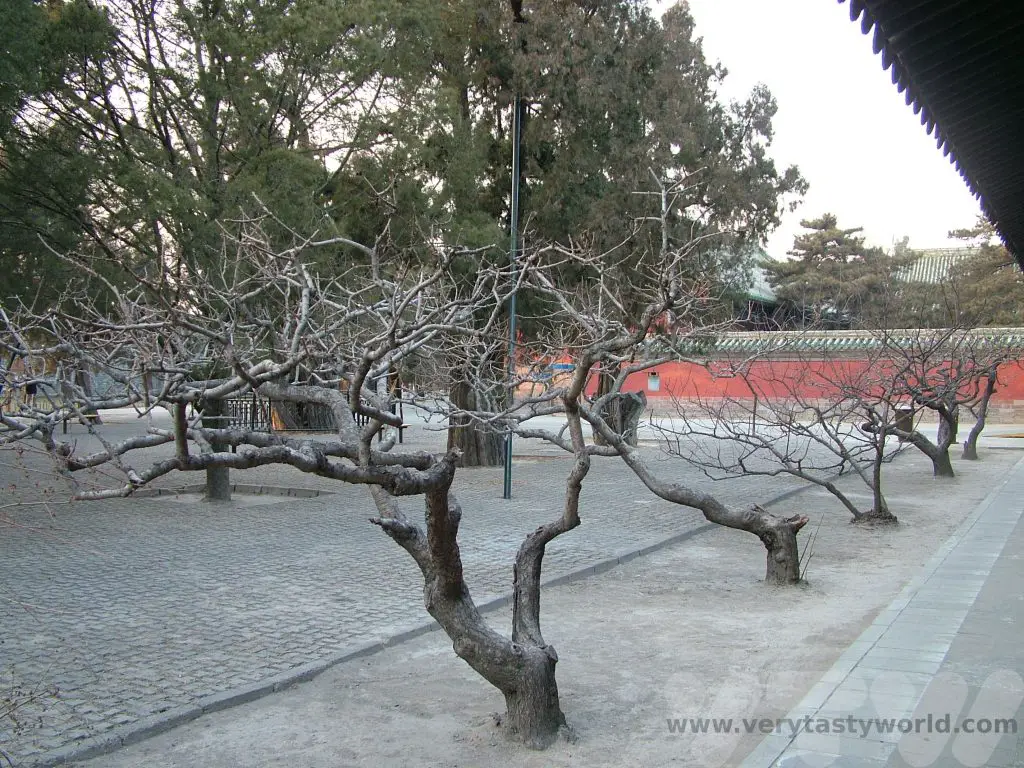
The Circular Mound Altar was constructed in the 16th century in the time of the Ming Dynasty. Its purpose was for the Emperor to pray for favourable weather, particularly in times of drought. It has three circular terraces, each of which has four entrances with precisely nine steps. The number nine plays a significant part of the architectural design with many of the numbers of pillars and slates being multiples of nine. It is surrounded by gorgeous marble carvings. The design also allows sound to resonate throughout the construction creating an echo that amplifies a voice – useful for the Emperor to make certain that the gods would hear his prayers.
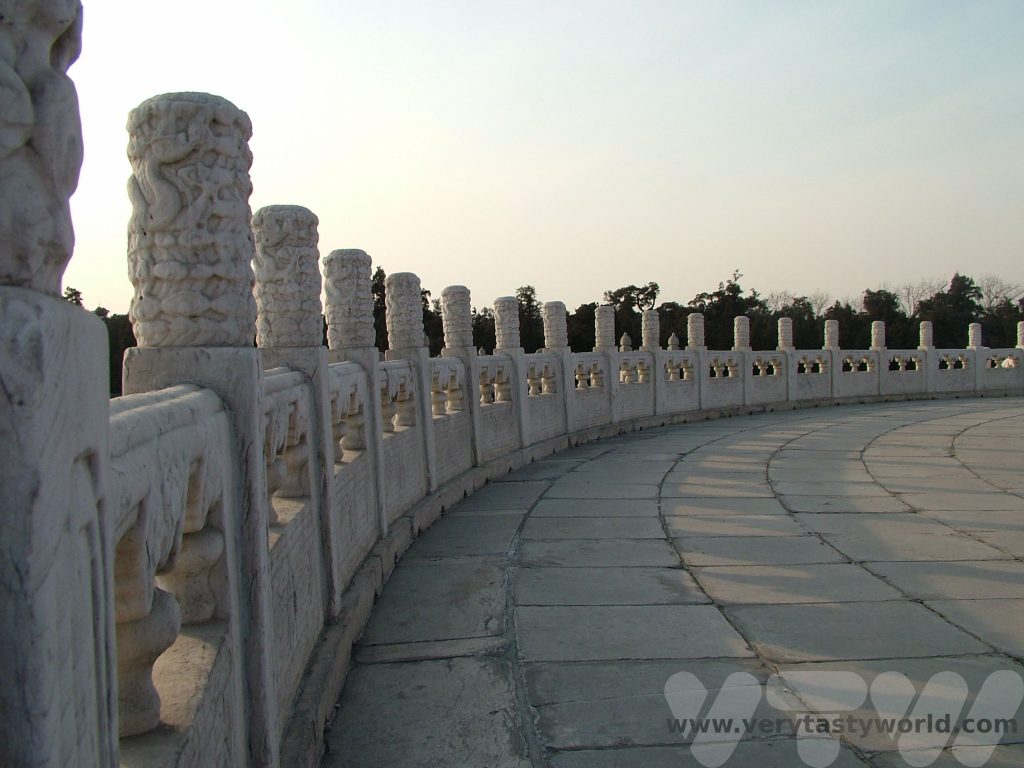
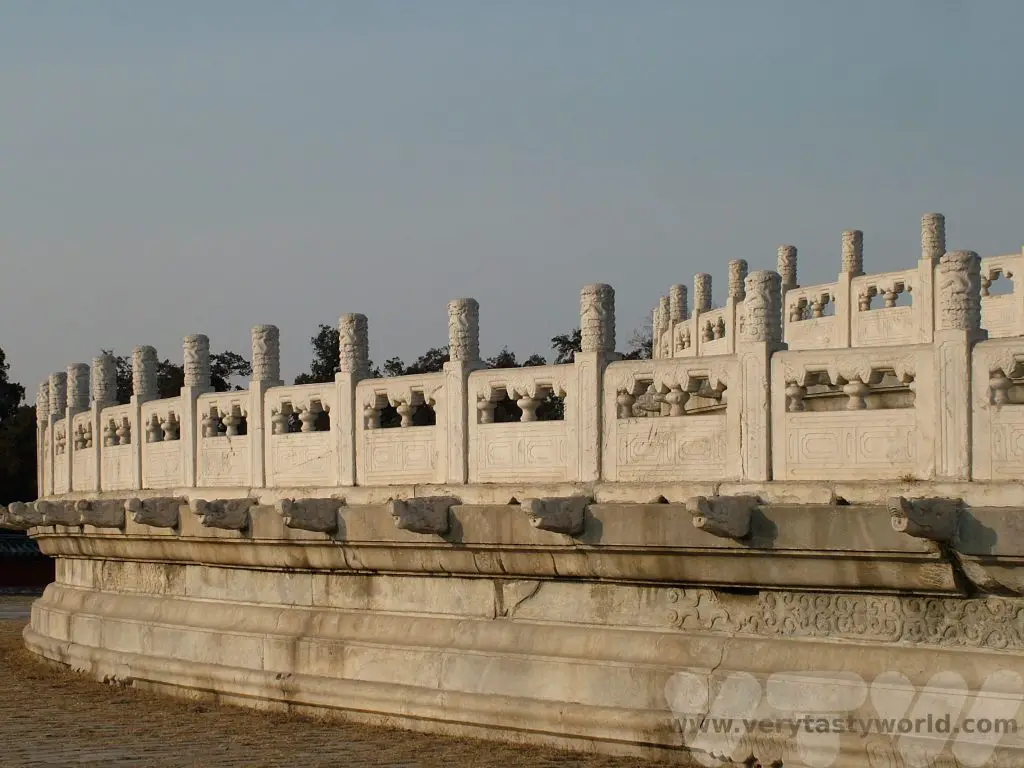
The Imperial Vault of Heaven is circular building, one storey tall.
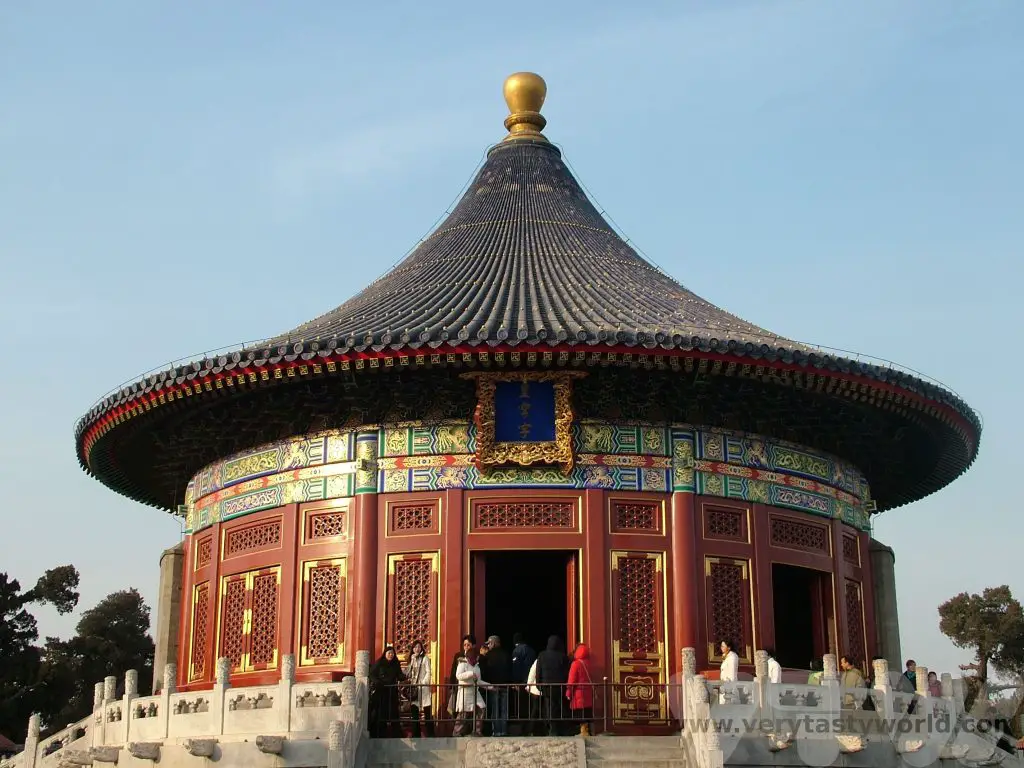
From this, a walkway leads to the Hall of Prayer for Good Harvests. Like the Imperial Vault, it is a gorgeous circular construction, and large too, at 36 m across and 38m high. As its name suggests, it was here that the Emperor prayed for good harvests. A wooden construction, apparently built without using nails. The decoration is marvellous – highly detailed and intricate. The detailed decoration contains images of mythical creatures and birds and radiates with a wonderful glow as the light of the setting sun casts its rays upon the building.
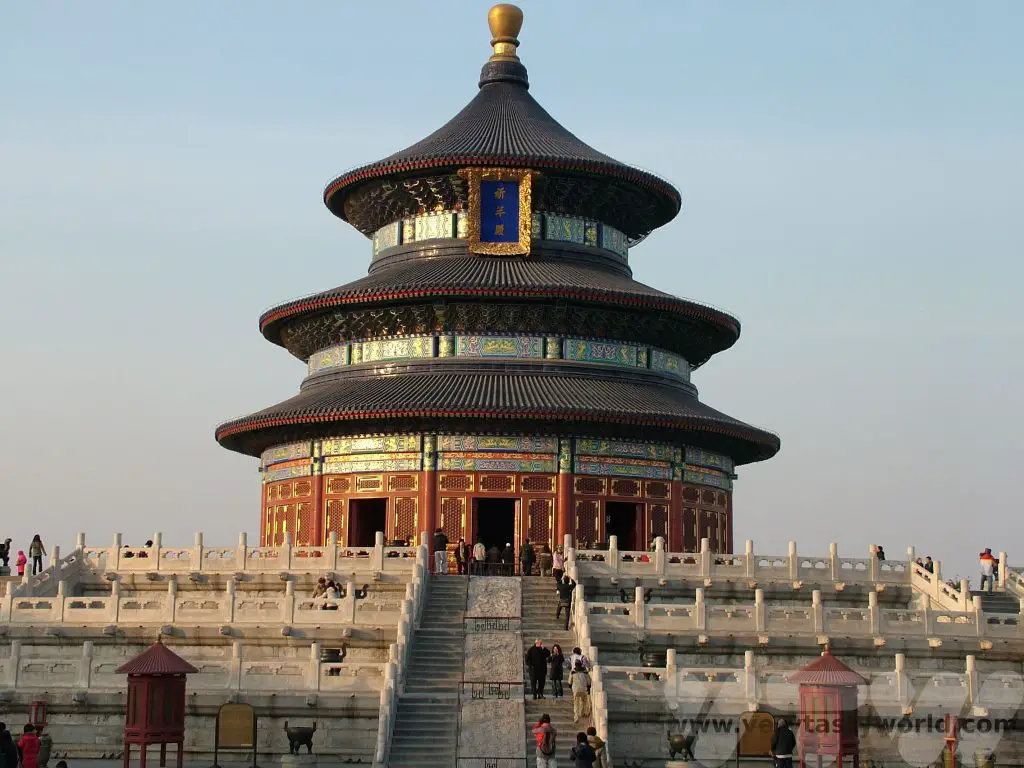
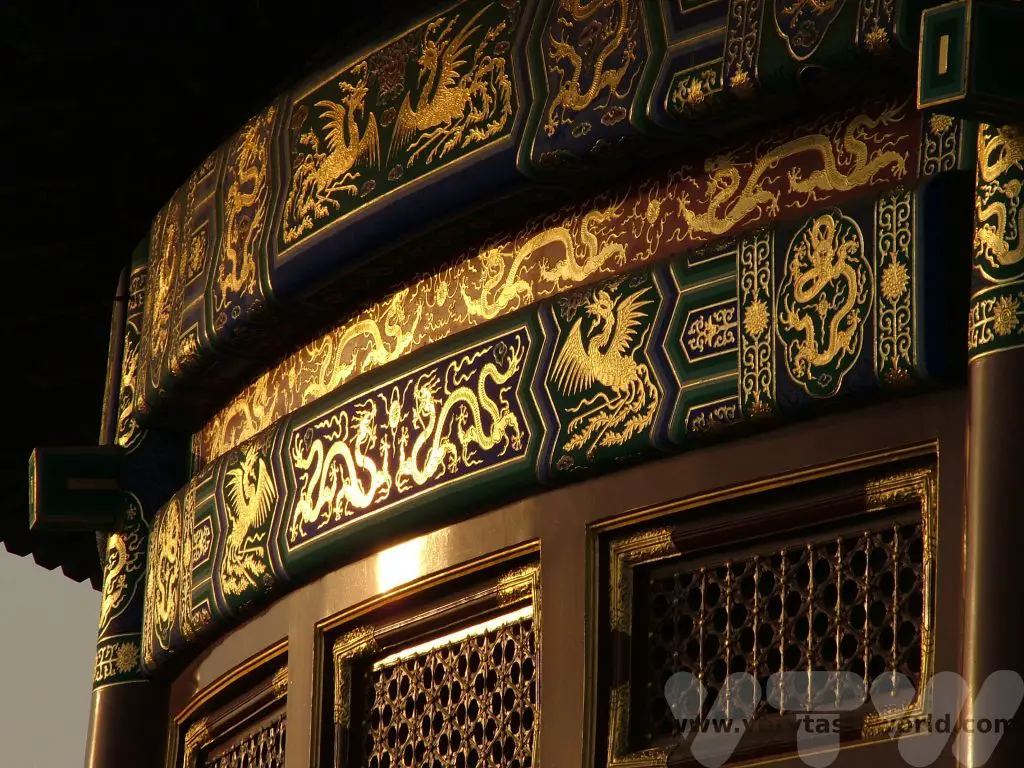
Tea Houses Outside the Temple of Heaven Beijing
There are a number of tea houses just outside the Temple of Heaven. They provide an opportunity to taste a variety of Chinese teas.
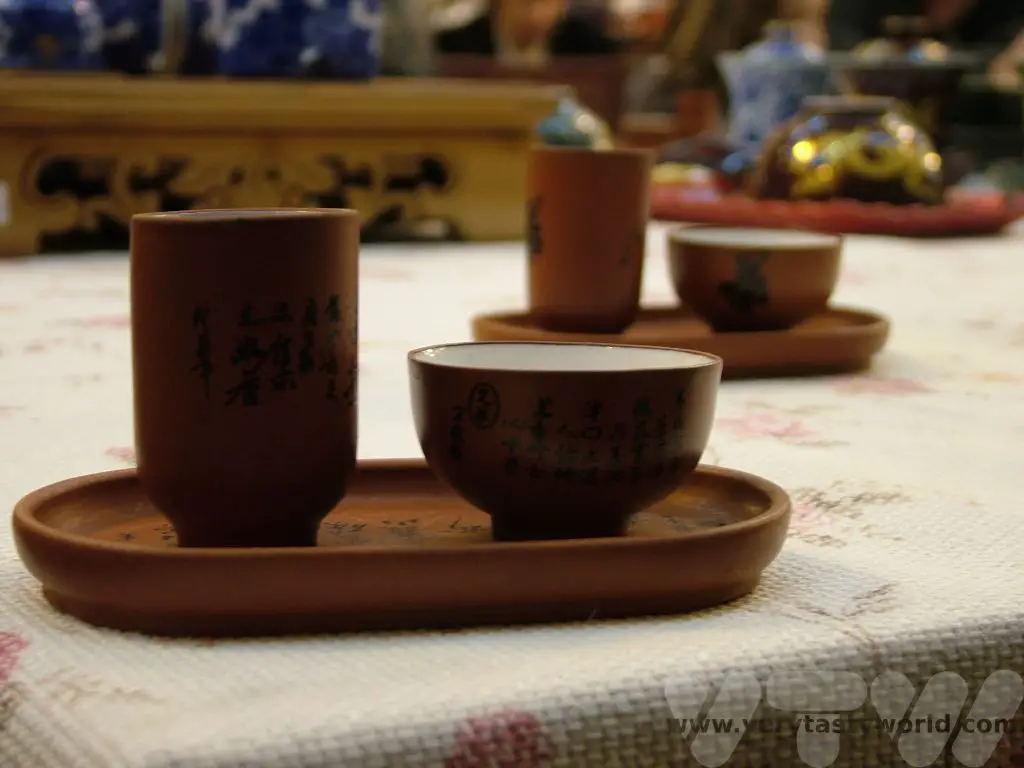
It was in one of these that we discovered blooming teas. These are neatly crafted hand-bundled into a small ball, a little smaller than a ping pong ball. They look rather nondescript folded up.
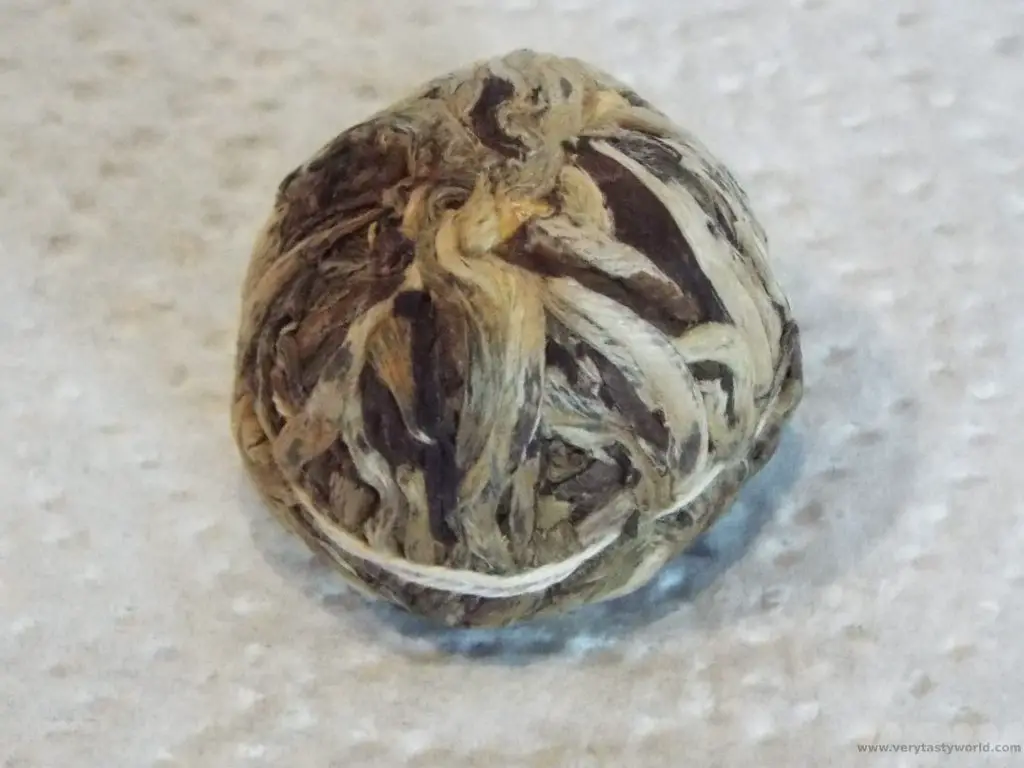
But pop them into some boiling water and they bloom into a flower whilst infusing the water to create tea. They are usually comprised of white tea or green tea leaves. Sometimes jasmine or similar flowers are used.
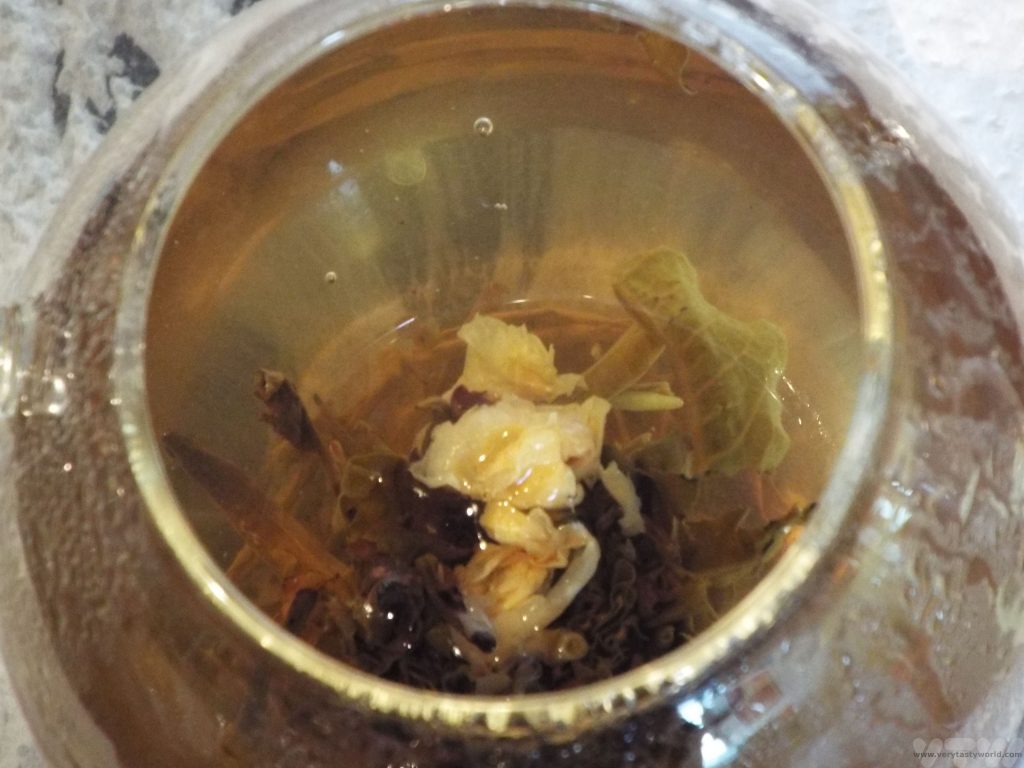
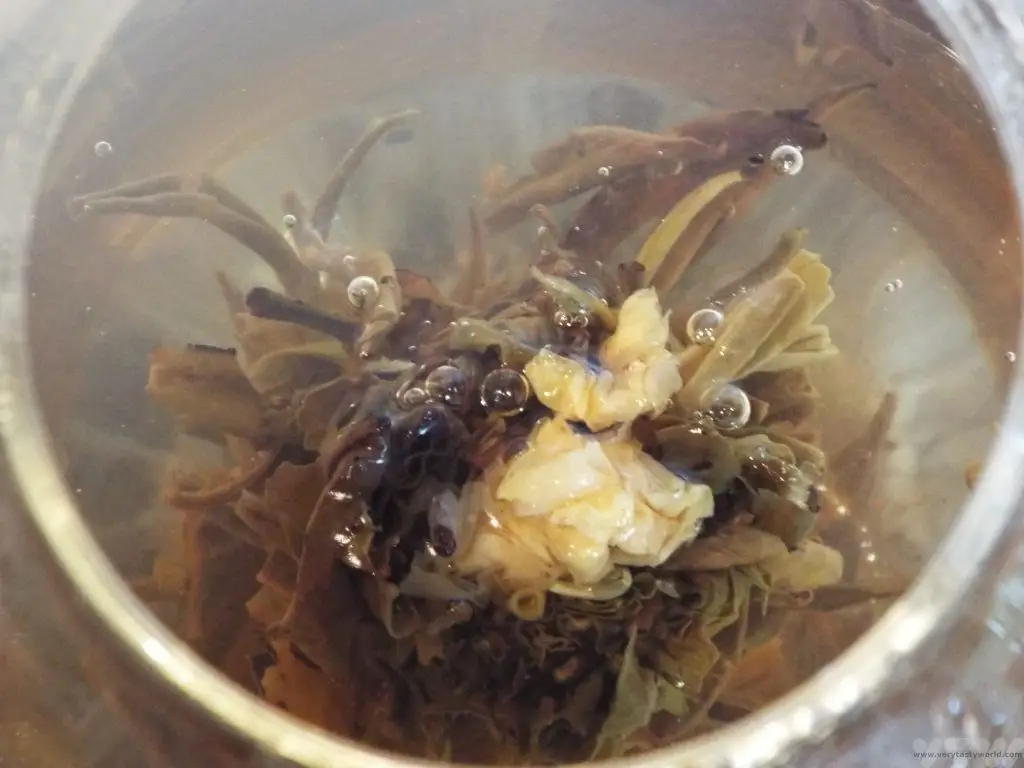
The flavour is mild but some have a touch of tannin.
Delicious and beautiful. You can buy these online. We also treated ourselves to a splendid glass teapot so that we could enjoy watching the flower bloom.
Couple of things worth noting. If you are on a tour you are likely be invited to purchase products in the inevitable shop that can be found alongside museums, factories, tourist attractions and tea shops. Our experience was that we weren’t pressured to buy anything. We also found that in some factory outlets prices were regulated by the government which meant that we didn’t have to haggle, much to our relief, because we’re rubbish at it. Although we did somehow come home bearing a vaccuum-packed silk duvet from one emporium because it was genuinely good value.
There are some scams whereby friendly people approach you and invite you to drink tea with them at a local tea house. It may be perfectly legitimate and genuine but there have been situations where you are taken to what appears to be a charming, authentic tea house and when the bill arrives it is considerably higher than you might expect for a pot of tea.
Related Posts You May Enjoy
Luang Prabang Lao PDR (Please Don’t Rush)
There’s a general assumption that the cuisines of many countries in South East Asia – Thailand, Lao, Cambodia and Vietnam – are pretty much the same but that would be doing them a great disservice. While they may share many ingredients and seasonings, each cuisine is different and it is a joy to be able to discover the nuances of the foods from each country. Lao, for example, being landlocked, relies on the river for its piscine bounties rather than the sea. Hence most of the fish served will be river fish. River weed, dried in in the sun and flavoured with seasonings, makes for a tasty snack. Luang Prabang, Lao’s former capital, located in the north of the country, lies on the Mekong river at its confluence with the Nam Khan.
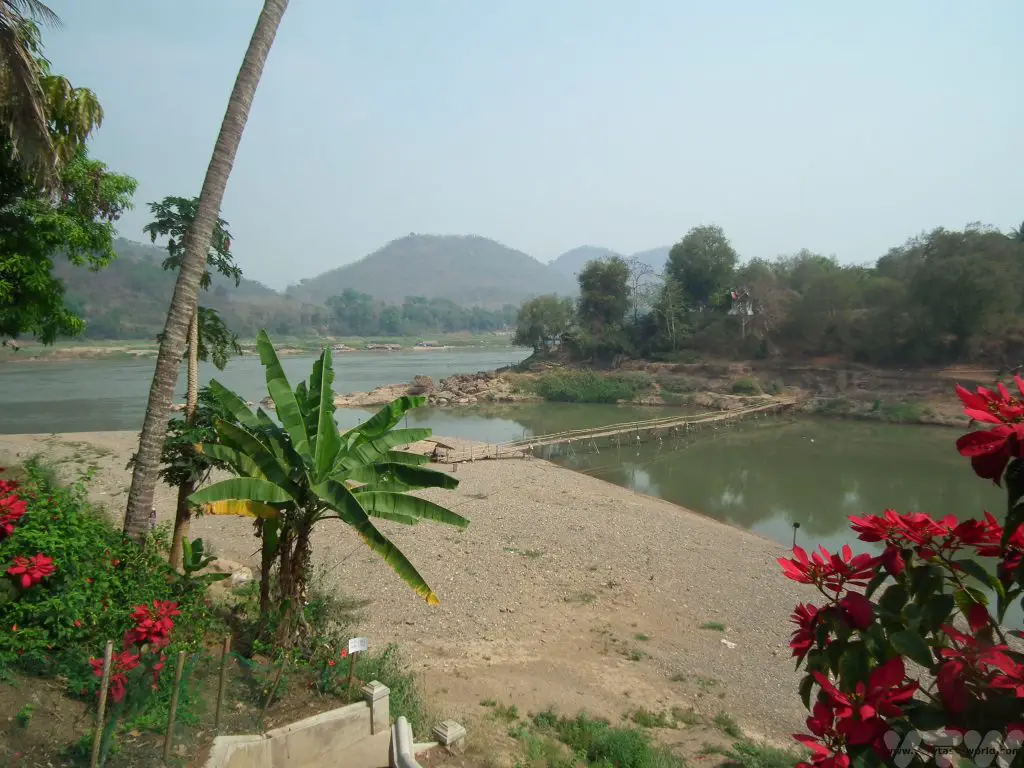
It’s a lovely, laid back town with plenty of temples and palaces to explore, which are largely within easy walking distance.
Wat Xieng Thong is the best known of the temples, located a short walk from the confluence. The main Wat has an intricate design and a beautiful tree of life mural.
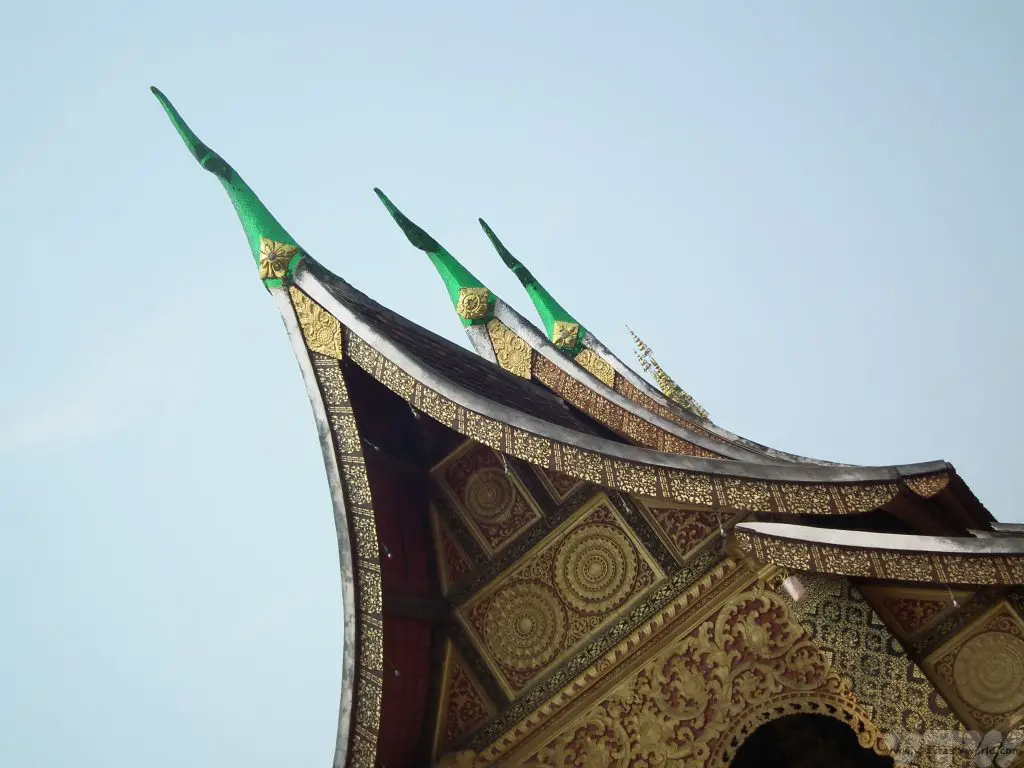
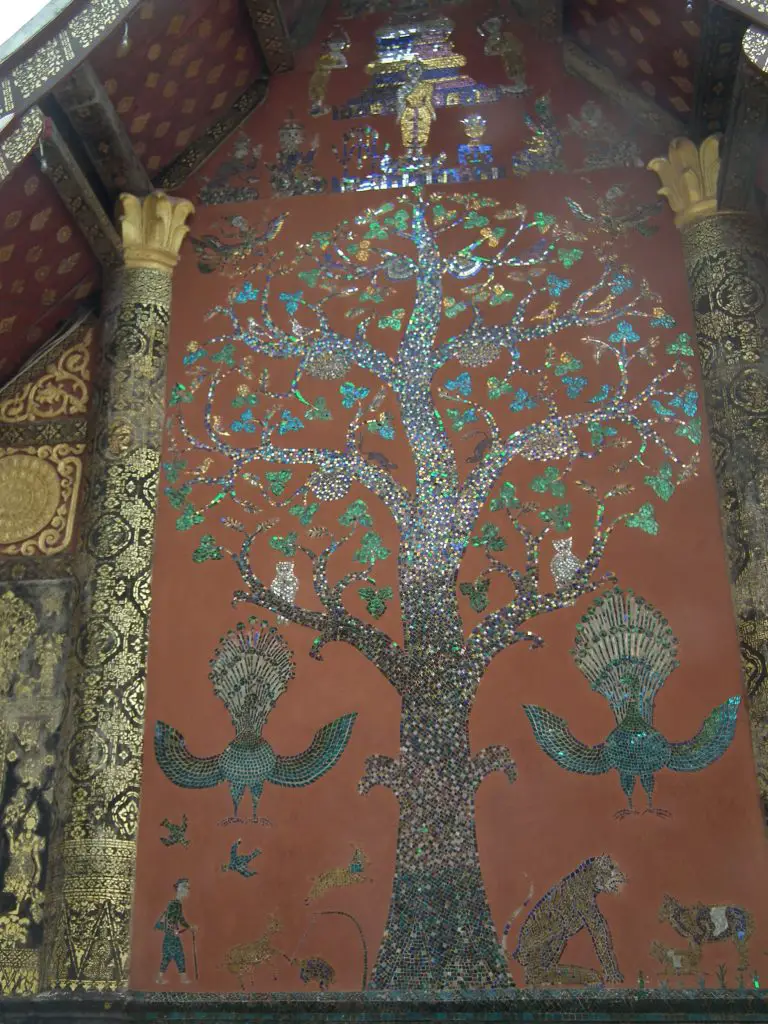
The Royal Palace was built in 1904 when Lao was under French occupation. The monarchy was overthrown by the communists in 1975 and the building converted into a museum.
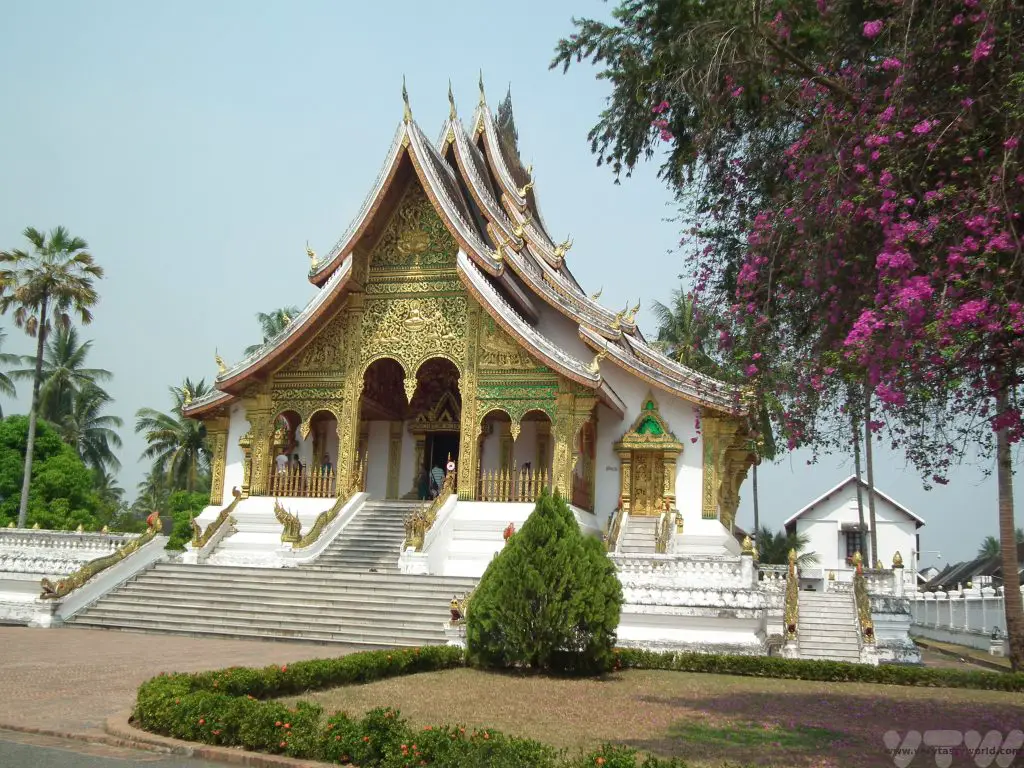
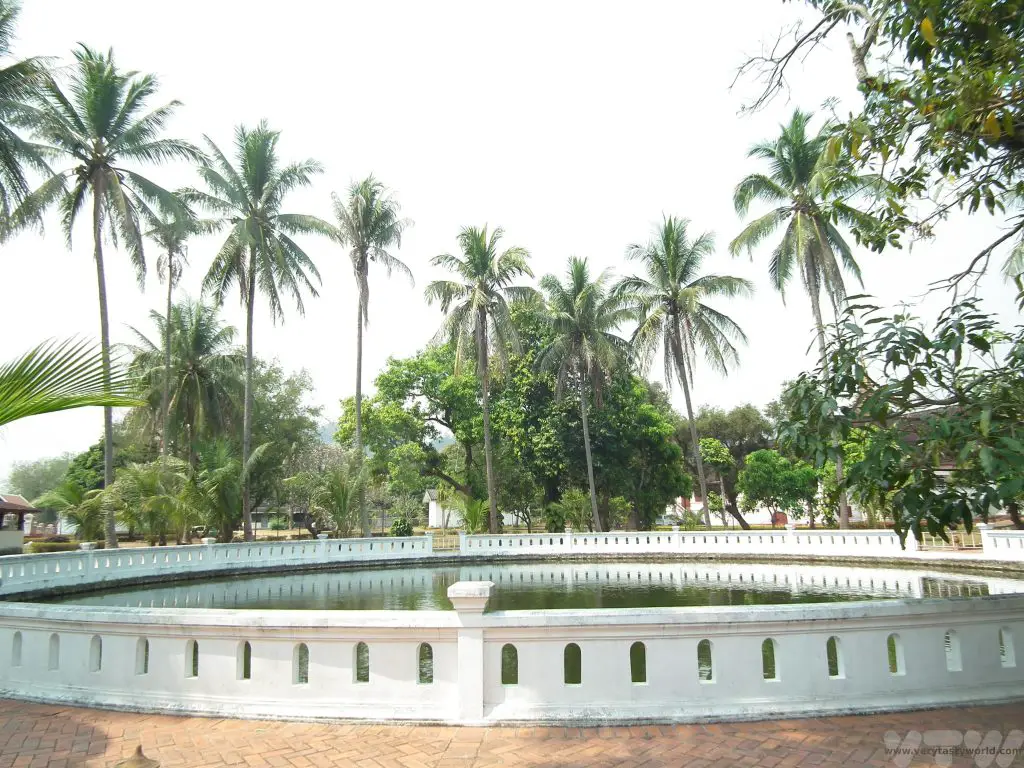
Crossing the Mekong and following a short hike up a hill you can reach the small temple of Wat Chomphet with its old stupa and Wat Long Khone. It’s more peaceful and less touristy on this side of the river.
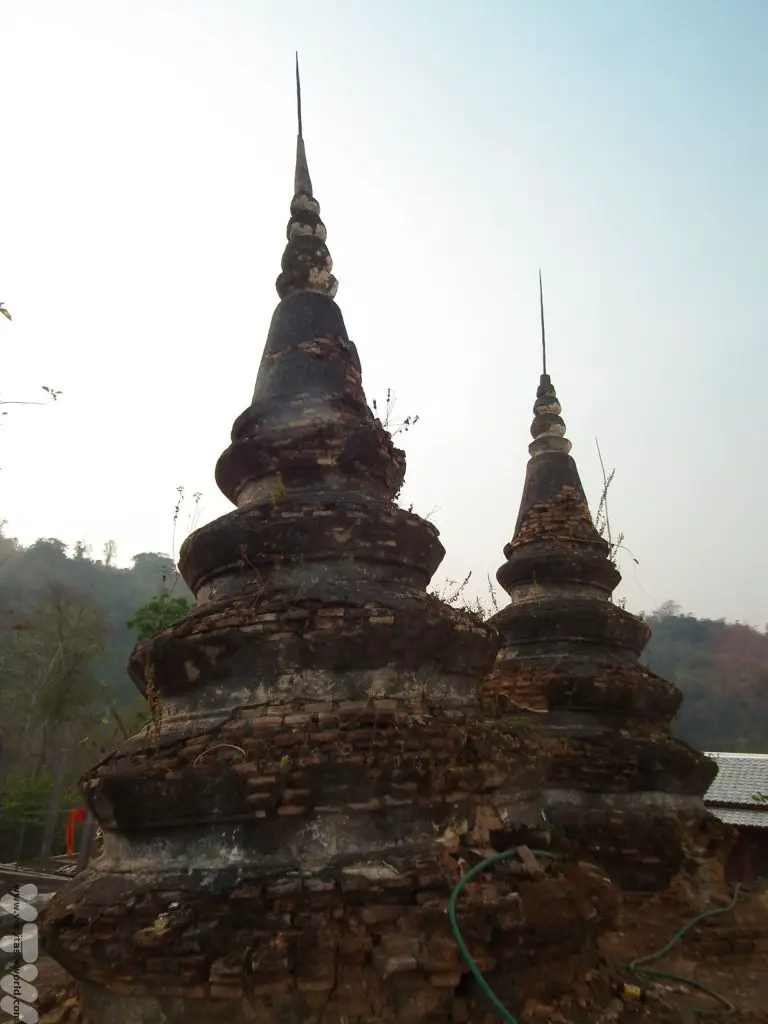
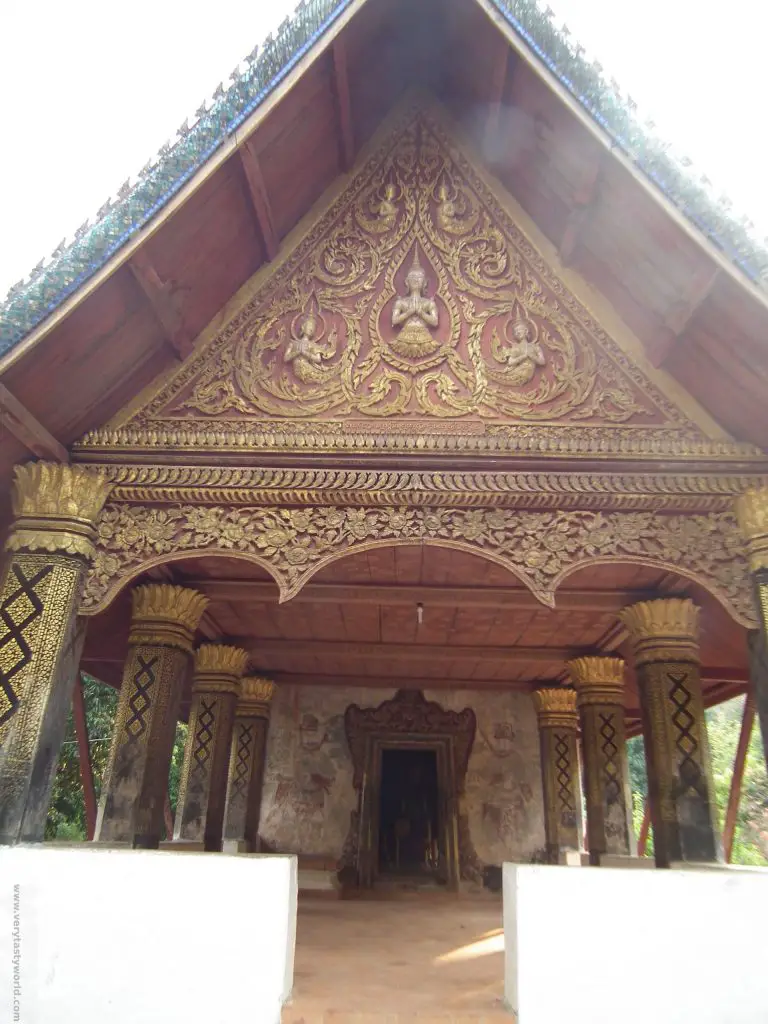
It’s also possible to hire a longboat and drift downriver at sunset, cool glass of beer in hand, enjoying the colours of the evening.
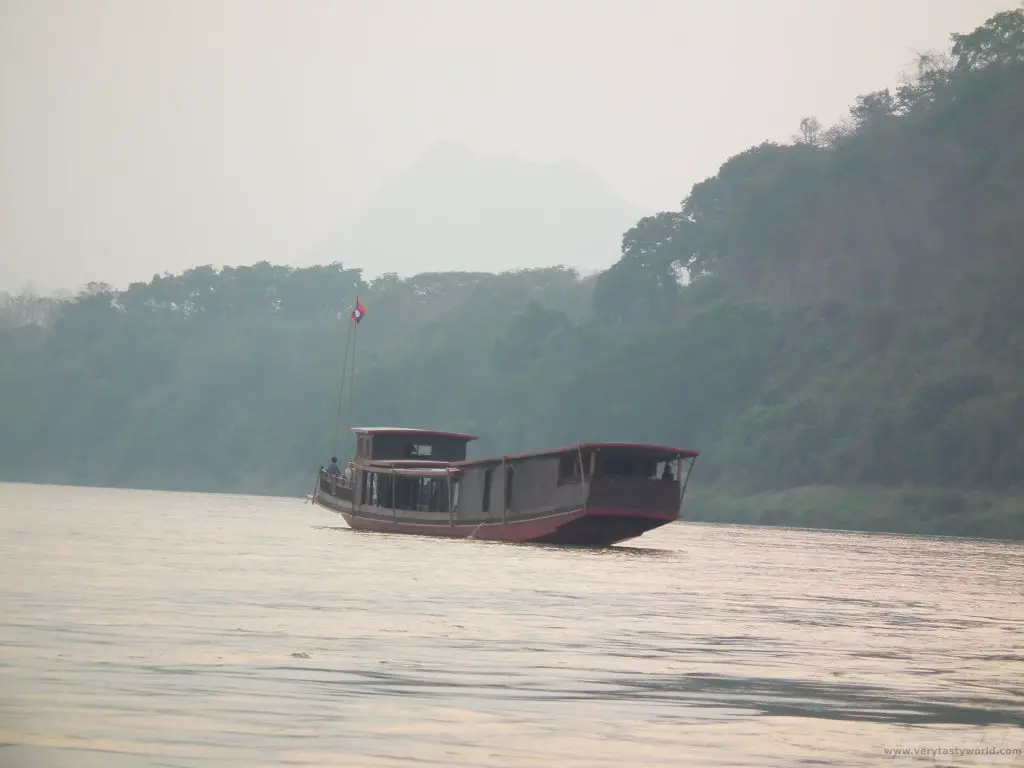
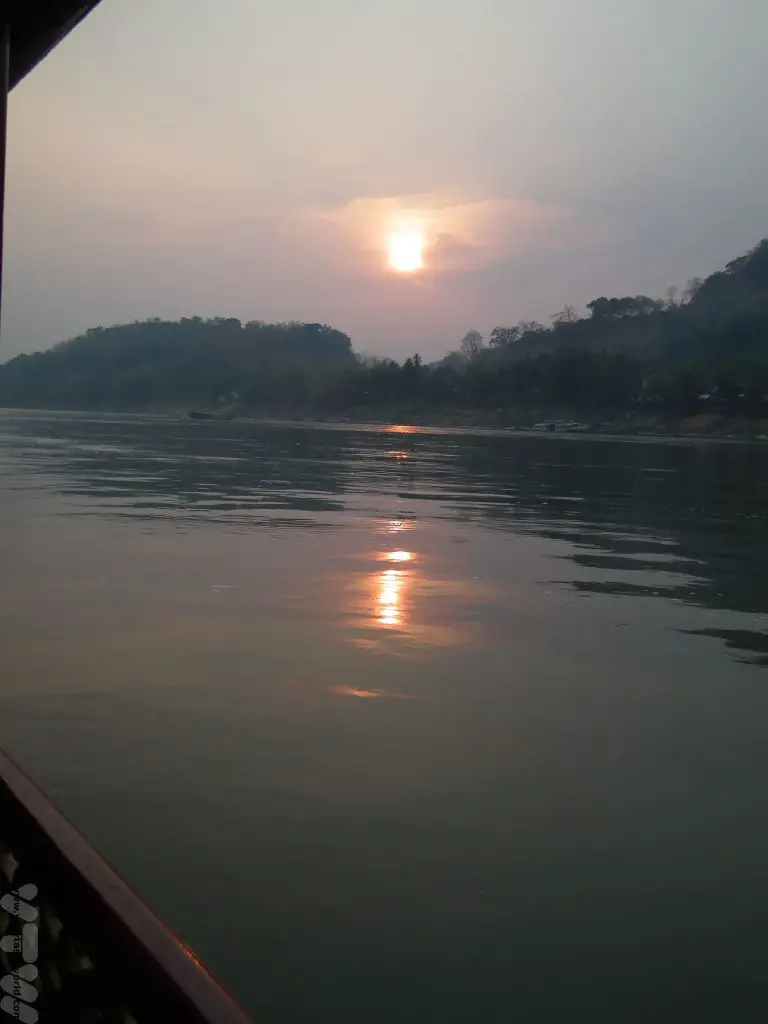
Lao’s formal name is Lao PDR – People’s Democratic Republic. Informally, locals will let you know that PDR stands for Please Don’t Rush – a wise philosophy which also means that you shouldn’t worry if service at restaurants is slow. (Actually, we didn’t notice particularly slow service anywhere we went.) But it’s a good reminder to relax and enjoy your time in this friendly country.
Luang Prabang Lao has a number of bars and restaurants which range from cheap eats to higher end offerings. Utopia is a short walk away from the town, set atop a cliff which overlooks the river. It’s a very laid-back place with a cool vibe and is located in a quirky garden setting.
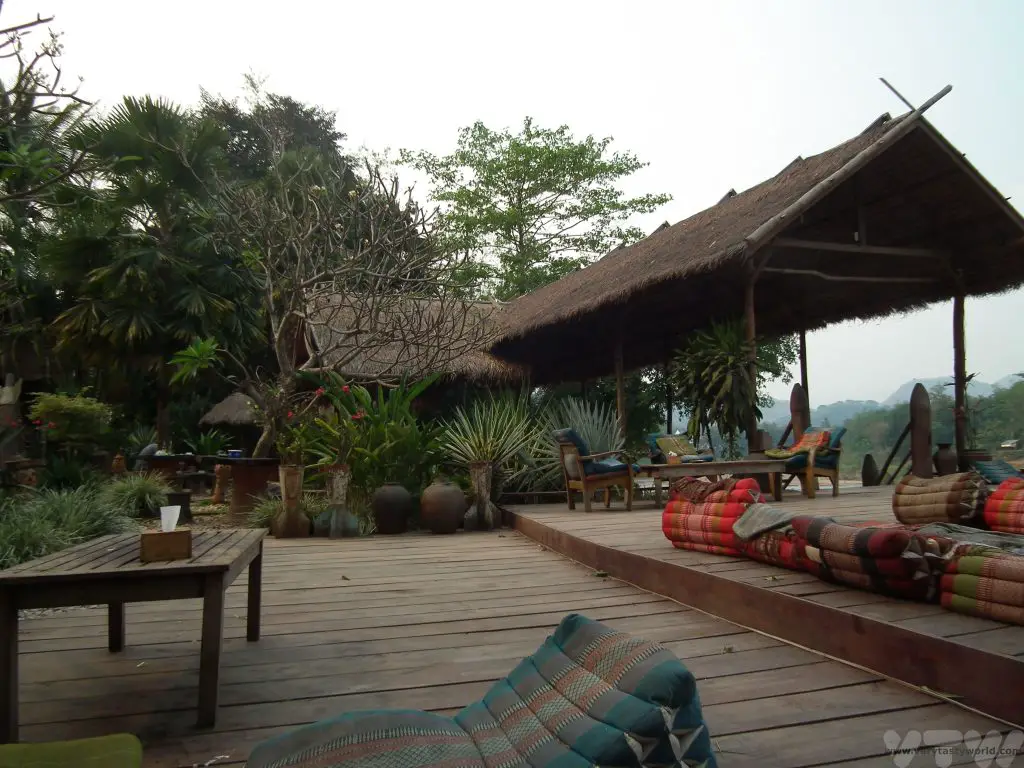
There is a sorrowful side to the garden design though. Many of the flower pots are actually bomb shells from the time of the Vietnam War when, over the course of nine years, the US dropped roughly two million tonnes of bombs on Lao in a secret attempt to support the royal Lao government against the communists led by Pathet Lao, as well as impact the Ho Chi Minh trail. The country remains the most bombed per head of the population in history. Worse still, a significant amount of the ordnance – about a third of the devices dropped – failed to detonate and, more than forty years later, there is still a huge problem with unexploded bombs that remain embedded in the ground, despite some international efforts to clear them.
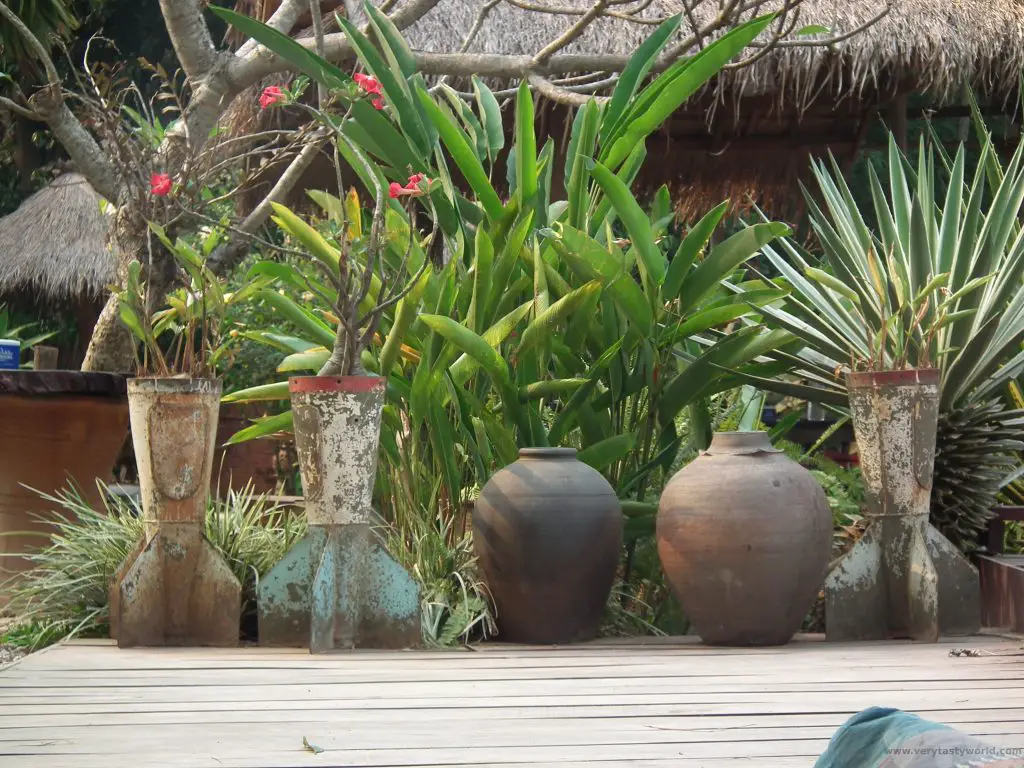
Utopia is popular amongst backpackers for its chilled atmosphere during the day (it has activities such as yoga lessons available) and livens up a lot at night, and it offers local and western food.
One of the best restaurants in Luang Prabang Lao for local food is Tamarind, on the Kingkitsarath Rd, and they specialise in local cuisine. They offer tasting menus which give visitors the chance to try various specialities. It’s a fantastic introduction to local fare. It’s a popular restaurant so it’s worth booking ahead if you can, although we got lucky with a walk-in for lunch.
We started with Lao-Lao shots as an aperitif. Lao-Lao is rice whiskey. Its name isn’t a cute term of endearment – the two words have different tones in pronunciation and hence different meanings. The first Lao means “alcohol” and the second means “from Lao”. The whiskey has a mild flavour but is pretty potent at round 40-45% alcohol.
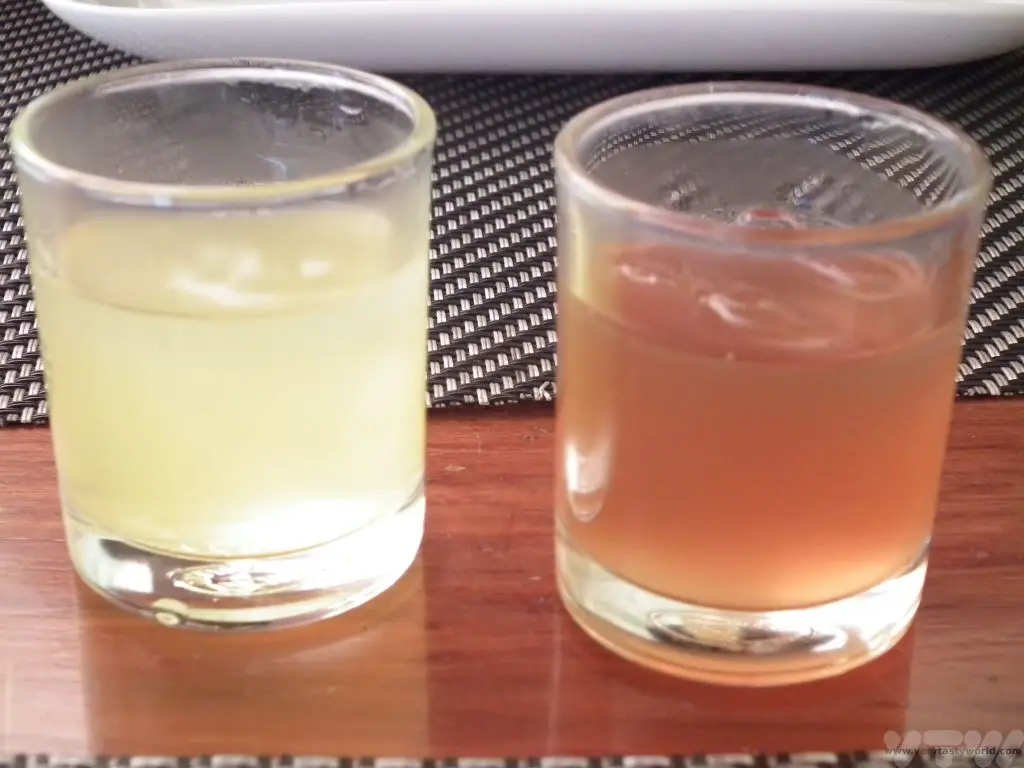
The starter was chunky bamboo and vegetable soup. A lot of Lao food can be searingly hot, with chilli often providing the heat, but this wasn’t; whilst still spicy, it had a piquancy in the seasoning that allowed the flavour of the vegetables and herbs to shine through.
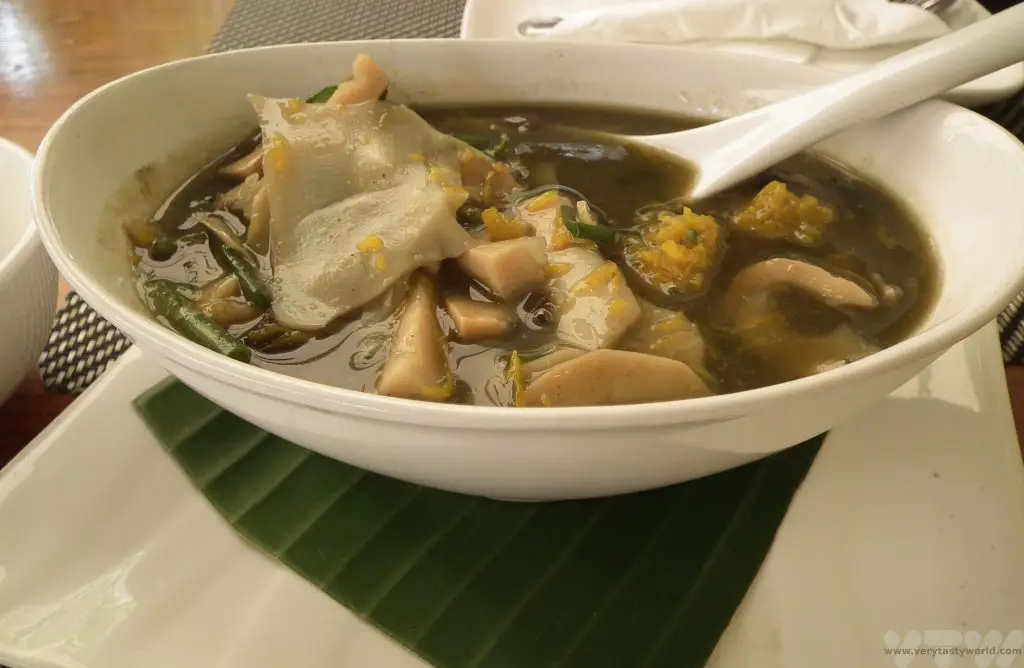
Then came a platter of Lao specialities. These included dinky little sausages with a variety of relishes, which varied in the amount of spice they delivered, as well as kaipen – crispy sun-dried river weed coated with sesame seeds.
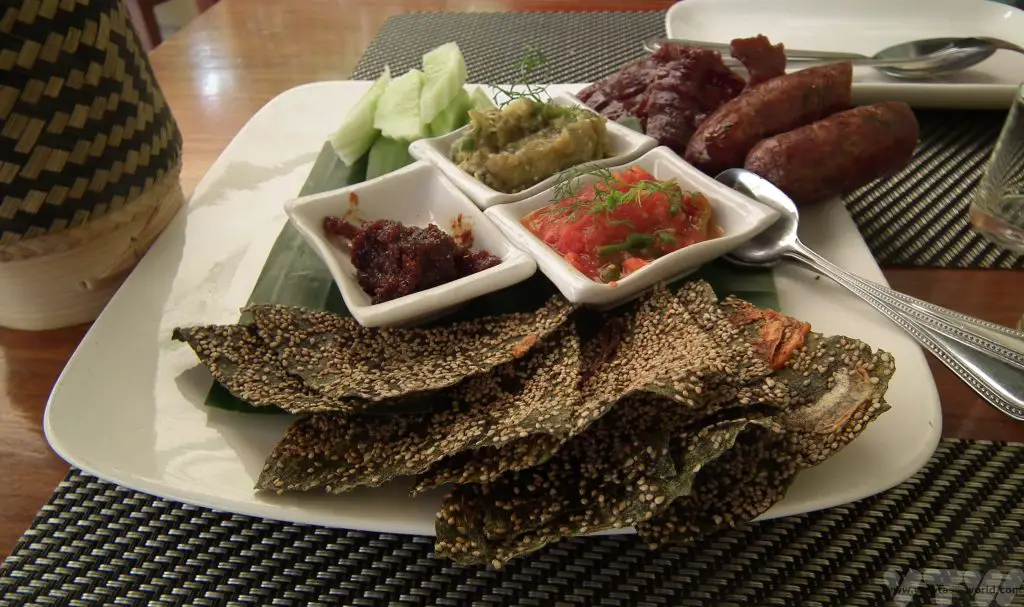
The next dish was fragrant lemongrass stuffed with chicken which felt like a bit of a contradiction. Usually you would expect lemongrass to flavour the meat but this was soft minced chicken, delicately spiced, placed into the bulbous part of the lemongrass stalk, then steamed and fried. The gentle scent of the lemongrass imparted a delicate citrus flavour. It was accompanied by herbed river fish steamed in a banana leaf along with local vegetables.
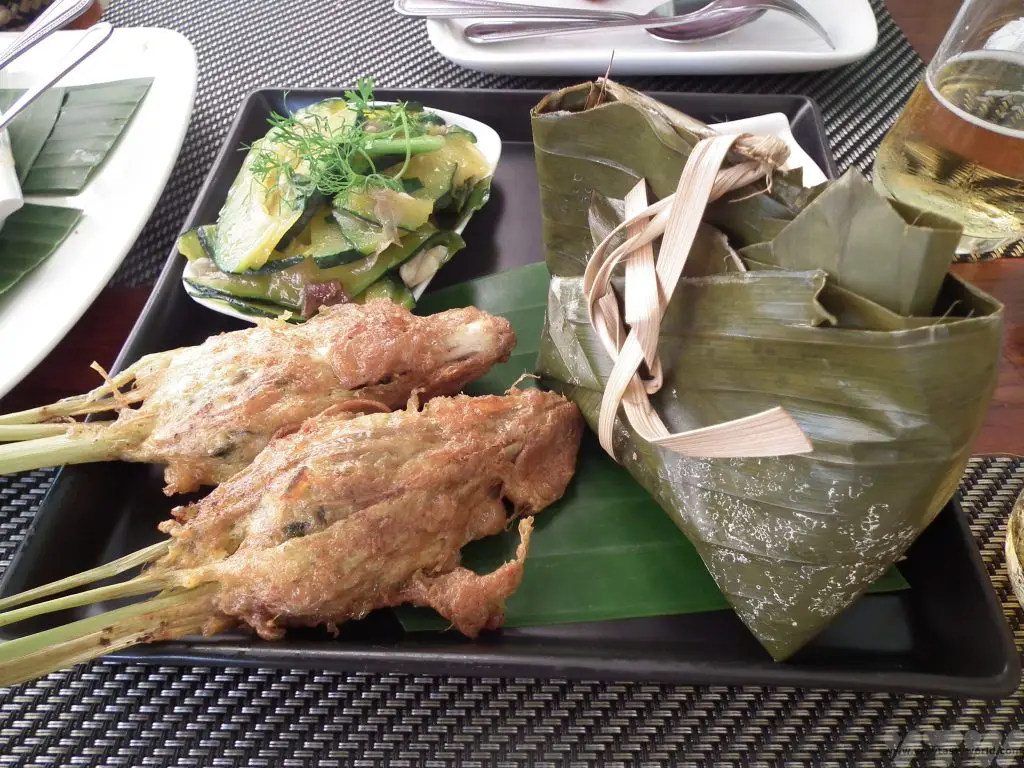
Finally, purple sticky rice cooked in coconut milk with tamarind sauce – which was sweet and slightly sour as well as delightfully sticky – rounded off a splendid meal.
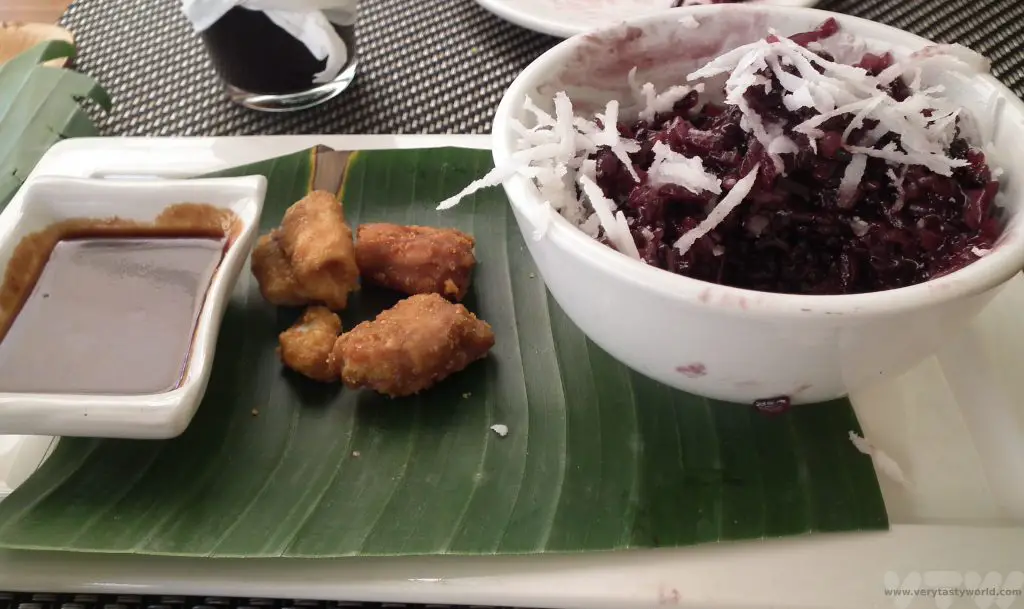

The Isle of Skye – The Skye’s The Limit
The Isle of Skye is a popular destination in the Highlands and Islands of Scotland. It’s the largest island of the Inner Hebrides, located around 200 miles from Glasgow and it takes around 5-6 hours to drive there. There are some fantastic places to stop off along the way, though, either to stay for a night or two, or just to break up the drive for an hour or so.
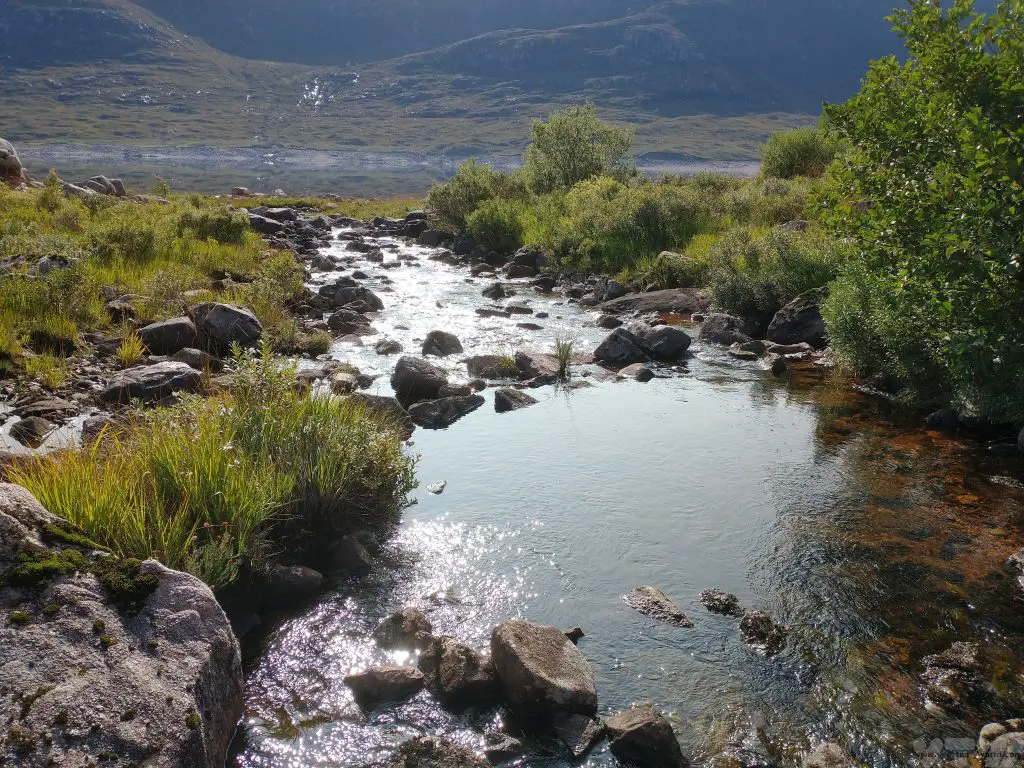
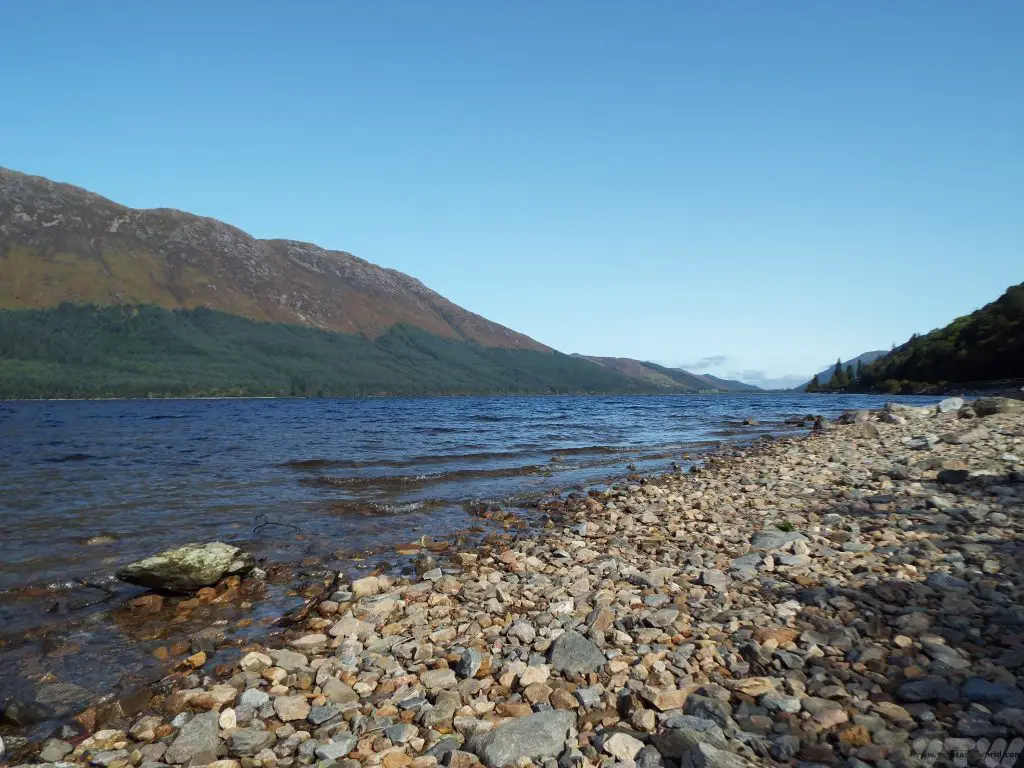
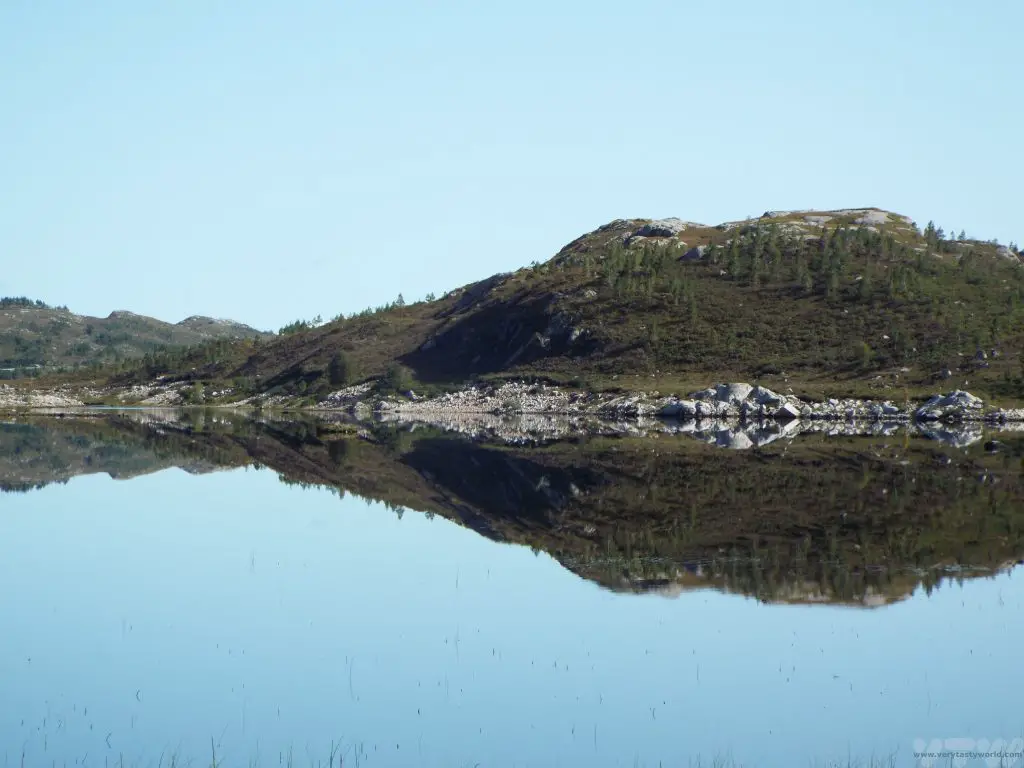
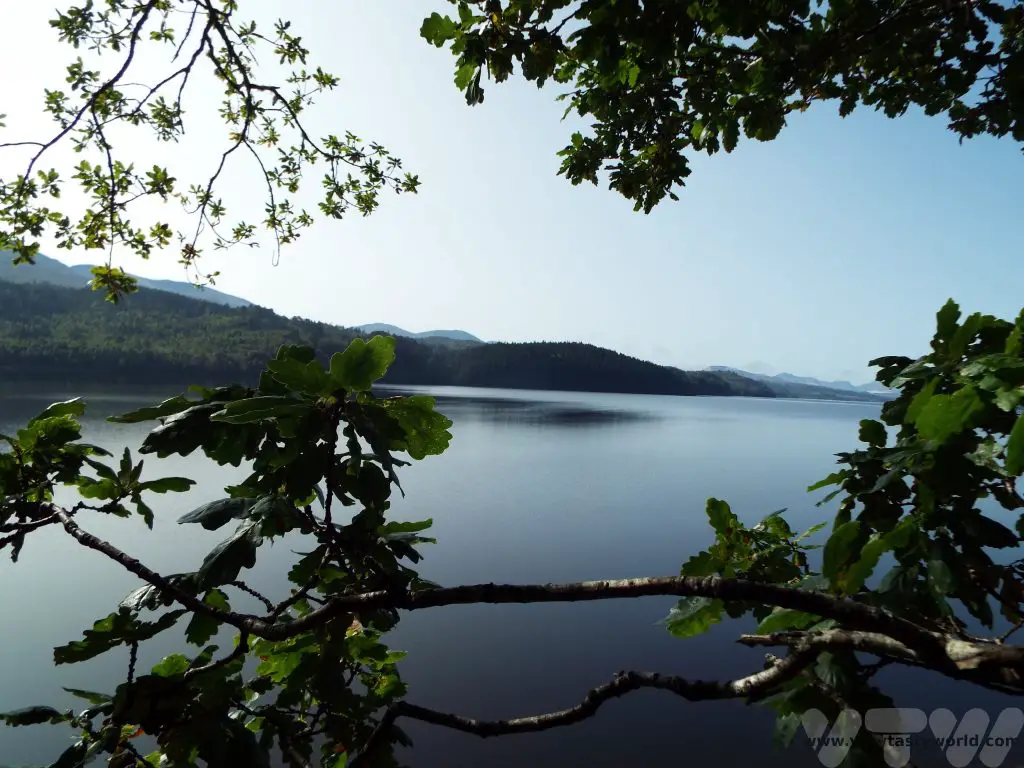
If you are travelling from the mainland you can take a ferry ‘over the sea’ to Skye from Maillaig or drive to the Kyle of Lochalsh and cross the beautiful bridge.
Just before arriving at the Kyle of Lochalsh you can visit the 13th Century Eilean Donan castle located on a small islet just off the coast and accessible via a bridge.
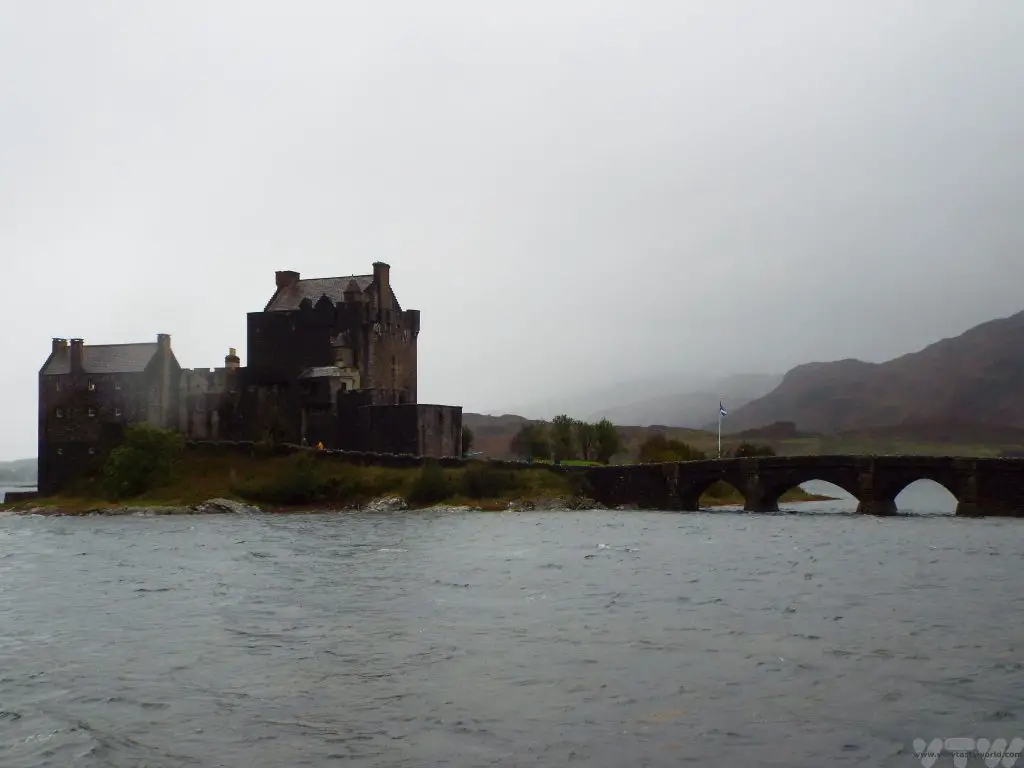

The Isle of Skye is much, much larger than you think it is. You really need a car to be able to explore it. The scenery is spectacular so take it slowly and enjoy a leisurely drive.
It’s worth noting that a lot of the villages marked on the map are very tiny, usually comprising just a few houses. Portree is the largest town on the island and would be a good central location to stay for a few days especially if you are exploring the northern attractions.
We stayed in Broadford which had some nice hotels and restaurants and was closer to the Skye bridge but further from some of the attractions. It meant quite a lot of driving each day, especially as roads on Skye can be slow. But then if the view from your bed looks like this, you really can’t complain.
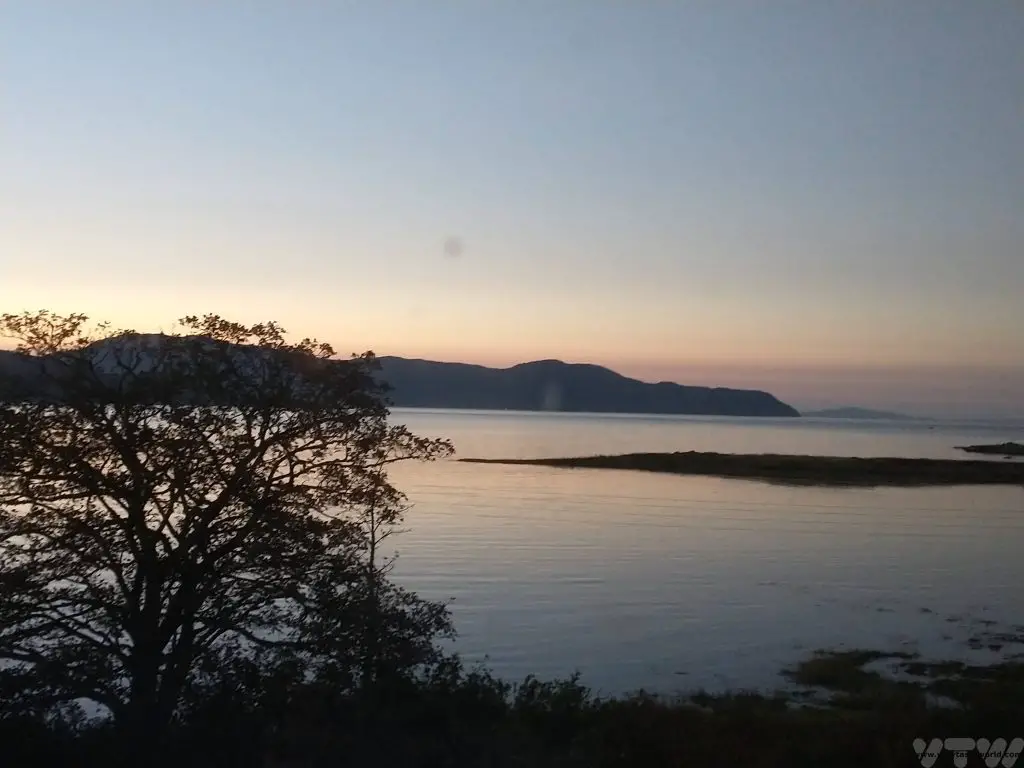
Oh yes, our hotel had a Cornetto hotline – free ice-cream on demand – which is a policy that should be implemented in hotels across the world.
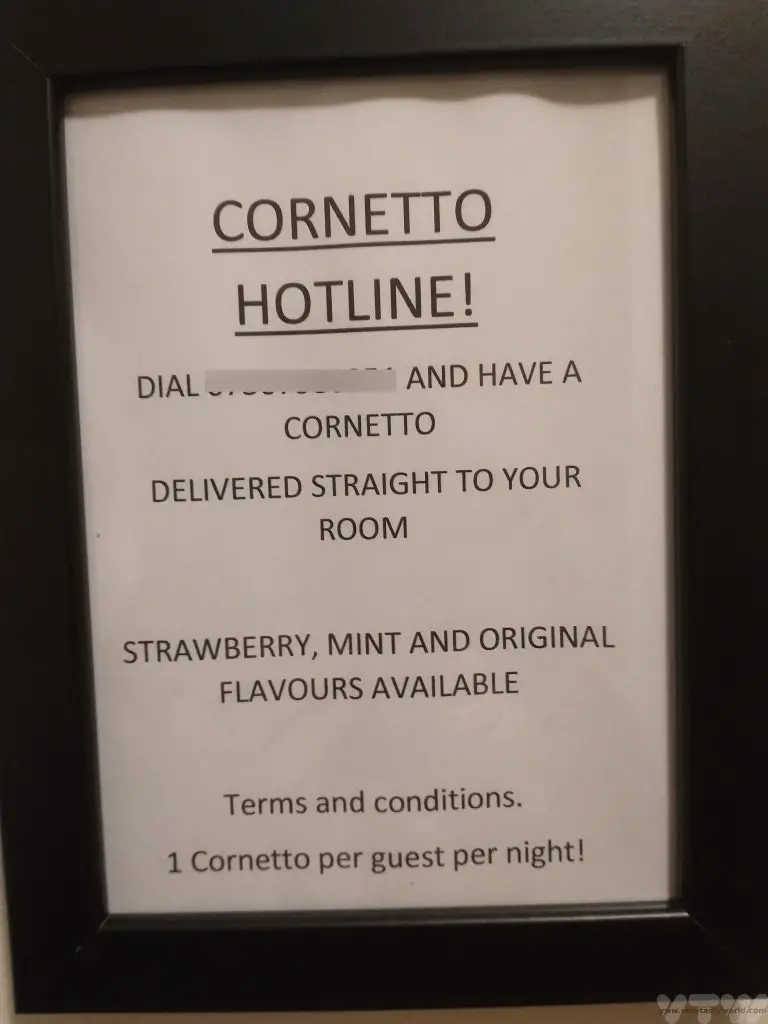
The Northern Part of the Isle of Skye
The Isle of Skye has some fantastic scenery although it can get crowded as it is a popular destination. A lot of the roads near the main geographical attractions are single track and it’s worth knowing the convention for driving on these sort of roads: Single Track road advice – Skye Guides Look ahead to see traffic that may be approaching and locate the next passing place. Only use the passing place to the left. If there is one on the right, wait on the correct side of the road and let the approaching car use the passing place.
If you have just passed a passing place but you can see that it would be difficult for oncoming traffic to have to reverse their car in order to allow you to pass (for example, if they have to reverse up a hill or around a corner) do the decent thing and reverse up. Also, if you are driving more slowly than other traffic, it’s polite to move into a passing place and stop briefly so that other drivers can overtake you. Take your time. The scenery around you is guaranteed to be gorgeous so relax and enjoy the drive.
There are also loads of walking opportunities across the whole island. The car park for the Old Man of Storr was absolutely chocka so we skipped that.
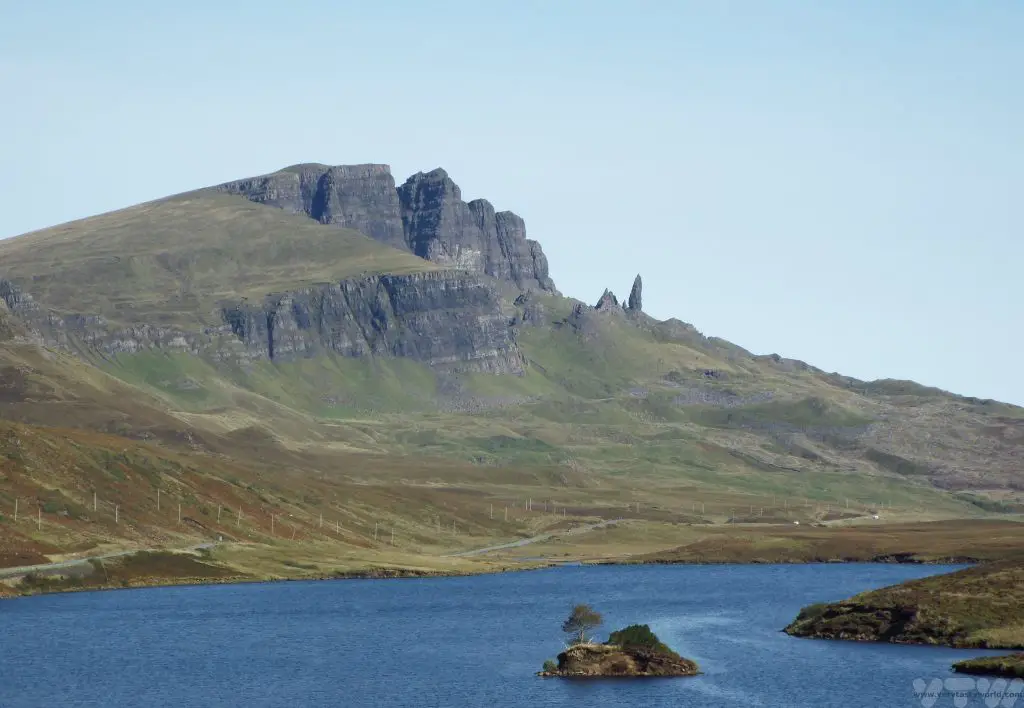
There are car parks scattered along the road for much of the northern part of the island and they are mostly free but you have to pay to park at some of the more popular attractions. They are usually not very far from a fantastic view.
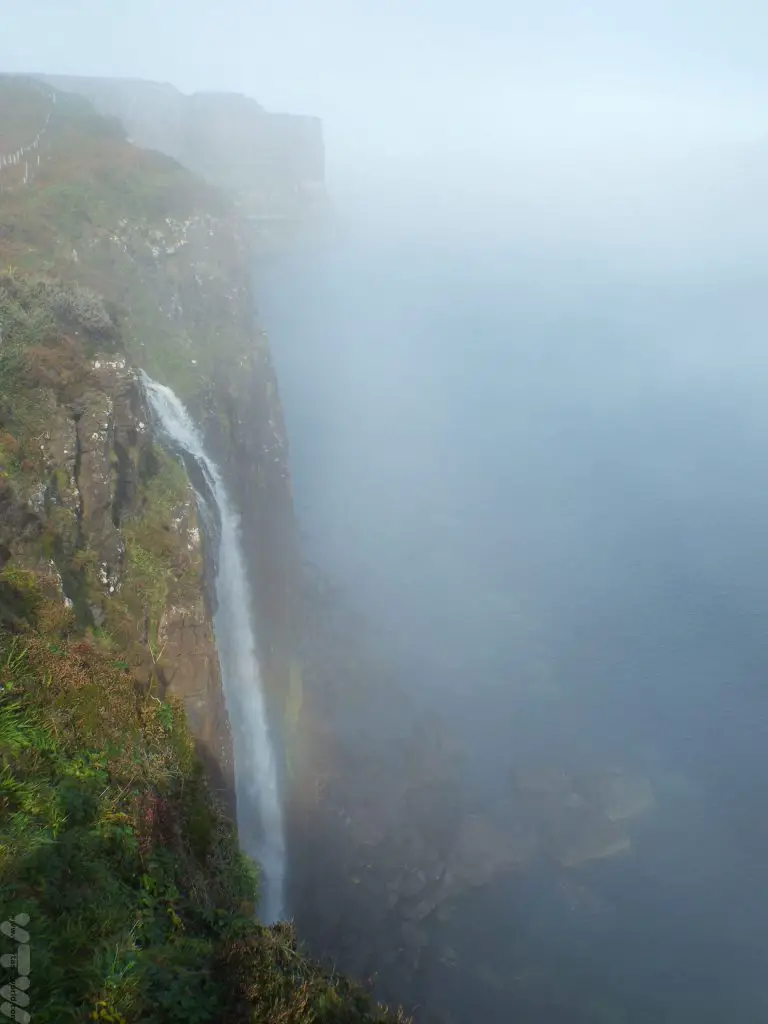
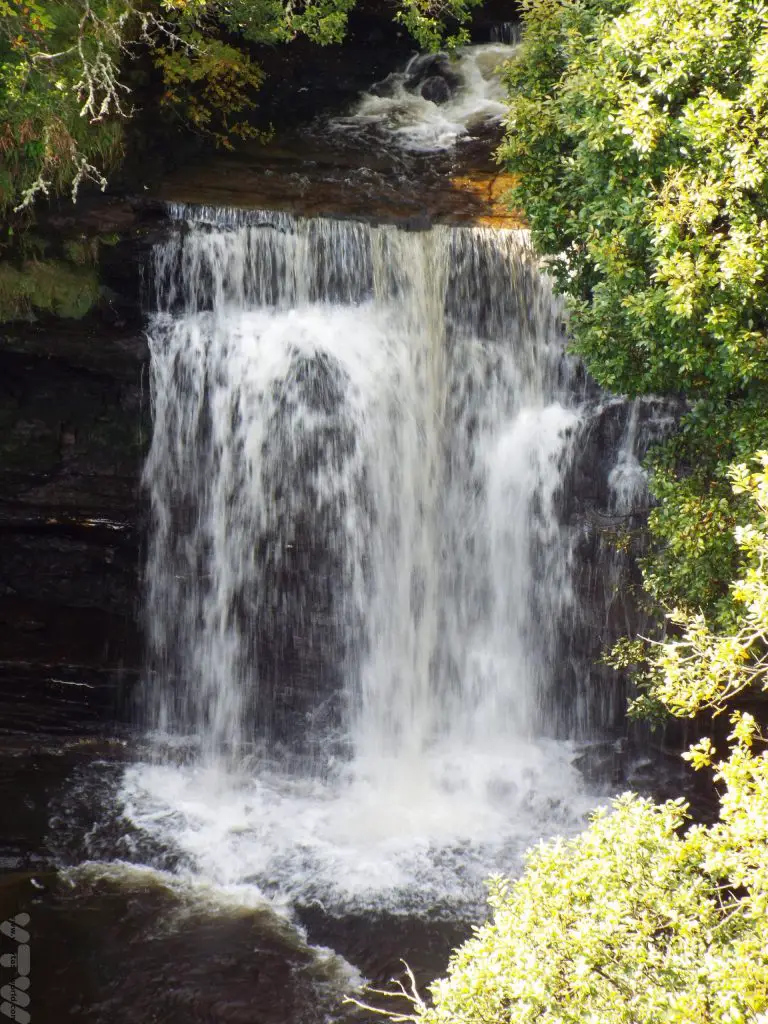
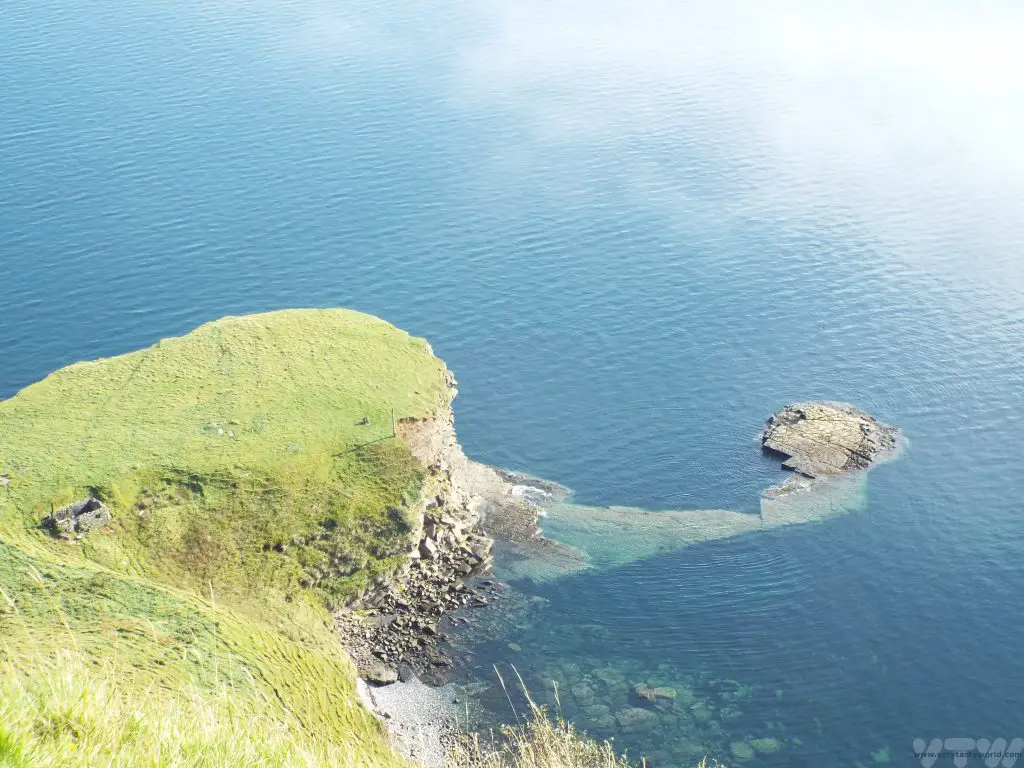
The Quiraing offers an amazing walk. Located right at the north of the island via a single track road the car park is located at the top of the hill. You can do a circular walk or just trek along the path and back. It’s absolutely manageable for the average walker but there are some sections where you may need to scramble. And the views are splendid.
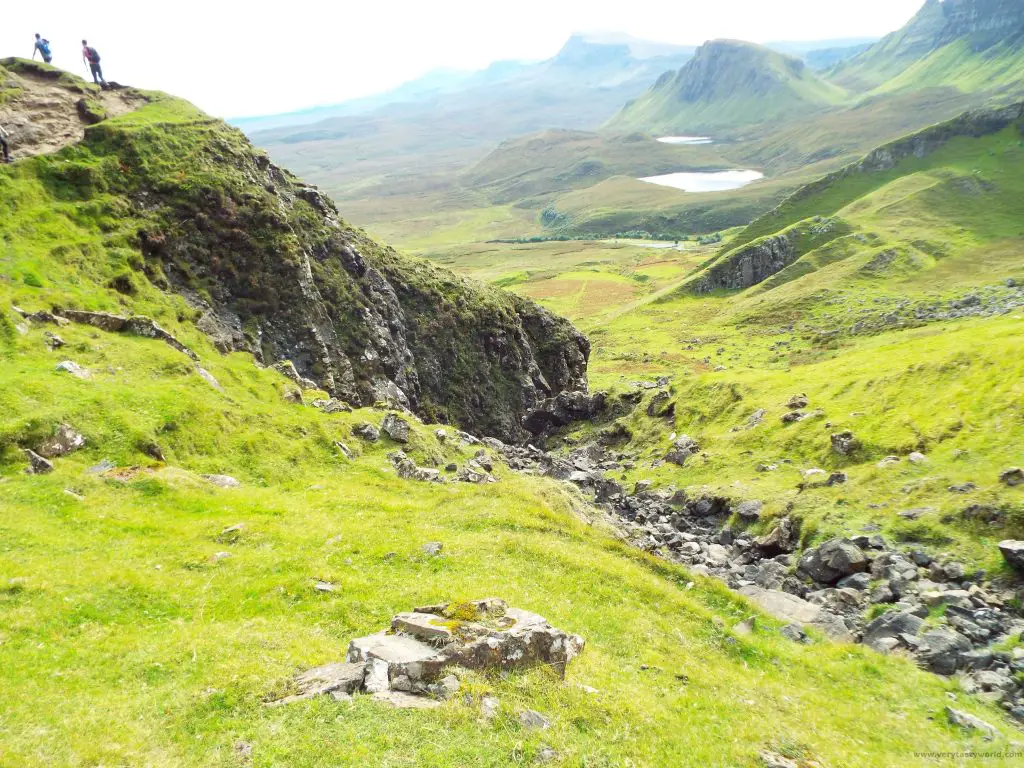
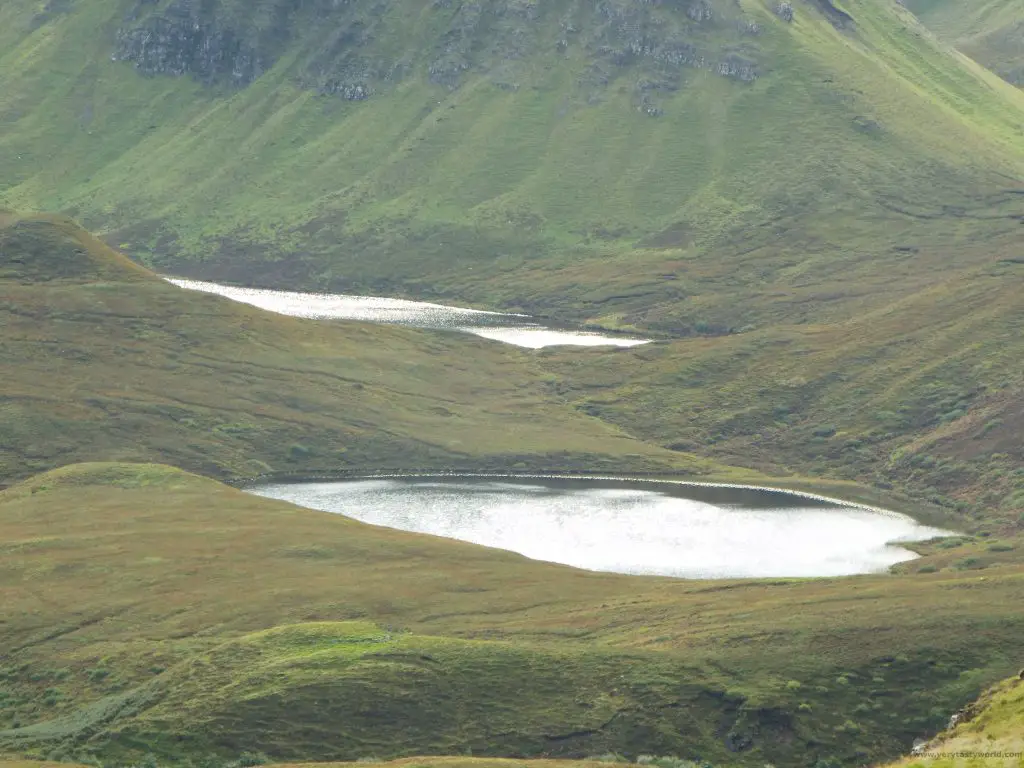
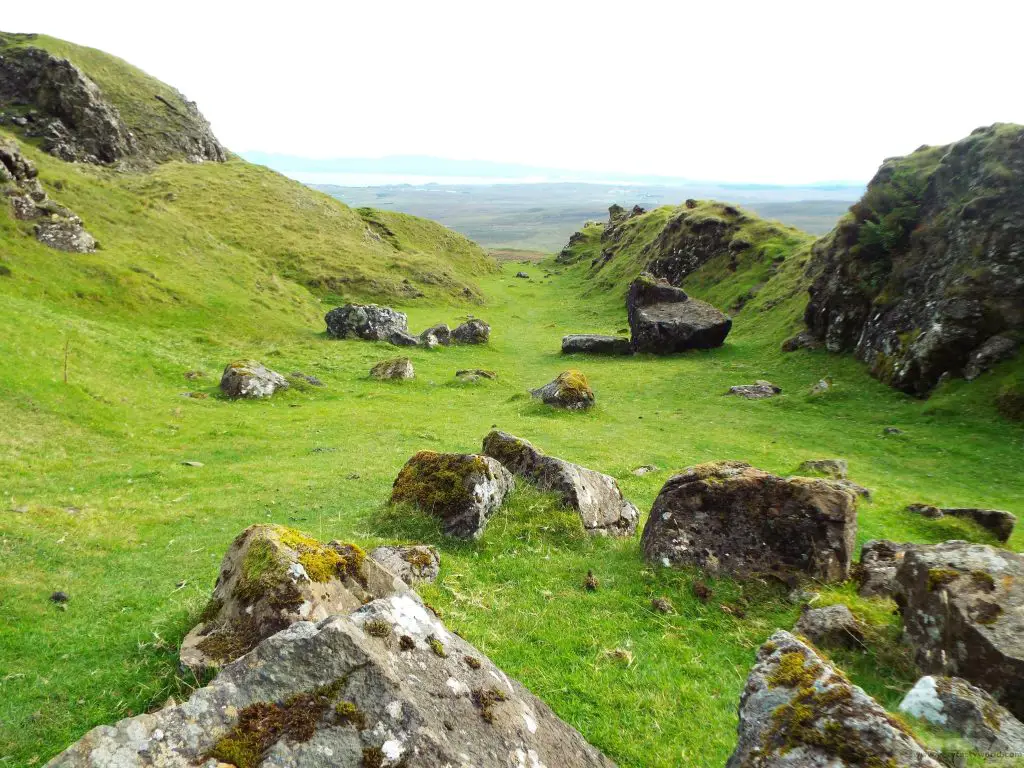
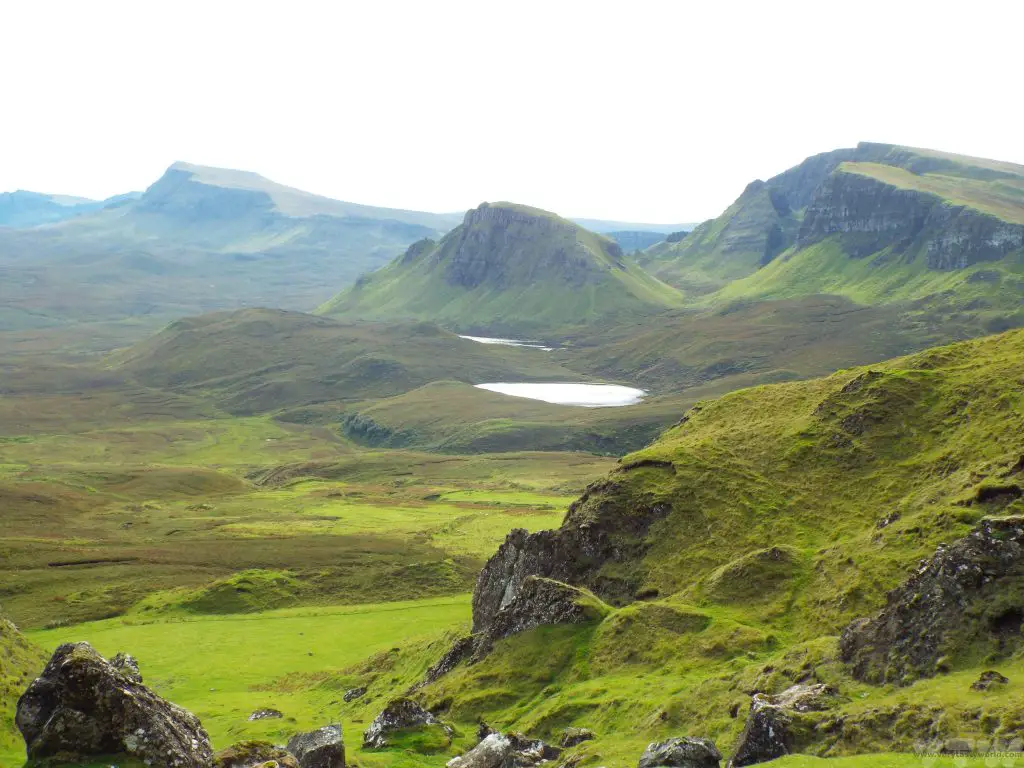
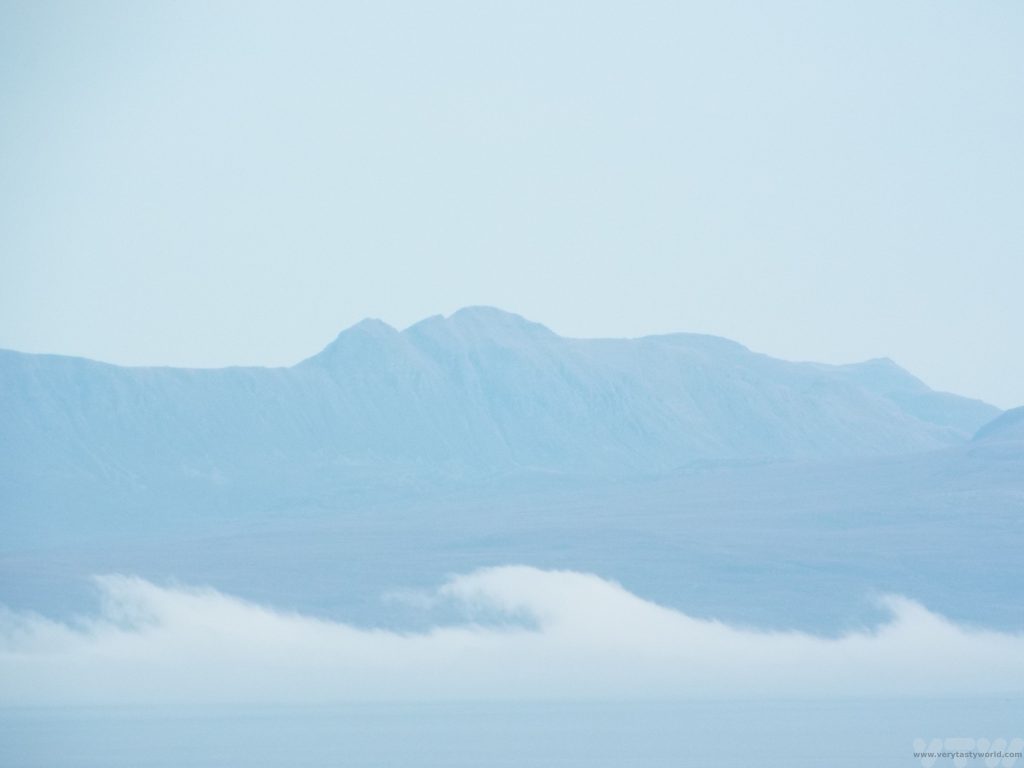
Carrying on over the top of the hill from the Quairang takes you to Uig, which has a pleasant harbour and also the Skye Brewery which makes cracking beers. The beers on offer are broad in range but because it was a cold and windy day we opted for two of their darker varieties. (Which, of course, we imbibed later that evening as it was a long-ish drive back to the hotel.)
Skye Tarasgeir beer has a wonderfully complex flavour and you can really taste the peat on the malts. It’s light on the palate initially but the flavour develops and lingers on the finish. A fine quaffable beer.
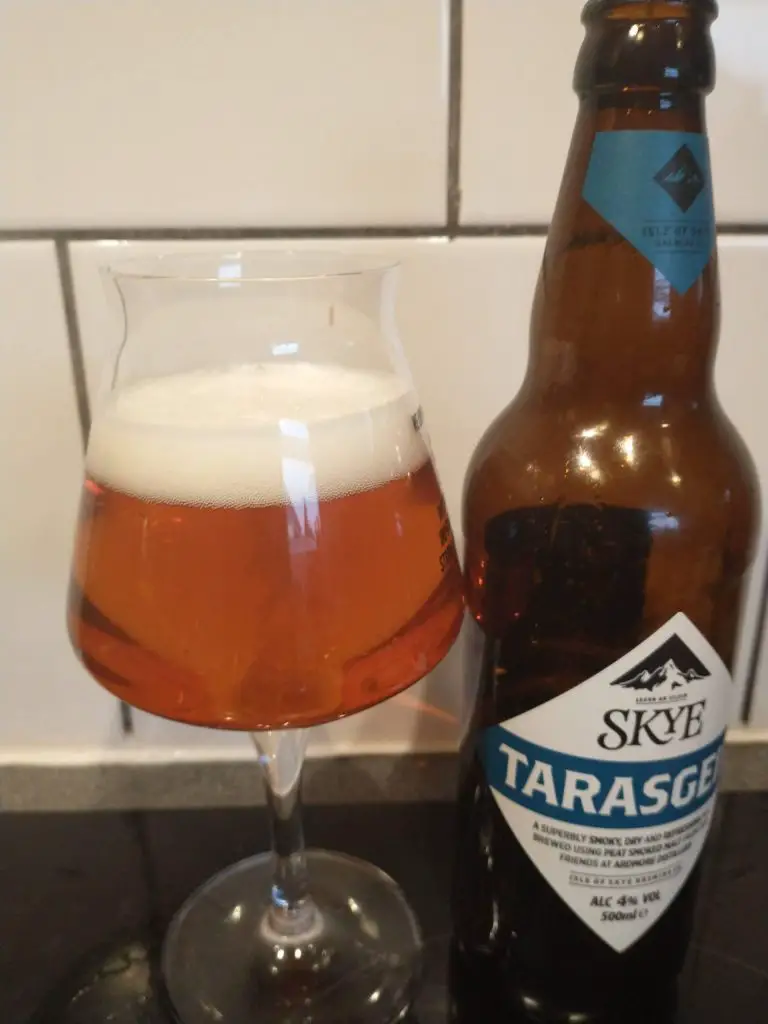
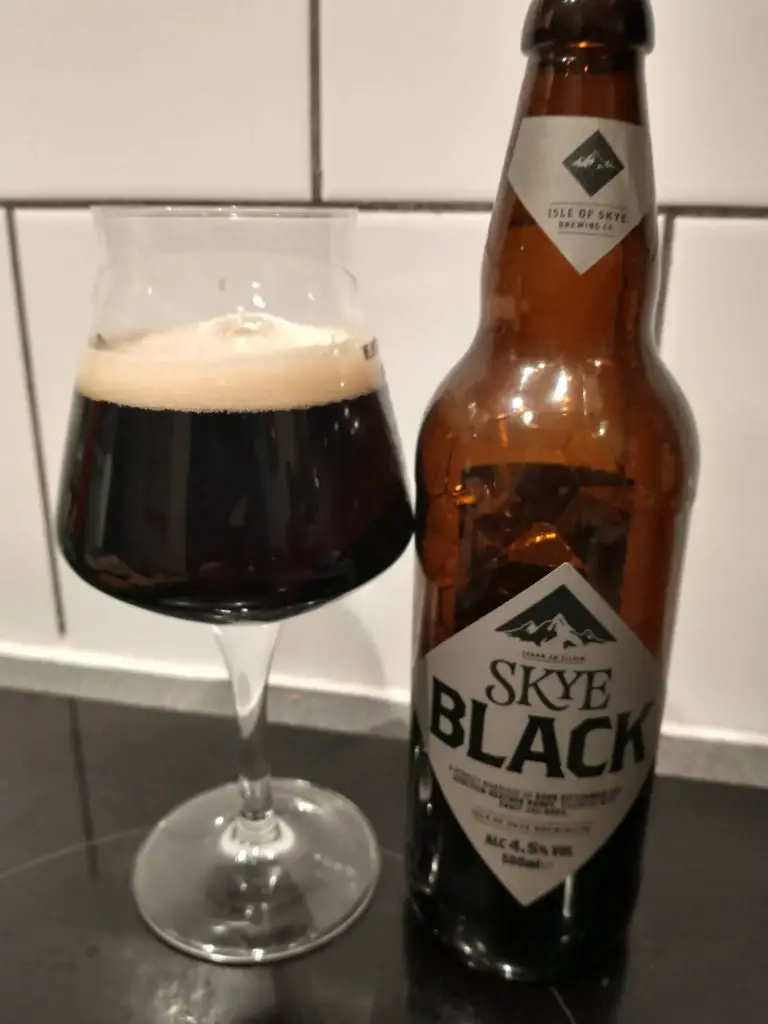
As expected, Skye Black is a very dark. On first taste it feels like a porter. Roasted malts give bitterness but this is tempered by the addition of local heather honey which comes through subtly. It also has rolled oats and hops which add to the flavour to the beer.
Close to Uig is the Fairy Glen, a delightful landscape.
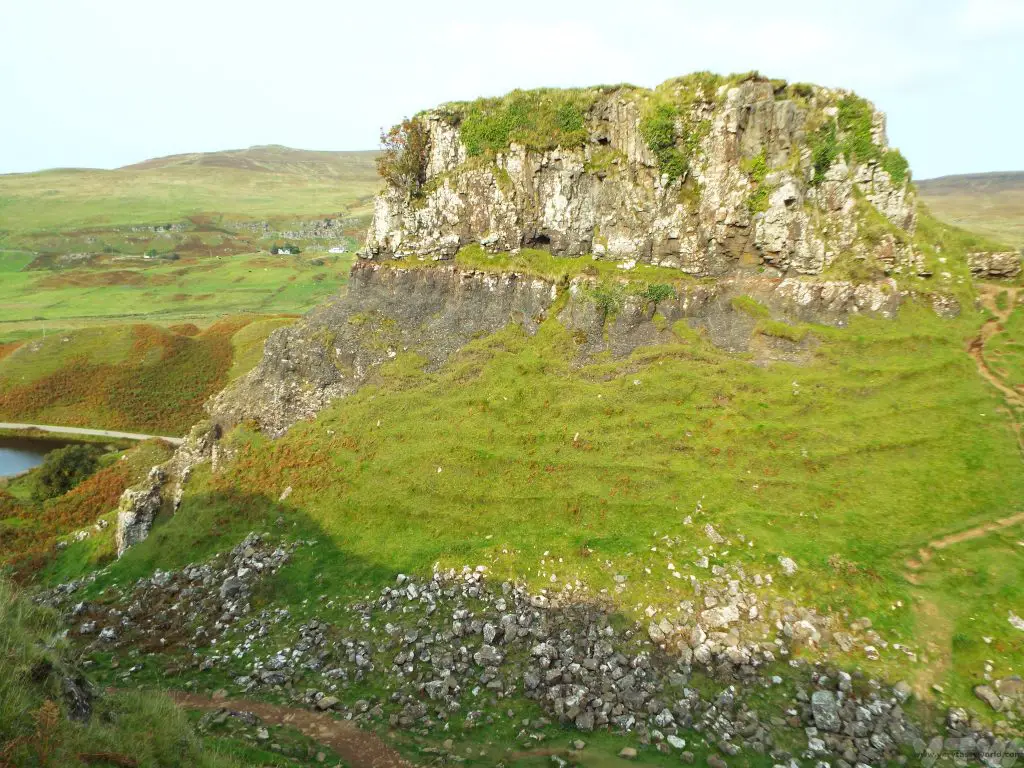
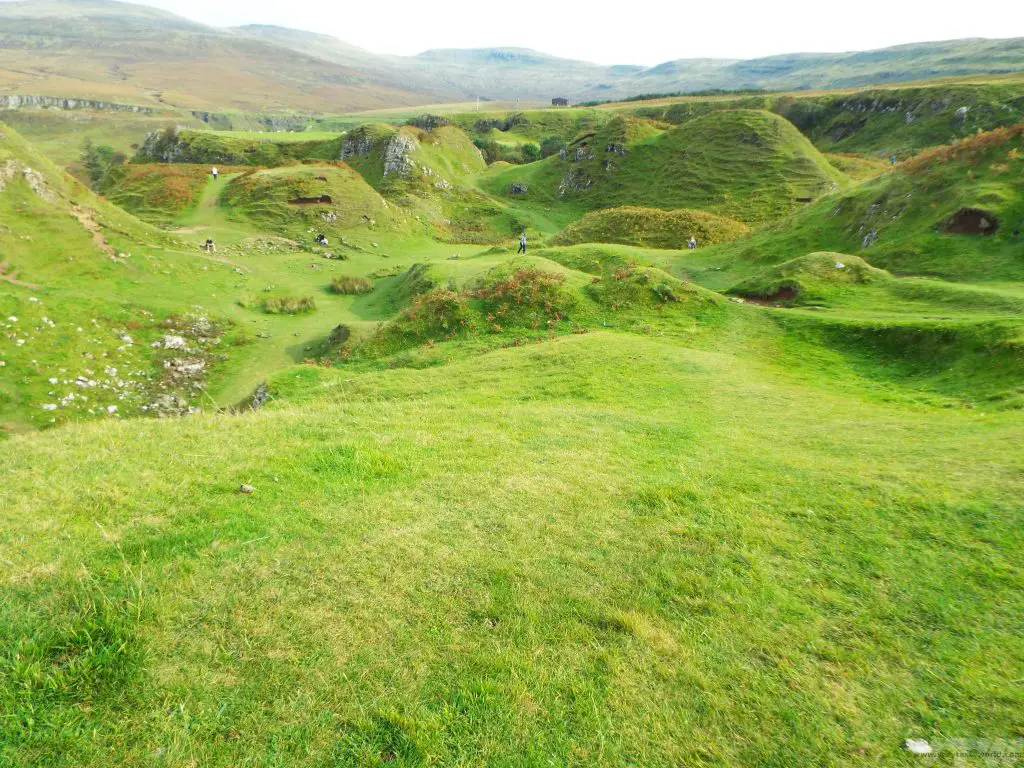
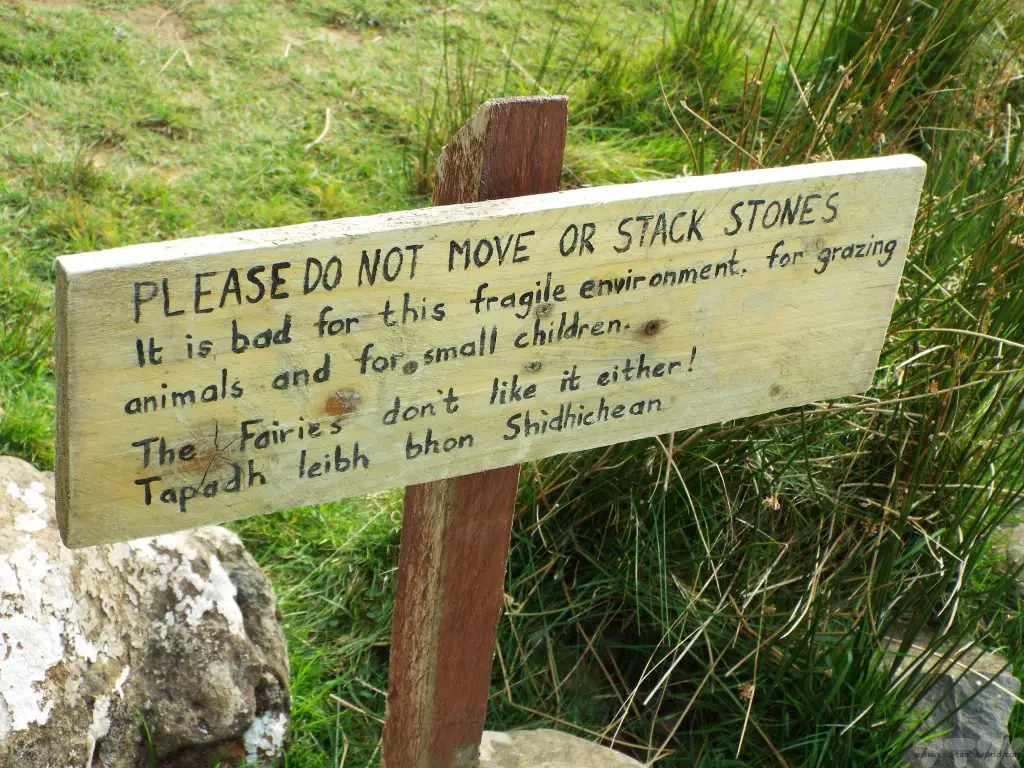
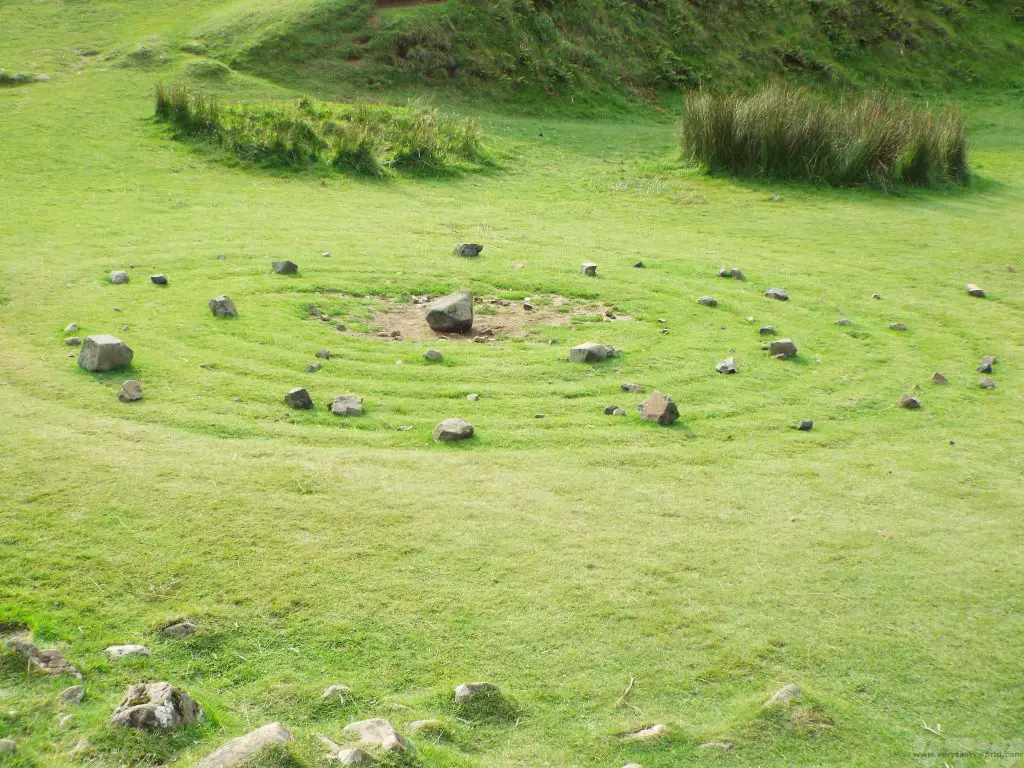
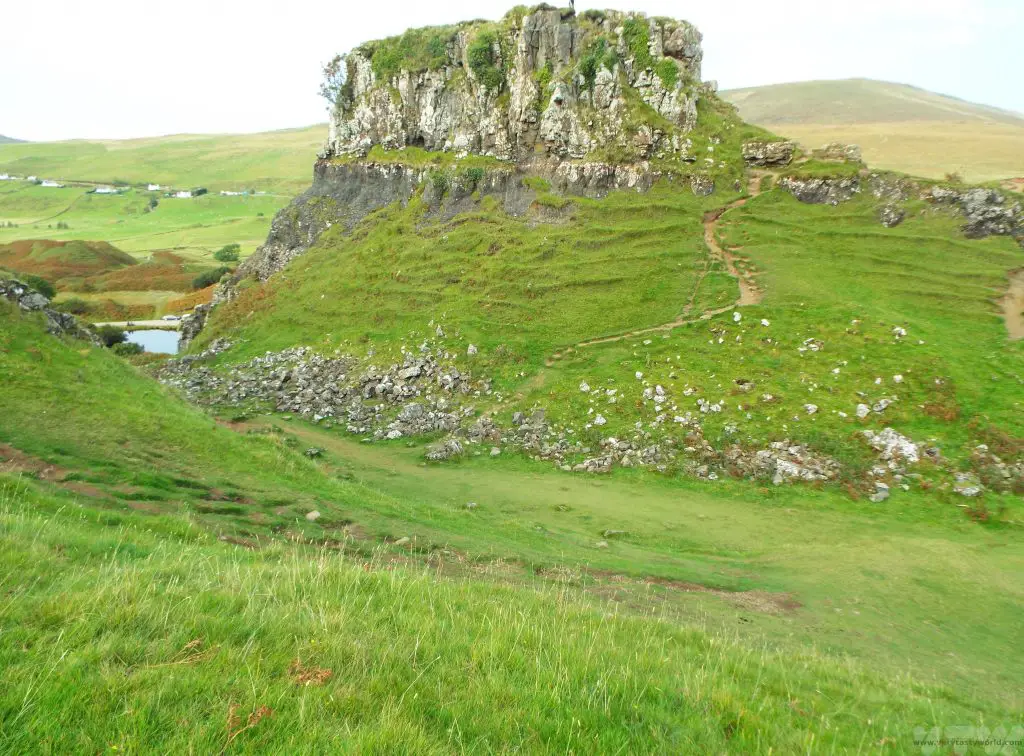
Neist Point is a remote lighthouse located on a peninsular and again offers spectacular and dramatic views. It is possible to walk to the lighthouse (just park with all the other cars along the roadside).
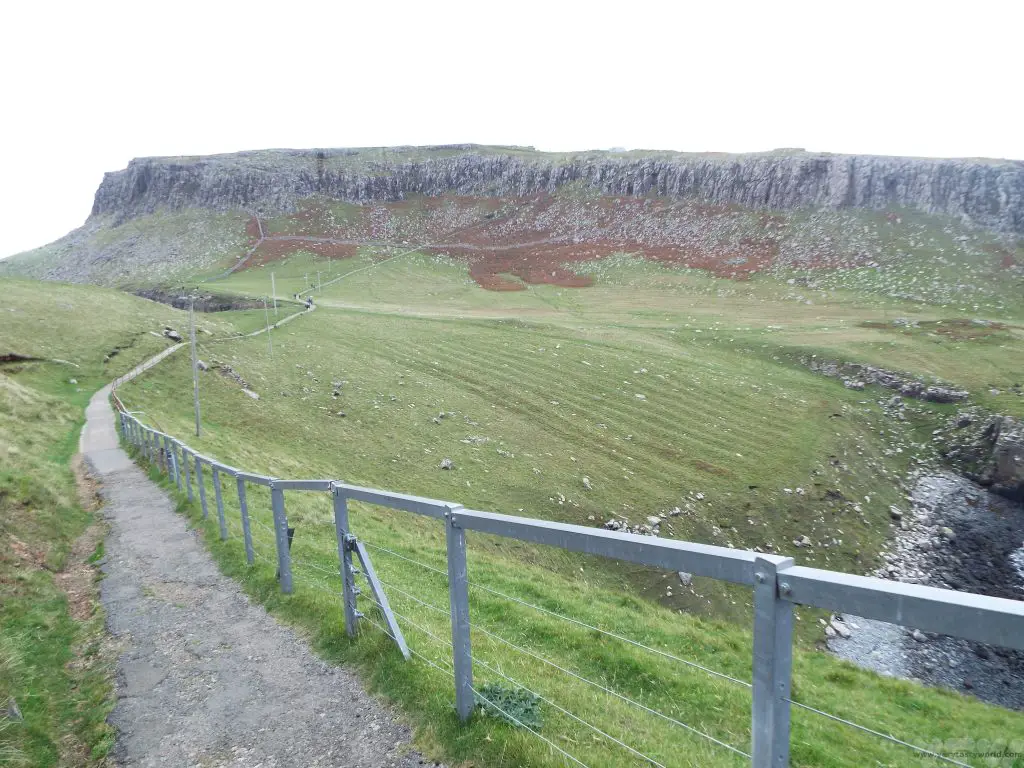
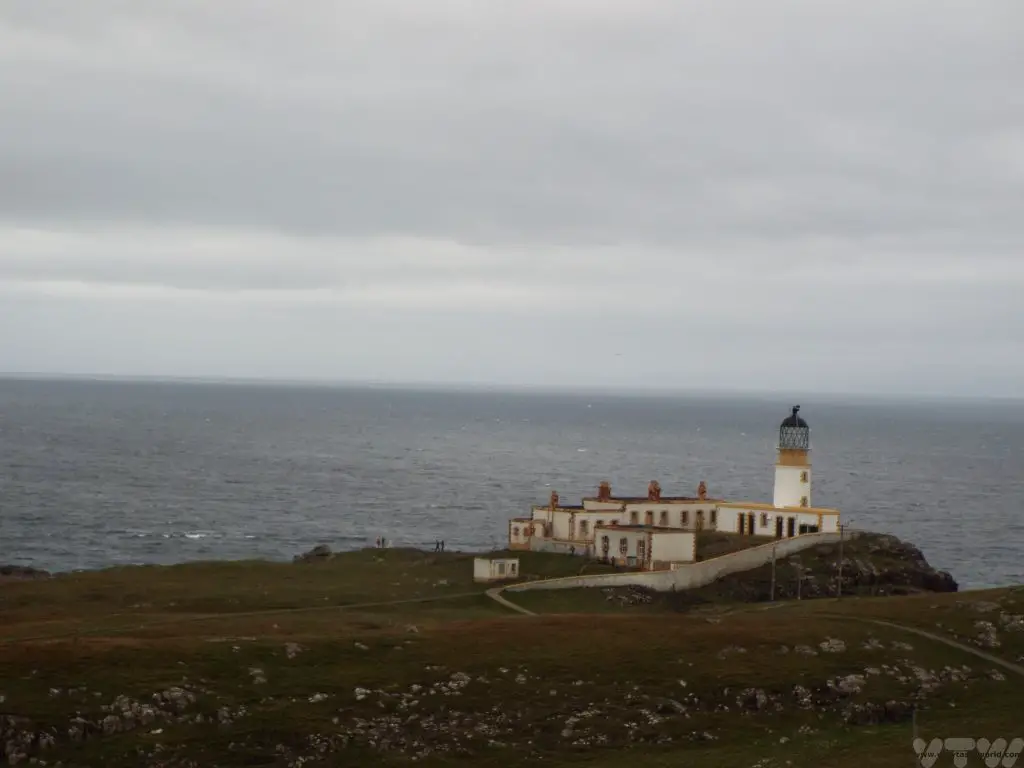
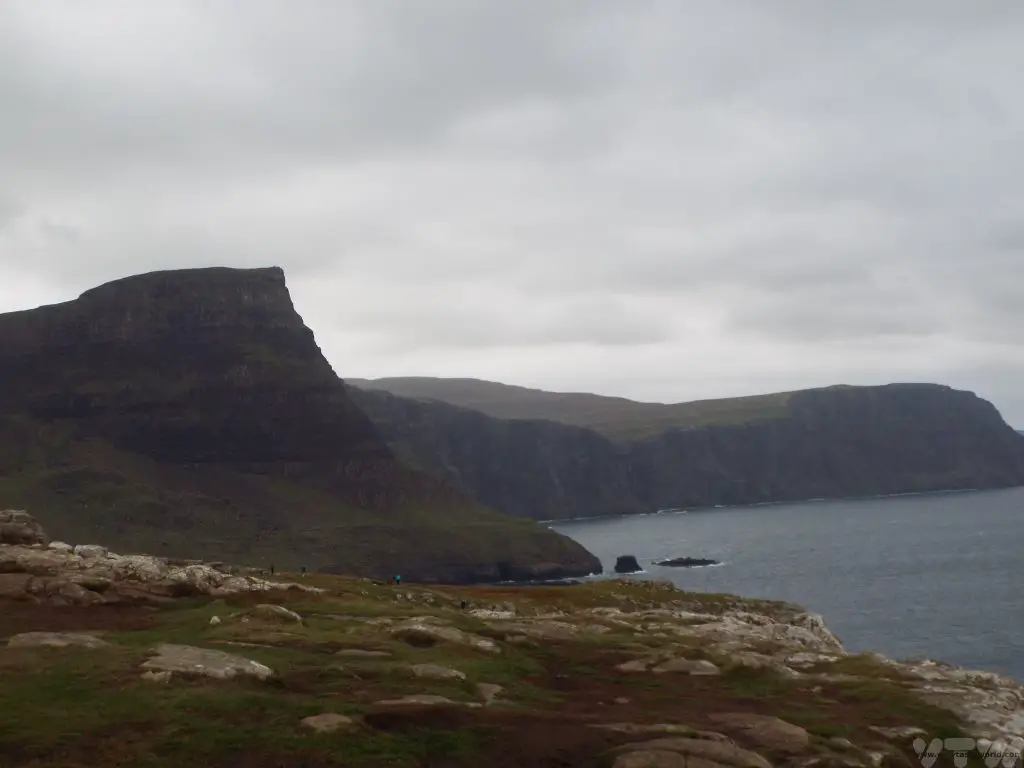
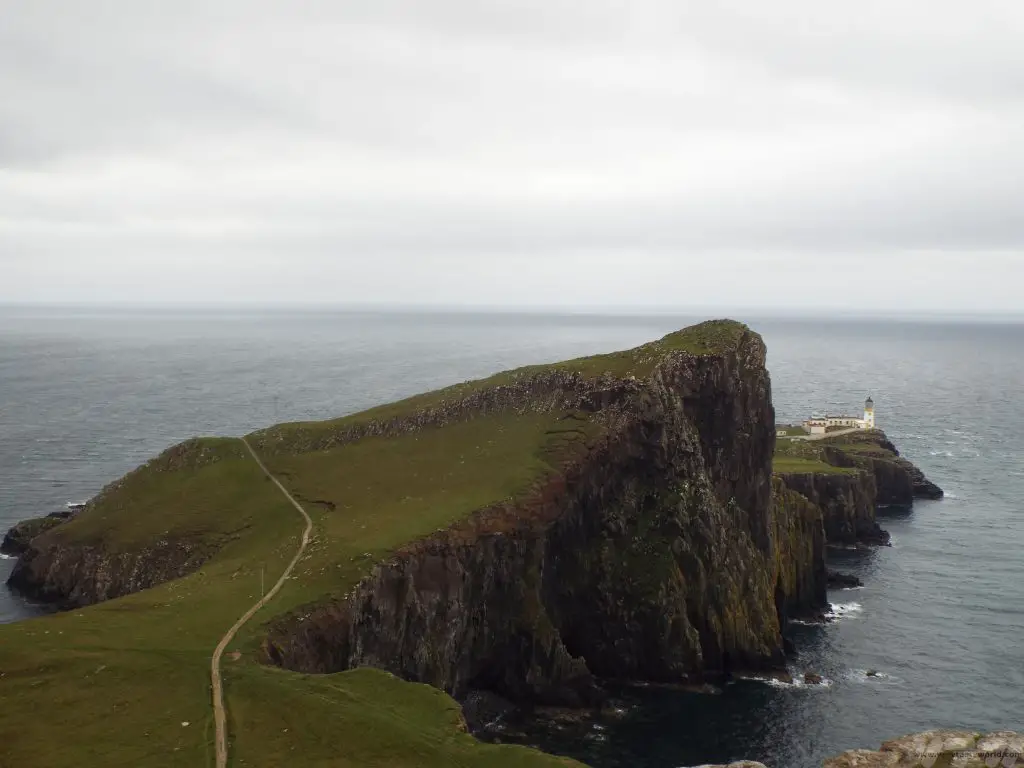
Further south on the western coast, the Talisker Distillery offers tours but can get very busy. It’s the oldest and probably the best known whisky distillery on the island. It’s well worth booking a tour in advance if you’d like to visit. Even the shop had a half hour queue when we turned up.
Leaving the Isle of Skye
On leaving the Isle of Skye and heading back into the Scottish mainland there are some other interesting stop-off points.
We were generally blessed with uncharacteristically good weather for much of our trip to Scotland. Unfortunately on our way back from Skye the rain swept in and, while we went to the Five Sisters of Kintail viewpoint, reputed to be one of the finest views in Scotland, we didn’t experience it at its finest.
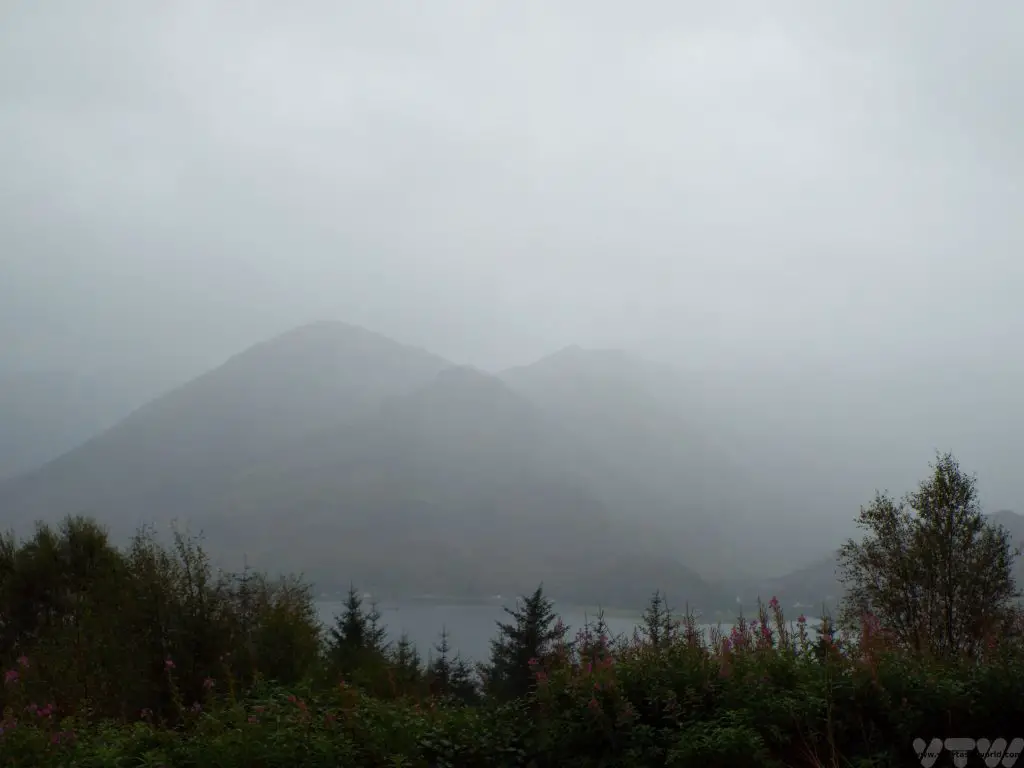
The Glenelg Brochs, Dun Telve and Dun Troddan, are amazing dry stone constructions over 10m tall with a concentric design that provides an outer and an inner wall. They date back to the late Iron Age and are around 2000 years old.
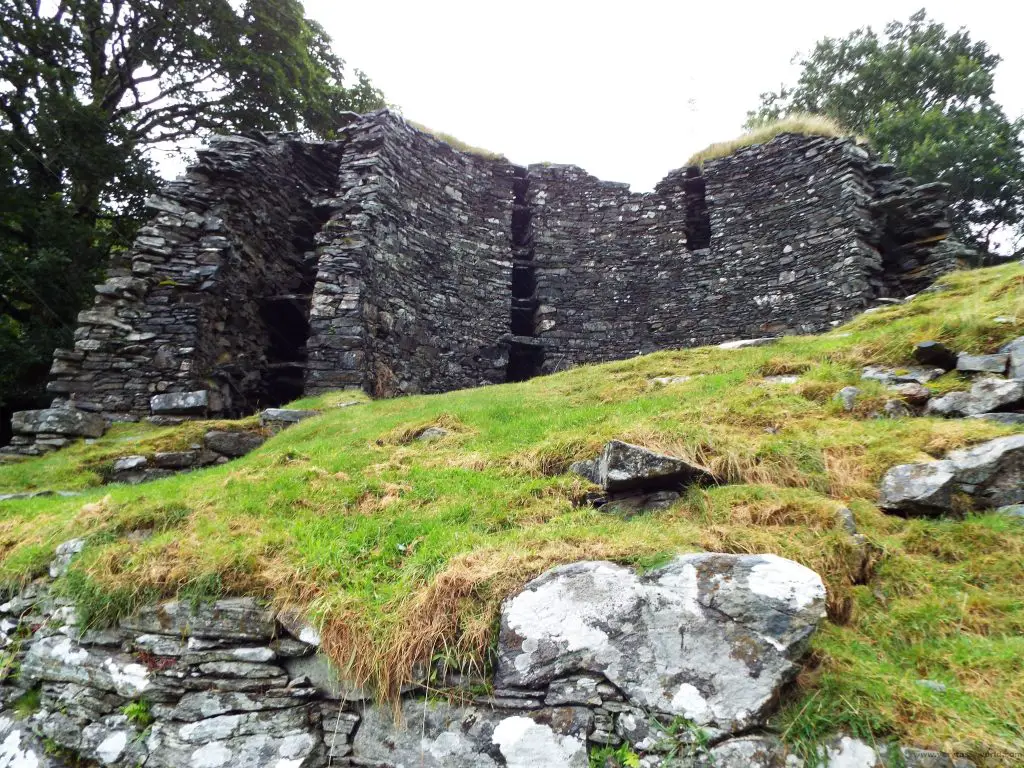
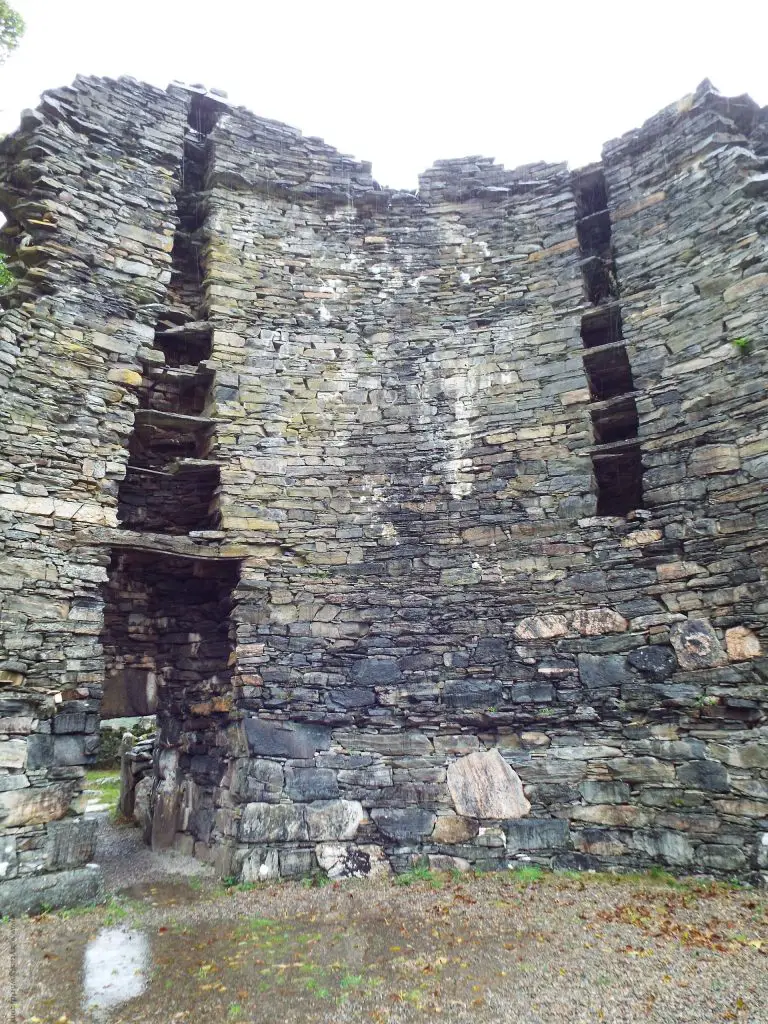
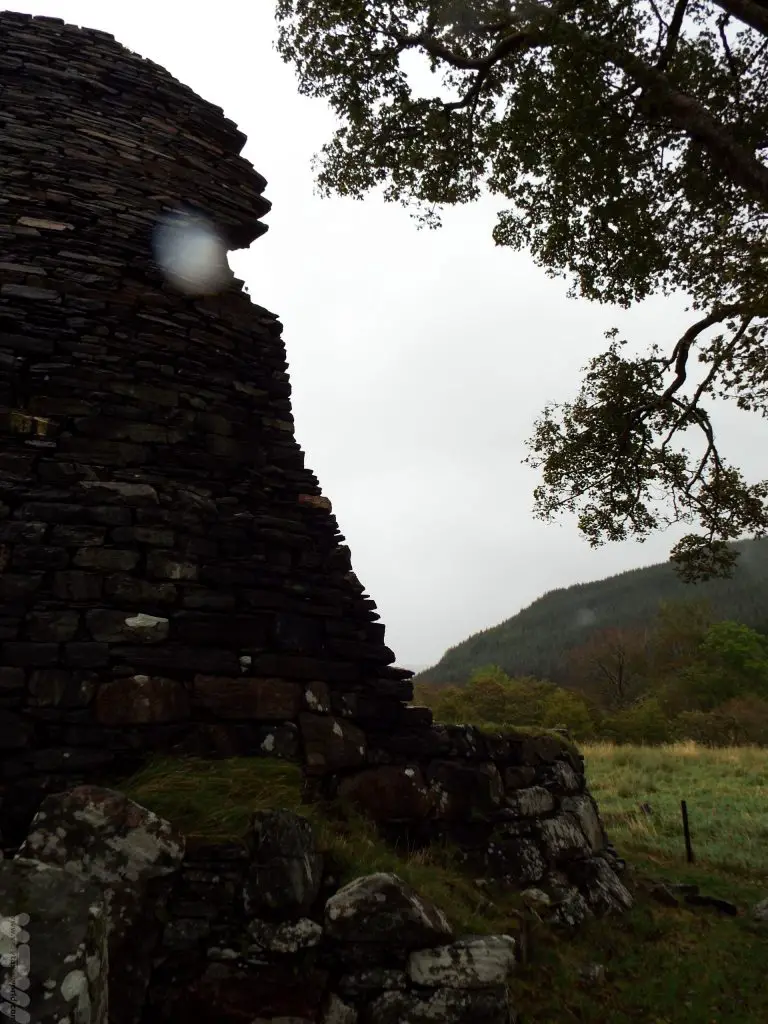
They are something of a cross between and fort and a mightily impressive house. You are free to wander around them.
Incidentally, the little village of Glenelg has probably the coolest twinning on the planet.
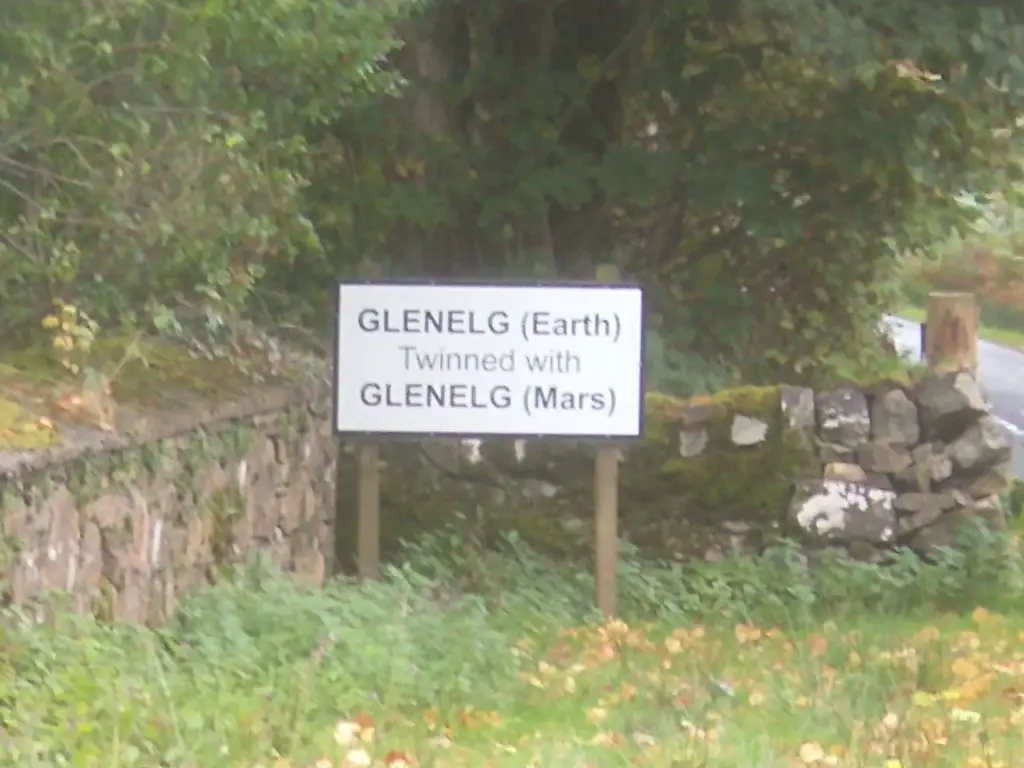
Related Posts You May Enjoy

The Maipo Valley in Chile
You’re the Wine That I Want
Less than an hour’s drive from the bustling capital Santiago is Chilean wine country. The Maipo valley is ideally located for growing vines – a combination of perfect soil, altitude and climate.
Concha y Toro is probably Chile’s most famous wine producer – its wines are exported all over the world. Their working vineyard isn’t available to visit, which is a shame, but just outside the village of Pirque they have a visitors’ centre whereby you can tour the grounds and cellars as well as visit a very big shop. There are tours available in English and Spanish which all have a set starting time.
The vineyard was established in 1883 by Chilean businessman Melchor Concha y Toro who recognised the potential for winemaking in Pirque. He procured French vines from Bordeaux and invested in the equipment needed to start producing wine on a grand scale.
You get to see the exterior of the family house, its gardens and a display areas showing the different grape varieties with commentary on how the grapes are cultivated.
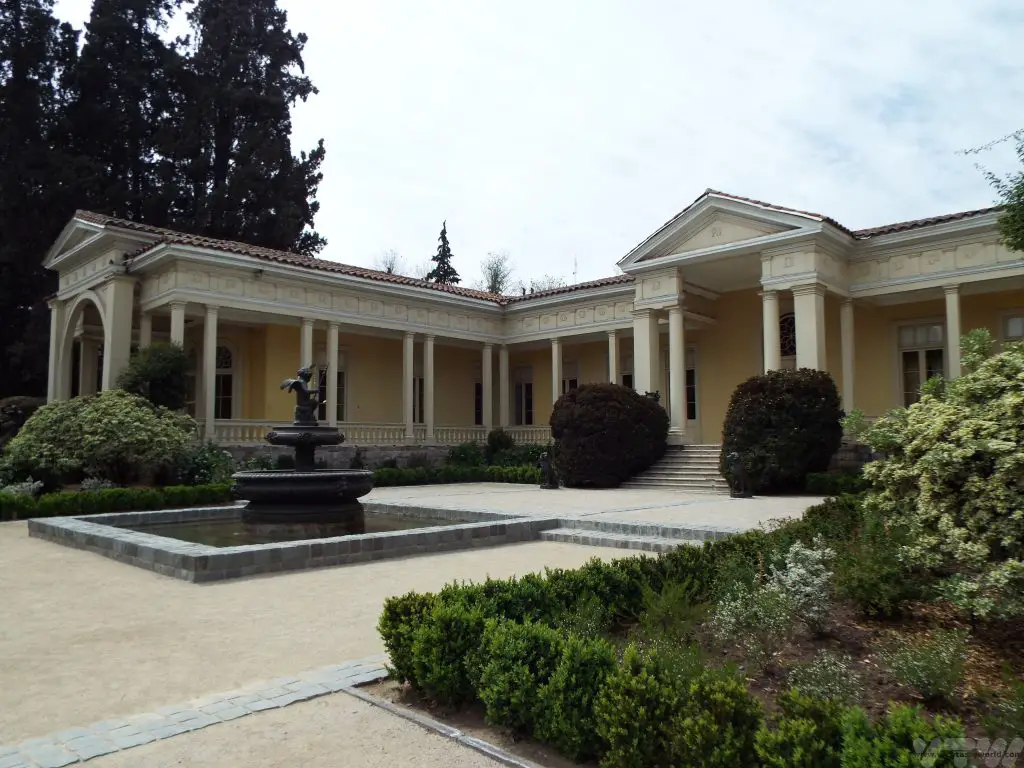
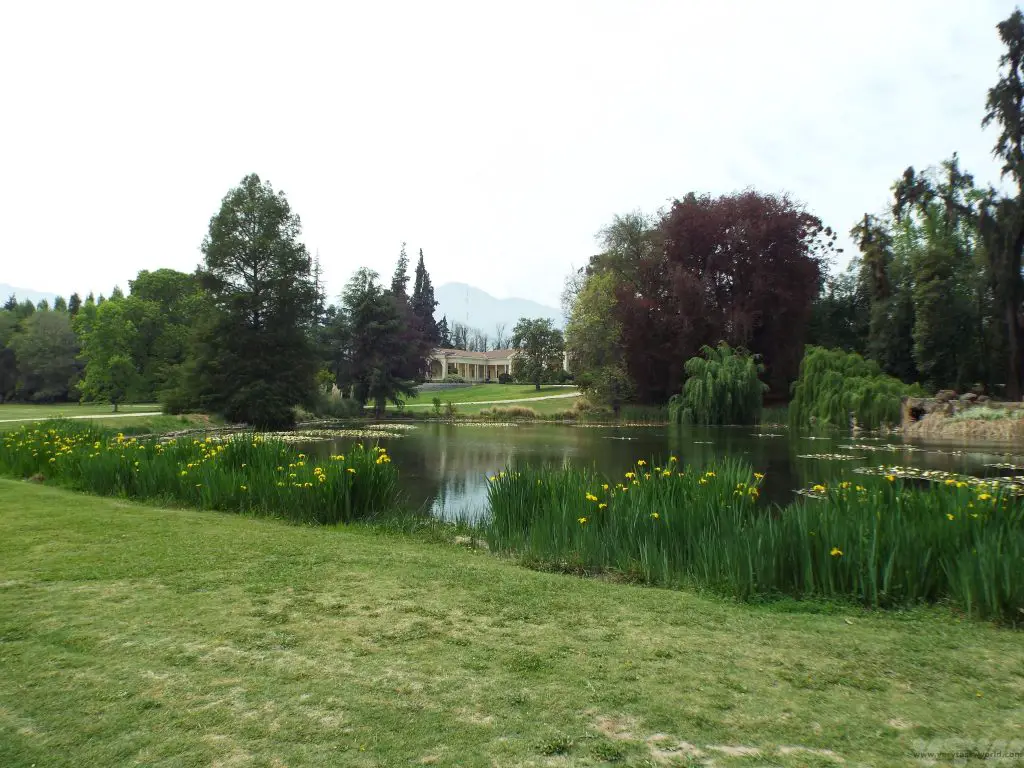
Then it’s into the cool, cool cellars where you can see lots of barrels and a sound and light display.
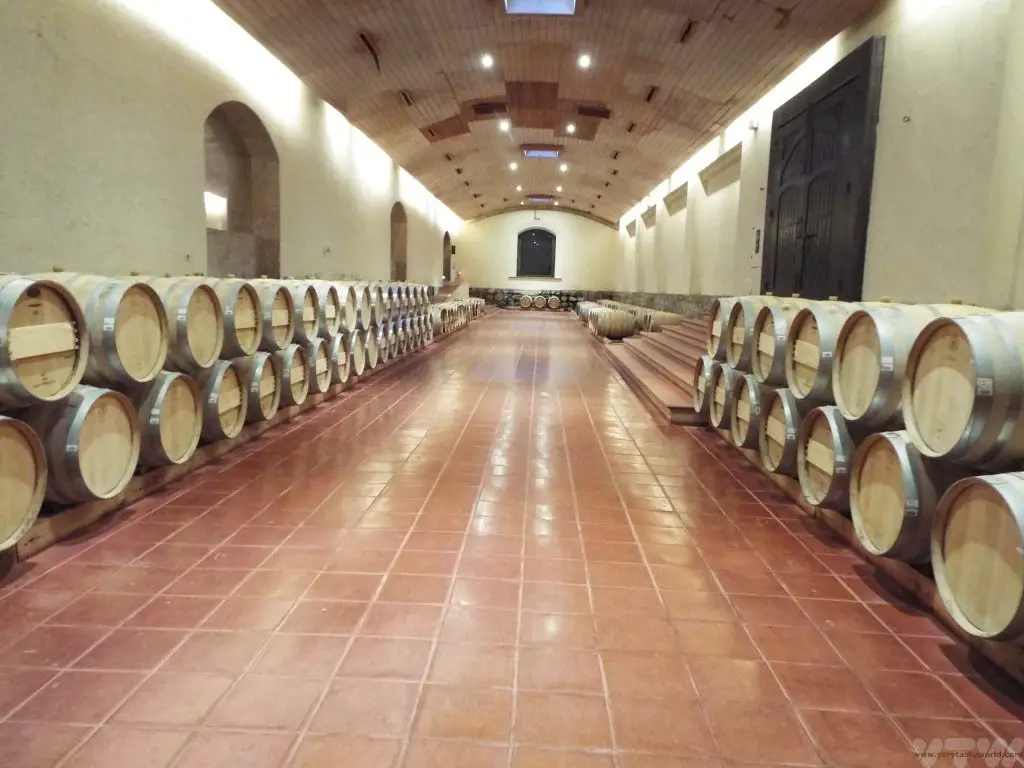
There was a legend that in the early days of the winery, despite the cellars being locked, bottles of wine used to go missing overnight. The owners started a rumour that the devil lurked within the cellars. And since that rumour circulated, not a single bottle of wine ever went missing again.
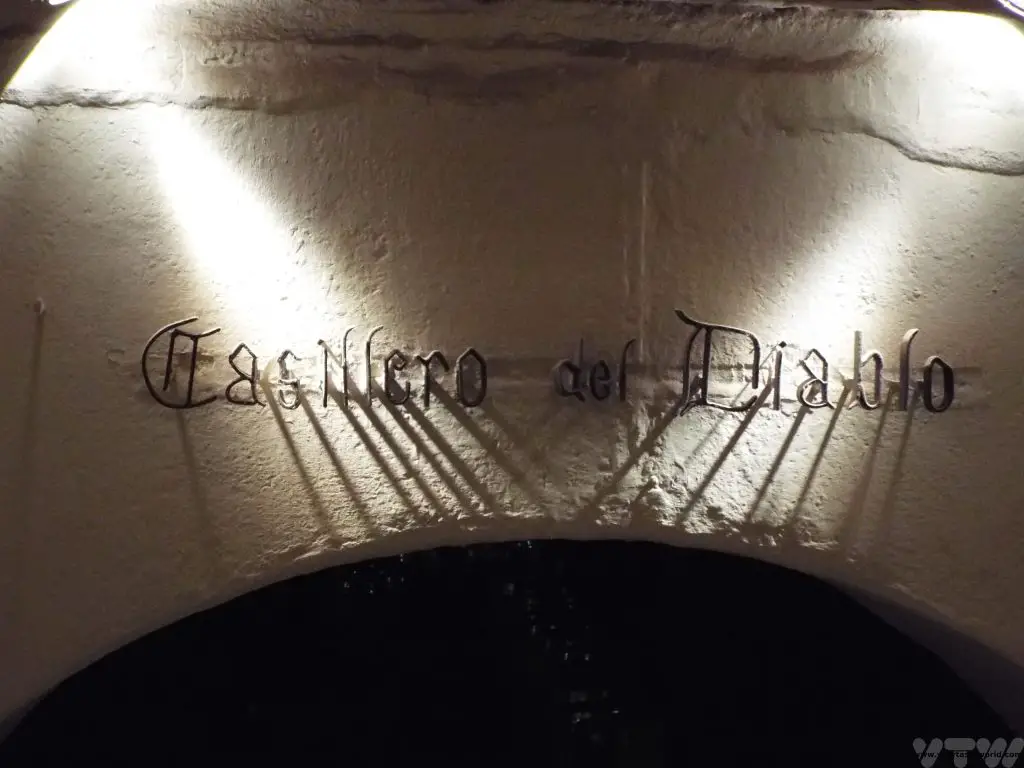
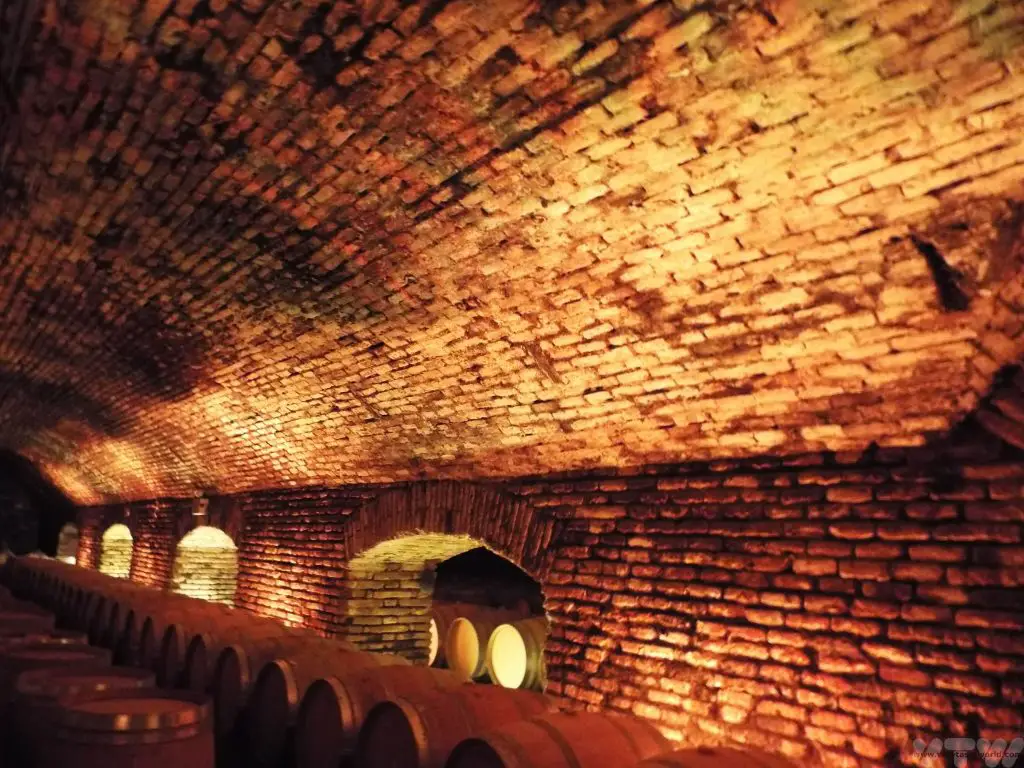
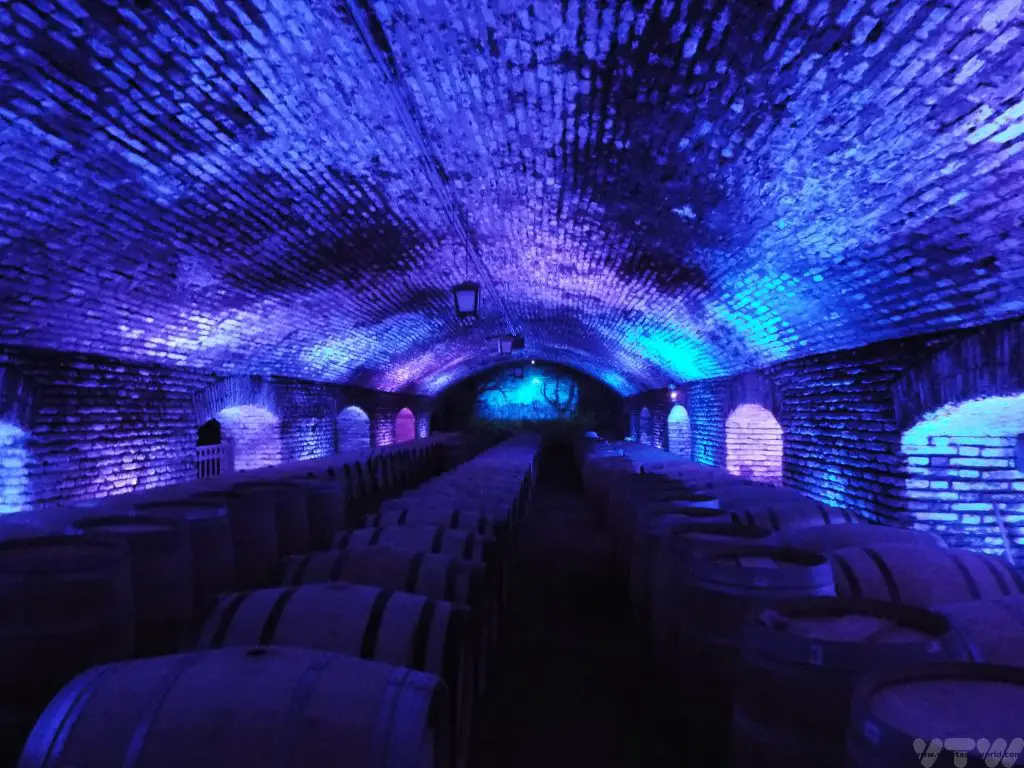
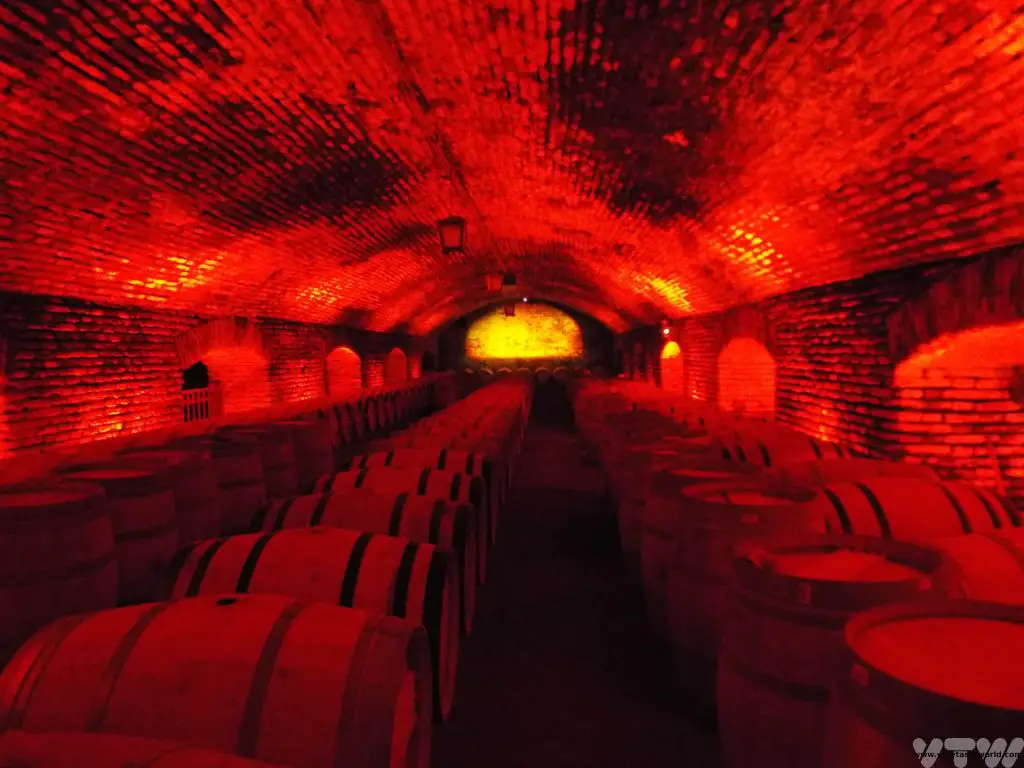
Maipo Valley Wine Tasting
You are given a tasting glass which you can keep. (If you are travelling to other destinations, stuff a t-shirt inside the bowl, wrap it around the whole glass, taking special care to protect the slender stem, place the whole lot gently back into its souvenir box and hope for the best – both of our glasses survived a further fortnight travelling around South America.) And receiving a glass means you get to taste a variety of the winery’s produce.
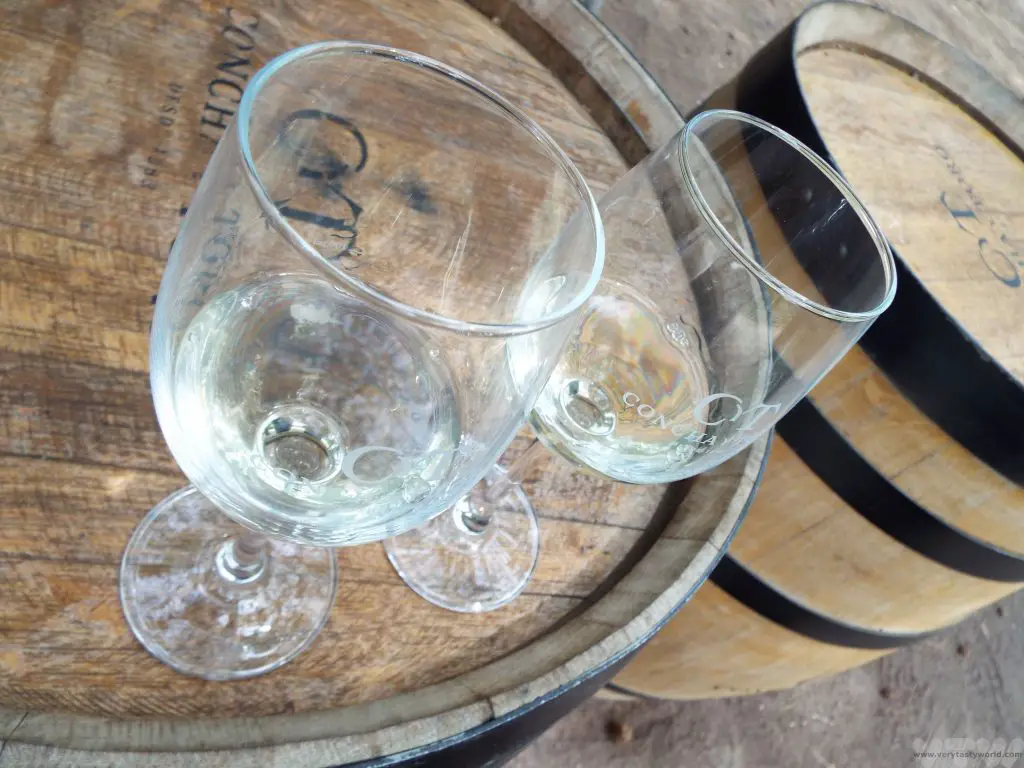
Originally grape varieties were brought over to the Maipo Valley from Europe (Bordeaux) and these included Cabernet Sauvignon, Sauvignon Blanc, Semillon, Merlot and Carménère. The latter is very rare in Europe these days, having been pretty much destroyed by the dreaded phylloxera, a sap-sucking bug. So Chile is now the Carménère capital of the world. It’s a variety that we had never tried before. The wine we tasted was incredibly fruity, like raspberries and cherries with sour notes and a lingering finish.
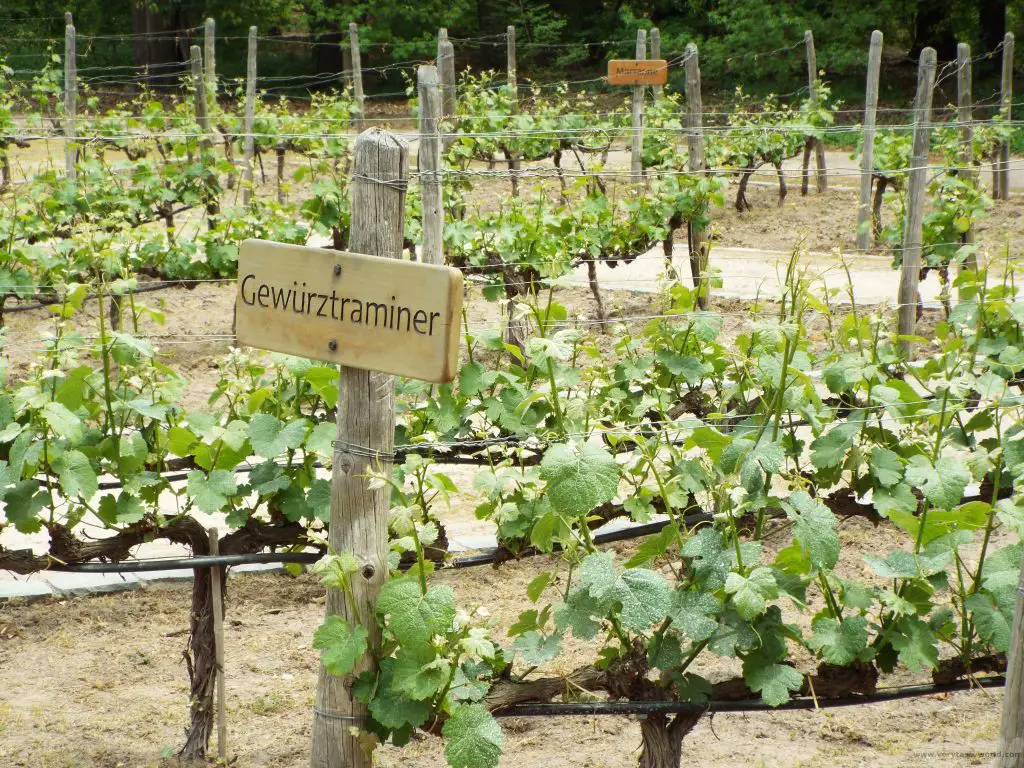
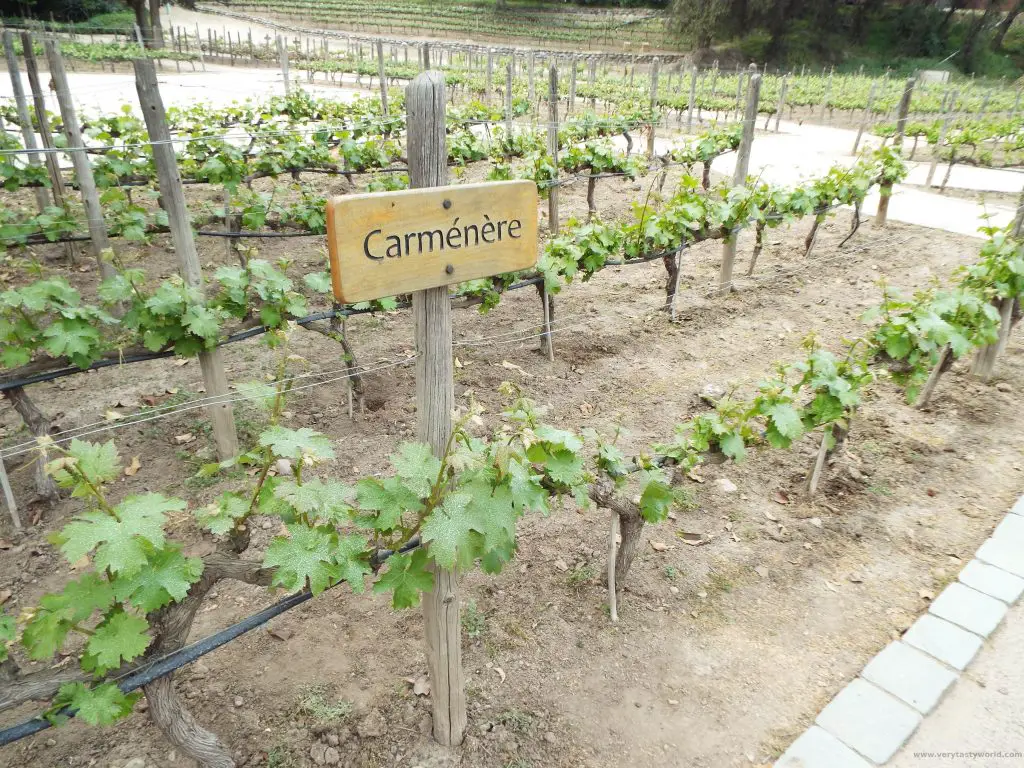
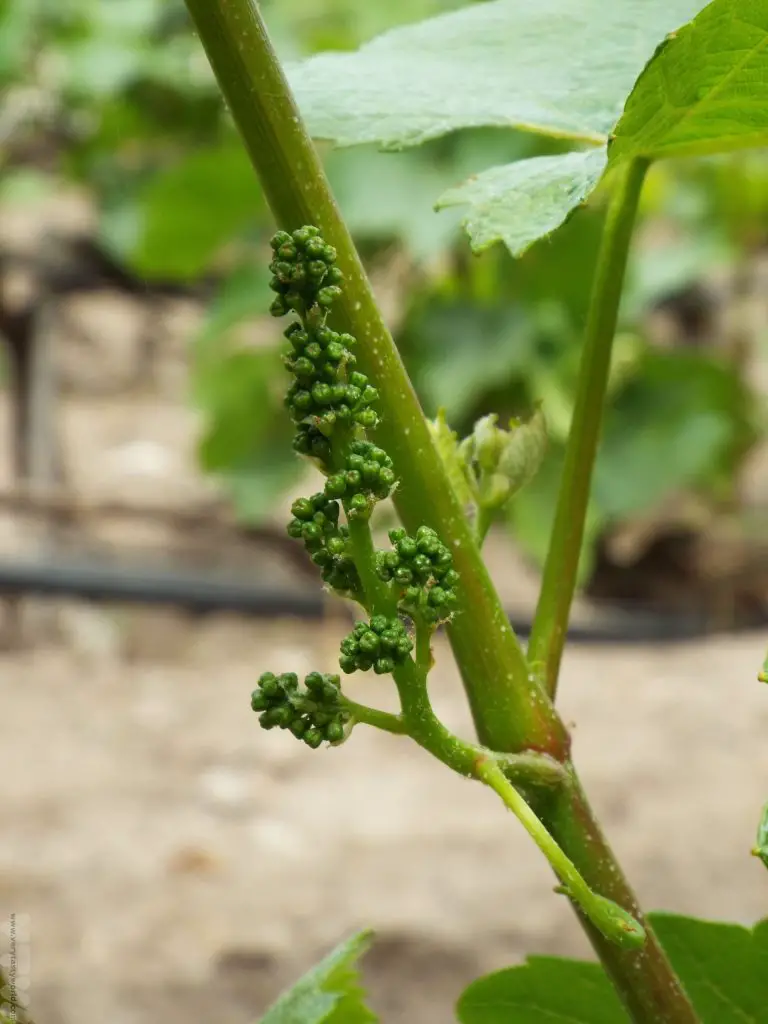
As with all the grape varieties the vines are watered using only a teeny amount of water. Literally a few drops per day. This means that the plants work extra hard to produce fruit which leads to a higher yield and, of course, more wine.
The Maipo Valley wines on offer for tasting included a smooth blackcurranty Cabernet Sauvignon, a mellow Carménère and a zingy Sauvignon Blanc.
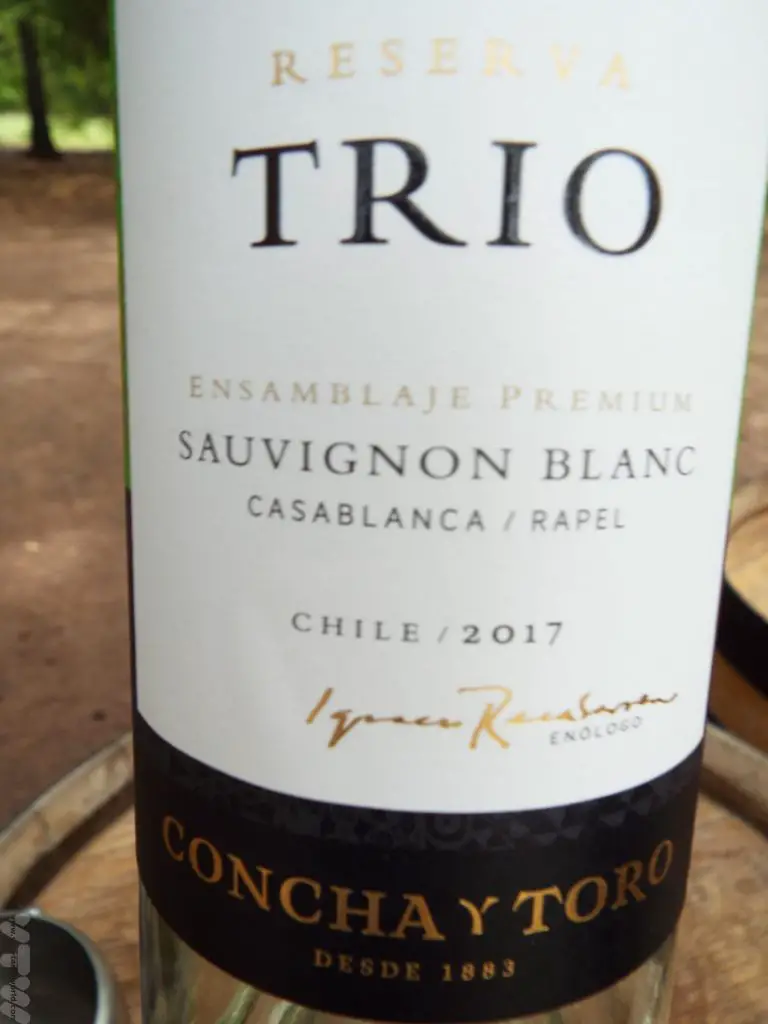
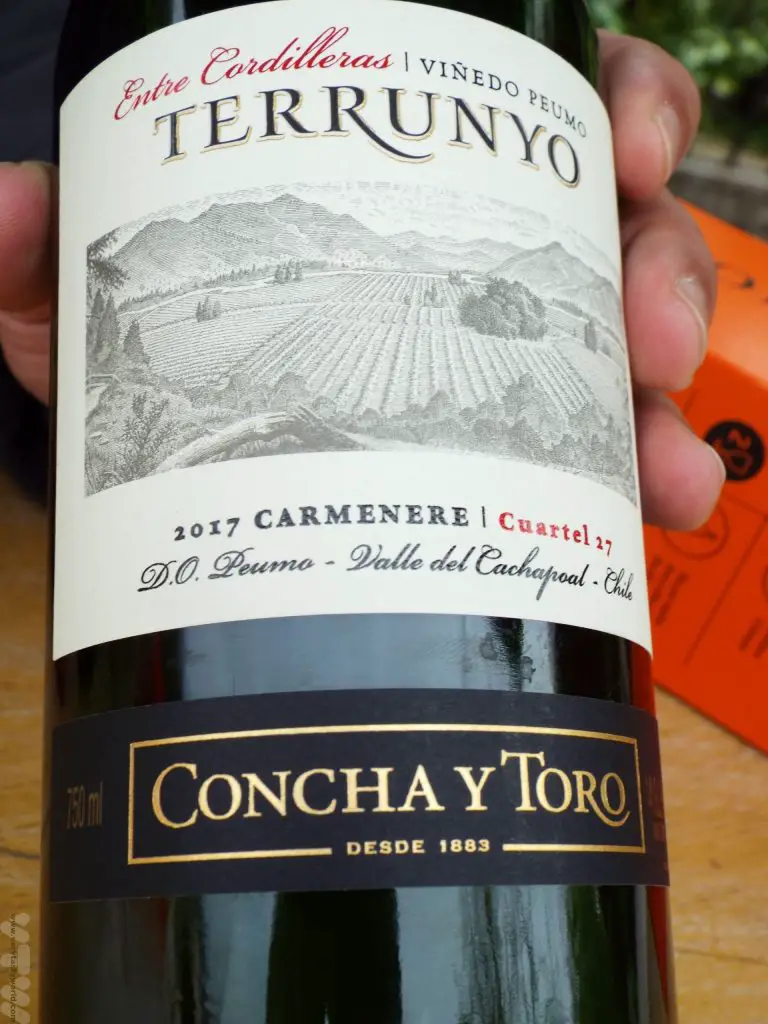
We took full advantage of being in Chile to sample the local wine – it was massively cheaper than in the UK. Even visiting ordinary supermarkets to stock up on a tipple was definitely worthwhile – we could taste some really splendid wines for a fraction of the price that it would have cost in our home country. (We recommend packing a travel corkscrew.)
Related Posts You May Enjoy

- Best Time To Visit Machu Picchu 2024 Update
- A 2 Week Patagonia Itinerary
- Day of the Dead in Campeche
- A Galapagos Land Based Itinerary
- RECIPE: How to Make Costa Rica’s Gallo Pinto
- A Tasty Puebla Food Tour
- Costa Rica Wildlife Sanctuary – Caño Negro
- Visit Torres del Paine National Park in Patagonia
- Atacama Desert Itinerary
Toasting Tradition in Georgia
Cheese and Toasting
There is a legend that when God was handing out land to the nations of the world, the Georgians were so busy feasting that they lost their place in the queue and there was no land left for them. But when they invited God to join the party, he enjoyed himself so much that he gave them the best bits of land that he had been saving for himself. Enjoying good food and wine is an important element of life in this part of the world and the local people have a wonderful toasting tradition in Georgia.
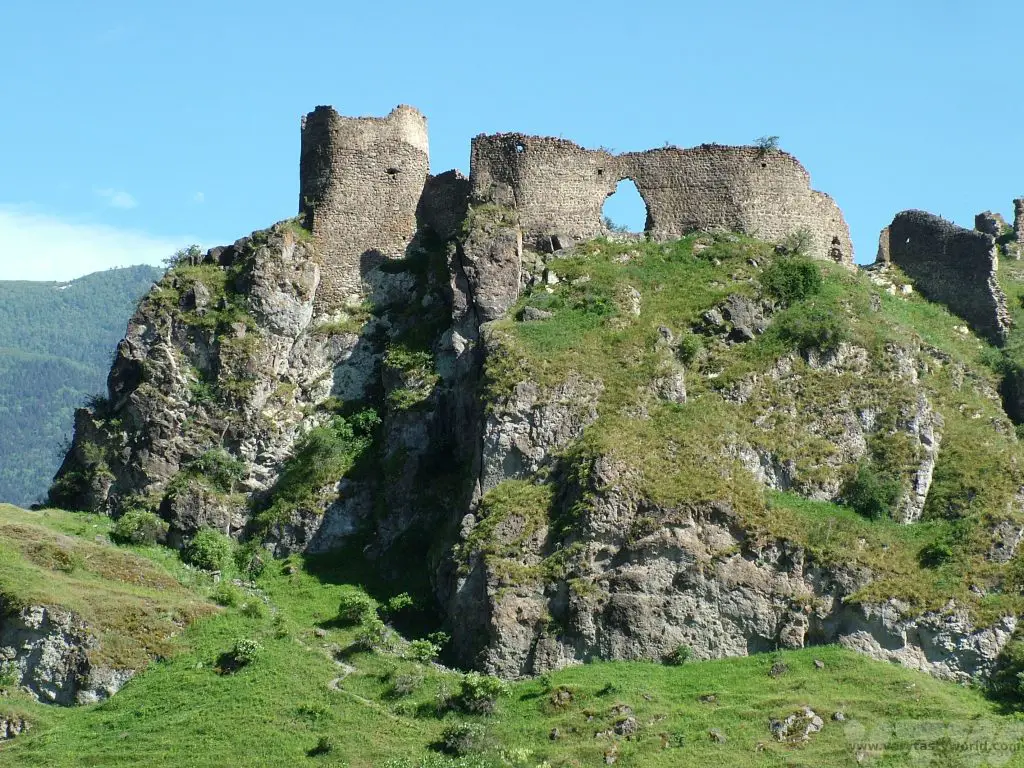
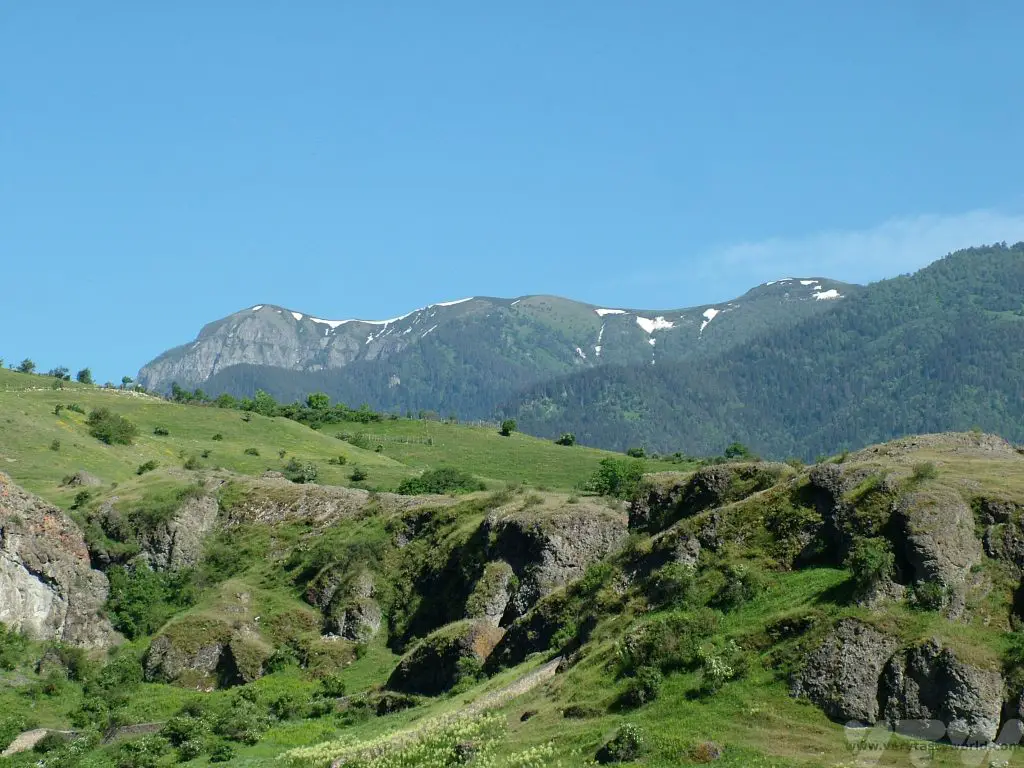
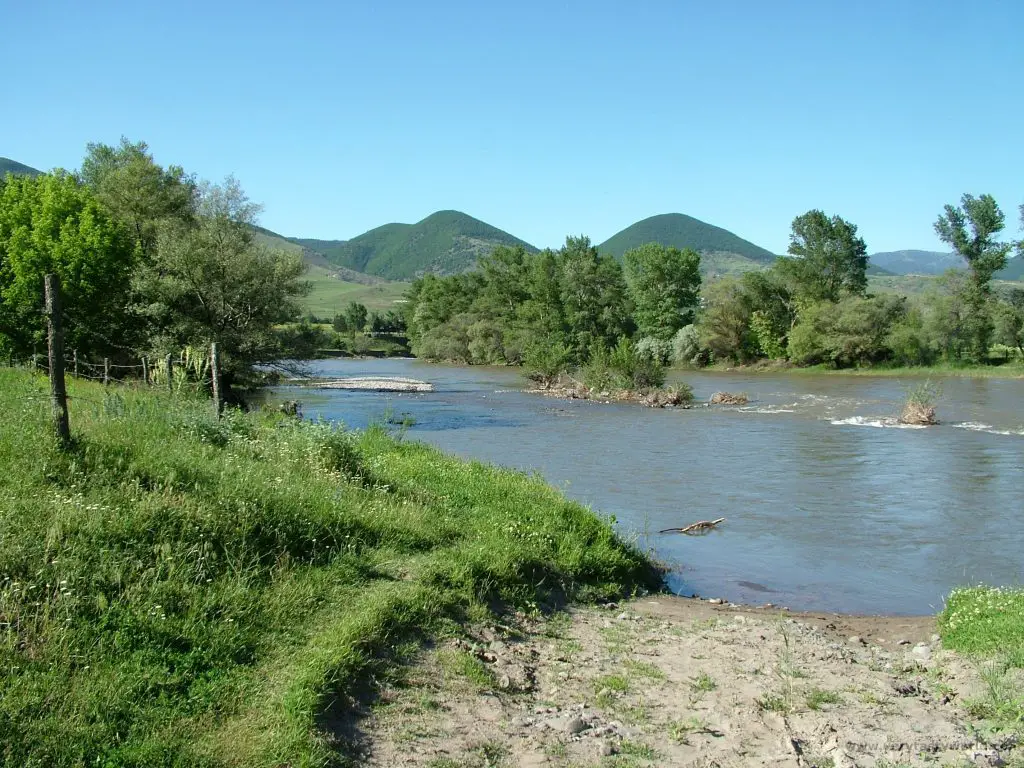
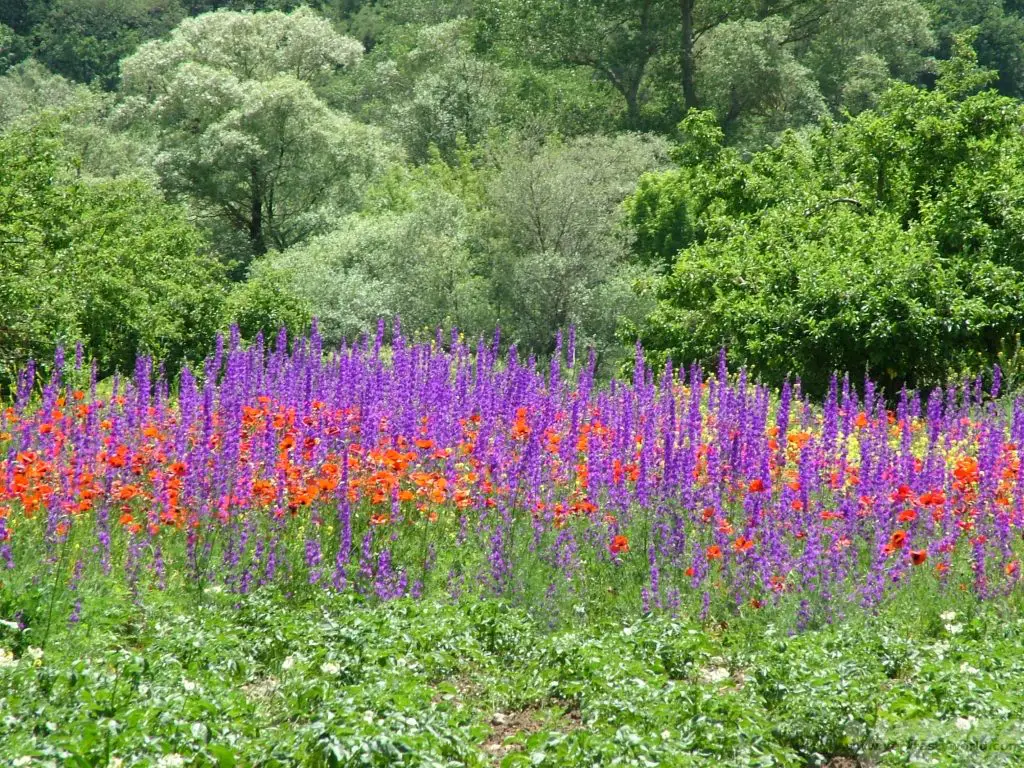
We visited a number of families, ostensibly to see how they produced wine or made cheese, but everywhere we stopped we were greeted by the most amazing hospitality and generosity. Meals would last several hours and involve large quantities of superb fresh food along with overflowing glasses of wine and chacha (grape vodka). Most houses we visited grew their own grapes and made their own wine. Many had a still.
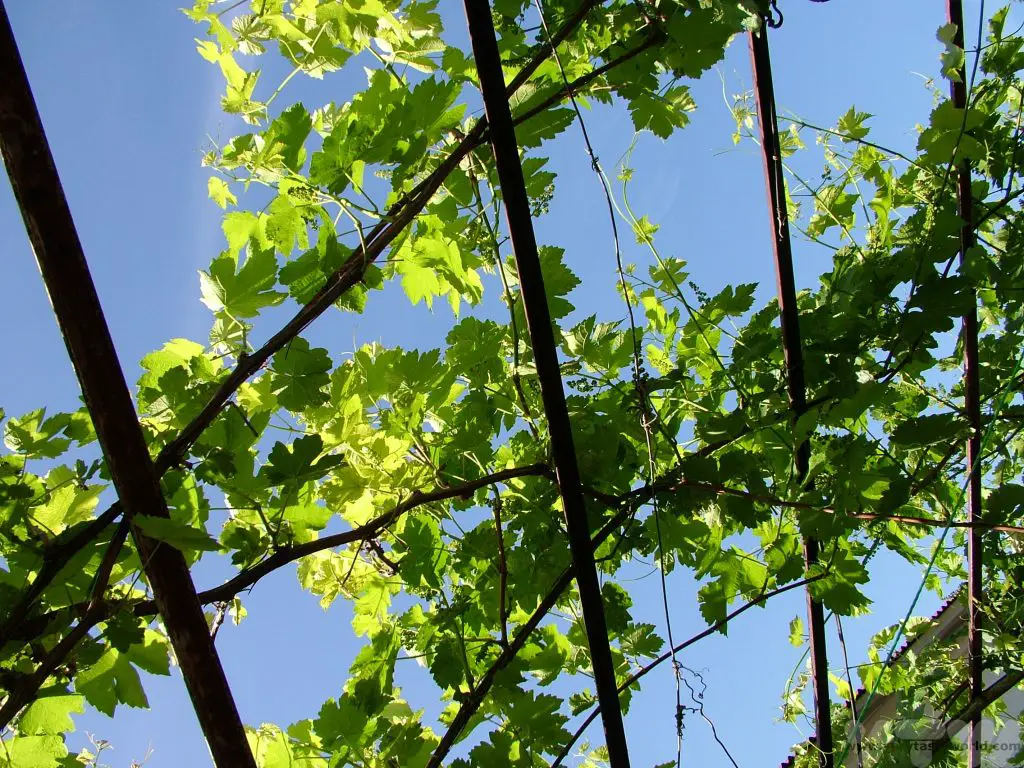
Toasting is a tradition in Georgia. You don’t tend to drink at your own pace, but at the behest of a toastmaster (tamada). A merikipe is on hand to make sure that glasses are always full and the wine never seems to stop flowing. Georgians toast their enemies with beer (we had a hilarious enemy-toasting session with our guide one night) – it is wine and chacha that are appropriate for feasting.
We didn’t go to a formal grand feast (supra), but had many, many meals at guesthouses and family homes and we followed the toasting tradition each time. Meals are designed to last the evening – they comprise several scrummy dishes laid out on the table. Everyone just helps themselves and offers food to their dining companions. And, of course, every meal included a ubiquitous, delicious and calorie-loaded cheese pie (khachapuri).
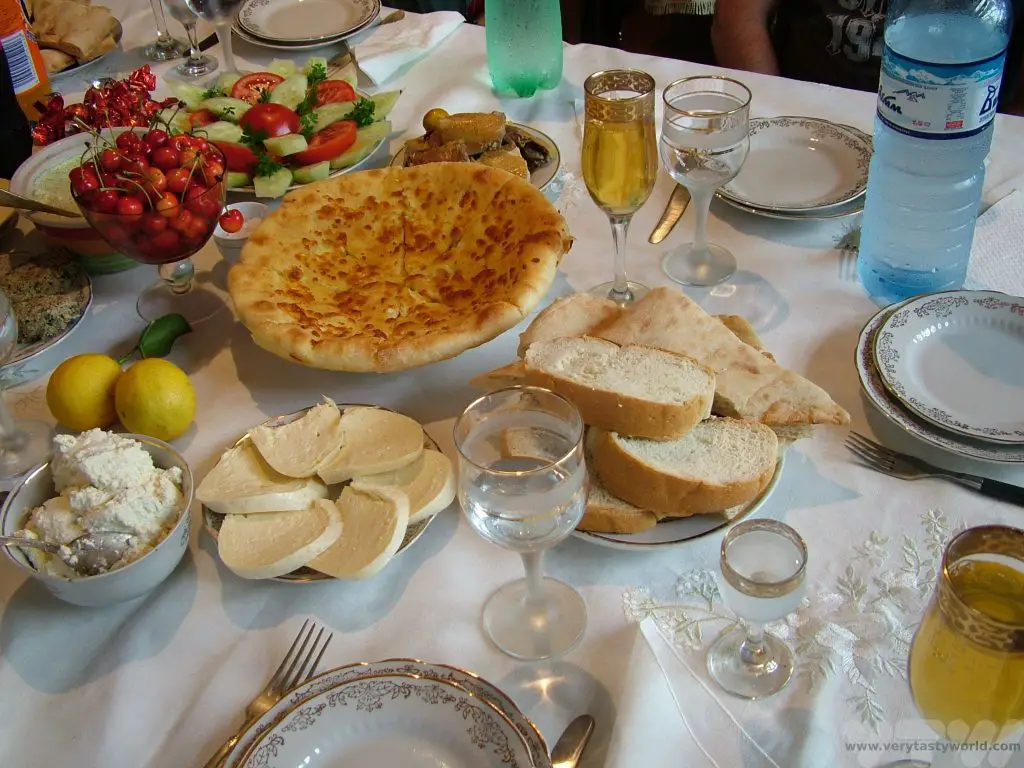
Toasting Tradition in Georgia – Etiquette
At regular intervals throughout the evening the tamada proposes a toast. Everyone adds their wishes and much wine/chacha is consumed. If you are toasted, it’s appropriate to thank everyone for their good wishes and later ask the tamada if it is okay to reciprocate with a toast of your own. One guesthouse supplied us with a very large jug of strong homemade red wine, made from the local Sapaveri grape, which was utterly splendid and eminently drinkable, to accompany the enormous evening meal they had provided.
We ate with the family. Our driver was both tamada and merikipe and led the toasting throughout the evening. (At the end of the day, naturally, when no further driving was required.) On finishing the jug our excellent merikipe asked if we wanted more wine. We said we’d join him in a tipple but only if he was partaking, not realising that he would return with another enormous jug. Gulp.
You can toast anything and everything. We were toasted several times as ‘easy guests’ (people who were thoroughly enjoying the trip, didn’t make a fuss, and were always on time) as well as ‘guests that didn’t go to bed at 9pm but were happy to stay up late feasting and enjoying the hospitality of our hosts.’ We reciprocated by toasting our hosts, Georgia, Georgian hospitality, wine, food, cheese pies, family, friends, finding Mr Right (for our guide), young people, old people, men, women, happiness, health, friendship between our countries, anything. We easily knocked back the second jug. Amazingly we weren’t hungover the following morning. Just as well as we were due to visit three different vineyards for wine tasting – hair of the dog and all that. We did rather stagger round the Kakheti region that day.
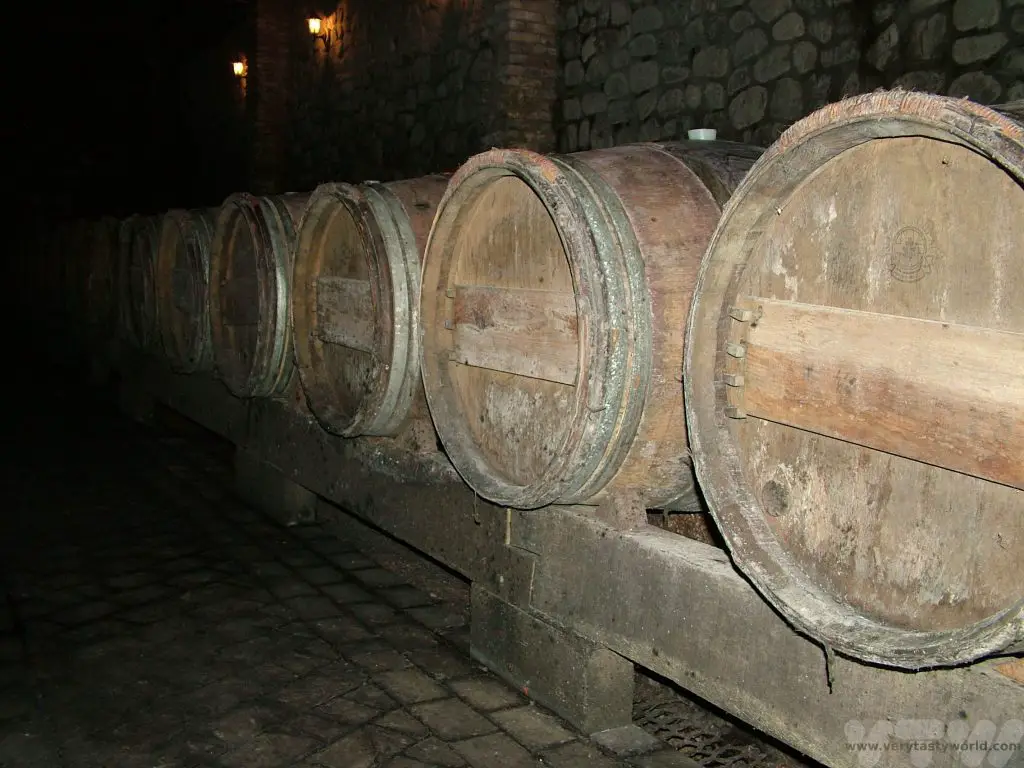
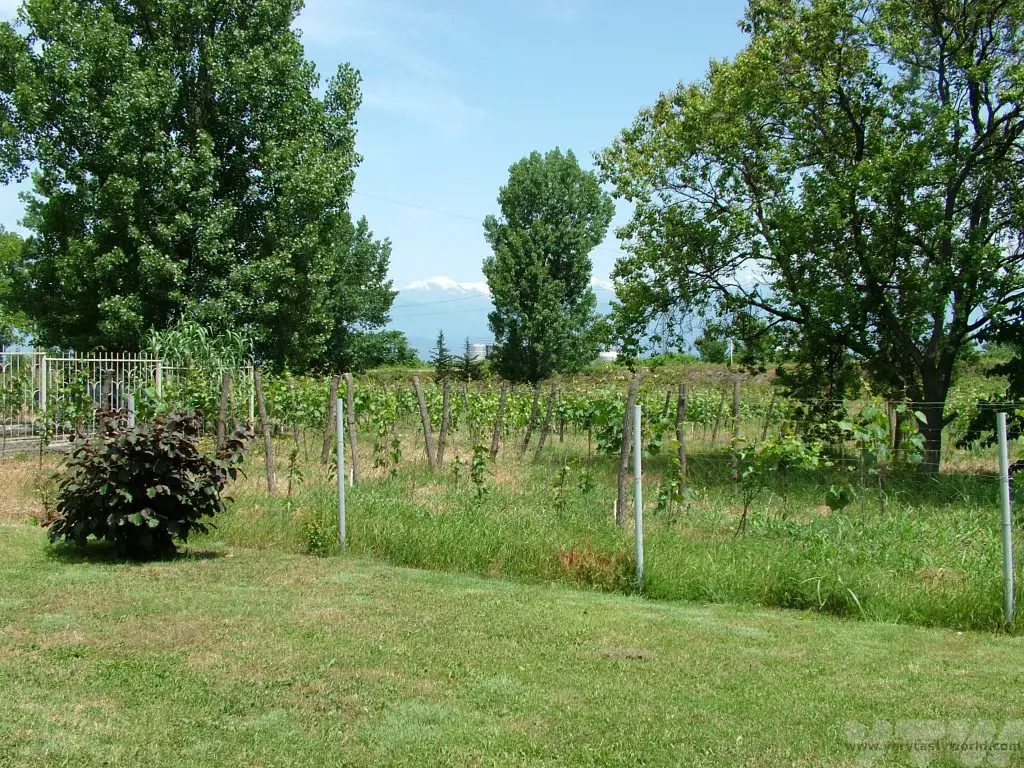
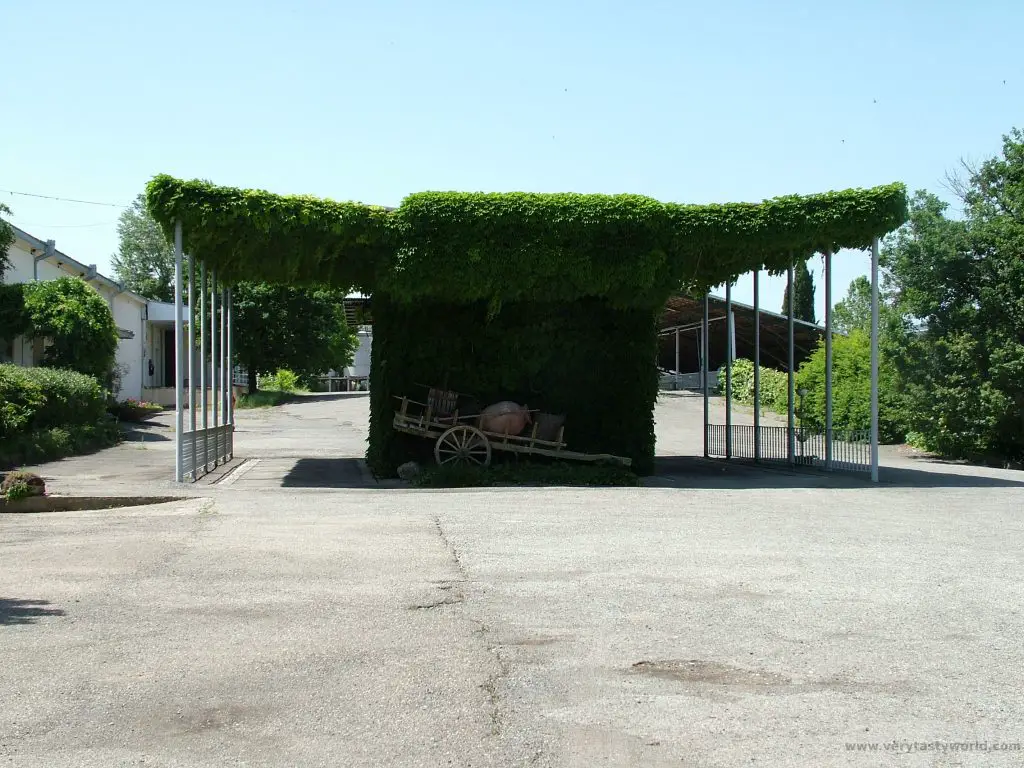
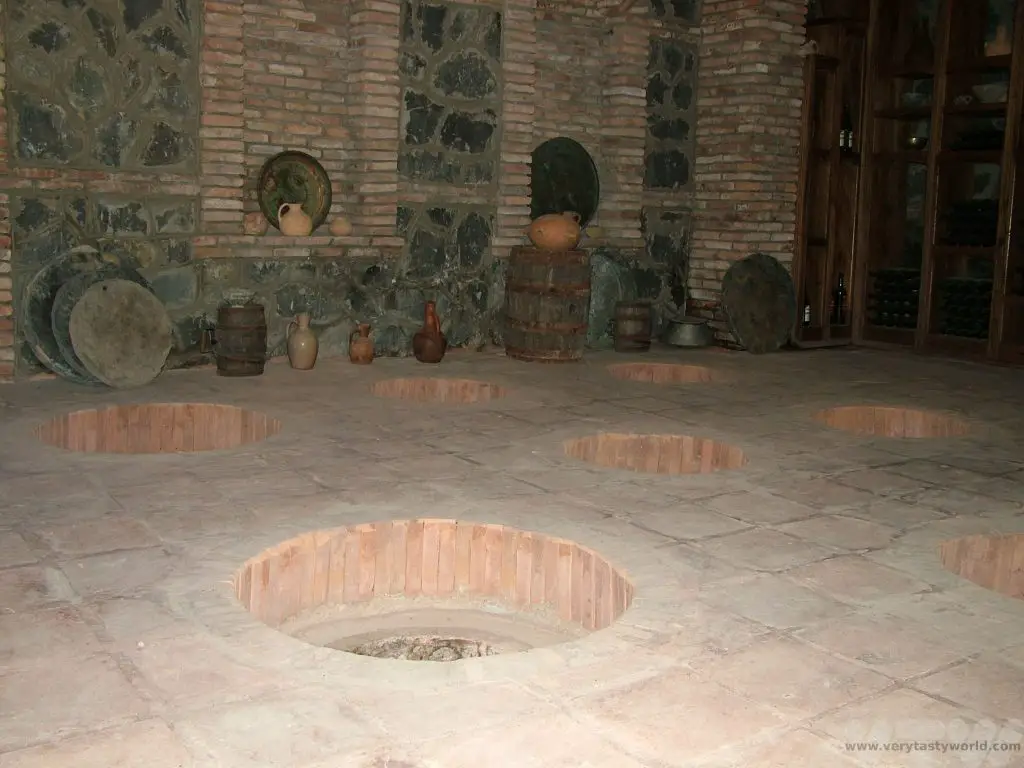
What we didn’t realise until the last day was that we had been doing the toasting all wrong. We’d been having a sip/swig from the glass per toast which seemed to us to be the best way to regulate the drinking (we’d copied our hosts, who had the same idea). Apparently the correct toasting tradition in Georgia meant that were supposed to drain the wine/chacha glass each time. Oops!
Related Posts You May Enjoy

Riga Black Balsam
The Latvian capital of Riga is both beautiful and sociable. Over the years Riga has gained a reputation as a place for hen/stag parties, but it is a city rich in heritage and culture and has a great foodie scene as well. The old town is so charming and historically important that it has been declared a world heritage site by UNESCO, recognised as ‘a living illustration of European history.’ The architecture represents many different styles of building throughout the ages, from mediaeval through to Art Nouveau (Riga is one of Europe’s most important cities for Art Nouveau architecture) but generally they complement each other extremely well.
Riga’s cathedral, the largest mediaeval church in the Baltics, was constructed in 1211 and is located close to the River Daugava. During Soviet times, between 1939 and 1989, it was used as a concert hall but reverted back to a place of religious worship in 1991. It has a magnificent organ, constructed between 1882 and 1883. The cathedral’s original organ was the largest in the world at the time but was destroyed in a fire.
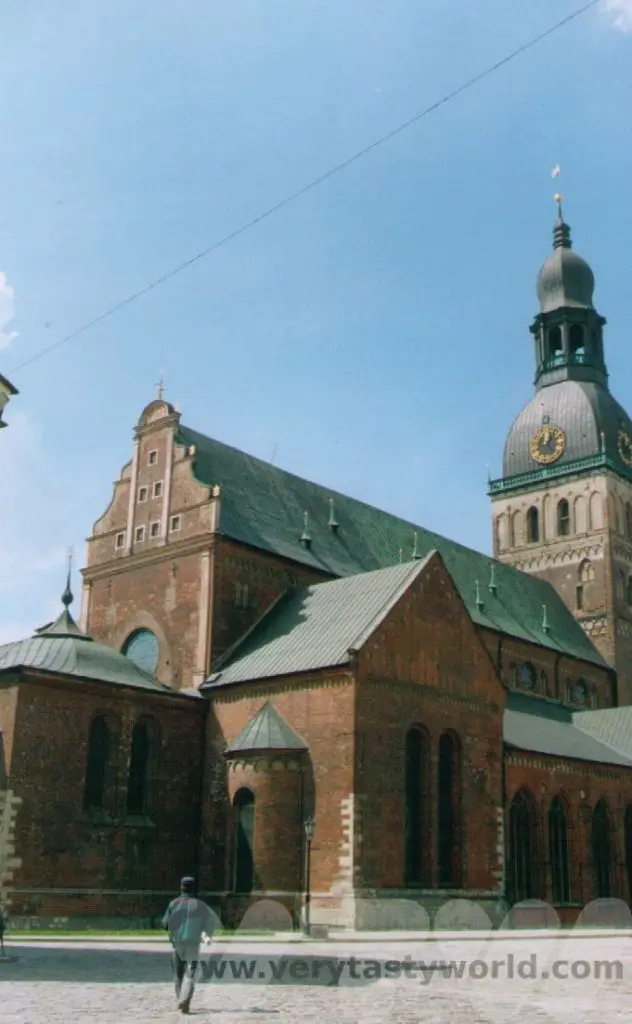
St Peter’s church has a very distinctive octagonal steeple. Dating back to the 13th century, it has been constructed and reconstructed a number of times over the centuries.
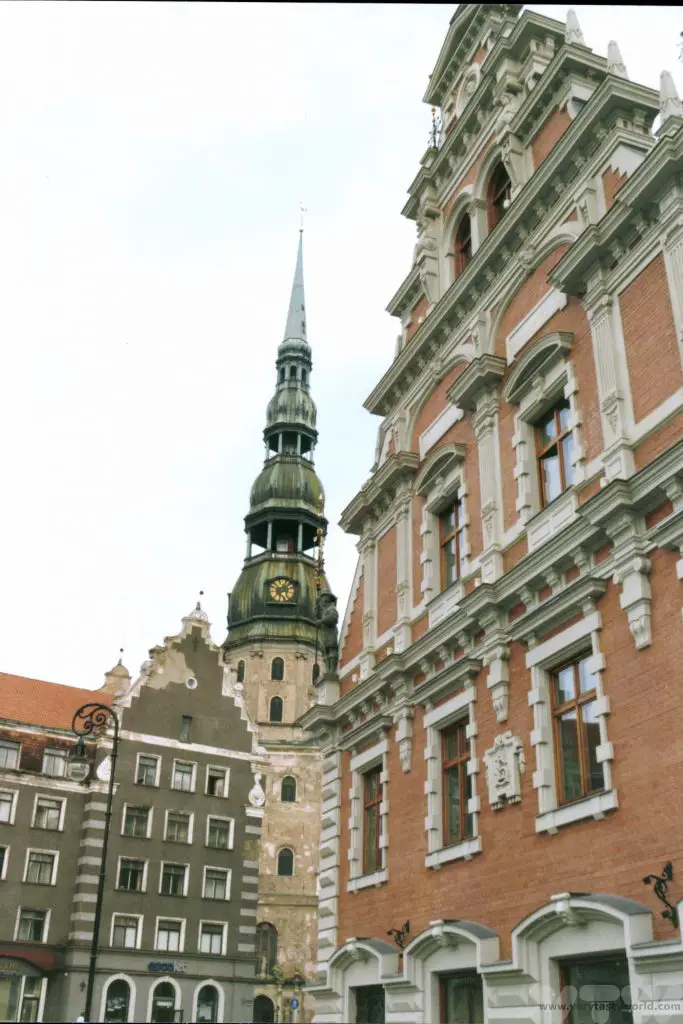
Although the House of the Blackheads is now a museum, the original building dates from the 14th century. It is a reconstruction following its destruction during World War 2. Originally, it was constructed for the Brotherhood of Blackheads, who were an association of unmarried merchants, shipowners and foreign people living in Latvia.
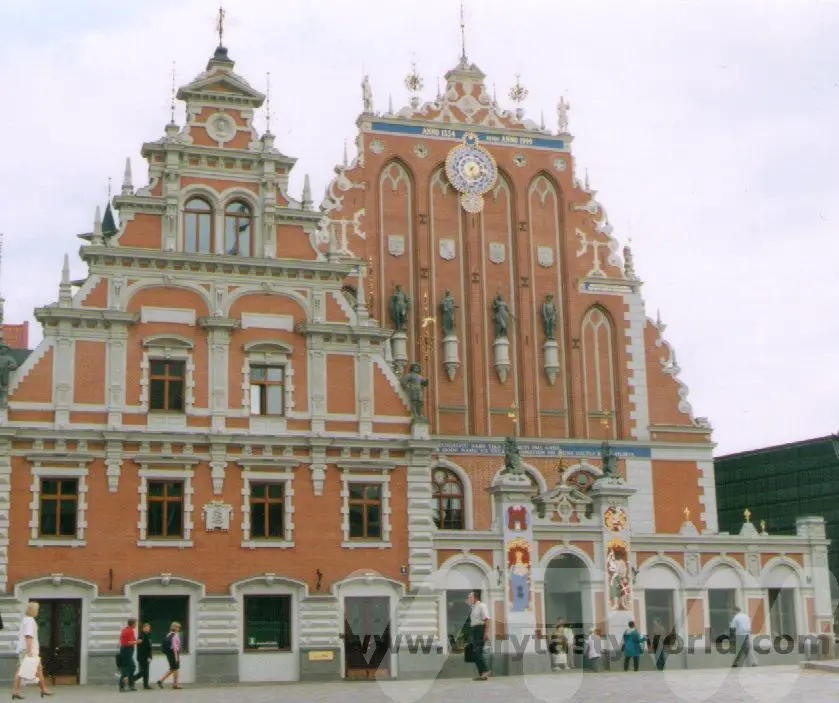
Fans of felines will like the Cat House on 10 Meistaru iela. Its style combines mediaeval and Art Nouveau architecture. It was built in 1909 and is best known for the angry cat sculptures, backs arched and curvy tails pointed upwards, on the towers of its roof.
There are two possible reasons associated with the positioning of the cats, notably connected with the direction that their tails – and bottoms – are facing. The owner of the building was apparently a wealthy merchant who had a dispute, either with the Riga Tradesmans’ Guild or the City Council, and wanted the cats’ tails pointing towards direction of his grudge. Both the town hall and Great Guild Hall are located in the same area.

Further out of town it’s possible to visit the 368m tall TV and radio tower outside the city. It has an unusual tripod construction and you can use the elevator to reach the observation platform where you can see a splendid view of the Daugava river and the city.
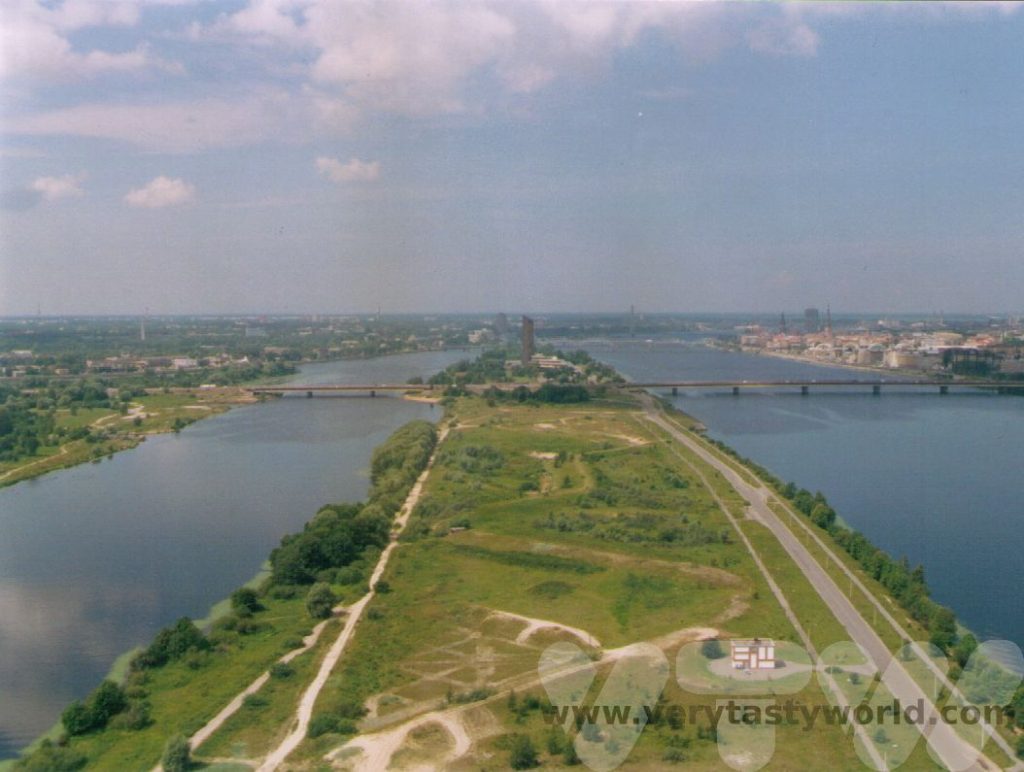
The old town is quite compact and largely pedestrianised and is delightful to wander through. Add in a whole bunch of excellent restaurants and drinking emporia and it makes for the perfect city break. The market, which used to be a zeppelin hangar, is one of the largest in Europe and offers foodie tours so that you can try local delicacies.
Riga Black Balsam
There are a number of bars and these offer a whole range of local beers and alcoholic beverages to enjoy. One of Latvia’s signature boozy beverages is black balsam, a strong liqueur. Created over 250 years ago by pharmacist Abraham Kunze from all natural ingredients it’s medicinal and environmental – a healthy traditional tipple. It’s basically an infusion of botanicals in a spirit.
According to the Baltic Spirits website the ingredients in Latvian balsam are:
Bilberry/Blueberry (Vaccinium myrtillus)
Raspberry (Rubue idaeus)
Birch buds (Miricia gale)
Bitterwort root (Gentiana lutea (Great Yellow Gentian))
Peppermint leaves (Mentha piperita, also known as M. balsamea Willd.)
Wormwood stalks and leaves (Artemisia absinthium)
Ginger root (Zingiber officinale)
Valerian root (Valeriana officinali)
Sweet Flag root (Acorus calamus)
Melisa leaves & stems (Melissa officialis)
Linden blossom (Tilia cordata Mill.)
Oak bark (Quercus robur)
St. Johns Wort (Hiperycum perforatum)
Buckbean leaves (Menyanthes trifoliata)
Black pepper (Piper nigrum)
Bitter/Wild Orange skins (Citrus aurantium)
Nutmeg (Myristica fragrans)
Peruvian balsam
Brandy
Natural honey aromatics
Glucose syrup
Browned sugar
Grain spirit
Partially frozen 189 to 198 metre deep arterial waters.
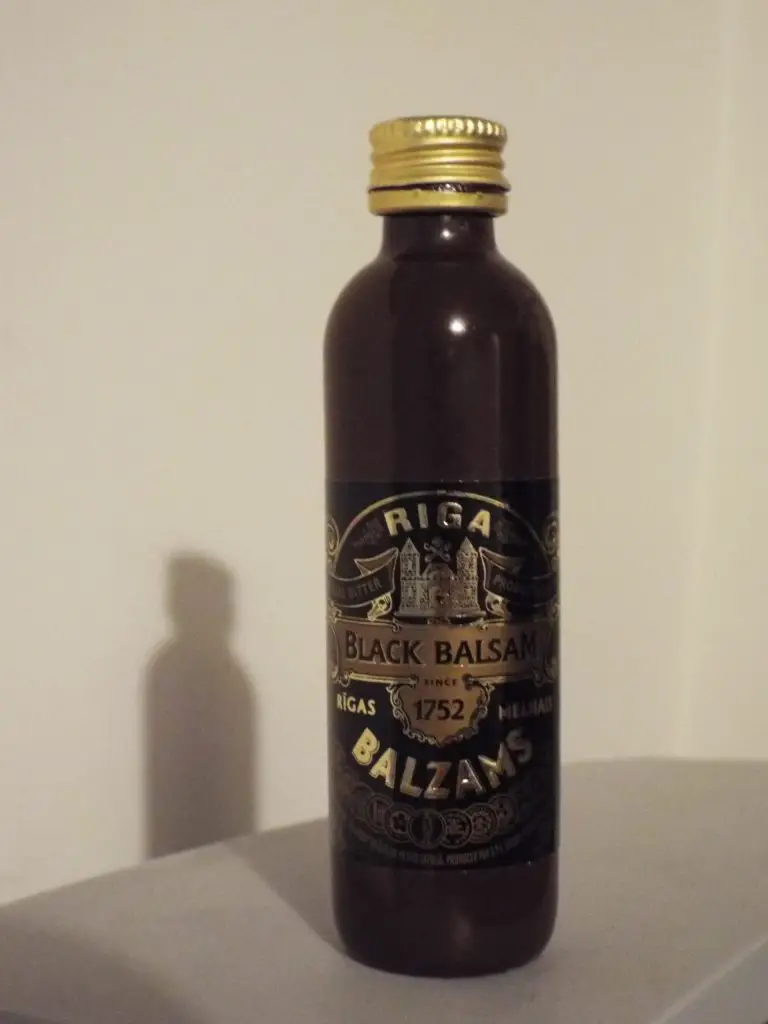
It has a very classy brown ceramic bottle. The liquid itself lives up to its name. The legendary Nigel Tufnel from the mockumentary film This is Spinal Tap, might describe it as follows: ‘It’s like, how much more black could this be and the answer is none. None more black.’
Actually, if you hold it to the light it isn’t quite as black as it initially appears. On first pouring the Latvian balsam you notice the fruity, floral and leafy aroma. The blackcurrant flavour is notable as are the distinct essences of the more herbal, bark, root and leaf ingredients that accentuate the medicinal properties. This, then, is health and welfare with real spirit. The initial taste matches expectations but then the varied combination of herbs and roots kick into tantalise your tastebuds. This ensures that it’s a distinctively different tipple compared with the earthy but almost perfumed scent.
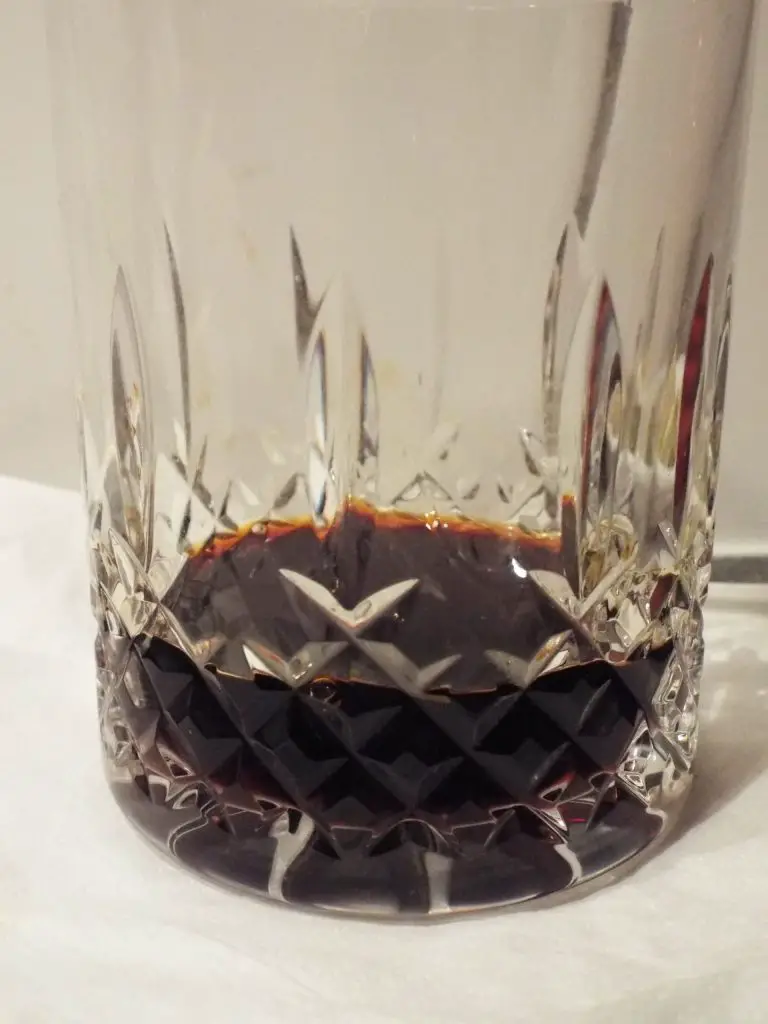
It is an acquired taste but the blend is superb. What is even more noticeable is the aftertaste which lingers on your palette as a robust reminder of your delicate sip.
The classic way to drink black balsam is straight or on the rocks. But of course there are all sorts of cocktail variations which can make it a bit more palatable if you find that it’s a touch on the strong side. There are also different versions of balsam including a fruitier blackcurrant flavour and smooth cream liqueur.

Sacred Valley Highlights to Explore in Peru
The Sacred Valley of the Incas describes the 100 km corridor between the Andean city of Cusco, the ancient capital of the Inca empire, and the remarkable citadel of Machu Picchu. While Machu Picchu is undeniably the main attraction, there are so many other sites to visit. Here is a guide to some of the other Sacred Valley highlights to explore while you are visiting the area.
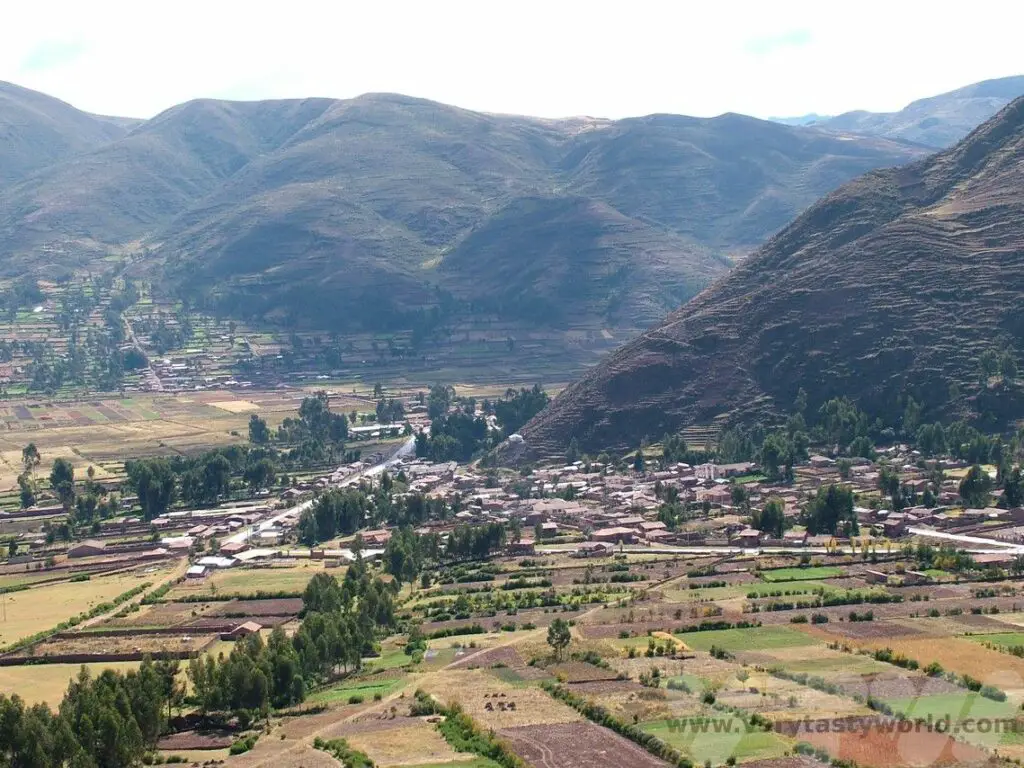
Please note that this post contains affiliate links. If you click through and decide to make a purchase we will earn a small commission, at no extra cost to you, which will help towards the costs of running this site.
Getting to the Sacred Valley
Most people fly into Cusco. Flights are available from all over Peru, notably its capital Lima, but also from other regions. We flew in from Puerto Maldonado having visited the Peruvian jungle some days previously. One thing to note is that Cusco is at an altitude of 3400m and if you are flying in from sea level, it is definitely worth spending a couple of relaxing days in the city and surrounds to acclimatise to the altitude.
An alternative route is to catch a bus up to the Andes. It takes around 22 hours from Lima. There are a few advantages to using the bus: it is cheaper, you can enjoy the mountain scenery and also it means that you climb up to the altitude at a more leisurely pace than flying in, which means that you can adjust more slowly.
Sacred Valley Highlights
Cusco
Cusco is the main city in the region and the most popular location to use as a base for exploring the Sacred Valley. The city was occupied by the Killke people from roughly 900CE until the arrival of the Inca in the 13th century.
It was to become the capital of the Inca Empire meaning that Cusco was, in its time, the most important city in South America. Cusco grew from a small village to a vast city thanks to Pachacuti Inca Yupanqui, who expanded the Inca Empire to cover a huge area of the South American continent. It is believed that Machu Picchu itself was constructed as an estate for Pachacuti.
Cusco’s Centro Historico is a UNESCO world heritage site and, like much of the Sacred Valley, sees colonial architecture blend alongside Inca ruins in a fusion of cultures and history. The main square is located right at the heart of the city centre. There are various shops and restaurants lining the perimeter of the square and it is frequently used for bands, who play concerts, and dance troupes. It’s a lively place where locals and tourists intermingle.
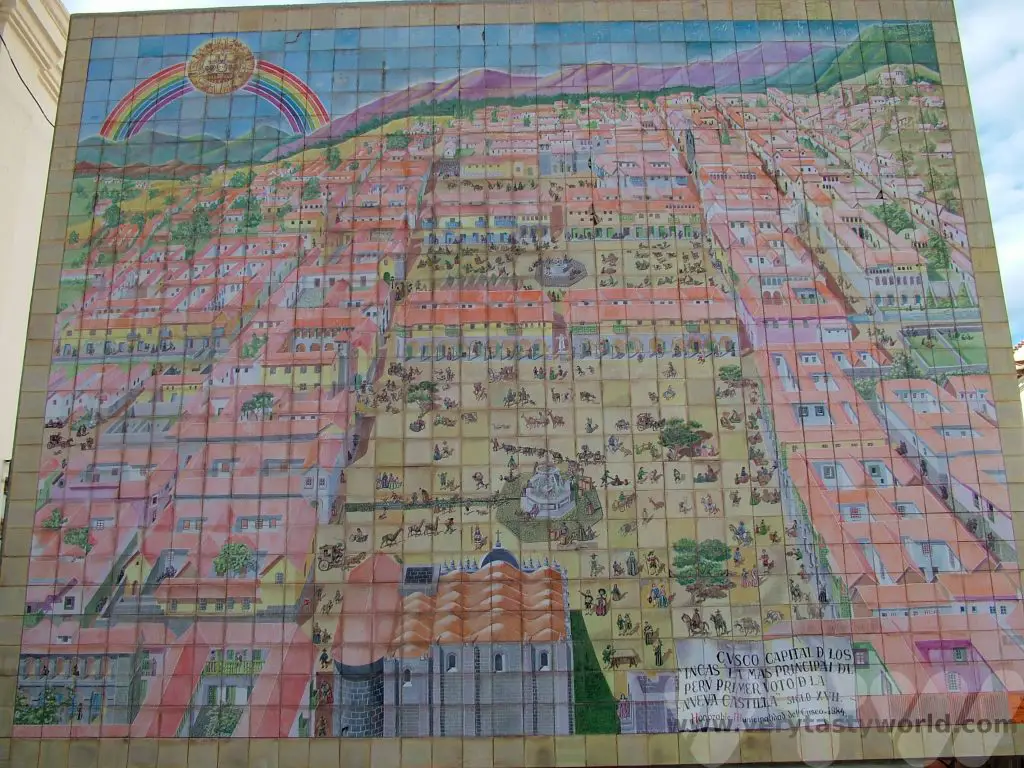
The city’s cathedral located in the north-east corner.
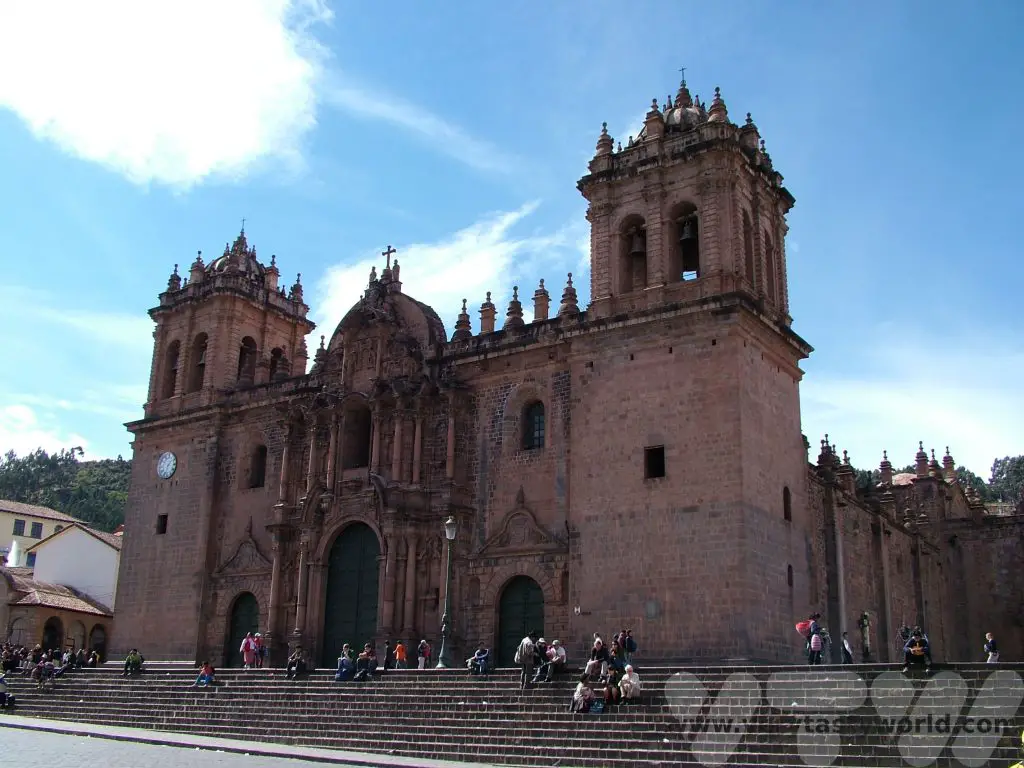
Another church that is of particular interest is the Church of Santo Domingo. It was built directly on top of the most important Inca temple of the region, Coricancha, and hence encapsulates the blending of indigenous and colonial cultures over the centuries.
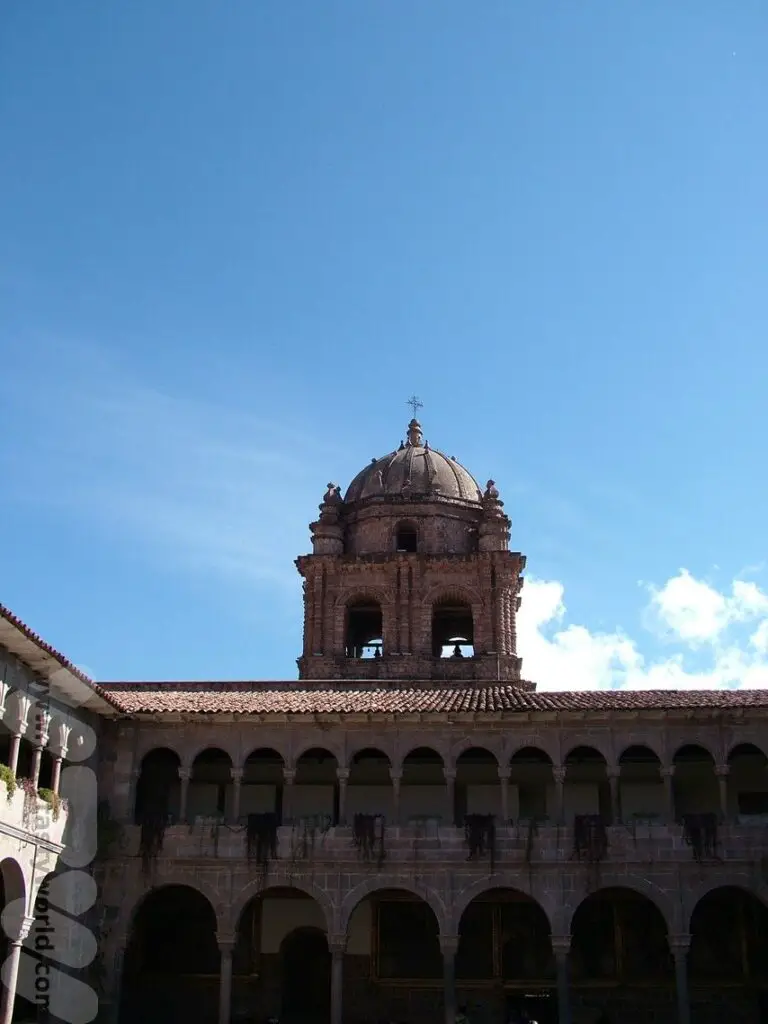
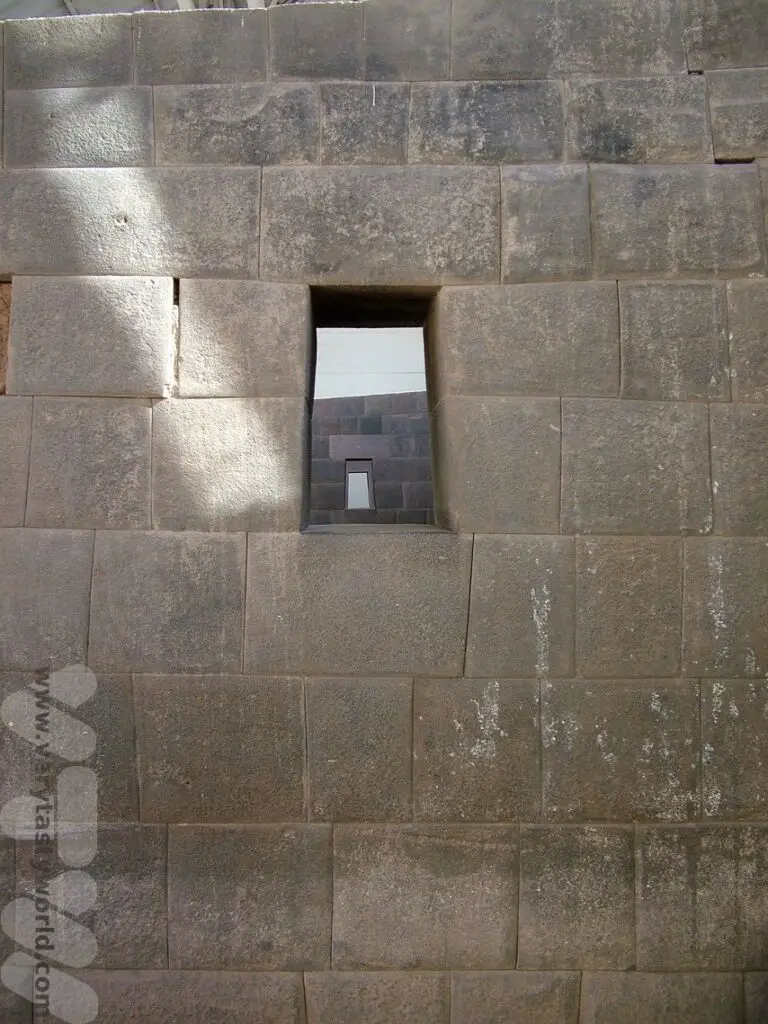
Sacred Valley Sites On The Outskirts of Cusco
There are a number of fascinating Inca sites located very close to Cusco. In fact, they are so close you could even walk to some of them if you were feeling energetic. Some are further out (up to 8km), so we recommend either booking a half-day tour with a local company, which would include a visit to all the sites, or getting a taxi, a bus or colectivo (a van/minibus that runs a particular route on no particular schedule – you usually go when the vehicle is full). You can buy a ticket that covers entry to Sacsayhuaman, Q’enqo and Tambomachay as well as the fortress of Pucapucara.
Sacsayhuaman
Sacsayhuaman is a dramatic citadel initially established by the Killke and significantly expanded by the Inca, located on a hillside overlooking Cusco.
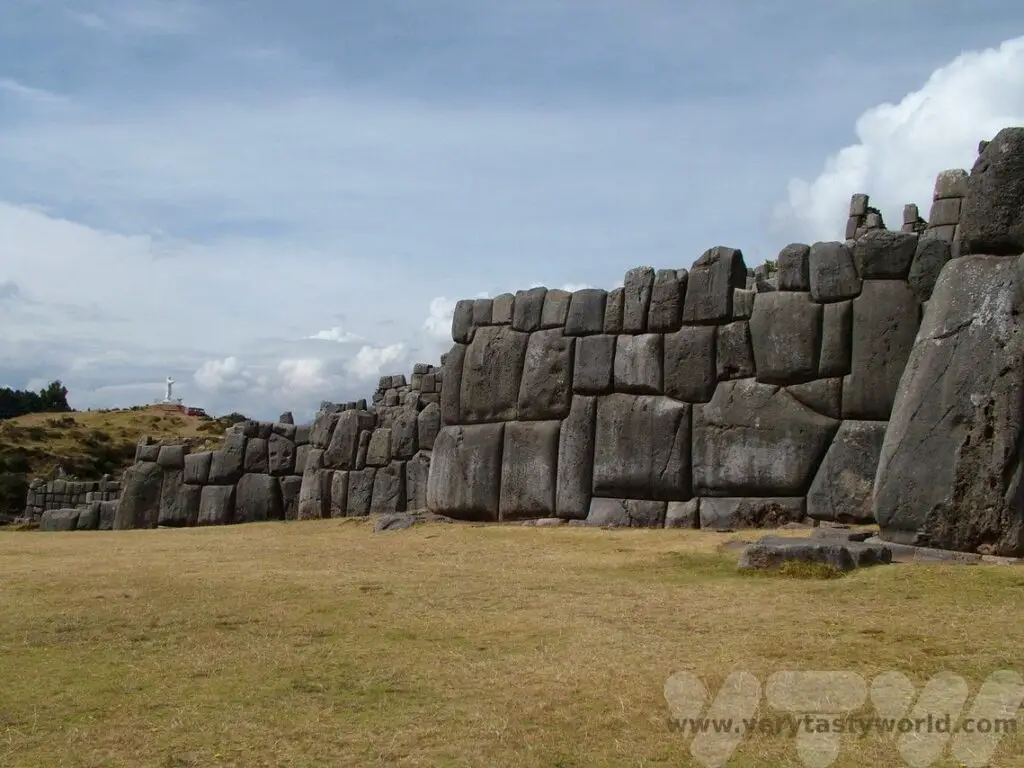
The construction is remarkable, notably the enormous stones that form the terrace wall which is adjacent to the plaza. The tallest parts of the wall reach over 6m in height and the huge stones are apparently packed so tightly that it’s impossible to slip even a single sheet of paper between them.
If you’re lucky you might even get an impromptu concert from a visiting band.
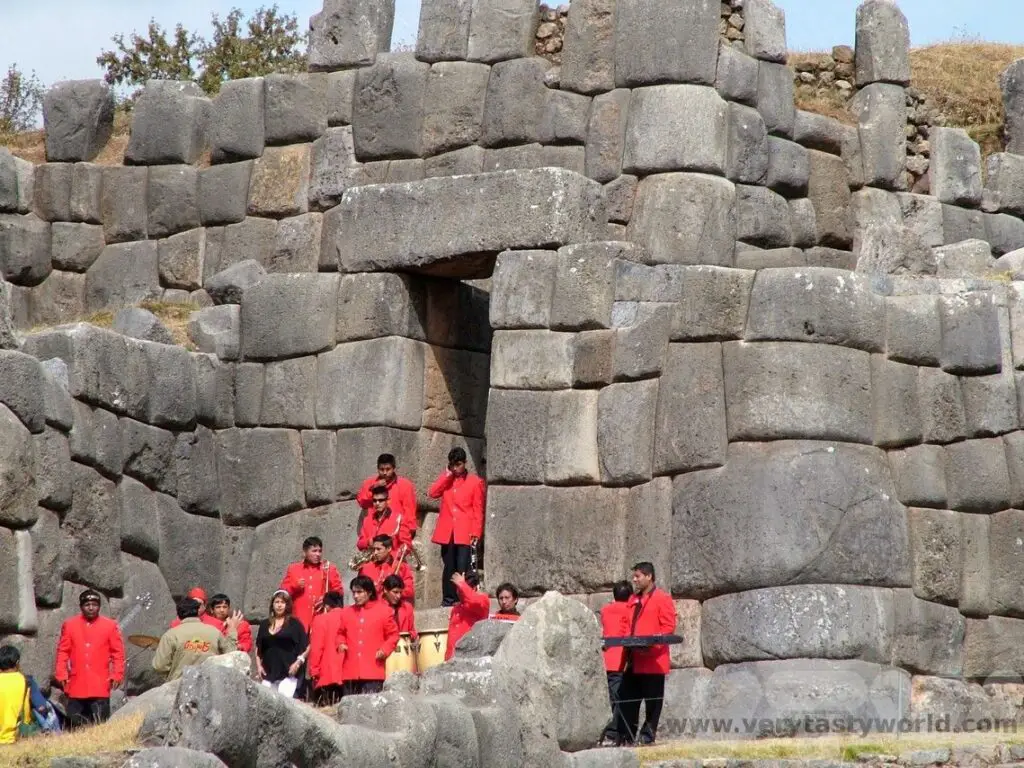
There’s a lovely view of Cusco from the site as well.
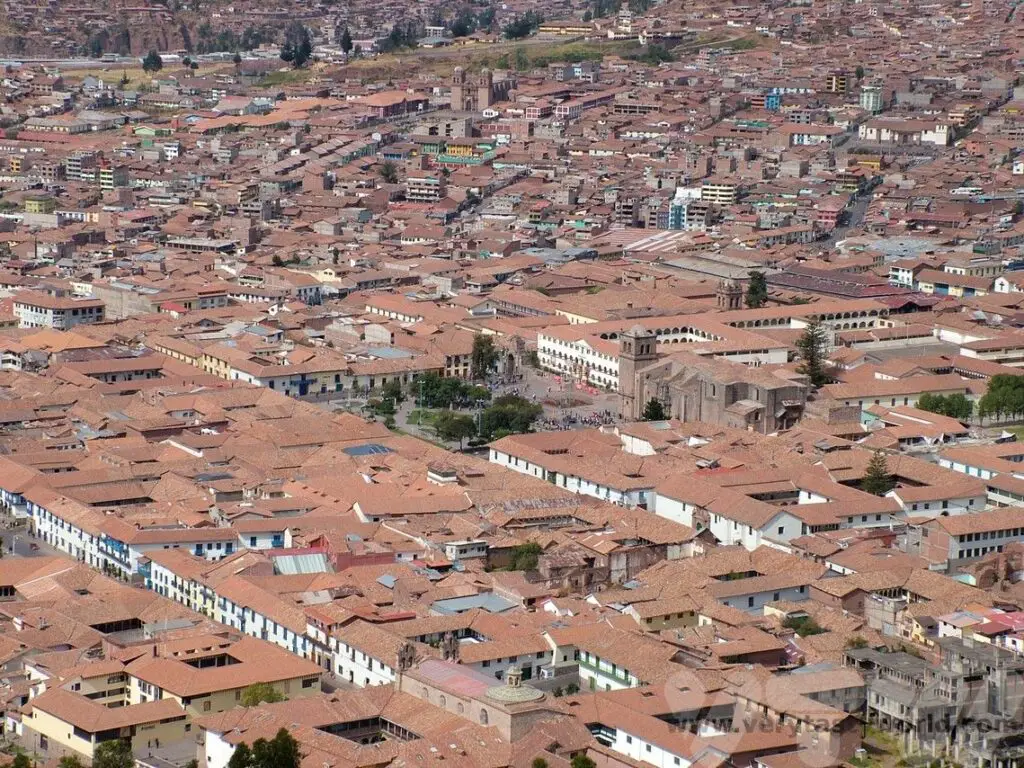
Tambomachay
This fascinating site, located near a number of springs, is comprised of canals and aqueducts that run through the rock terraces and flow into three waterfalls. The purpose of the site isn’t really known but it is thought that it may have been a sort of spa resort for the Incas or possibly a religious site.
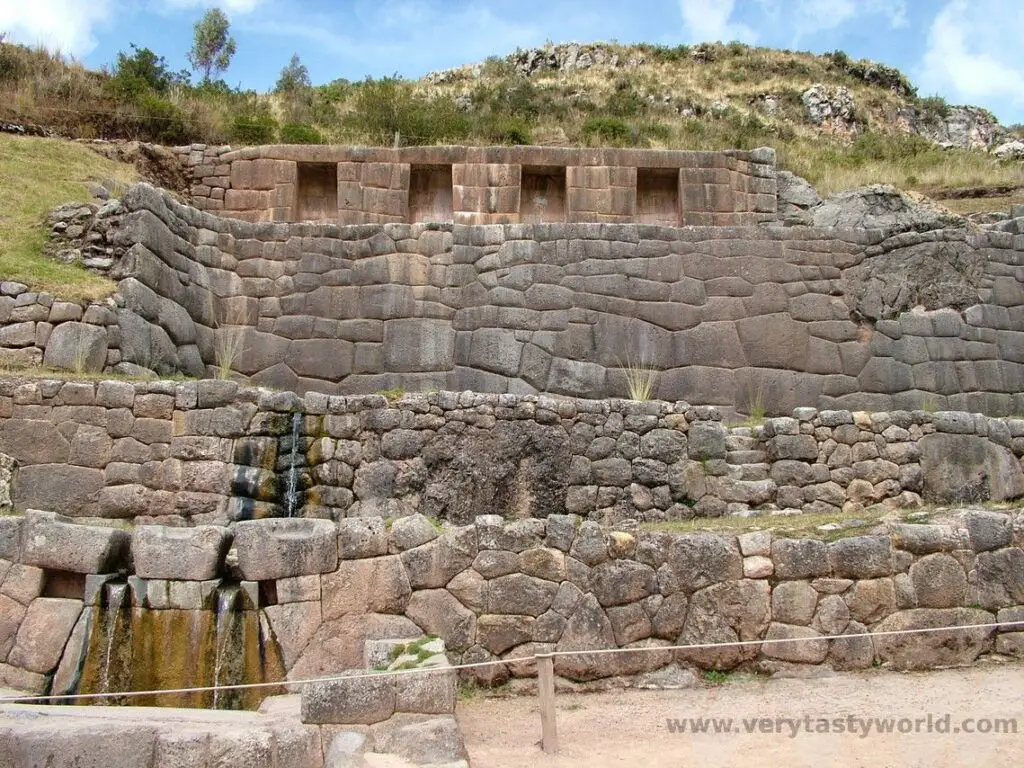
There is a legend that the water has particular qualities that may help those that are follically challenged. Yes, the water is purported to cure baldness! Further along the site, Colin was encouraged to wash his head under the water but, sadly, we can only report that the water’s reputed magical powers did not prevent further balding, nor produce any additional tresses. So it goes…
Q’enqo
This is an archaeological site thought to be a holy place or huacas. Huacas used existing rocks as a site for religious ceremonies. It is thought that sacrifices may have taken place here.
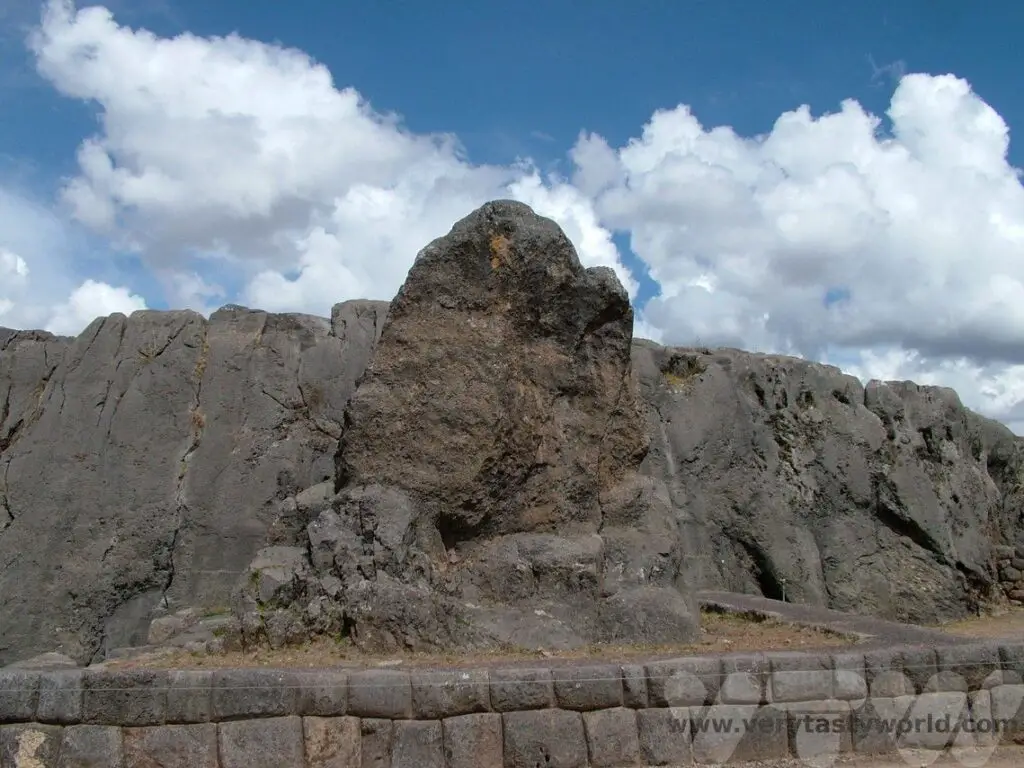
The name Q’enqo is thought to derive from the Inca word for ‘labyrinth’ possibly on account of the winding passages carved into the rock. These include several features such as altars. It’s possible to wiggle inside and explore the carved rock within.
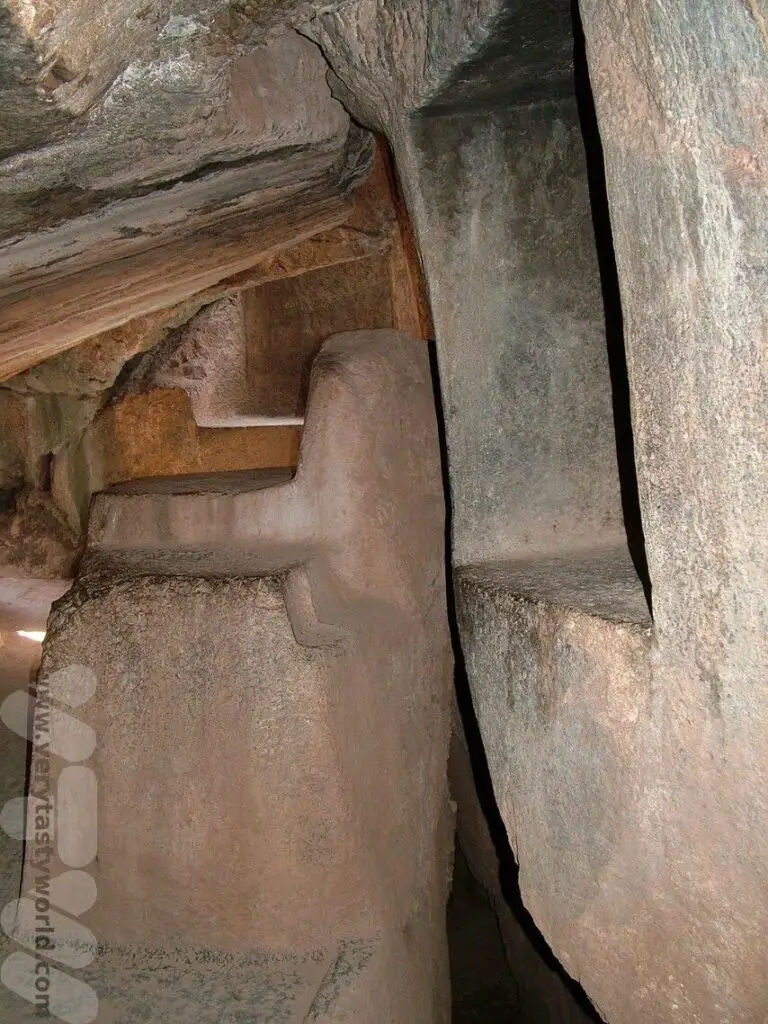
Further Along the Sacred Valley – A Day Trip
Depending on how much time you have, you can explore the Sacred Valley at your leisure. There are various transport options for travelling to the main towns in the region. There are taxis (most expensive), buses and colectivo (cheapest) available in the major towns. If you are short on time there are a number of companies that can offer day trips to the sites across the Sacred Valley. Many will offer a pickup from your hotel. These are usually full day tours and will often start early in the morning.
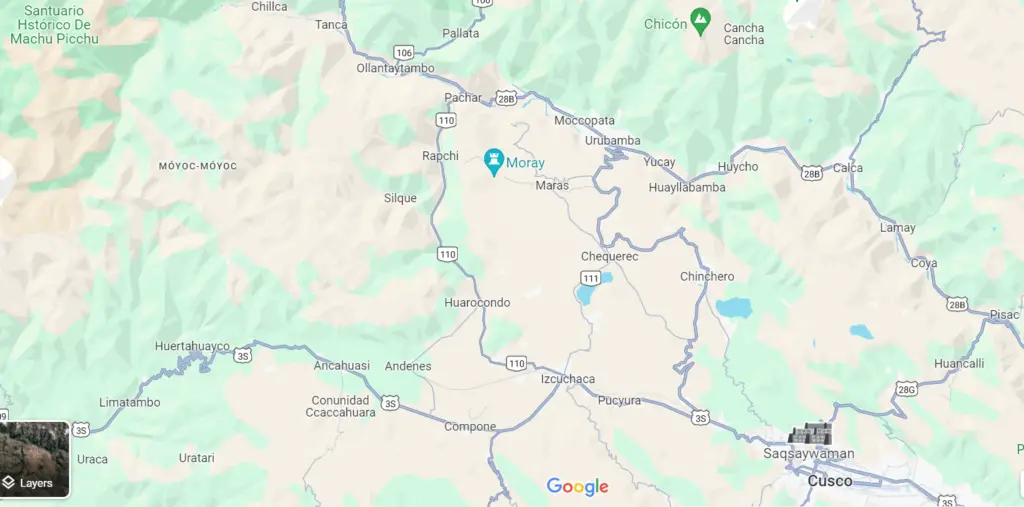
There are many sites to see in a day, so some tours may prioritise some sites or activities over others. For example, some may take you to Pisac’s market but not its Inca ruins. It’s worth shopping around to decide which towns and activities are of most interest to you.
Pisac
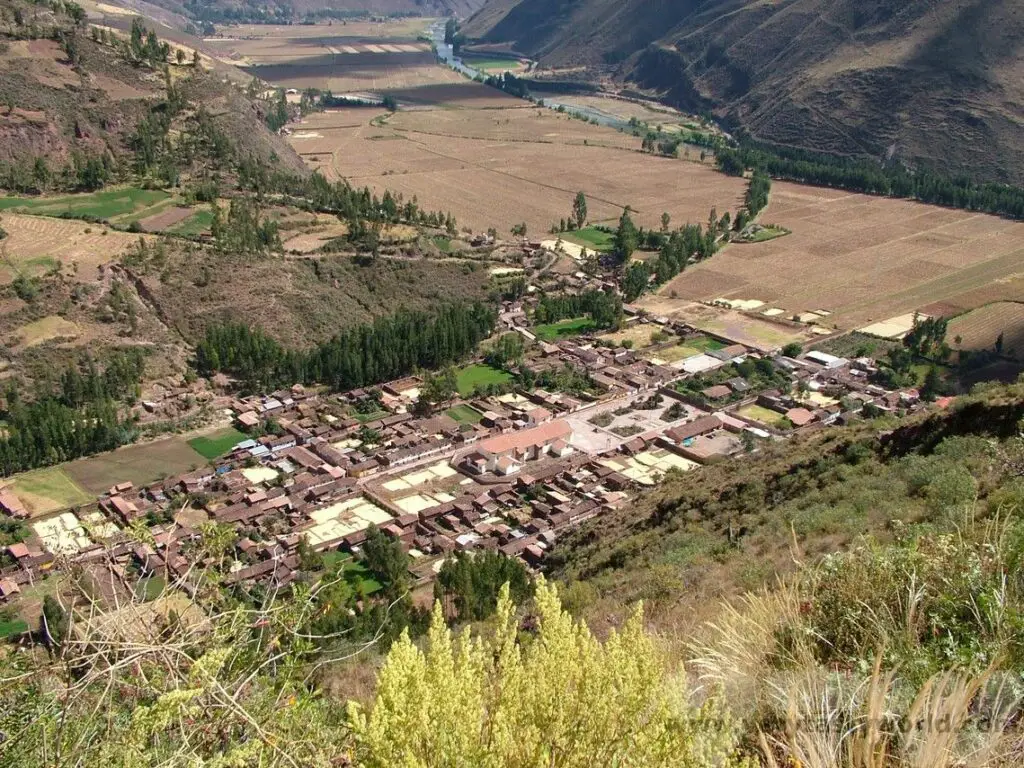
This town nestled in the Sacred Valley is famous for its market, the largest in the region. Officially it was a Sunday market but it is so popular that it runs pretty much every day. It is a bit touristy but if you are after souvenirs – and you like shopping – it is worth a visit. Arrive as early as possible to avoid the crowds.
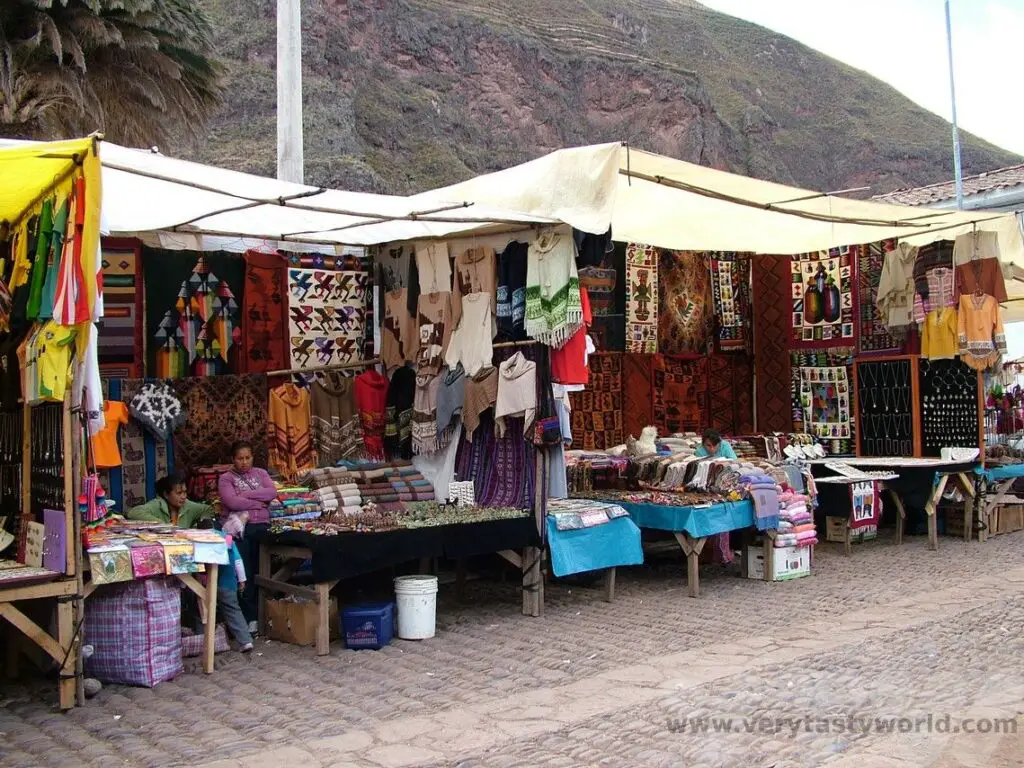
Pisac also has some splendid Inca ruins if you don’t want to haggle for souvenirs but check whether a visit to this site is included in the tour as some prioritise the market.
Chinchero
This is a charming village which has a lot of history and offers another blend of Inca and colonial architecture.
Túpac Yupanqui (the son of Pachacuti) who was the emperor of the Incas between 1471 and 1493, built a grand palace in this area. (Curiously, some academics believe that it was the Incas, led by Yupanqui, who discovered the Galapagos Islands. Although there is no evidence for this, it does reflect the vastness of the Inca empire in its heyday.) The terraces were used for agricultural purposes.
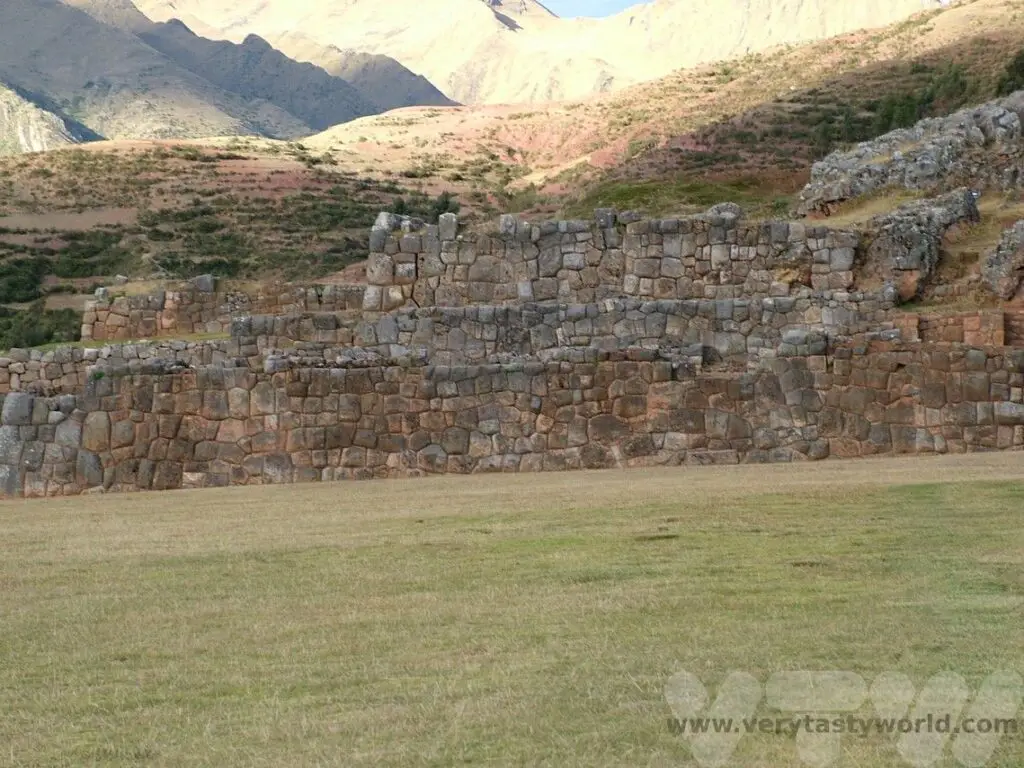
The walls with multi-angular and trapezoidal stones perfectly illustrate the complexity and sophistication of the Inca construction techniques.
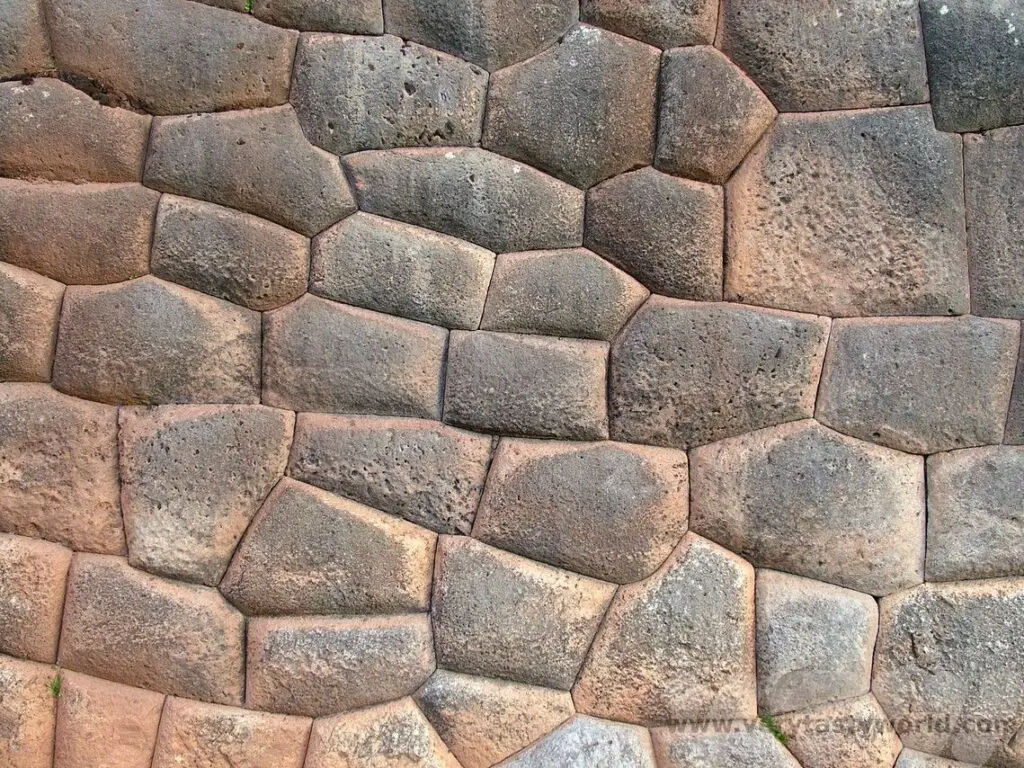
Chinchero was destroyed by rebel Manco Inca, who set it alight in 1540 in order not to leave any resources for the Spanish conquistadors, as he retreated from their unwavering advance.
When the Spanish finally settled in this town they built the Church of Our Lady of Monserrat on the remains of Yupanqui’s grand residence. It uses some of the Inca palace walls for its foundations and very much reflects the way that the cultures have integrated over the centuries.
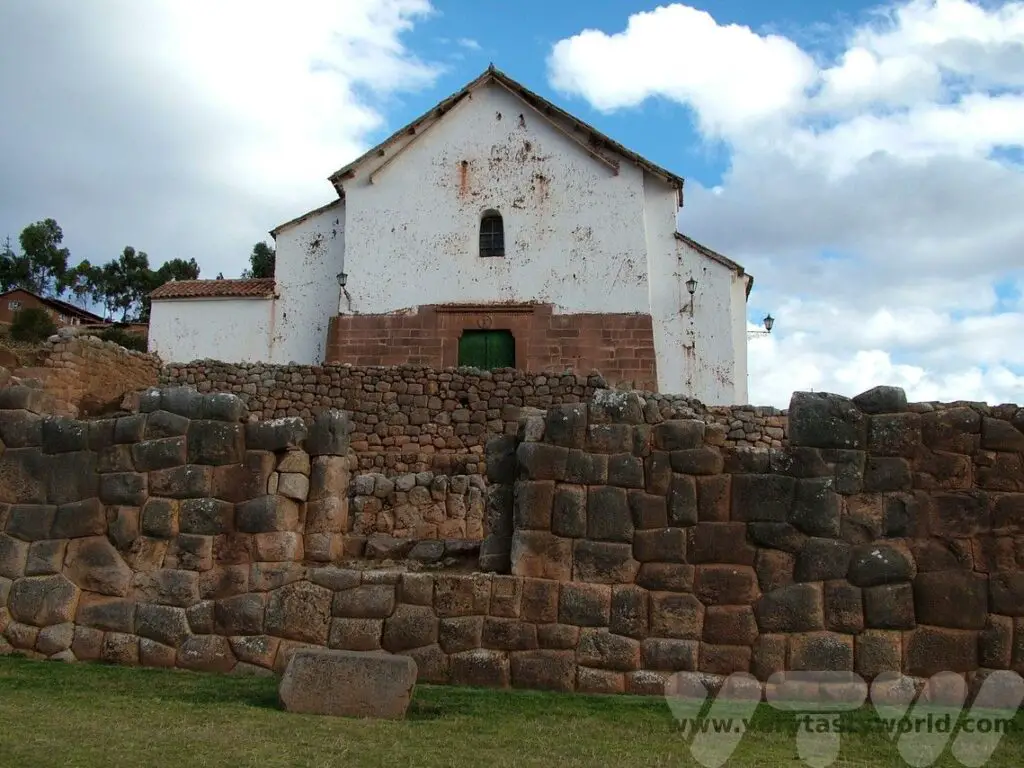
The church contains some of the best religious art in the region.
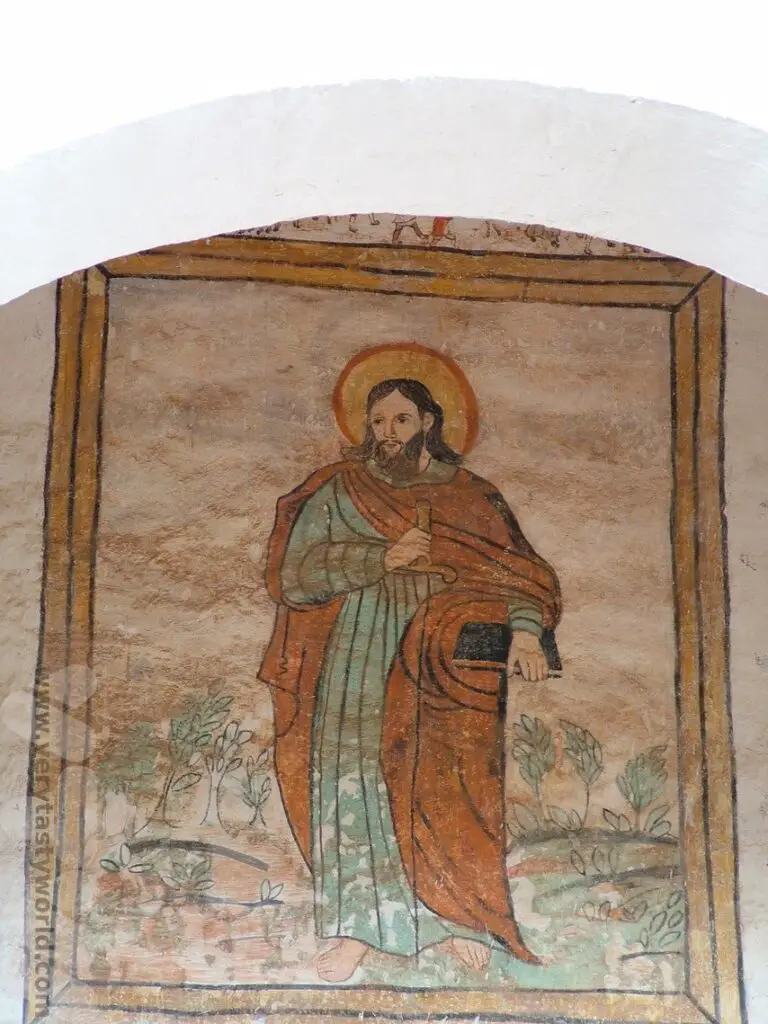
Also a centre for textiles, you may see the local women weaving colourful cloth in the streets of Chinchero. It’s very much a community working together as a co-operative.
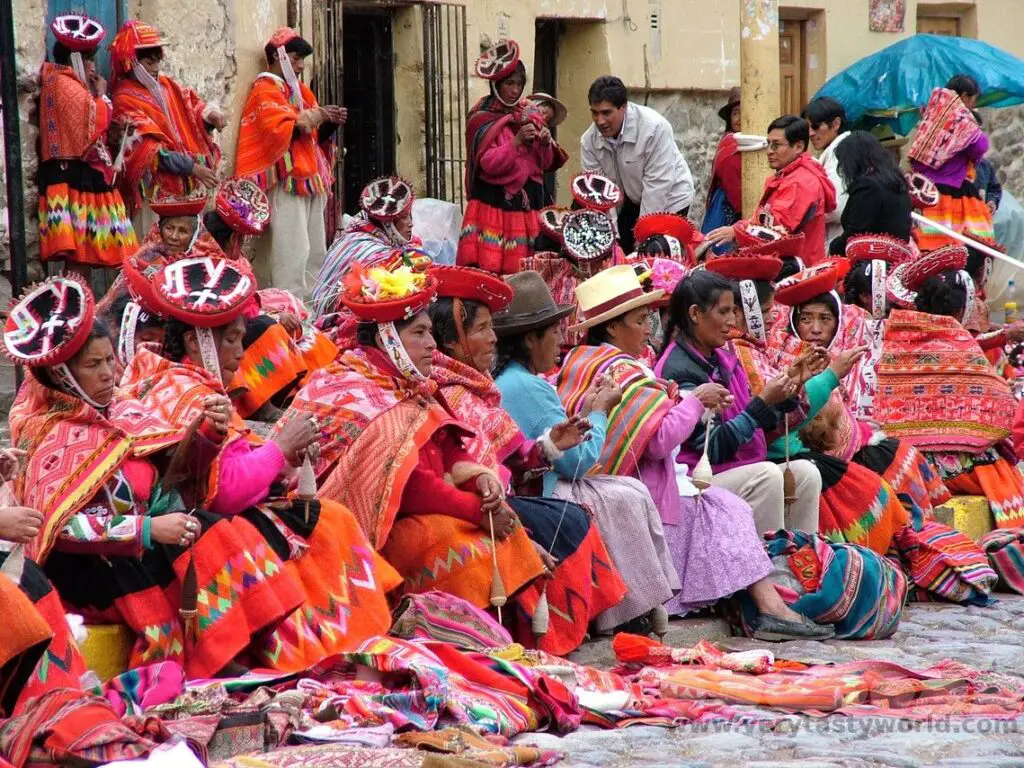
Ollantaytambo
The furthest town from Cusco on this day trip, located about 60 km away (and around 2/3 of the way to Machu Picchu as the crow flies), Ollantaytambo was established by Inca emperor Pachacuti and served as his royal residence.
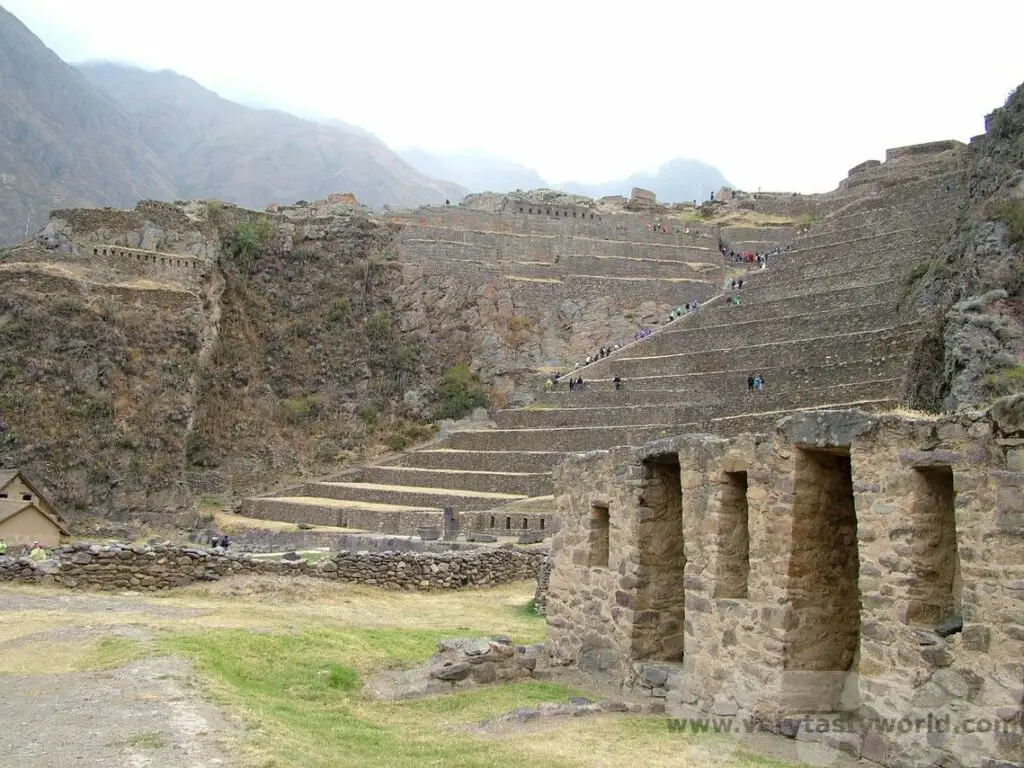
Ollantaytambo’s ruins are extremely well preserved and reflect the agricultural practices of the Incas in this area, notably the quality of the construction due to their prestigious status. The terraces are very well constructed, with high walls, and they scale the tall mountain. This has a practical effect which ensures that the Inca could grow many types of crops which flourished under the different micro-climates on the terraces.
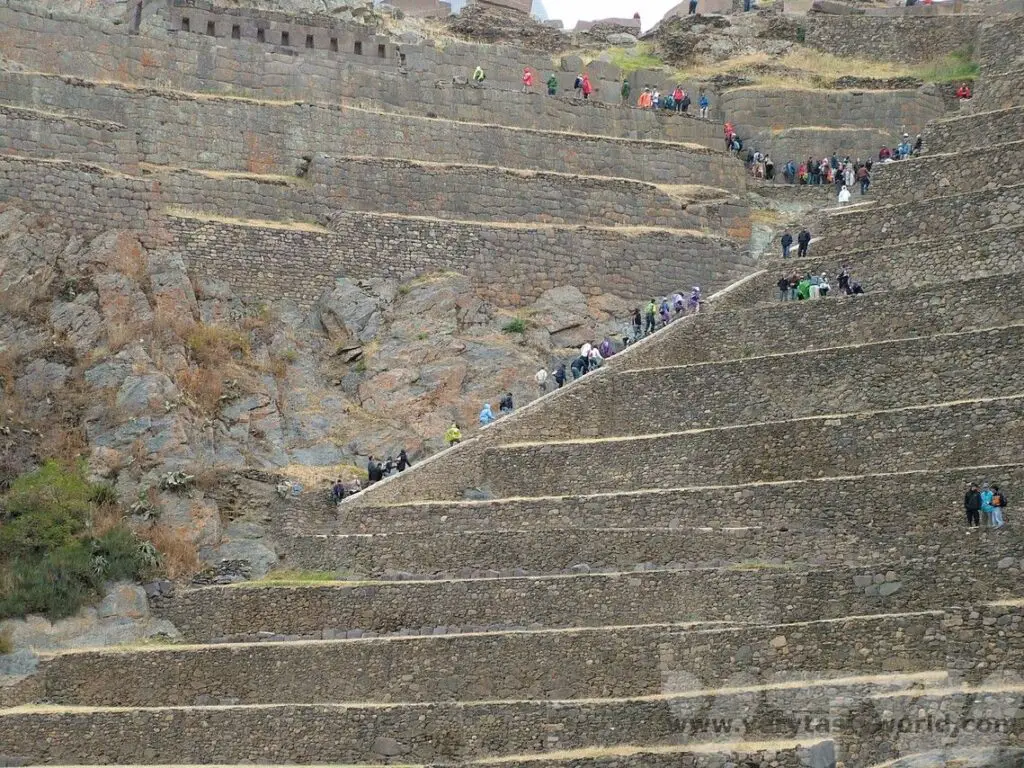
Storehouses for food can also be seen.

Ollantaytambo was the last bastion of the rebel Manco Inca Yupanqui who led the resistance against the Spanish conquistadors. After Cusco had fallen Manco Inca successfully blocked a Spanish expedition and defended Ollantaytambo, but was unable to hold his position. He eventually retreated into the jungle of Vilcabamba and became the leader of the Neo-Inca state.
There are a number of other interesting sites to visit. These include the salt pans of the Salinas de Maras and the concentric terraces at Moray, thought to be a location where the Inca experimented with growing particular crops. If you’re feeling active, whitewater rafting on the Urubamba River is a popular activity.
Essential Drinks to Try in the Sacred Valley
Peru is deservedly cited as having one of the world’s most interesting cuisines with all sorts of delicious delicacies to taste all over the country. But we also enjoyed some typically Peruvian drinks whilst visiting the Sacred Valley.
Chicha
If you see a flagpole outside a local house, this represents a chicha place where you can try a glass of corn beer. You are welcome to come in and buy some for a modest price.
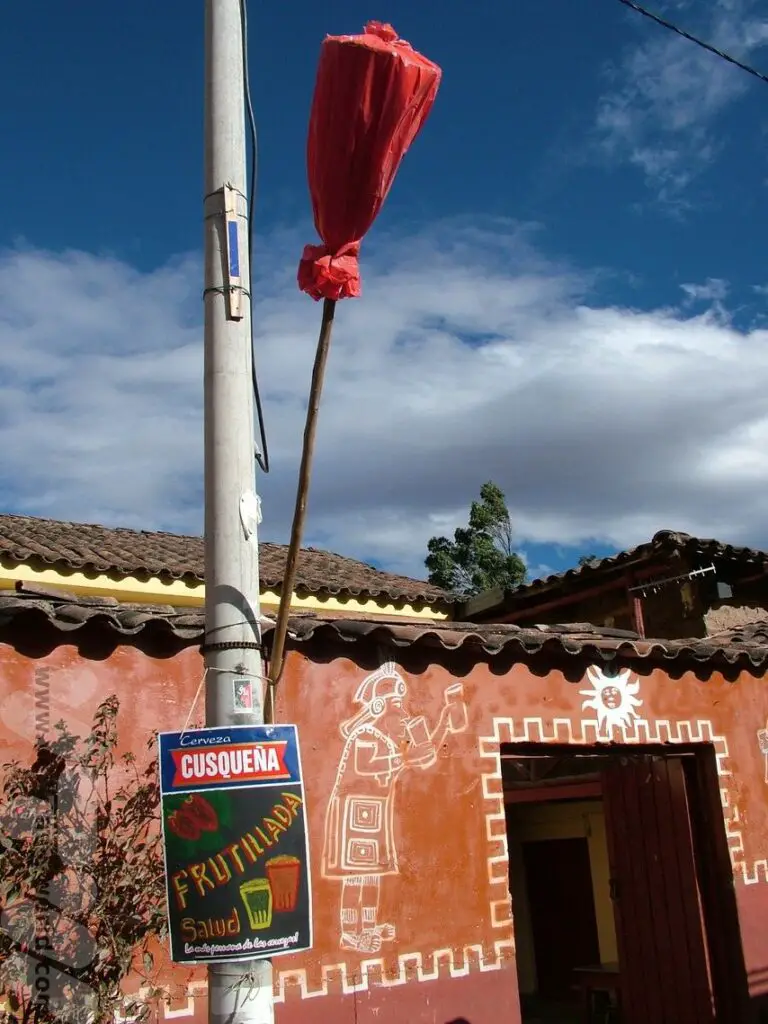
Chicha is brewed from maize and fermented in earthenware vats. It’s usually made by the women of the family and can provide a good income for the household.
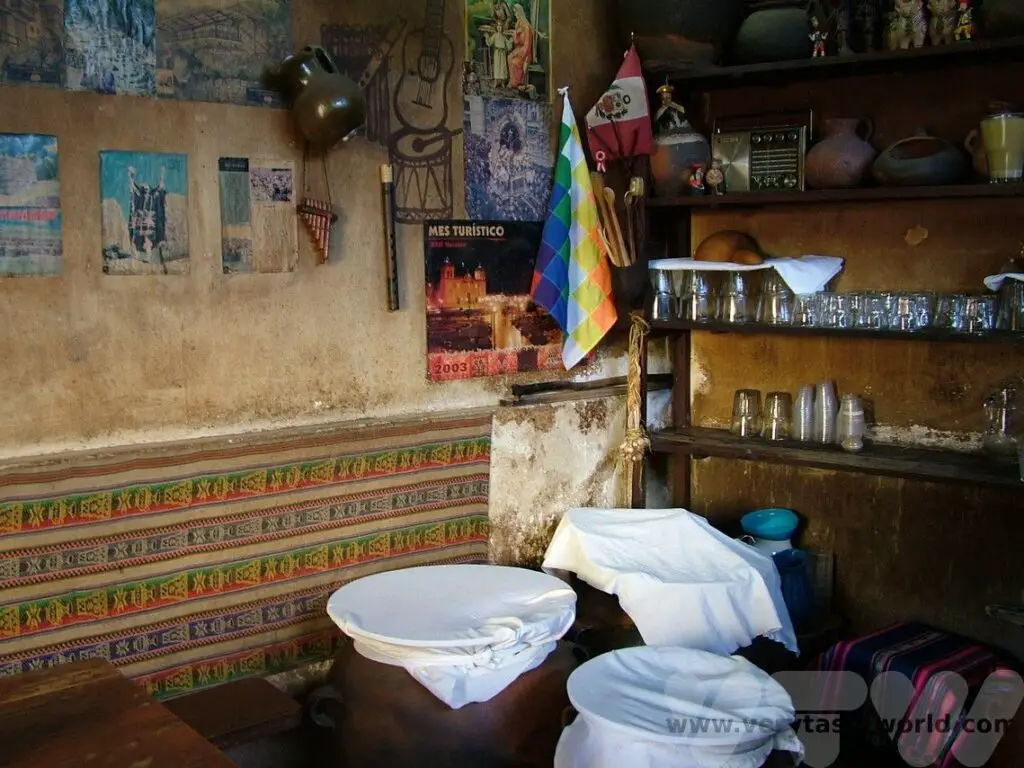
Chicha made in a very similar way to standard beer but it uses maize/corn instead of barley. It is a very special drink that had a huge cultural importance to the Inca people. It’s not very alcoholic – about 3-5% – but it is very refreshing and tasty too.
Chicha de jora is made from yellow maize and chicha morada from purple corn, with fruit such as pineapple or strawberry added with spices such as cinnamon or cloves to add flavour. Both types of beer have a glorious colour.
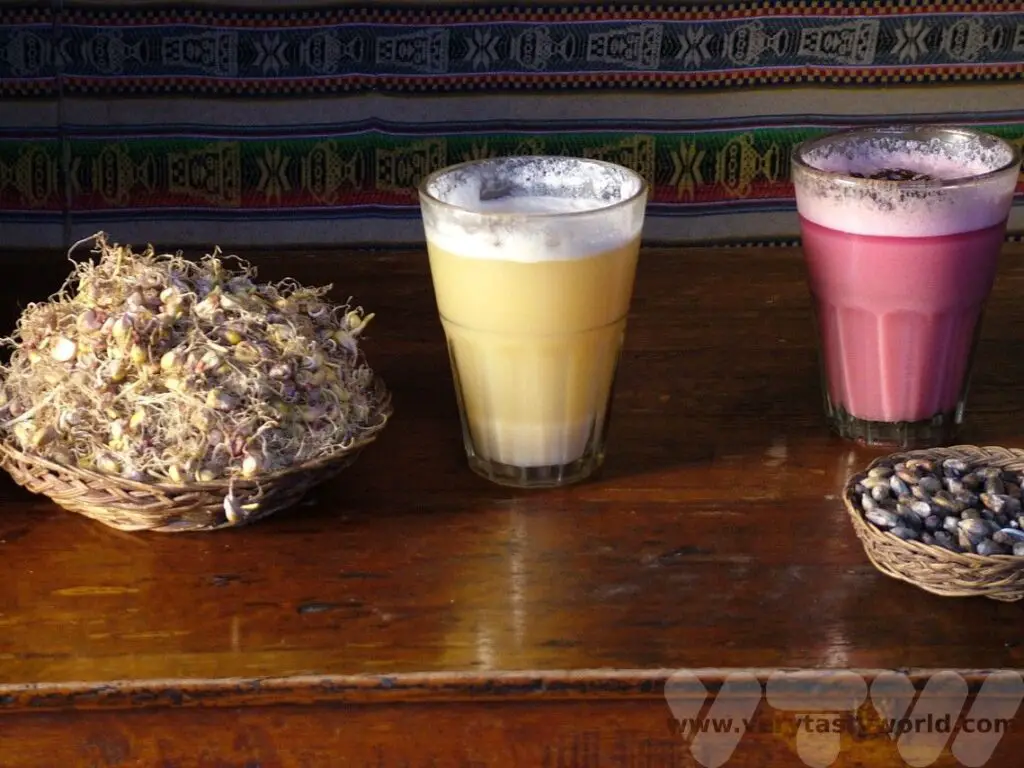
Coca Tea
At altitude you really notice the thinner air and the lack of oxygen. You may not feel it initially but climbing a seemingly innocuous flight of stairs, even a single storey, can leave you puffing and panting and wondering whether you need to be working out more. Some people have more serious reactions which include headaches, nausea, tiredness and dizziness. There is no knowing whether you are likely to suffer from altitude sickness, and fitness isn’t a factor – it seems as though either you are or you aren’t susceptible. If you do feel poorly, stop and rest. Make sure you are well hydrated. Avoid consuming alcohol and smoking.
One local remedy that is reputed to help with mild symptoms is coca tea. It won’t cure altitude sickness but apparently helps alleviate the headaches. (It’s not recommended for those with high blood pressure, heart problems or diabetes.) And as acute mountain sickness can be fatal – if symptoms get worse, seek medical advice immediately.
Our hotel had free coca tea available all the time and this is the case with most accommodation in the city. A nice cup of hot tea after a morning or afternoon’s sightseeing was always welcome. The tea is brewed from the leaves of the coca plant, which the Incas considered to be sacred. It’s not tannic and has a pleasing flavour, a mild, refreshing taste that is a bit like green tea.
You can buy coca tea bags in Peru to bring home. They last ages and can still be enjoyed at altitudes much closer to sea level.
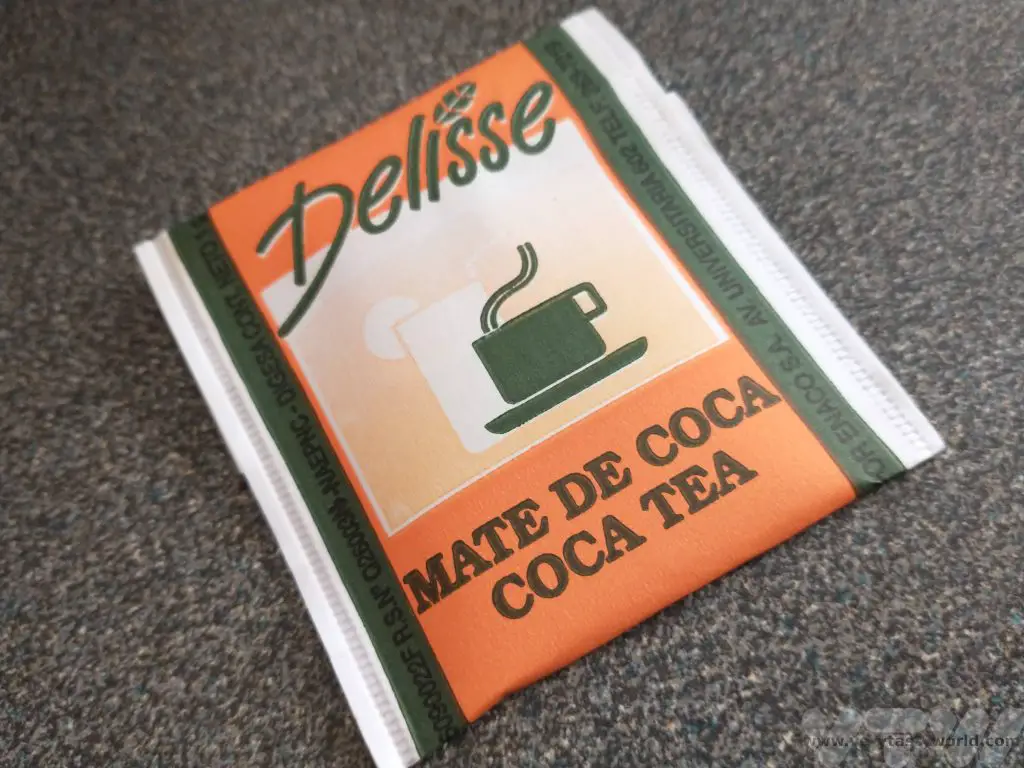
Just brew them as you would any cup of tea: teabag in a cup, add boiling water, steep to the strength you like, sit back, put your feet up and quaff.
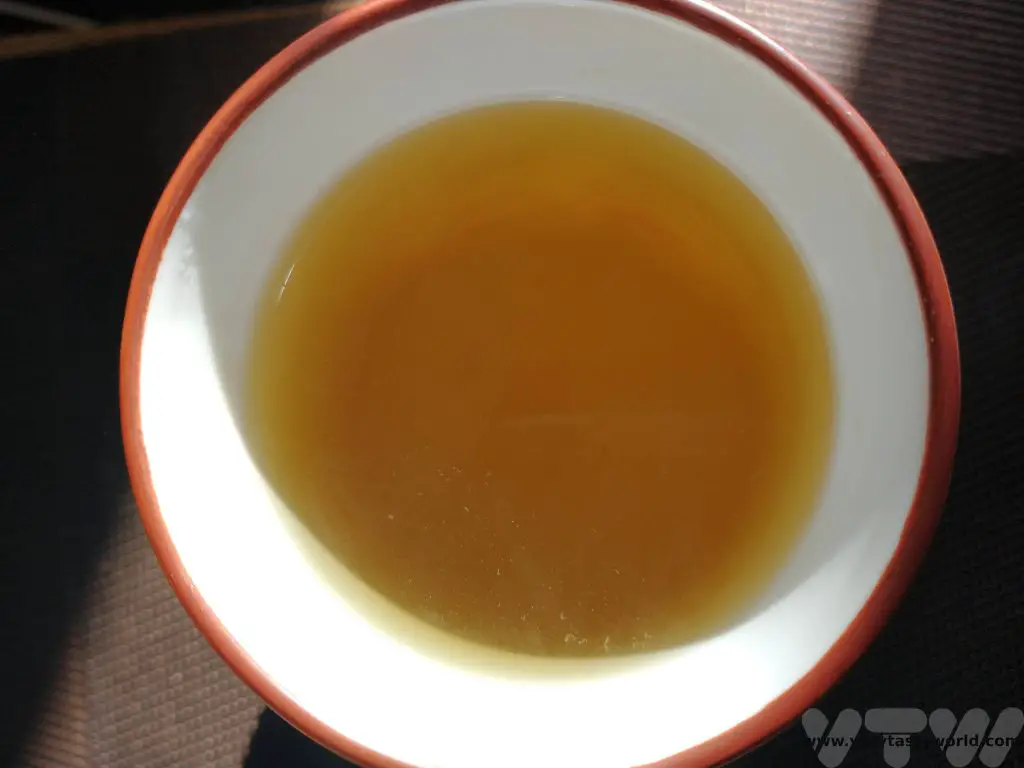
Although often considered to be the gateway to Machu Picchu, Cusco and the Sacred Valley have so much to offer the visitor. It is definitely worth spending time in this area, not only to acclimatise to the altitude, but also to explore and discover more of the region’s fascinating history and culture.
Related Posts You May Enjoy

- Best Time To Visit Machu Picchu 2024 Update
- A 2 Week Patagonia Itinerary
- Day of the Dead in Campeche
- A Galapagos Land Based Itinerary
- RECIPE: How to Make Costa Rica’s Gallo Pinto
- A Tasty Puebla Food Tour
- Costa Rica Wildlife Sanctuary – Caño Negro
- Visit Torres del Paine National Park in Patagonia
- Atacama Desert Itinerary
Pilsners for Pedestrians in Prague
Some cities are beautiful. Others are plain ugly. Some are superficially unattractive and their charm needs to be discovered when you explore them. But Prague’s architecture ensures that it is one of the most elegant cities in the world. It’s a great size for walking around too. A long weekender city break will ensure that you can enjoy the main sights, including splendid museums and theatre shows, and even take in a day trip away from the city.
The town square with Tyn Cathedral are centrally located between Wenceslas Square and Charles Bridge. It holds enormously popular Christmas and Easter markets each year. Just off the square is the amazing mediaeval astronomical clock, located on the town hall wall. It is apparently the third oldest such clock in the world. Inevitably it attracts large crowds trying to get photos, especially on each hour when the figures adorning the clock are set in motion and the twelve apostles appear.
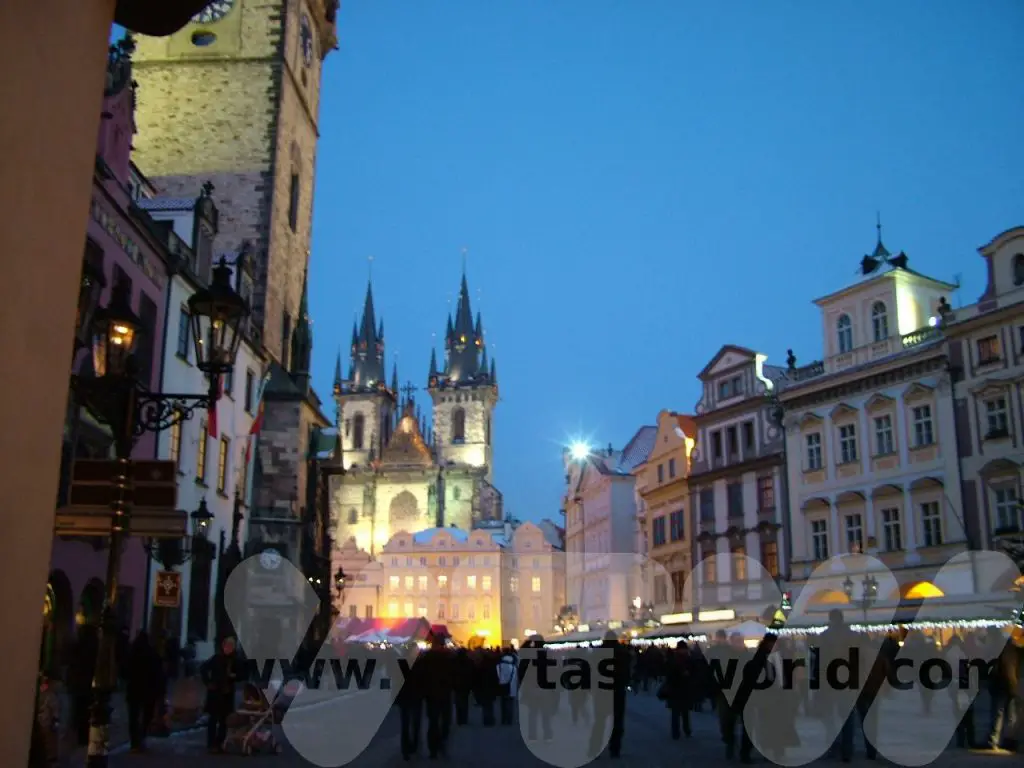
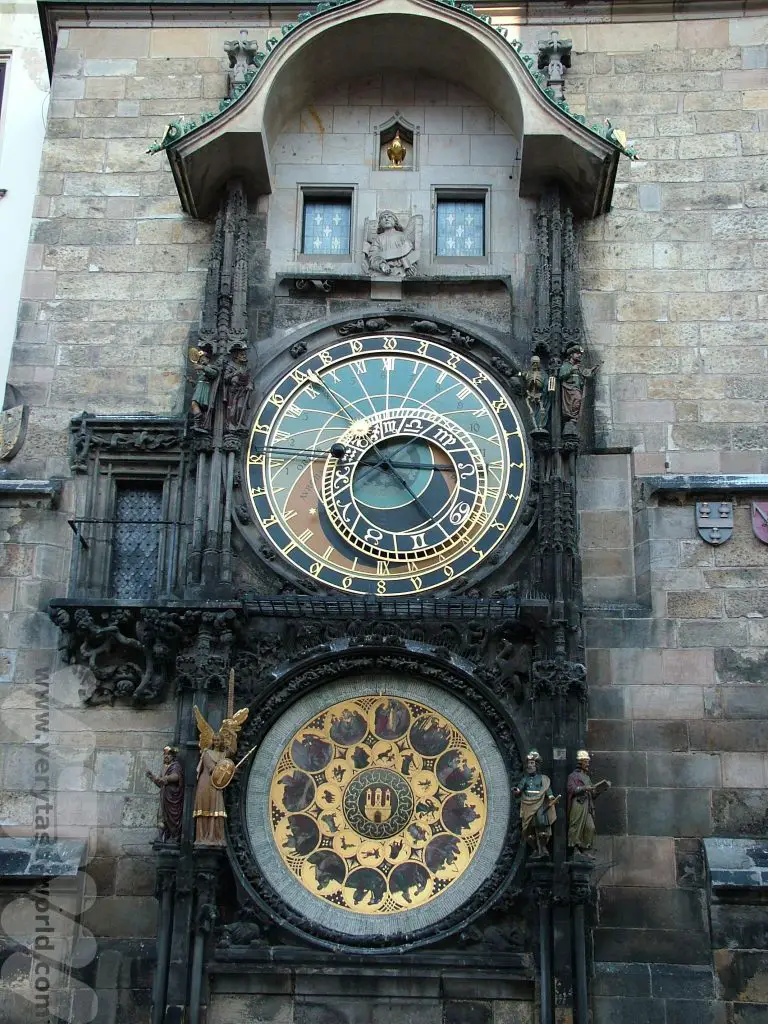
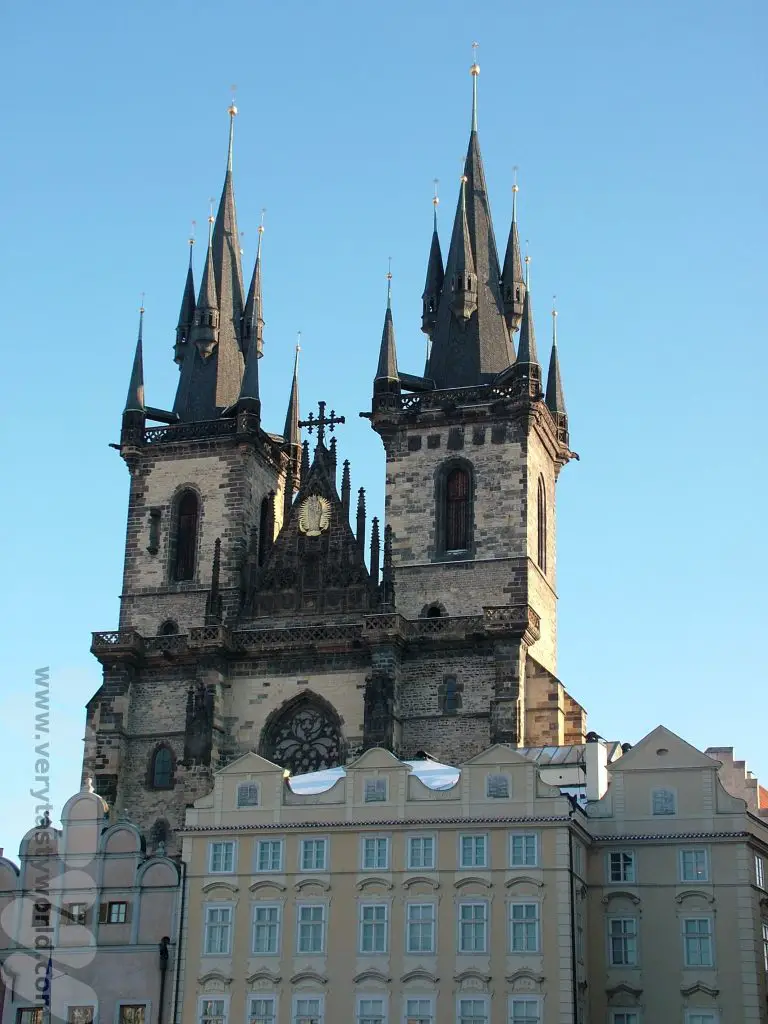
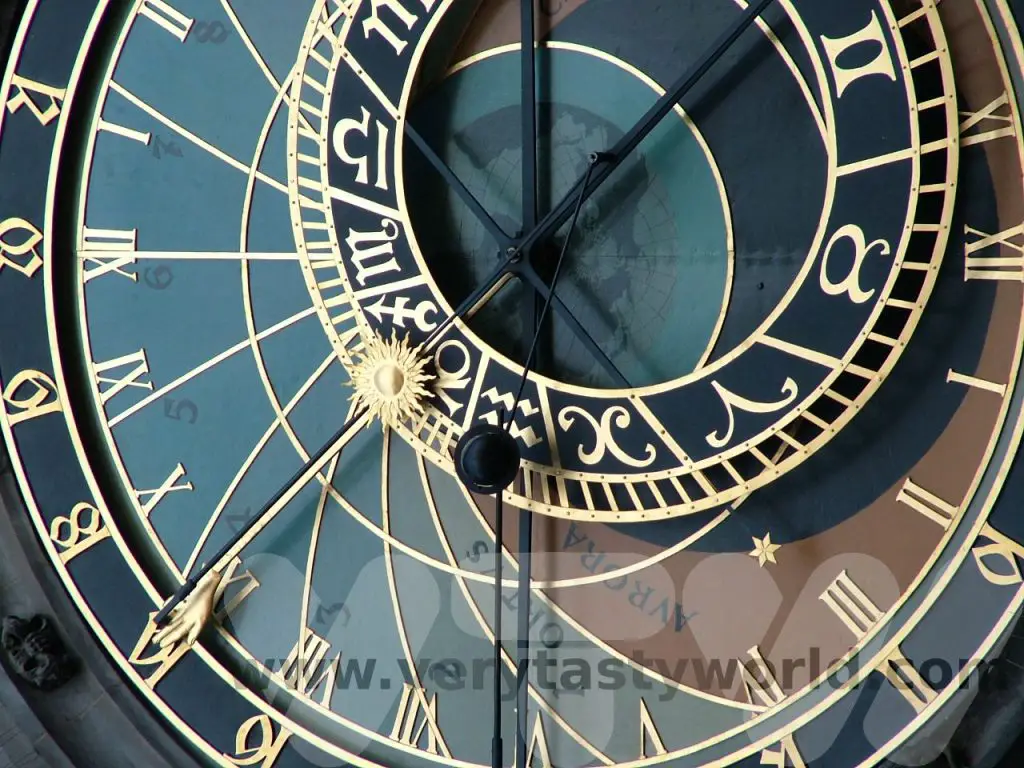
Charles Bridge is the oldest bridge in the city and crosses the Vltava river, and has many statues of saints lining its balustrade.
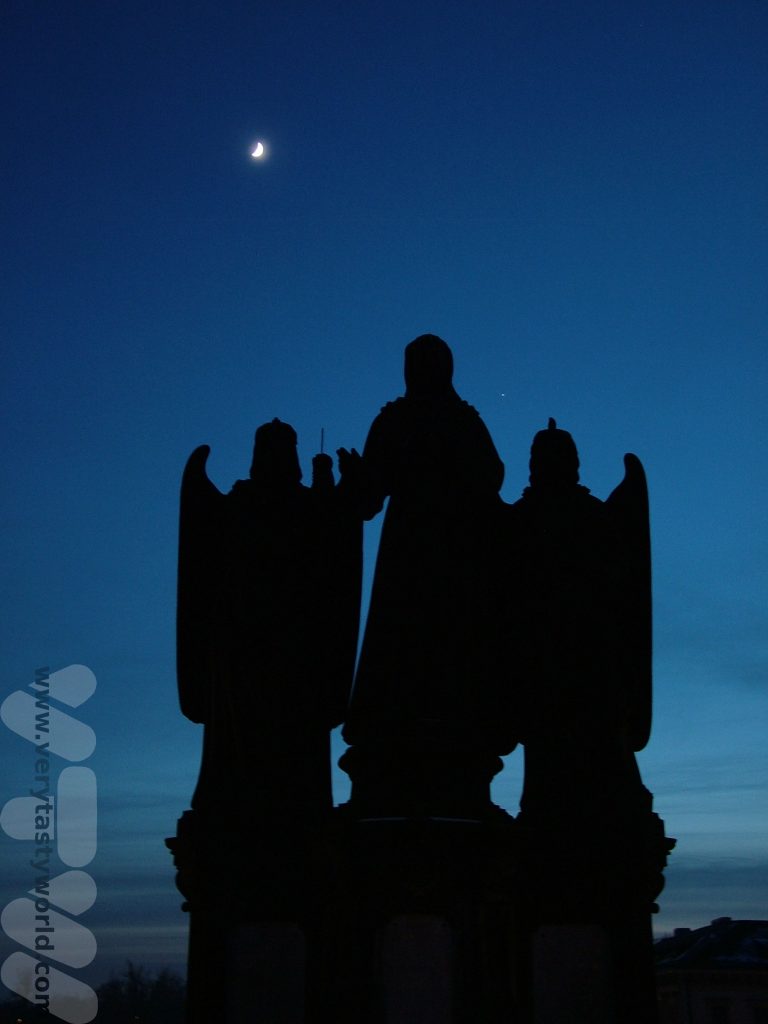
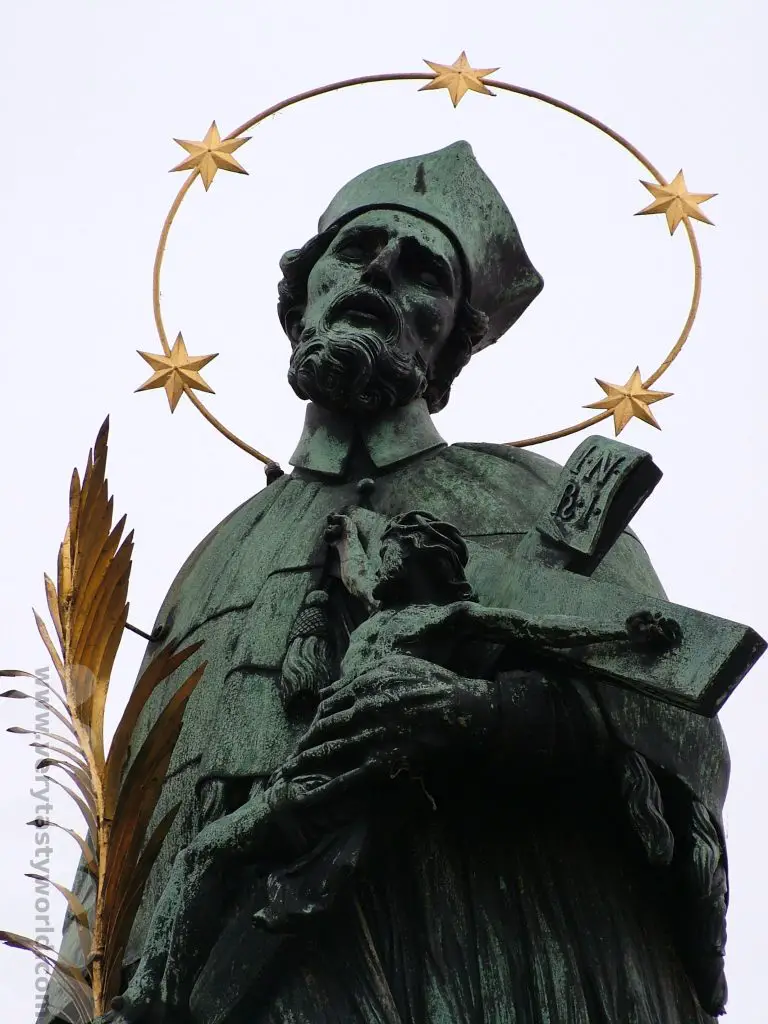
After crossing Charles Bridge it’s a short hike up the hill on the other side of the river to Prague Castle which proudly overlooks the city. The president resides here now but it was formerly a residence for kings of Bohemia. It makes for an interesting morning exploring the extensive complex with its fascinating buildings.
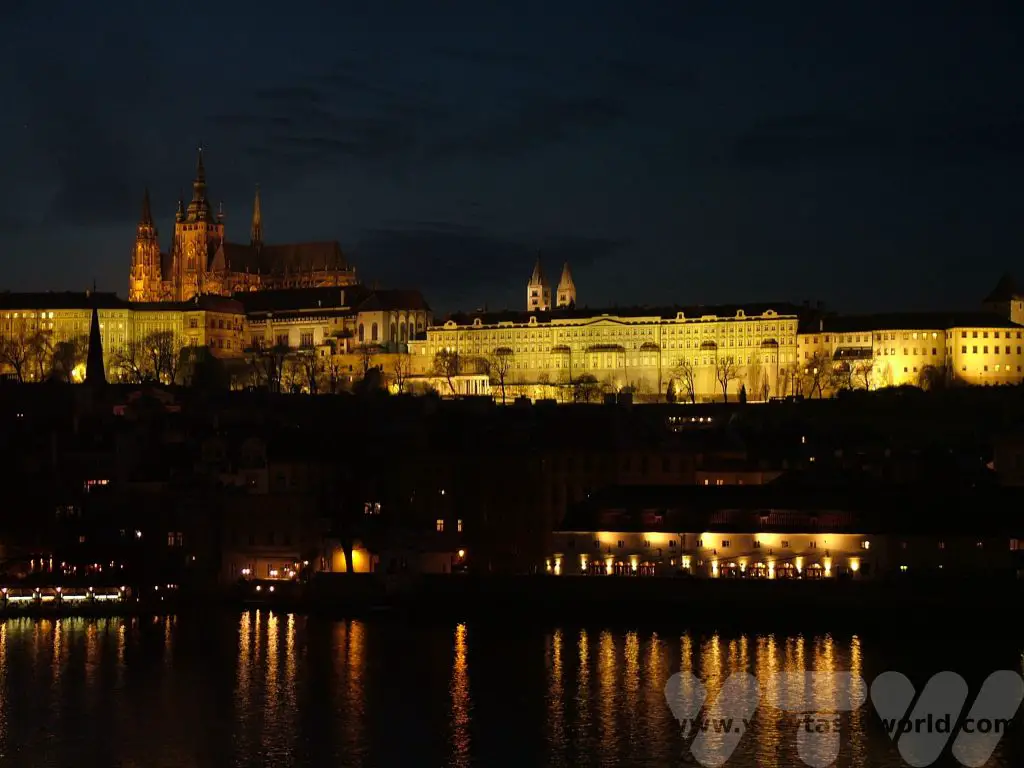
Within the castle grounds the most famous building is St Vitus Cathedral. The site dates from the 10th Century and is considered to be the most important place of worship in the country. The gorgeous gothic structure of the cathedral started construction in 1344 and was further developed over the centuries.
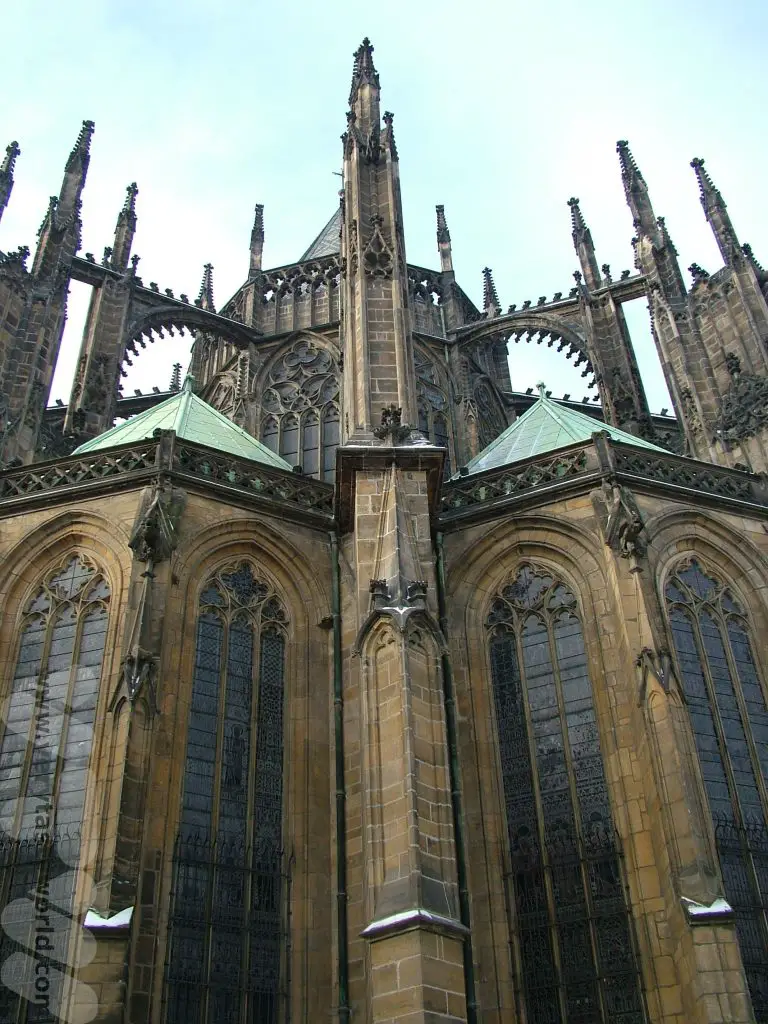
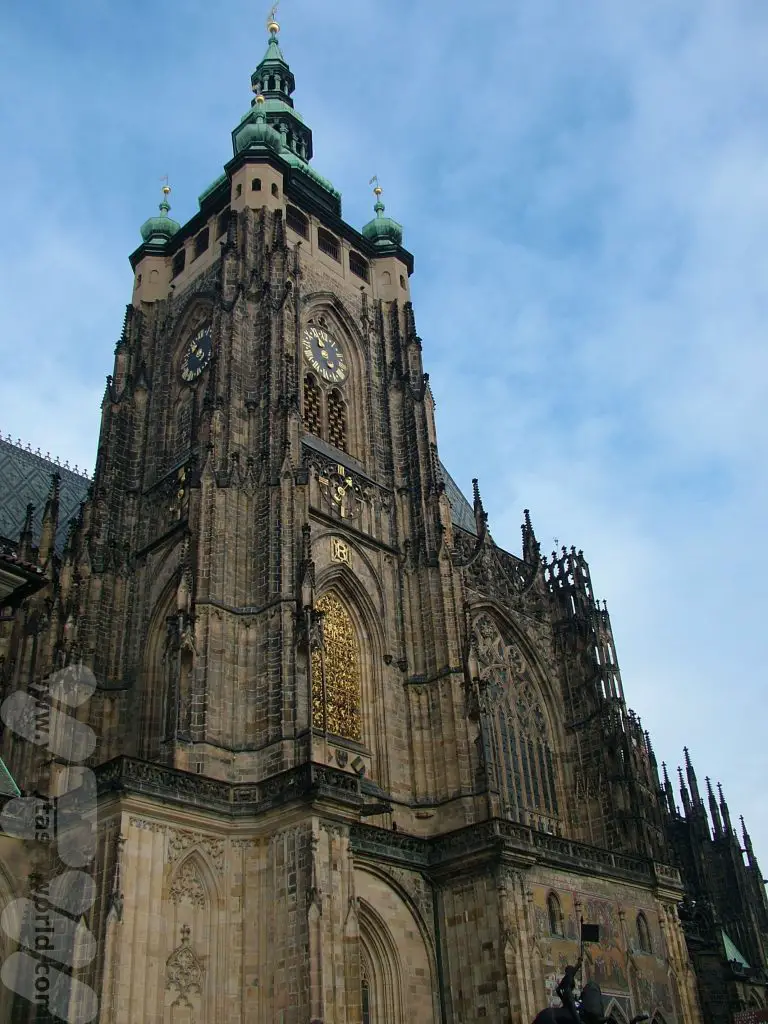
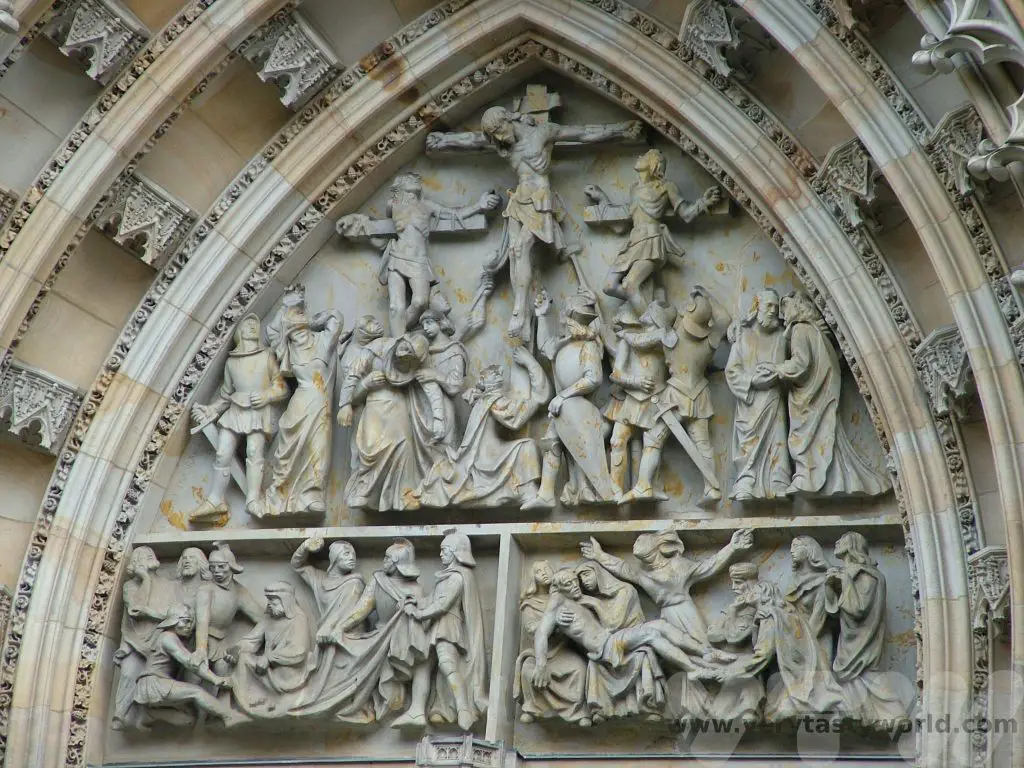

It has the most stunning stained glass windows.
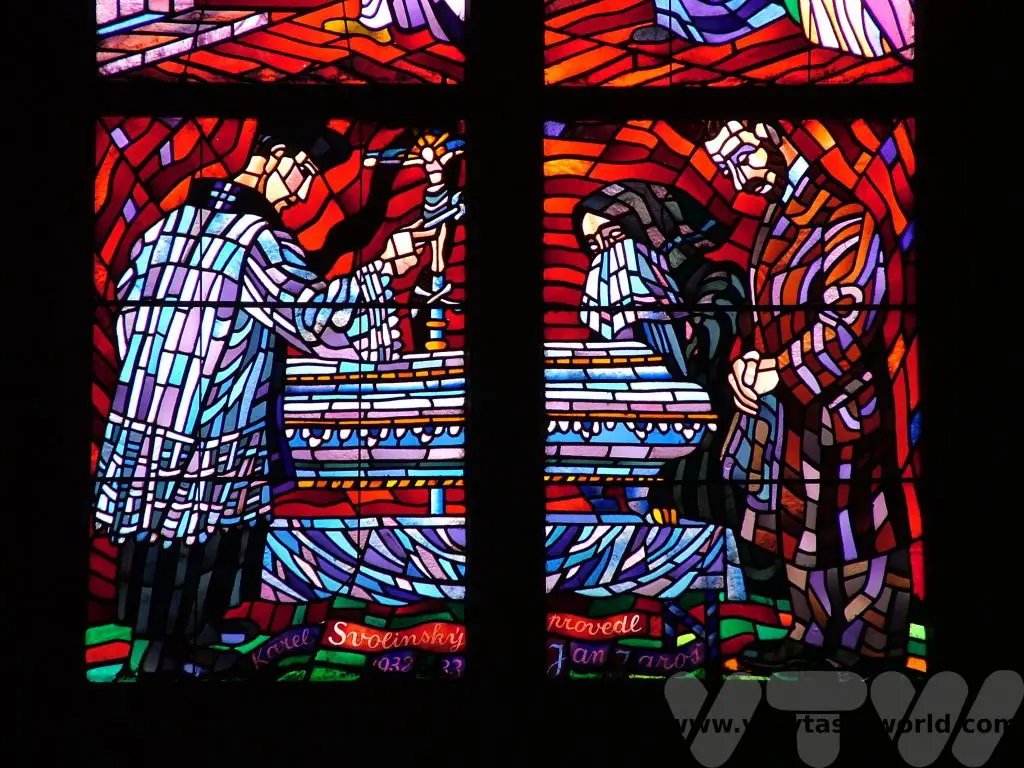
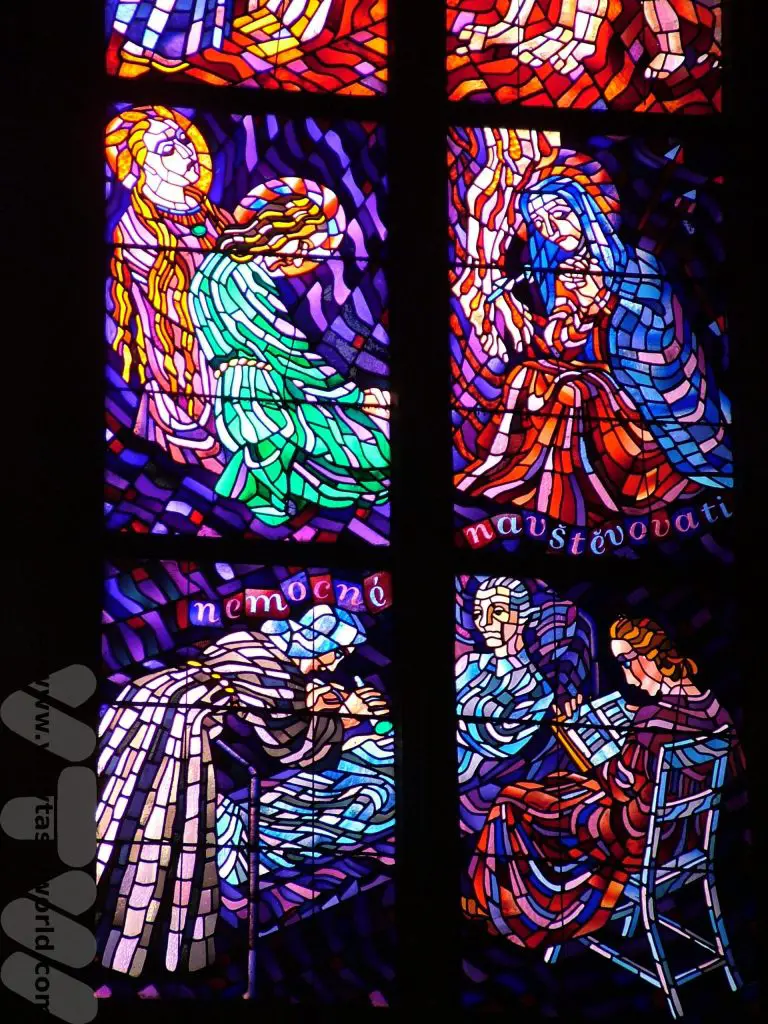
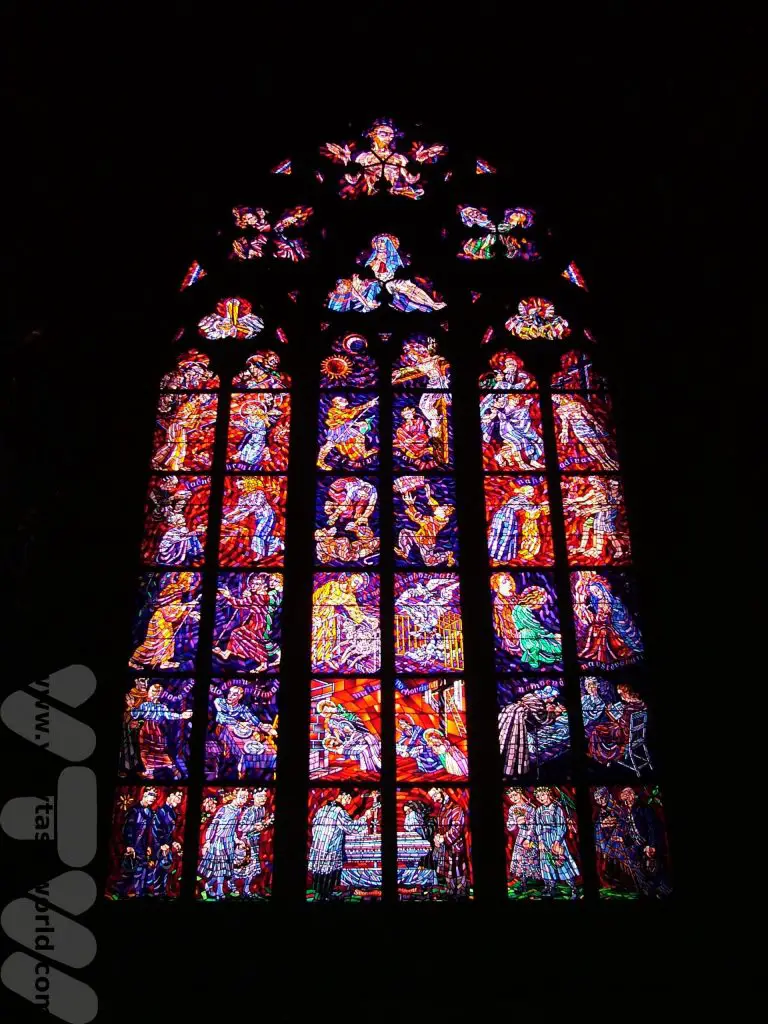
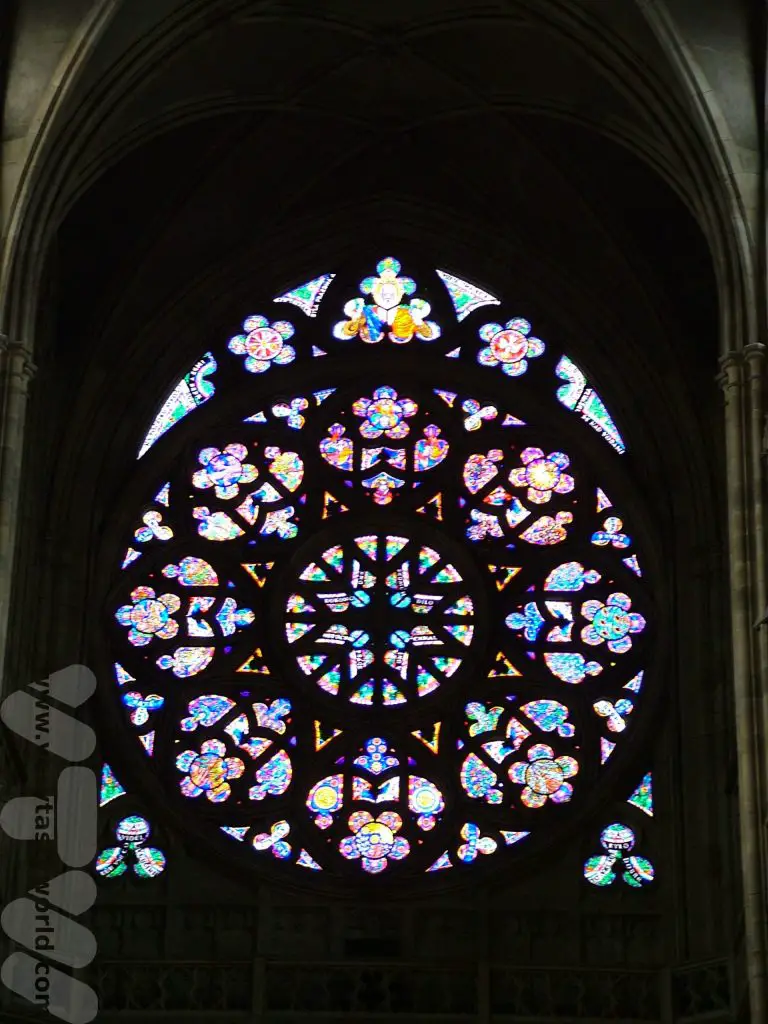
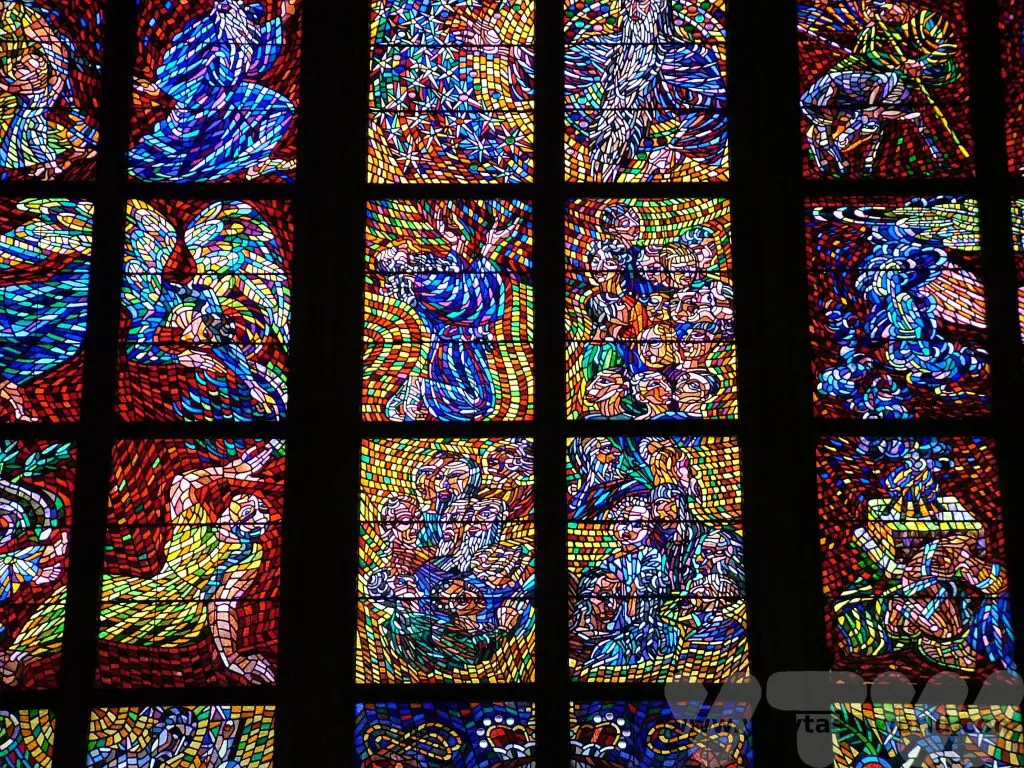
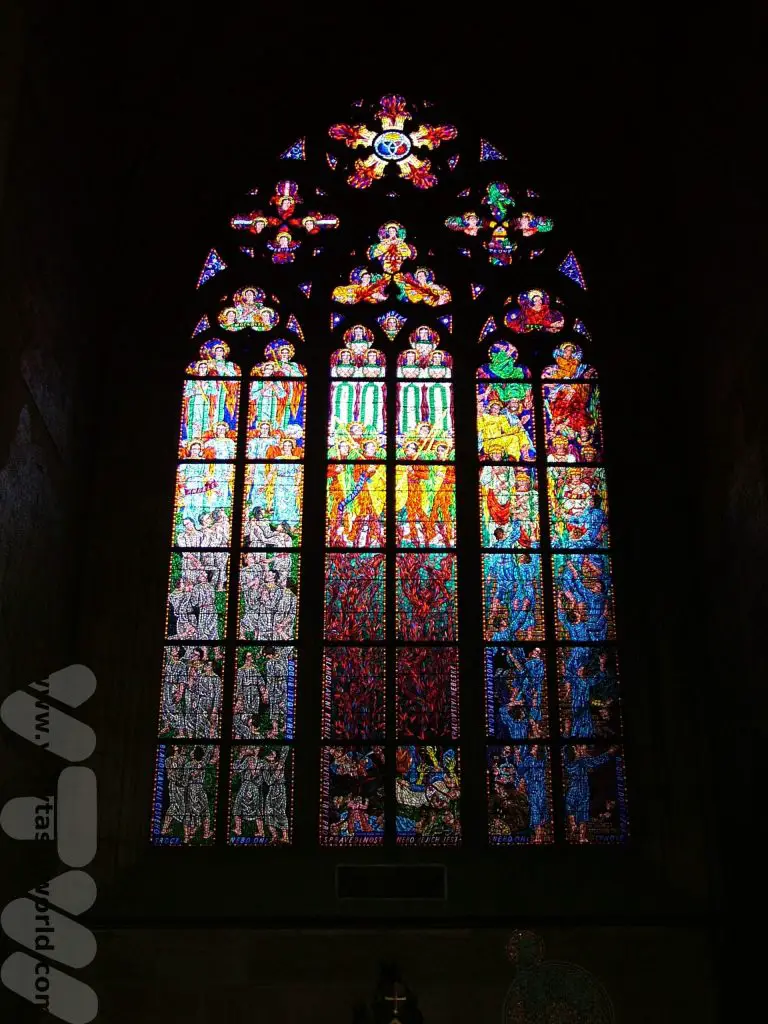
We were mildly sozzled for much of the trip because it turned out that beer was cheaper than water and there was a huge variety to choose from.
Most styles are pilsner, a pale lager which offered much refreshment after a morning or afternoon’s exploration of the city.
Pilsners were developed in the Czech Republic, originally in the city of Plzeň that’s located around 90 km west of Prague, in the mid nineteenth century. Using a malting process that ensure the barley was kilned to be significantly paler than traditional malts, a yeast that fermented on the bottom of the container and lots of noble hops (Saaz being a notable variety) which provide the beer with its bitter element, the local water also proved to be ideal for production as it was relatively free of minerals. A good pilsner is golden in colour, hoppy (but not too hoppy), and should have a balance of flavours.
In Prague the beers were served cold, with a large, frothy head. This style of serving is popular in much of Europe (and also in Japan, whose brewers imitated the style of pouring they visited Germany to learn their craft in the late nineteenth century). In the UK we’re not so keen on a massive head (less actual beer in the glass!) but apparently the froth protects the beer from oxidation which helps maintain the flavour of the pilsner. Although if you drink it quickly enough you, too, can help prevent oxidation!
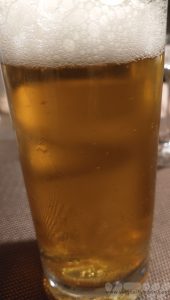
Of course, we made sure we tasted as many as possible. There seemed to be a convention for ordering beer:
1) You will be offered beer as soon as you enter any fine establishment.
2) It’s perfectly OK to go into a restaurant to drink beer and not order food.
3) The default size seems to be large (0.5L). You would have to ask for a small beer. But why would you want to do that?
4) The friendly barperson will have a preternatural ability to detect that your glass is empty the moment you swig the ultimate drop and will offer you more beer instantly. It’s usually a good idea to accept.

Perito Moreno Glacier Tour, Patagonia
The Perito Moreno glacier, located around 80 kilometres away from the Argentine Patagonian town of El Calafate and inside Los Glaciares National Park, is one of the area’s most famous attractions. The Perito Moreno is unusual in that it is one of the few glaciers in the world that is still advancing. Most are shrinking as a result of climate change. There are plenty of options for taking a Perito Moreno glacier tour.
When I was studying geography many years ago, human geography always seemed to be less interesting (counting different types of shop in the central business district of a small town) compared with physical geography and meteorology, where we learned about about oxbow lakes, karst scenery, lapse rates and glaciation. These geographical features seemed to be exotic and exciting and, well, very different from anything to be found in suburban Surrey. To be able to see a glacier up close – and actually walk on it – was an ambition fulfilled.
Getting to the Perito Moreno Glacier
Although it’s possible to hire a car in the area, and we did this for our visit to Torres del Paine in Chilean Patagonia, we were generally travelling on buses through the region, which was a convenient and relaxing way to travel. So there are loads of tour operators in El Calafate who can arrange a trip to Perito Moreno. It’s about an hour and a half journey to the glacier from the town and most operators can arrange a pickup from your accommodation.
You enter Los Glaciares park and will have to pay the entrance fee which usually isn’t included in the price of the tour. The park website has details of ticket prices and you can also pre-book them online.
There are choices for exploring the glacier – you can walk along an excellent viewing trail but it is also possible to don crampons and undertake a trek on the glacier. There’s the Big Ice for hardy young souls, where you’ll spend about 8 hours on the ice and traverse a wide section of glacier, or the Little Ice which is a taster for people who are less intrepid. Or just old – when we visited there was a rule that you were not allowed do the Big Trek if you were over 45 years old. This rule has now changed but it is important that you are physically fit and don’t have any mobility issues.
If doing the glacier walk, you’ll be taken to a small ferry and will then cross the lake. It takes about half an hour and the view of the glacier is wonderful. There’s a full briefing available in English and Spanish and you will be accompanied on the glacier by several experienced guides.
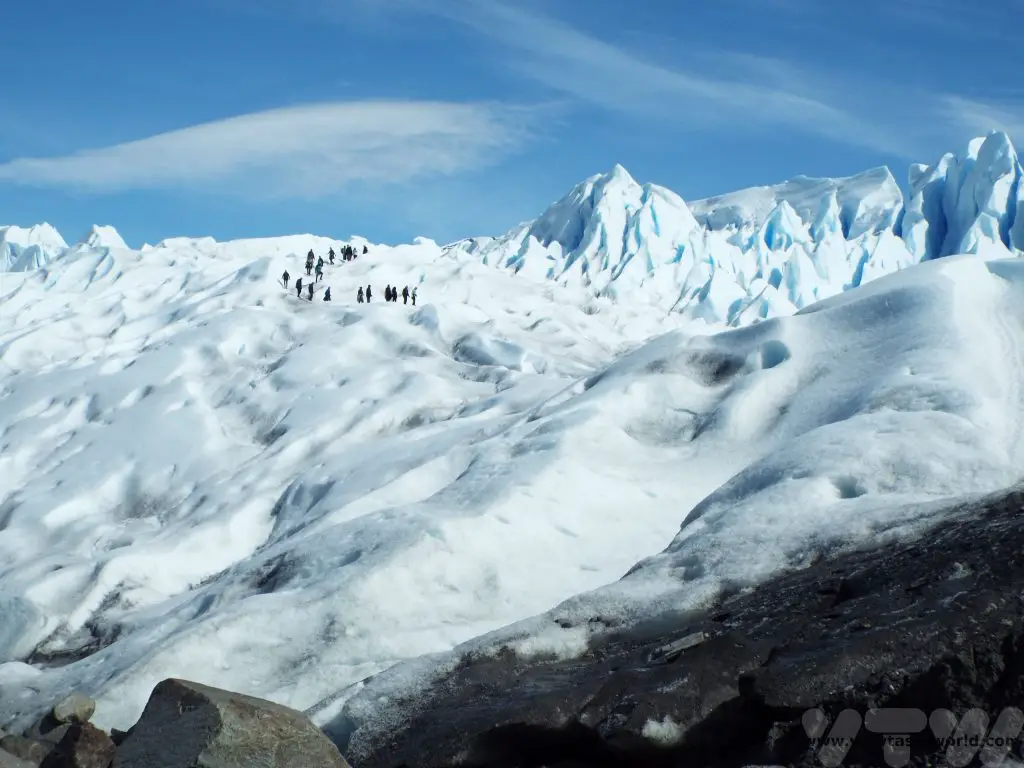
Little Ice Trek On The Perito Moreno Glacier
Even if you’re too old for the Big Ice, the Little Trek is still a marvellous experience. You need to wear a long-sleeved top and bring gloves because the ice is surprisingly sharp (it’s not like fluffy snow) so you don’t want to hurt your arms or hands if you fall over. Sturdy shoes are essential.
You’ll be loaned some crampons, spikes that strap to your shoes (hence the need for good footwear) which will enable you to walk on the ice without slipping over. They’ll be fitted by people who know how to fit crampons and this will ensure your safety on the ice.
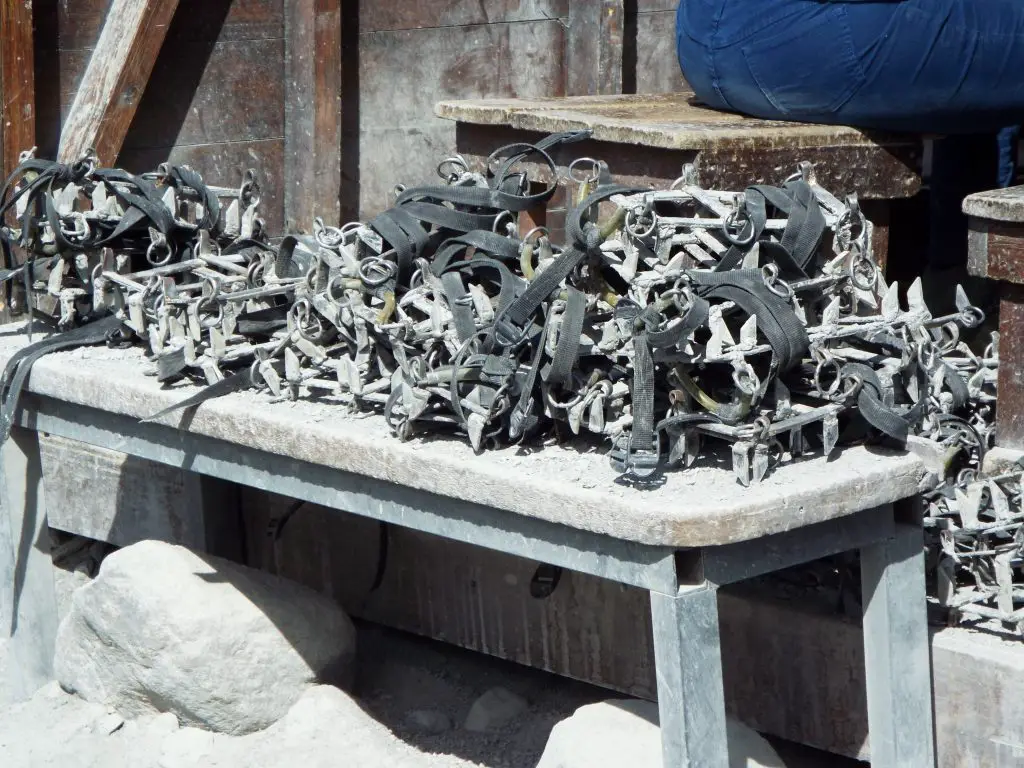
Crampons take a little bit of getting used to, especially when walking downwards on the ice. When walking straight or uphill, just walk firmly, keeping your legs slightly apart, about the same width as your shoulders, making sure the spikes embed themselves into the ice. When walking downhill, keep your feet facing forward, again with legs slightly apart and walk steadily. Opening your feet out penguin style or trying to walk downhill sideways, like a crab, doesn’t work.
Once on the glacier there are some amazing sights.
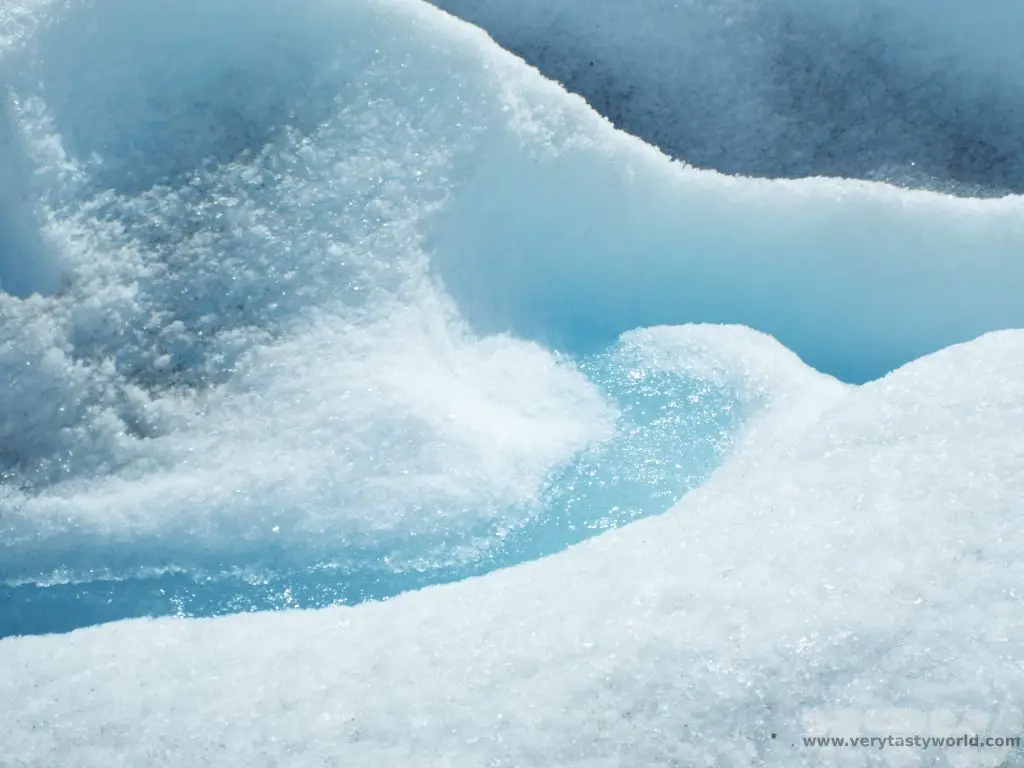
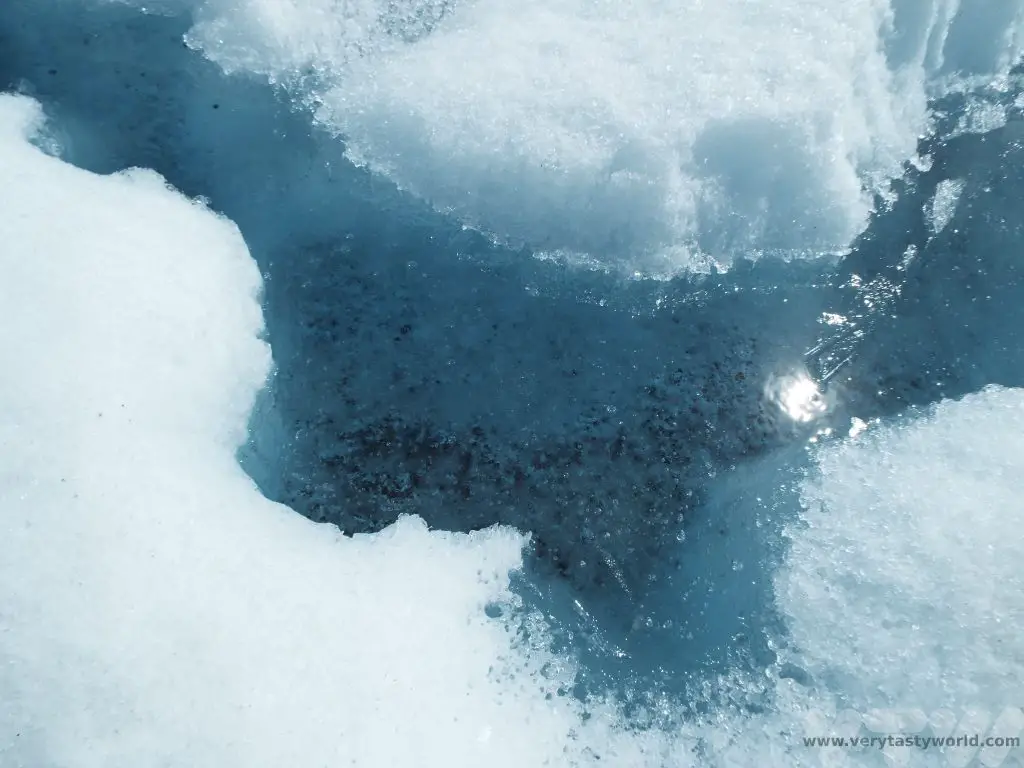
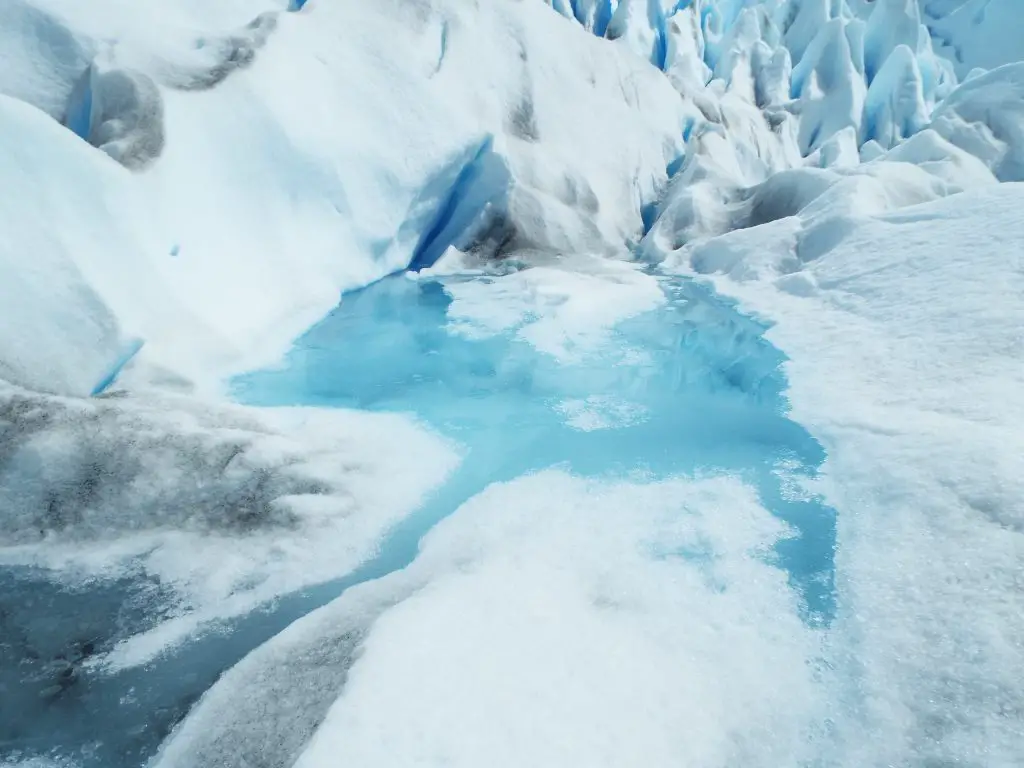
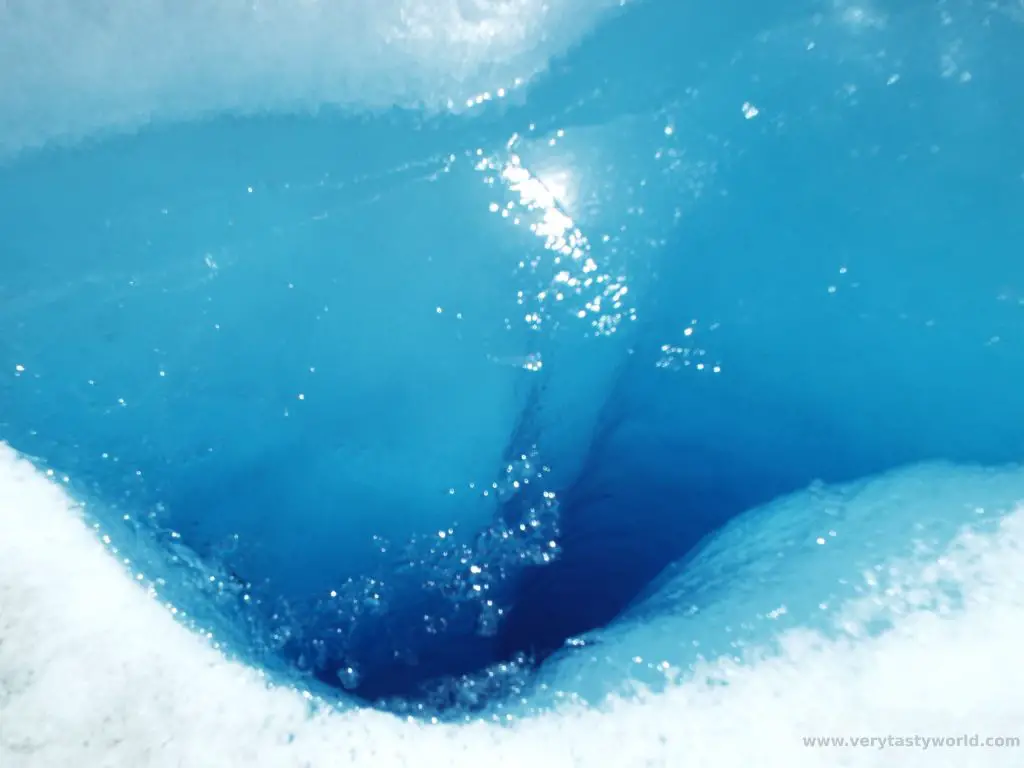
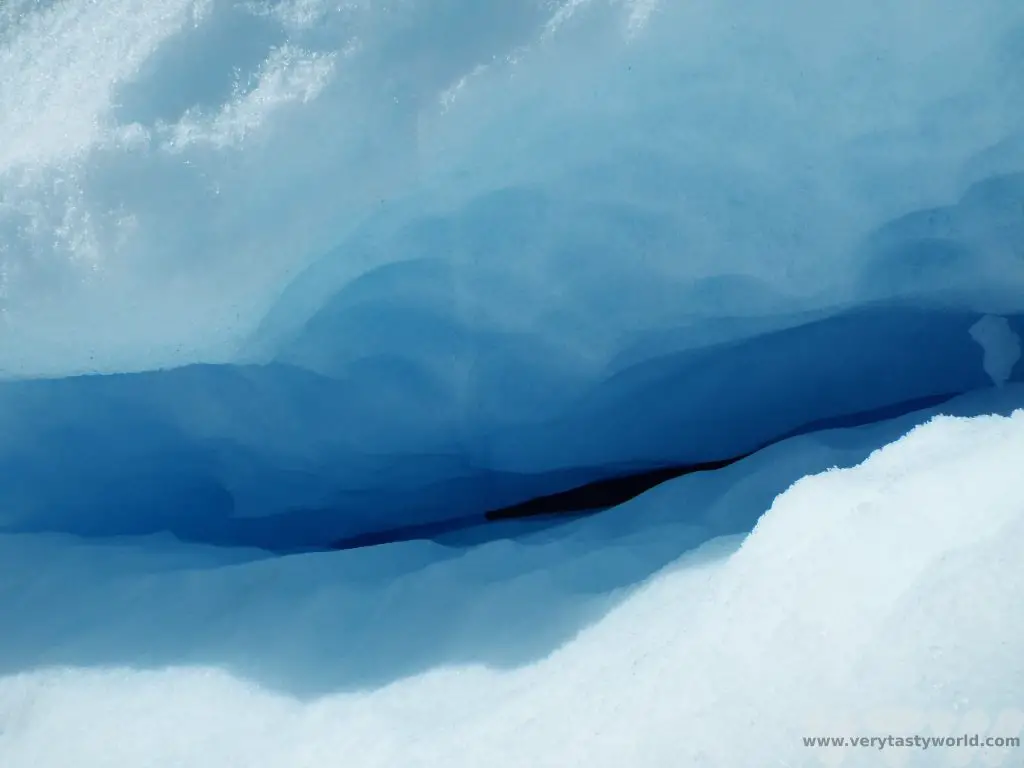
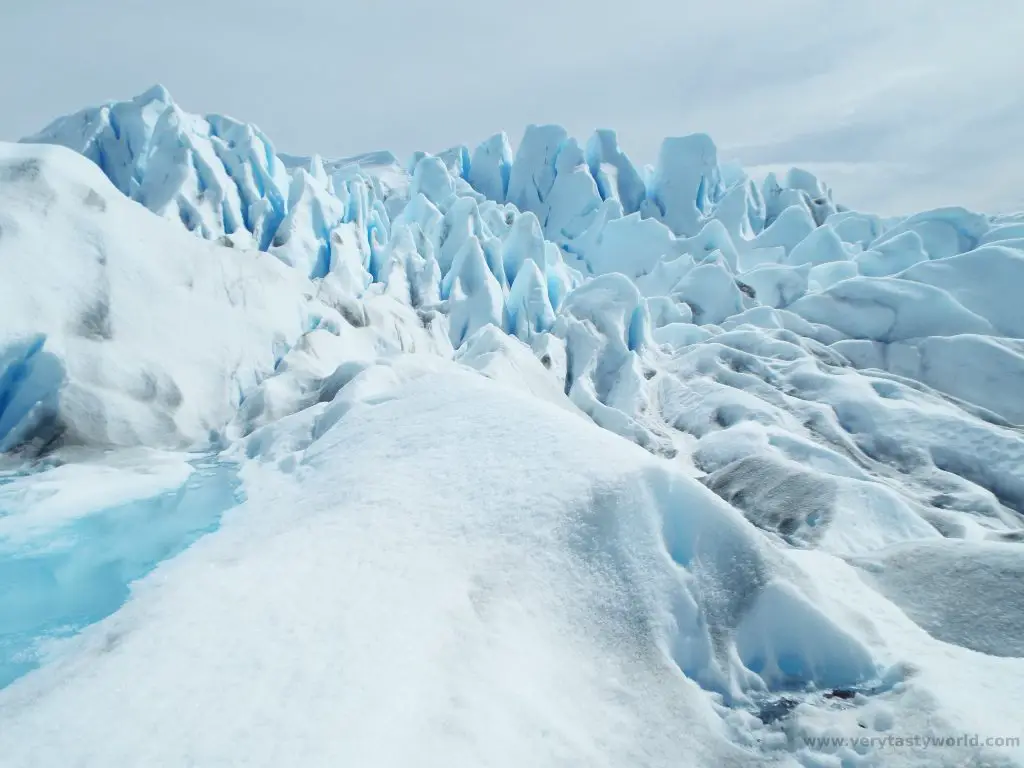
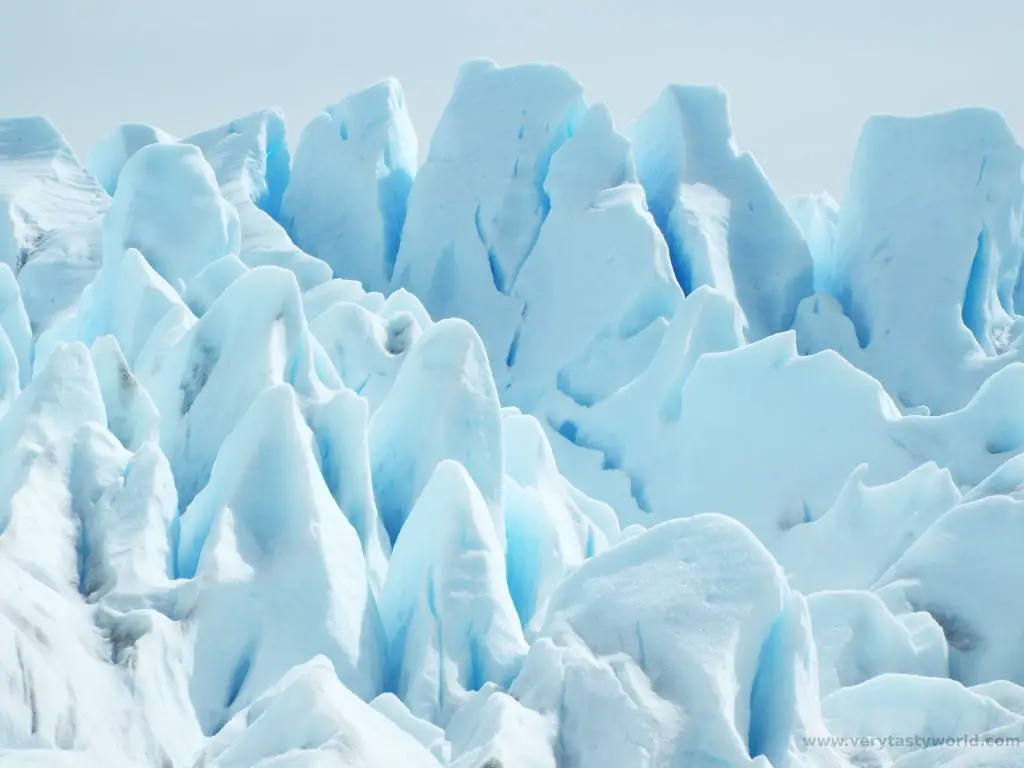
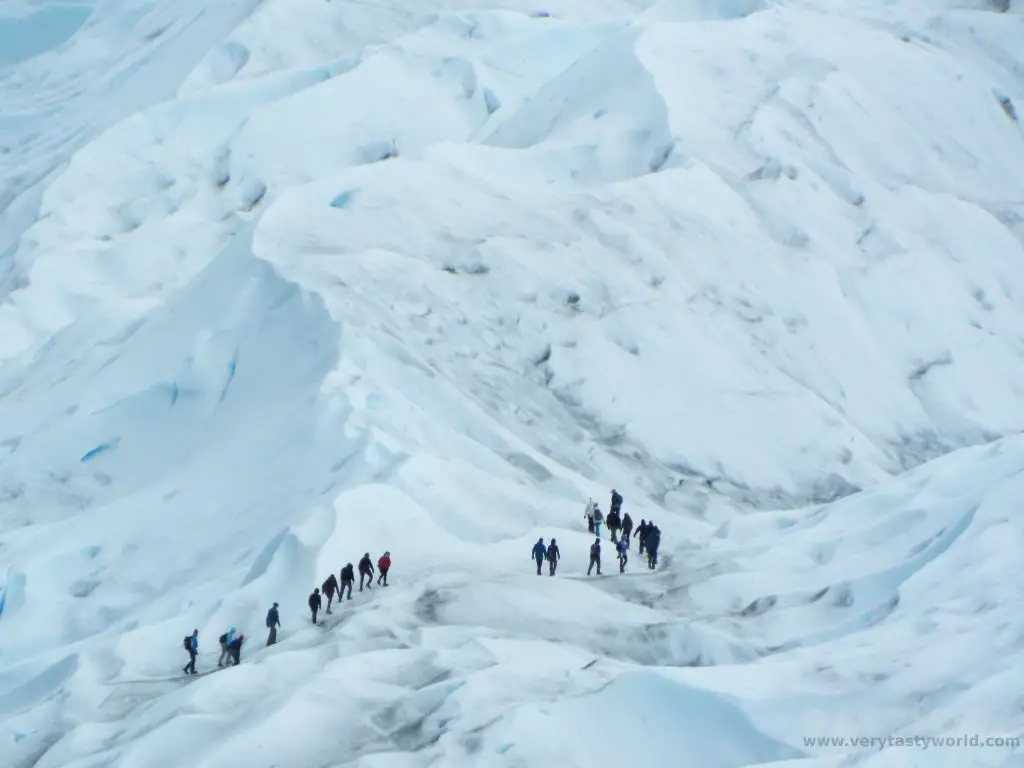
A Treat At The End Of The Trek
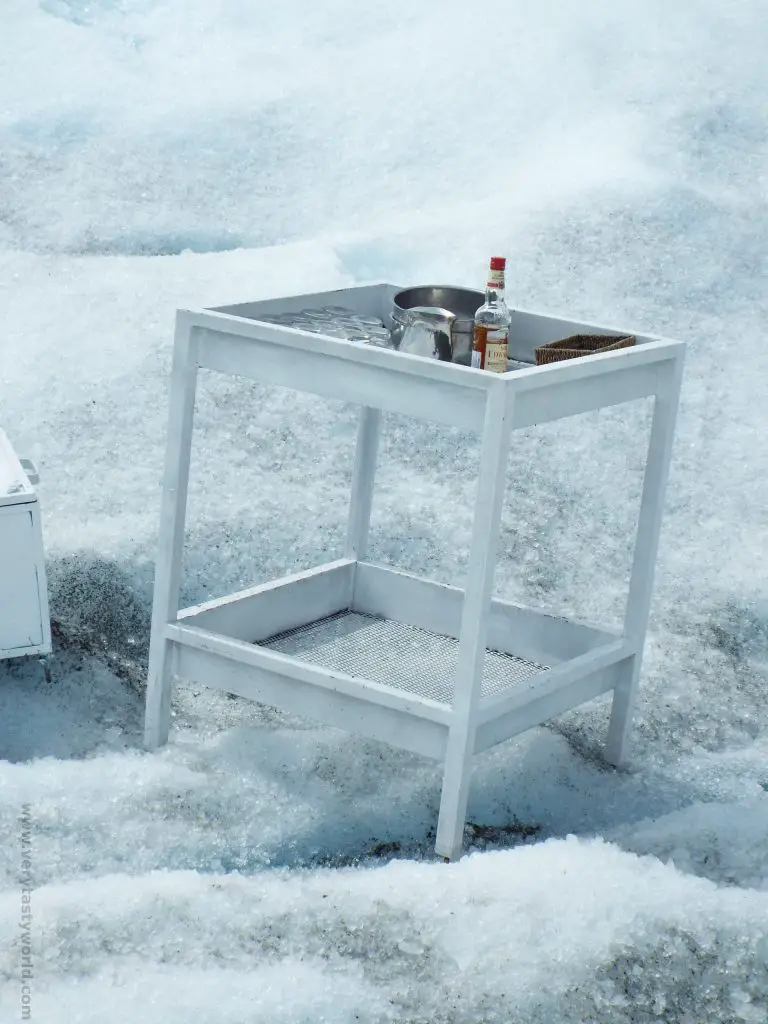
At the end of the trek there is a table, and on that table is a bottle.
Yes, the end of the trek offers a warming whiskey on the rocks, the rocks, of course, being large chunks of glacial ice.
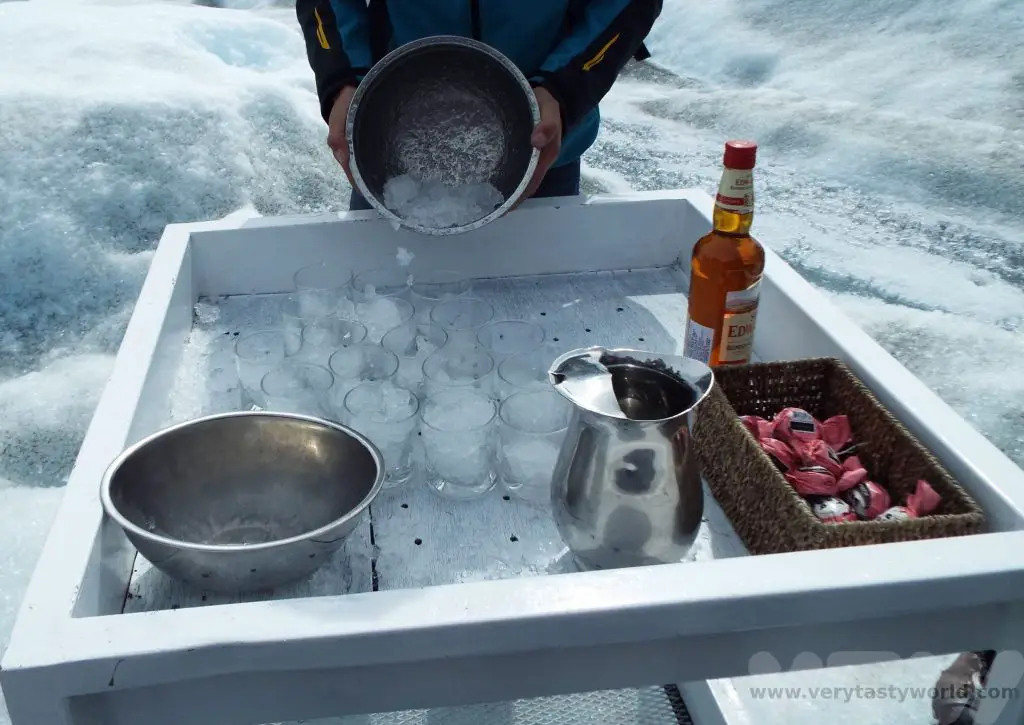
Fire and ice. Fortunately, it’s close to the edge of the glacier so you can stagger off in your crampons after enjoying a tipple.
Perito Moreno Glacier Tour – The Boardwalk
When visiting the Perito Moreno glacier there’s also a lovely walkway on the other side of the glacier to stroll along and see some amazing views. We took the ferry back to the other side and enjoyed walking along the boardwalk.
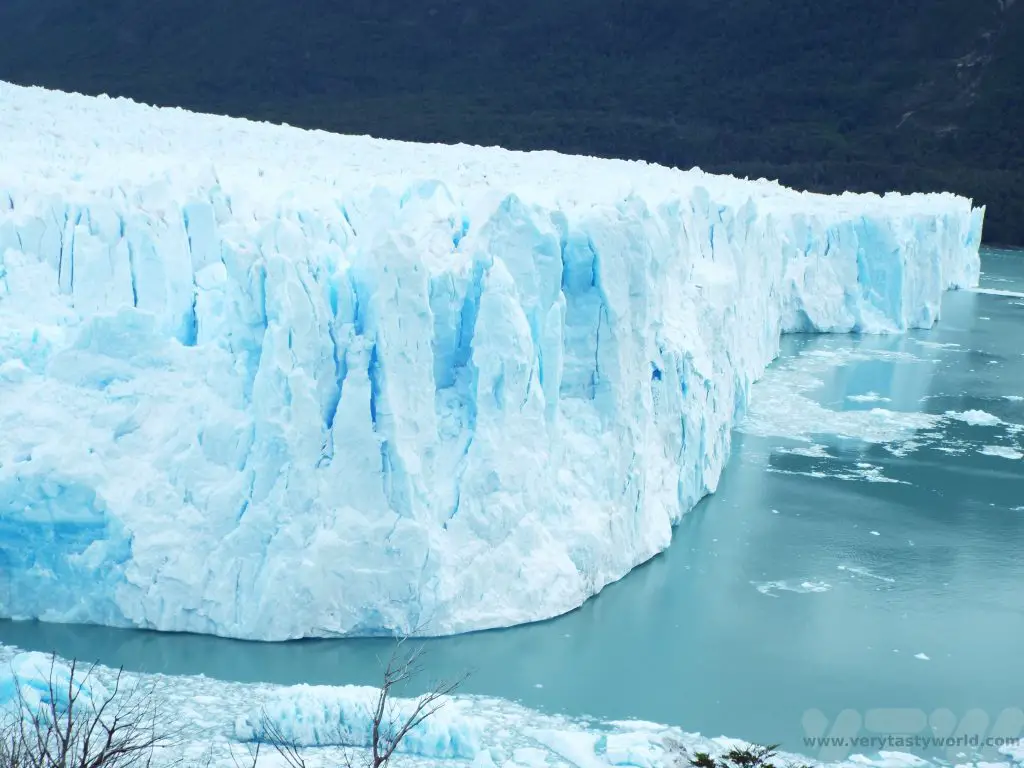
As the glacier advances, it cuts off part of the lake it moves across, effectively creating a dam. Over time, the water pressure causes this ice bridge to rupture and large parts of the glacier calve off.
The last rupture was in March 2022. It is difficult to predict when a rupture is going to happen as there isn’t a specific frequency, so you can’t really plan a trip around it. Apparently they are more likely to take place in winter but you have to get lucky to see one. There is plenty of video footage of past events available and it looks truly spectacular! (This photo was taken some months after the rupture in 2018.)
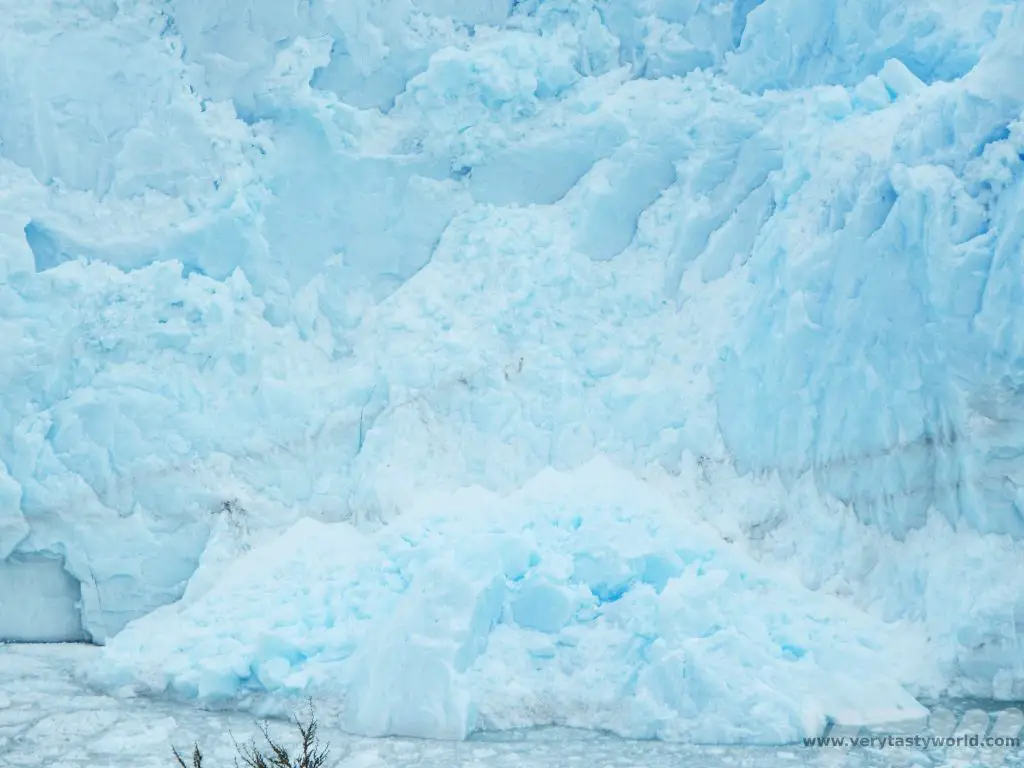
Even if you’re not around to see the rupture there are still likely to be opportunities to see chunks of glacier calve away from the main ice. You’ll see it first. A lump of ice will fall into the water. It looks pretty small from a distance but is probably a fairly large piece. Then you hear the noise – it’s a loud cracking sound, like a shotgun.
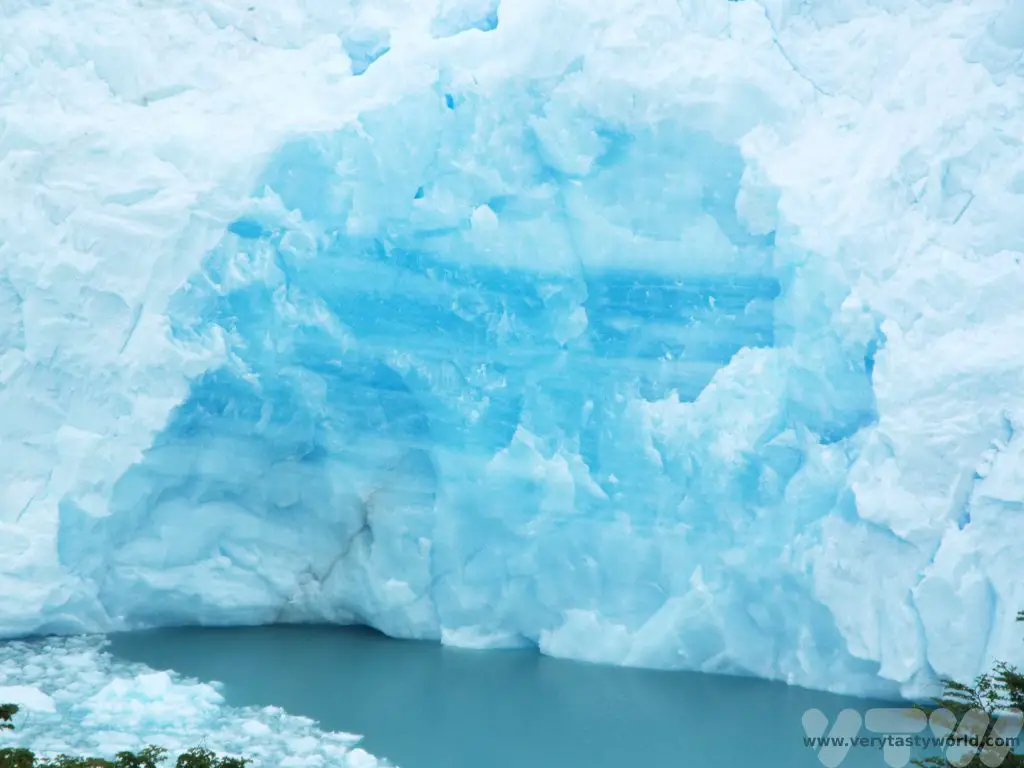
Our trip was a full day tour, so we took a packed lunch for scoffing immediately after our trek. It meant we could have more time to view the glacier from the walkway. However, there is a restaurant and other facilities at a visitor centre by the boardwalk area.
Get Your Guide offers a variety of tours to suit all levels of interest:
Related Posts You May Enjoy

- Best Time To Visit Machu Picchu 2024 Update
- A 2 Week Patagonia Itinerary
- Day of the Dead in Campeche
- A Galapagos Land Based Itinerary
- RECIPE: How to Make Costa Rica’s Gallo Pinto
- A Tasty Puebla Food Tour
- Costa Rica Wildlife Sanctuary – Caño Negro
- Visit Torres del Paine National Park in Patagonia
- Atacama Desert Itinerary
Ultimate Laos Coffee In Vientiane
We’re not really fans of coffee culture. We love coffee but we like to keep it simple: brew it “black as midnight on a moonless night,” to quote the wonderful 1990s (revived in 2017) TV series Twin Peaks, a show that relished “damn fine coffee.” When we visited a local barista in Lao’s capital Vientiane we didn’t have very high expectations of the drink we were about to be offered. But we ended up being very pleasantly surprised.
Laos Coffee In Five Easy Steps
Step 1: Make sure you don’t plan to sleep for any time within the next 8 hours.
Step 2: Our barista had a basic coffee filter set up. She brewed a very strong brew…
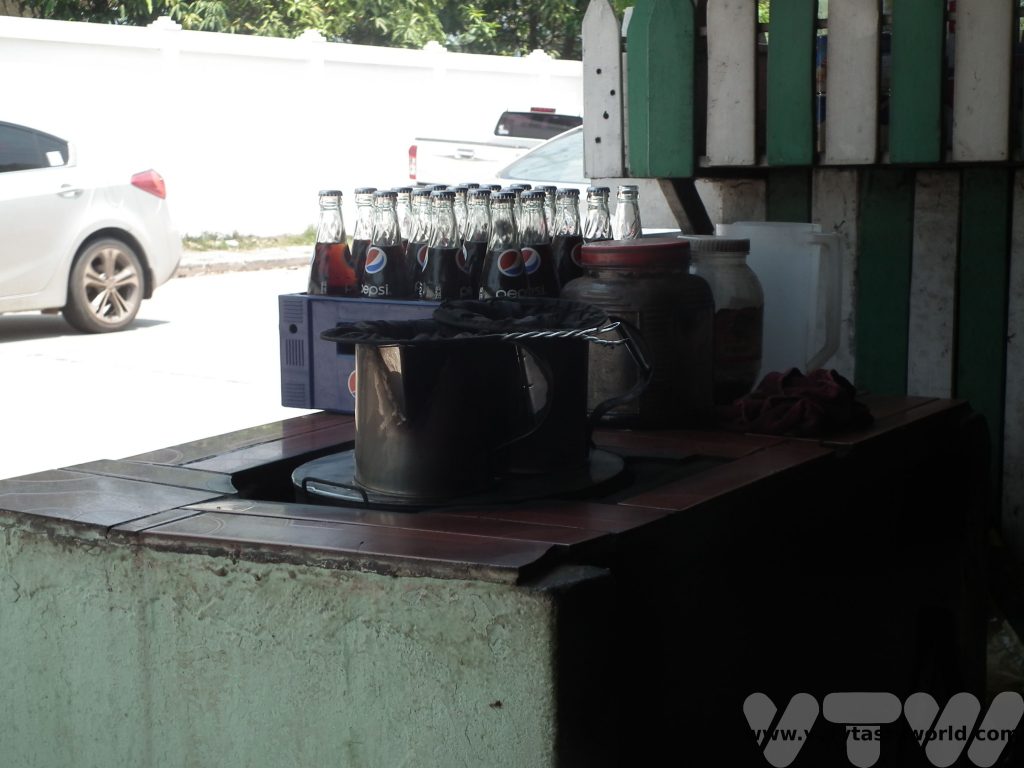
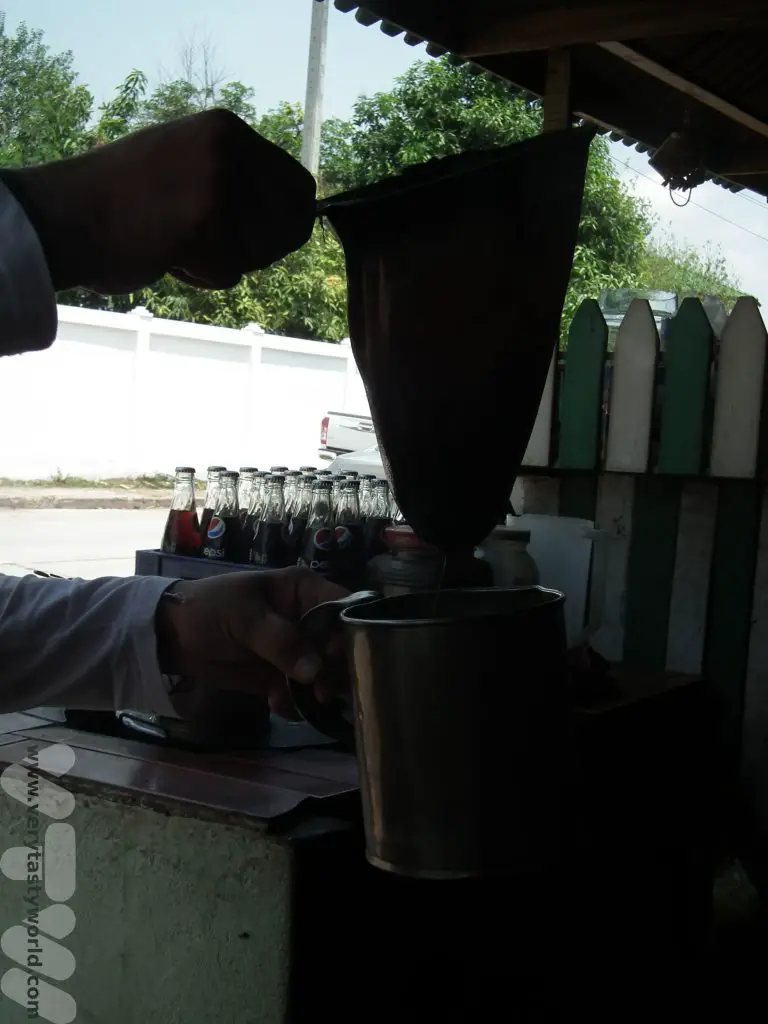
Step 3: Brewed, of course, into a can of condensed milk which is milk plus, plus, plus: thick, smooth, creamy and outrageously sweet. Yes, that is an entire can of sweet, syrupy, gloopy, delicious condensed milk.
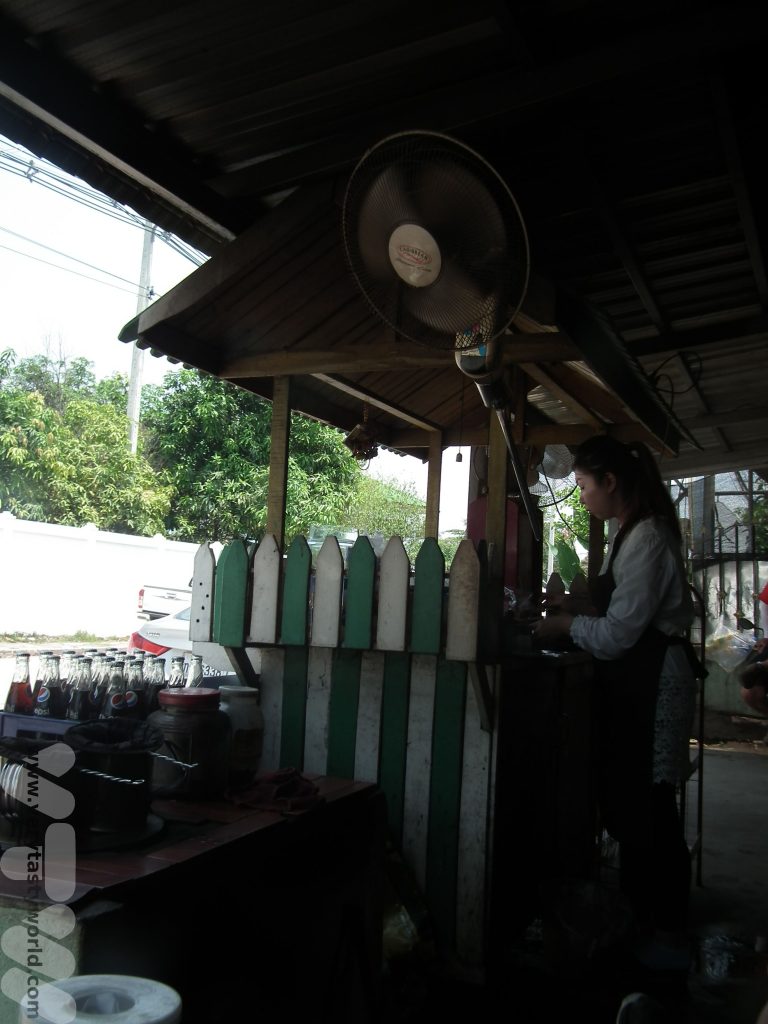
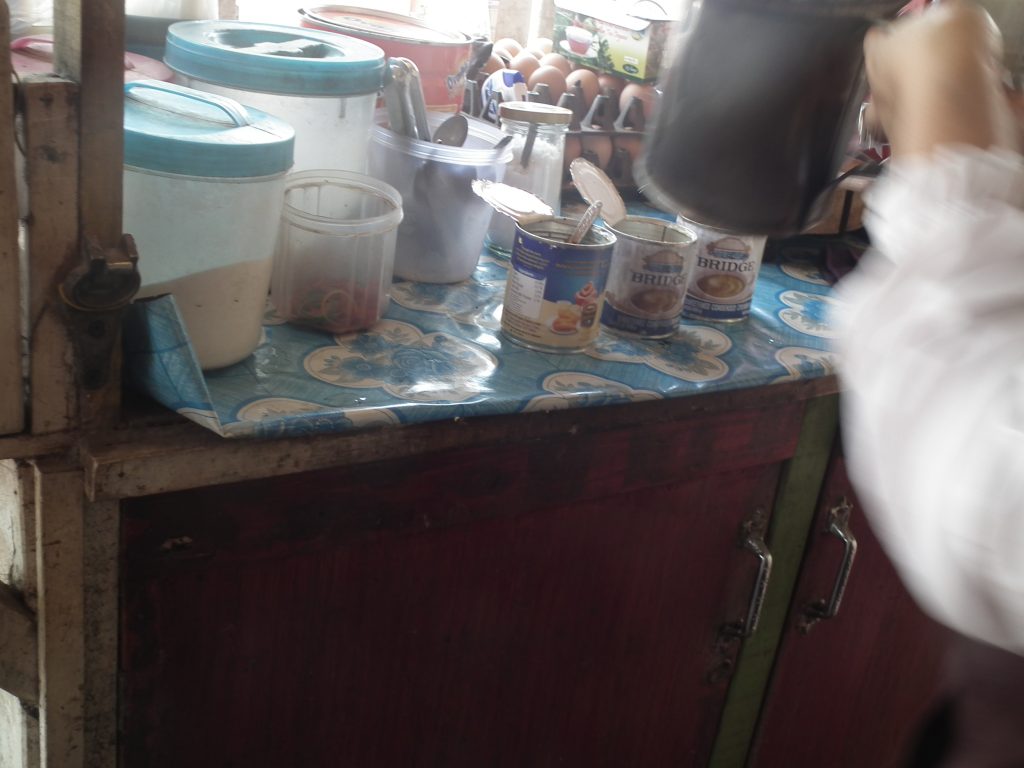
Step 4: Don’t forget that it’s a lovely day. The weather is HOT. Why would you want a hot coffee on a hot and humid day? Of course you would actually want your coffee to be cold! Fill a mug with ice.
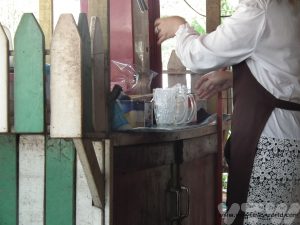
Step 5: Pour the delicious coffee/condensed milk mixture on top. If you want a sugar rush on top of the caffeine, add a tablespoon or so of sugar. Stir, then serve.
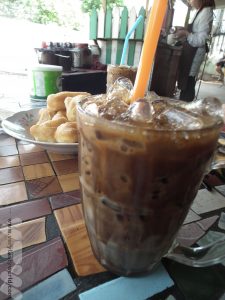
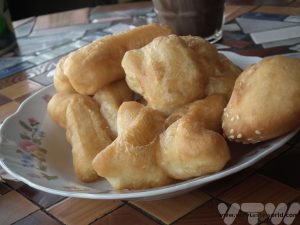
Just in case you aren’t consuming enough calories, why not enjoy some scrummy home-made doughnuts which are a delightful accompaniment to the Lao coffee.
Beats anything by any of the big coffee chains any day of the week. Delish!
But what was really nice about this experience that after making Ultimate Coffee for us our barista settled down to eat her lunch inside her house (just beyond the shop front) with her mum. They offered us some to try – it was frog stew: whole frogs in a spicy sauce with lots of fresh herbs. It was very good indeed. Really.
Related Posts You May Enjoy

